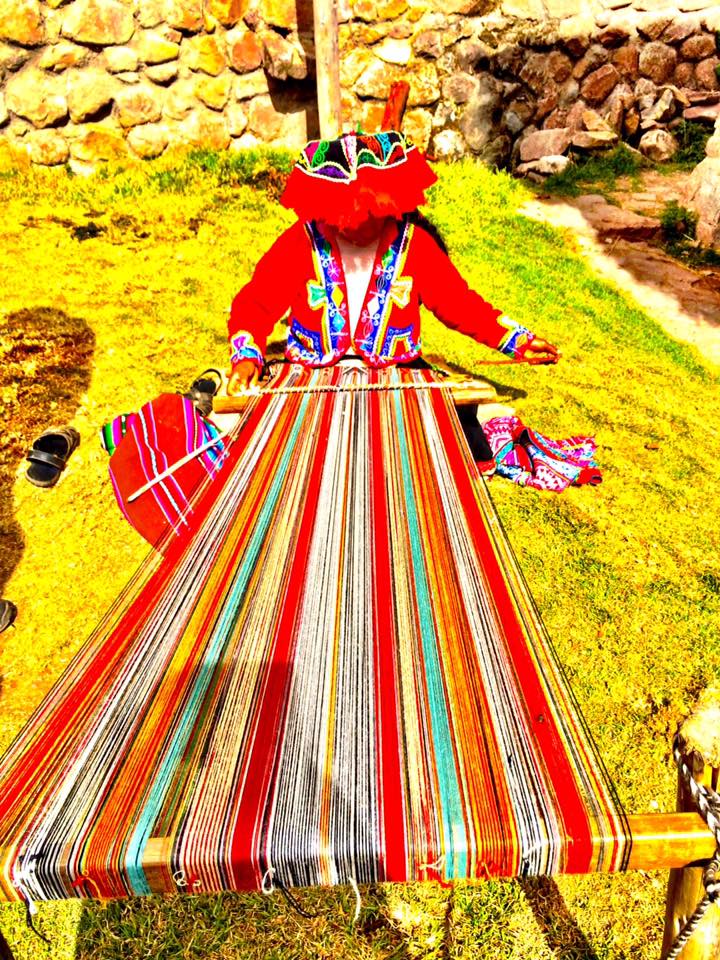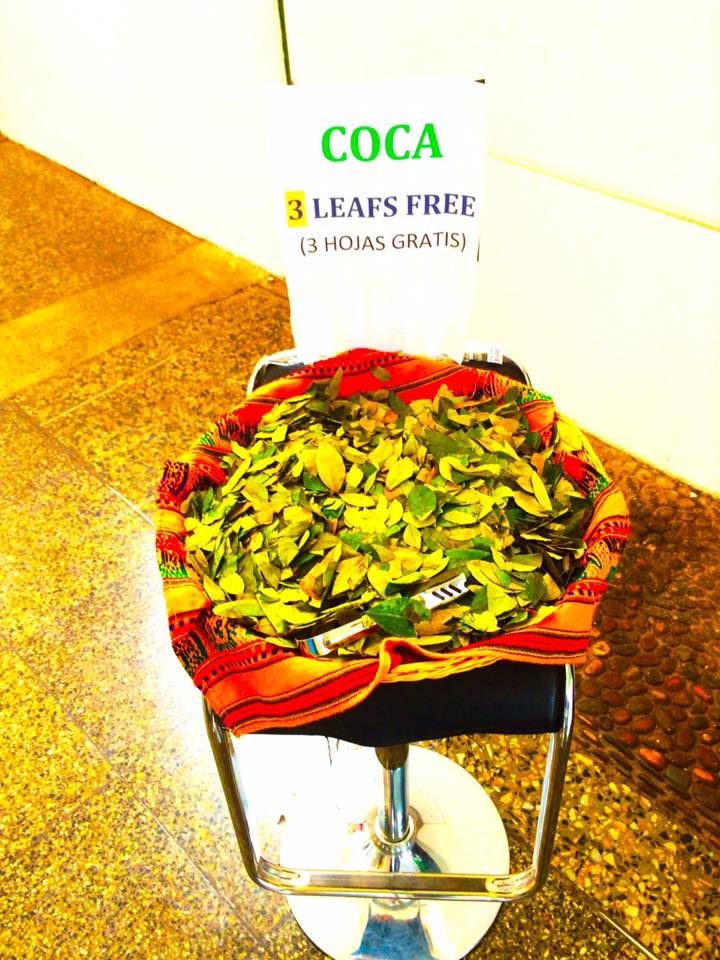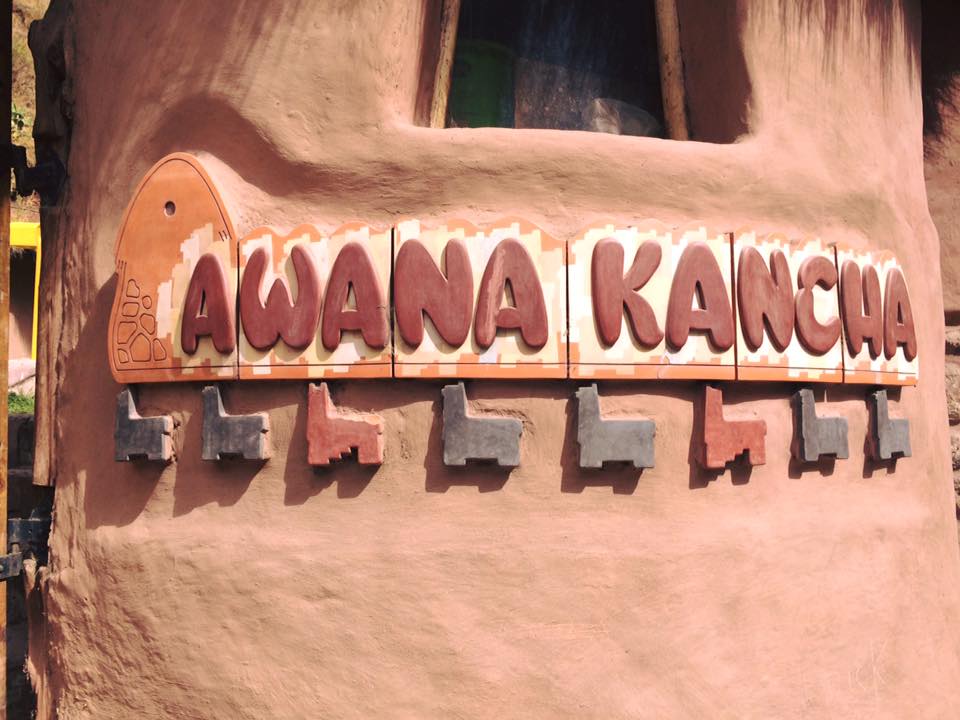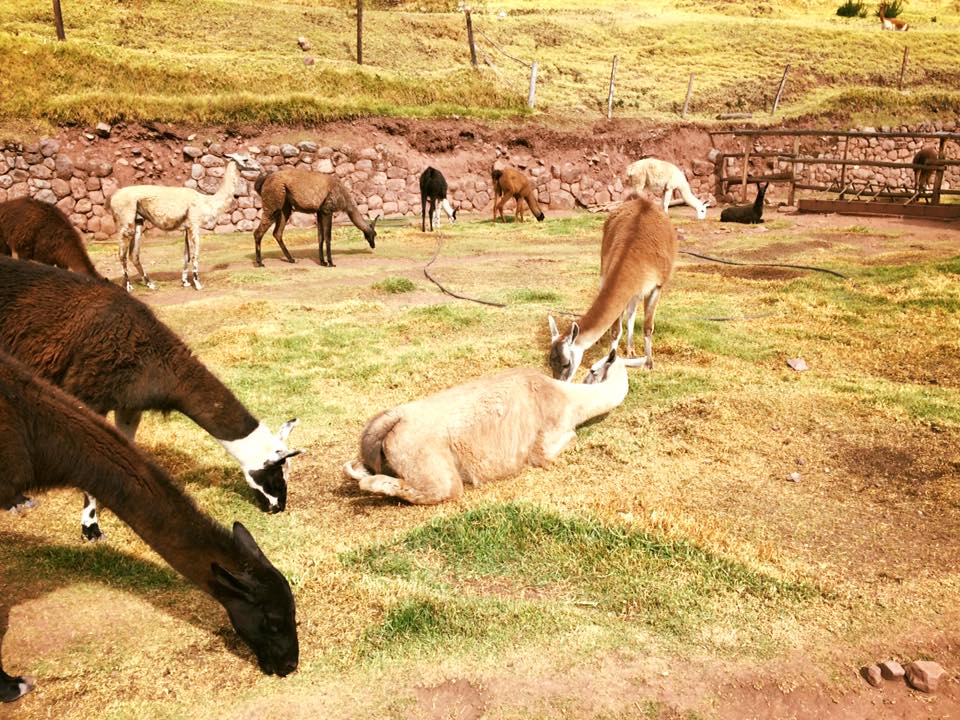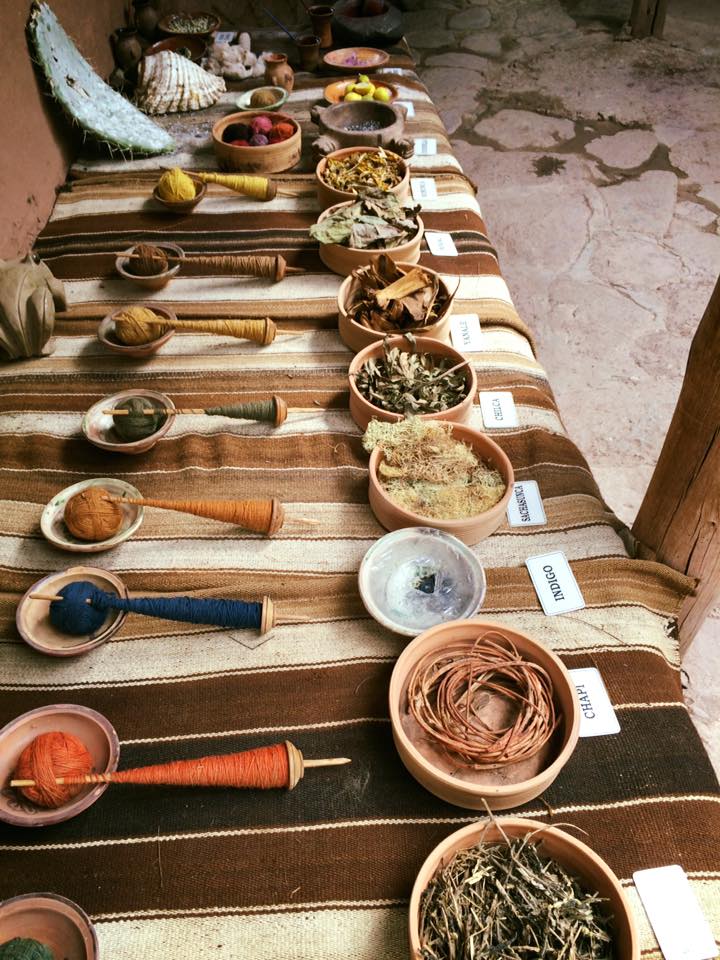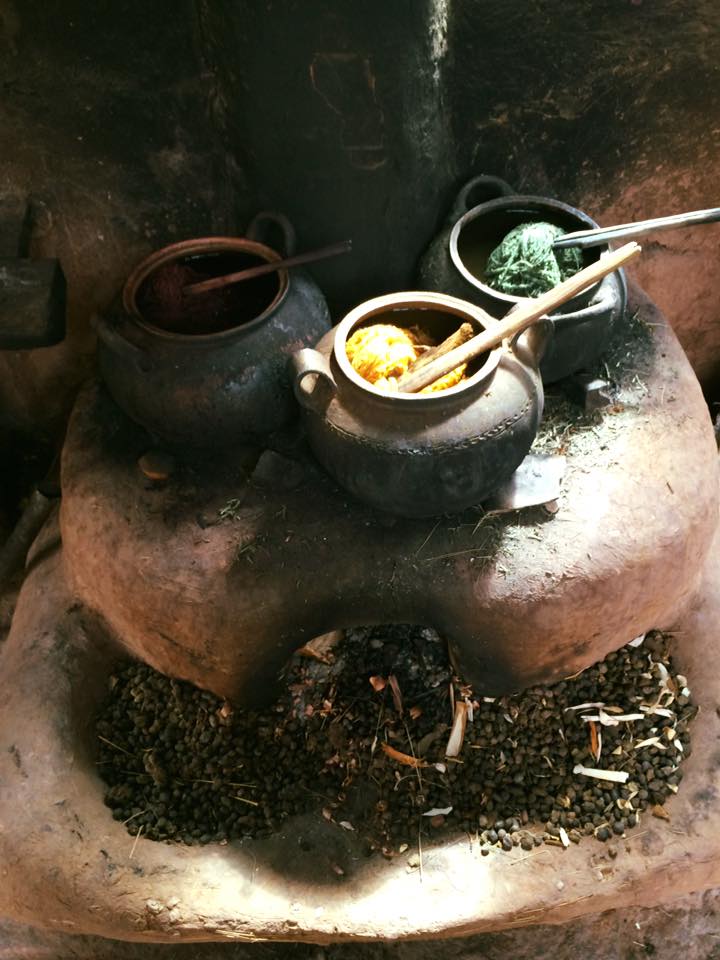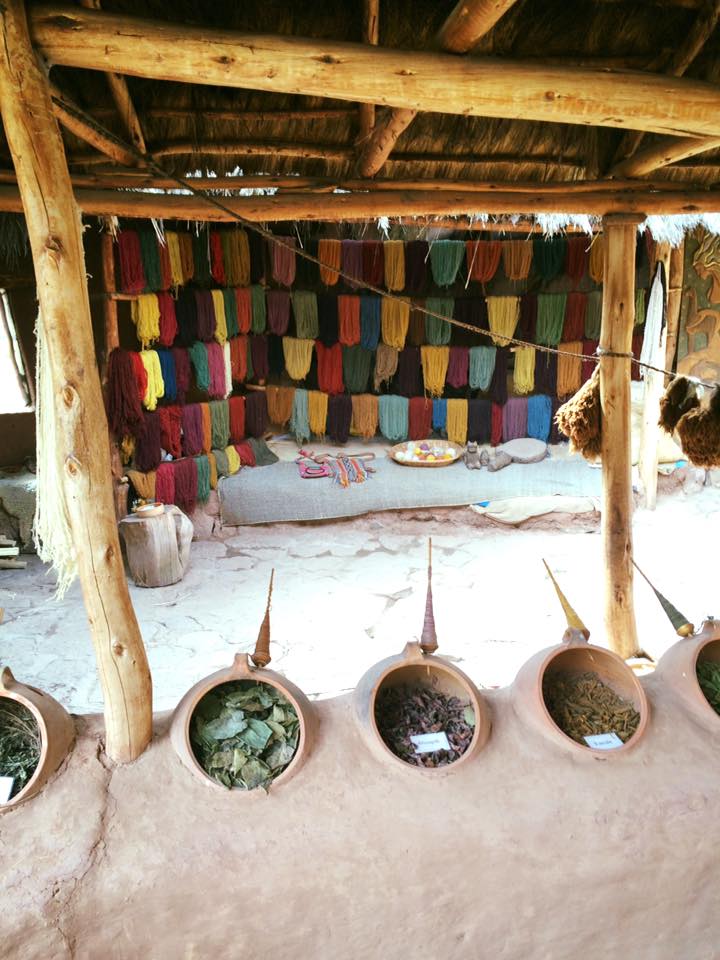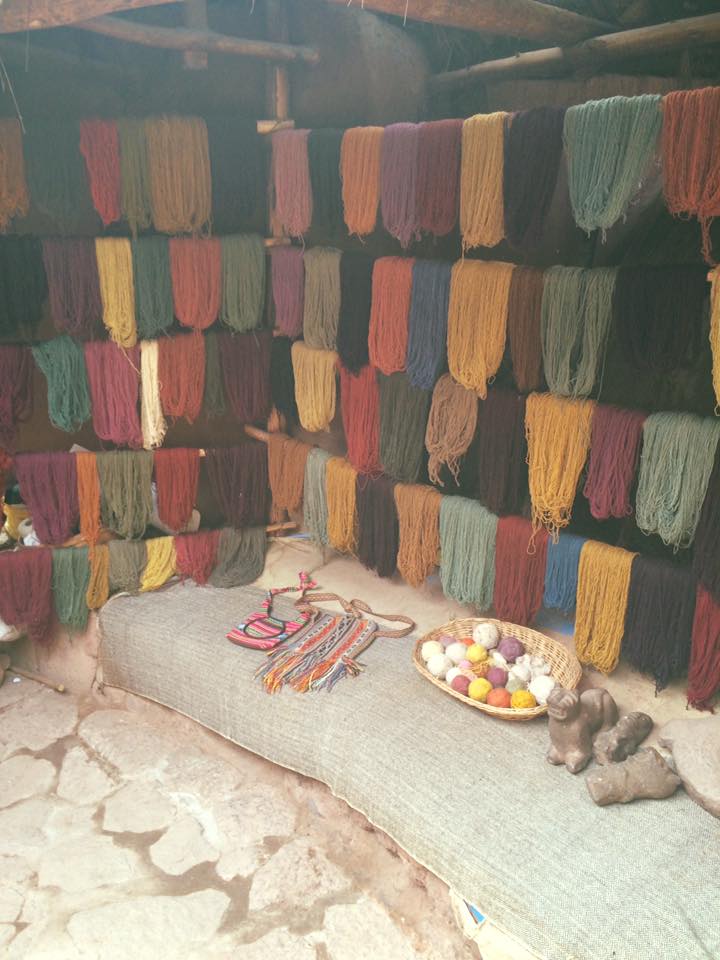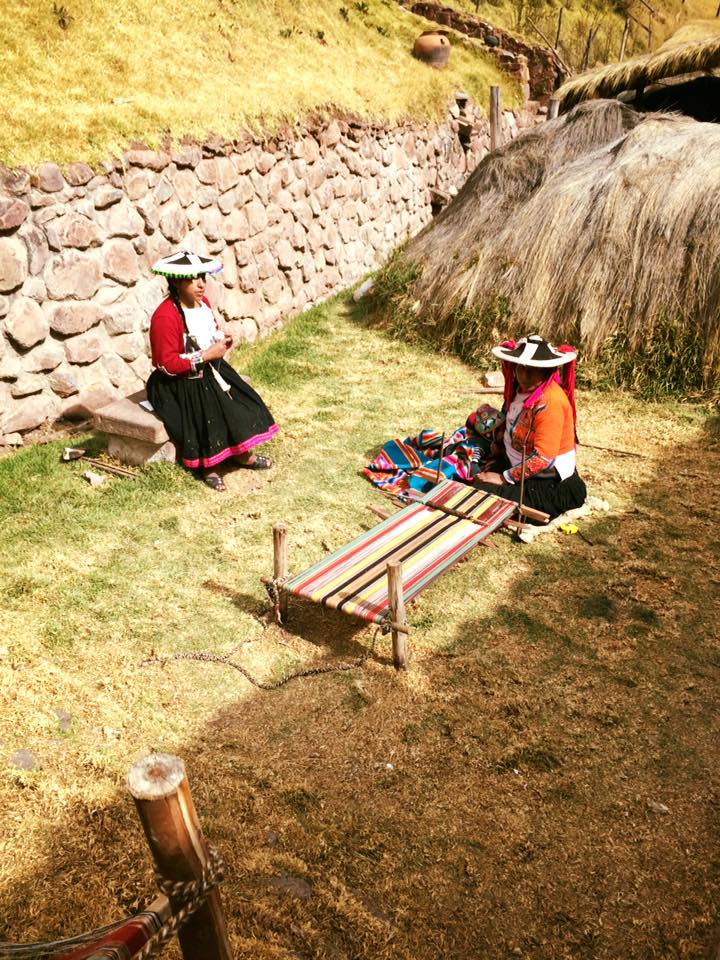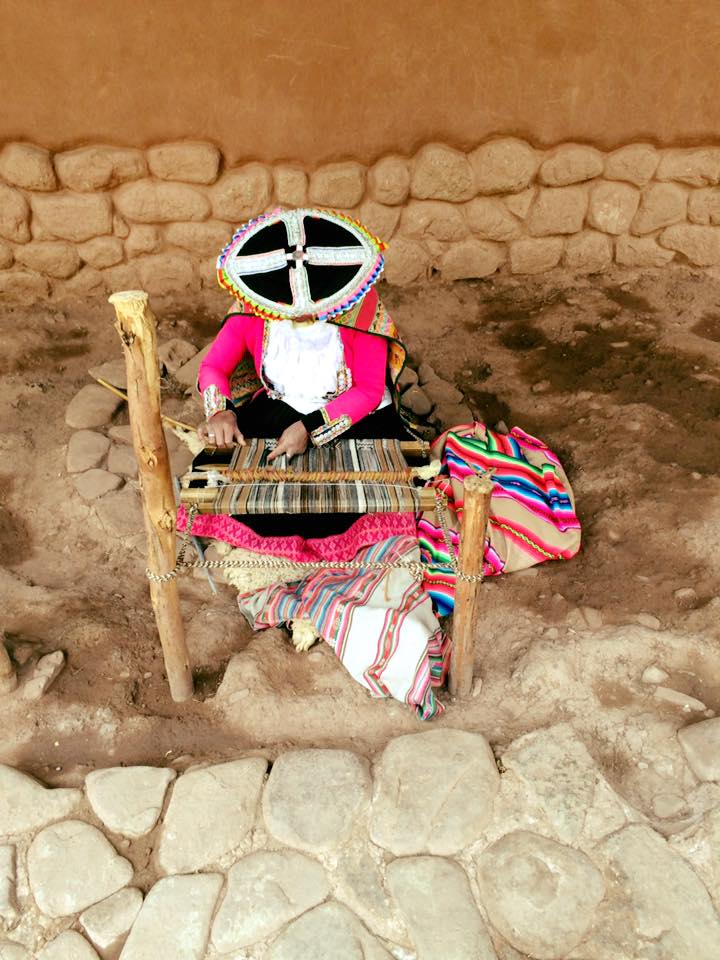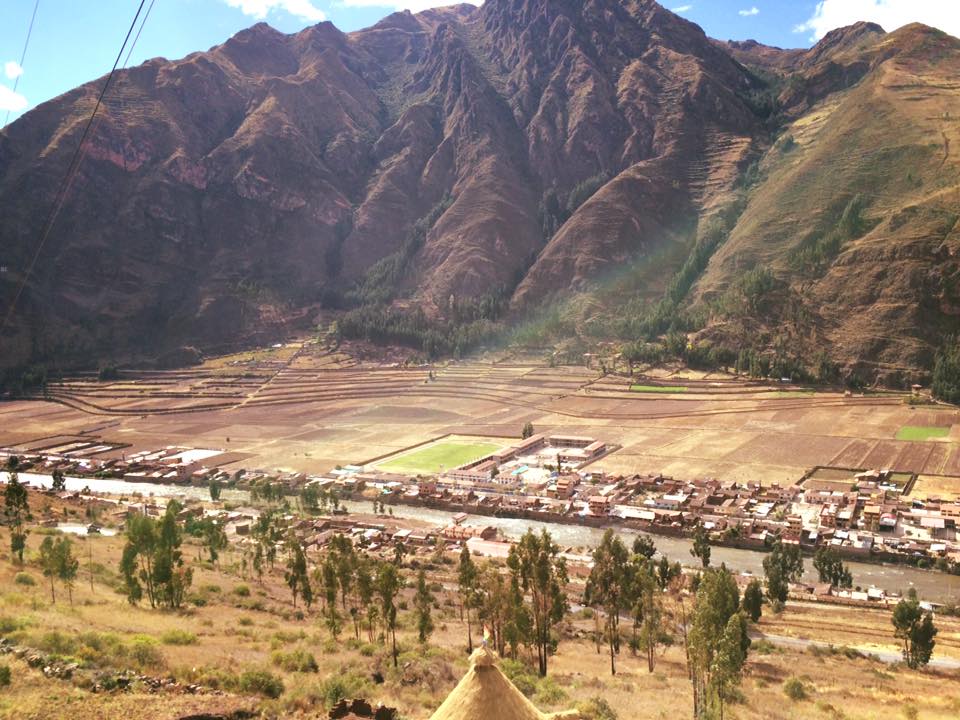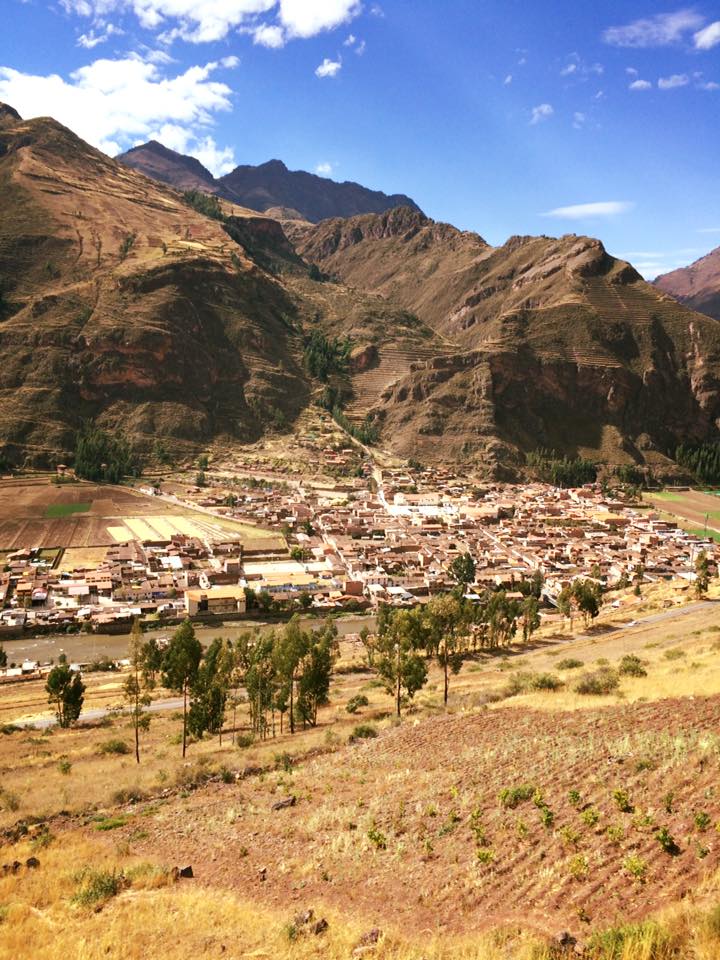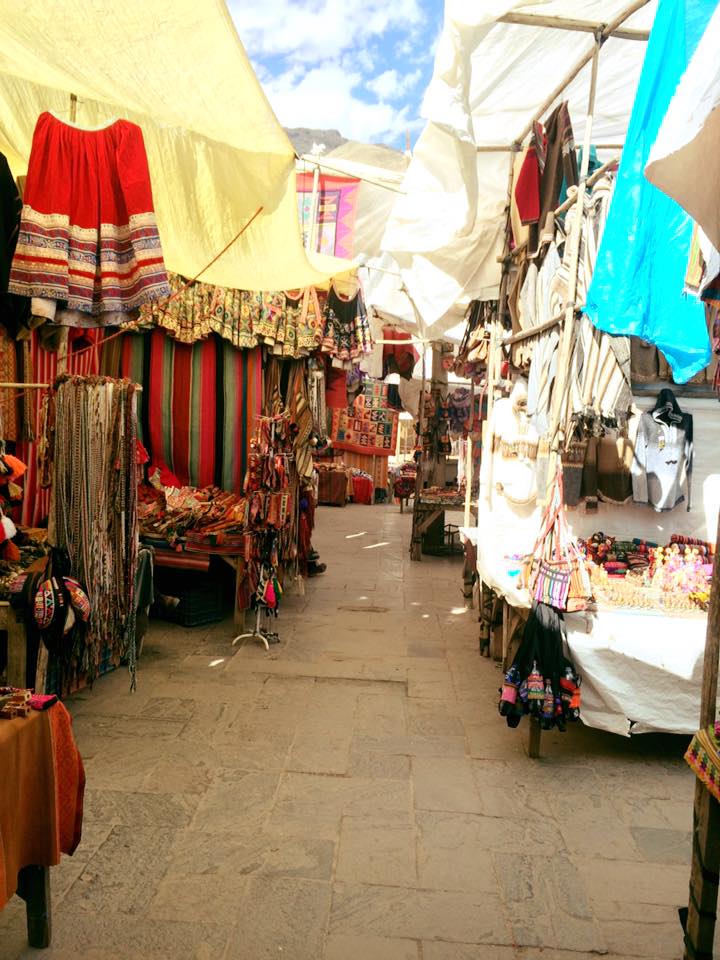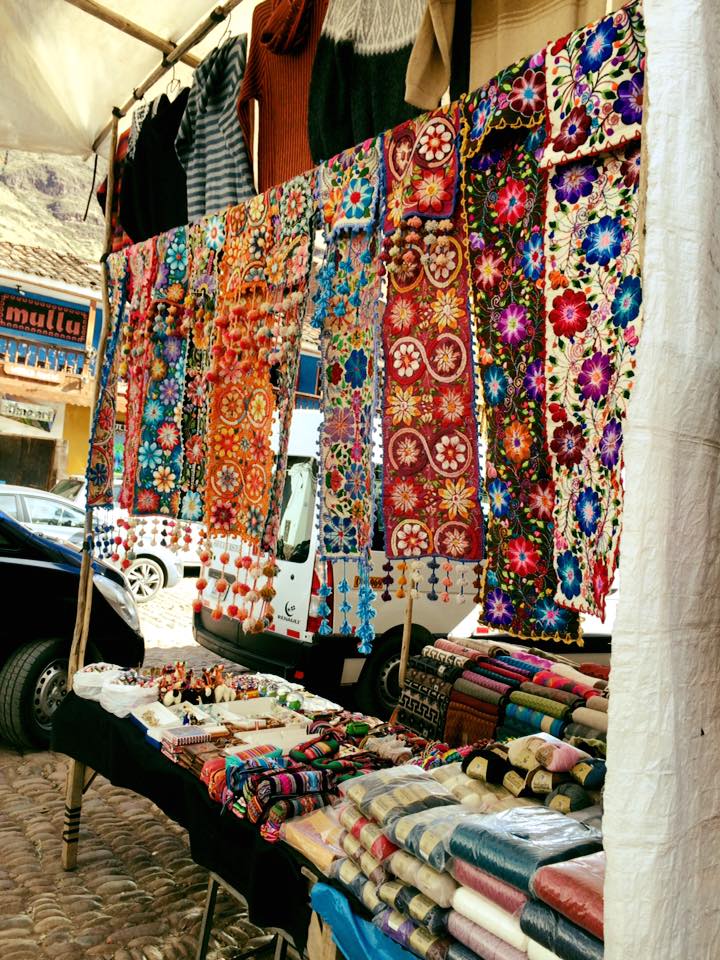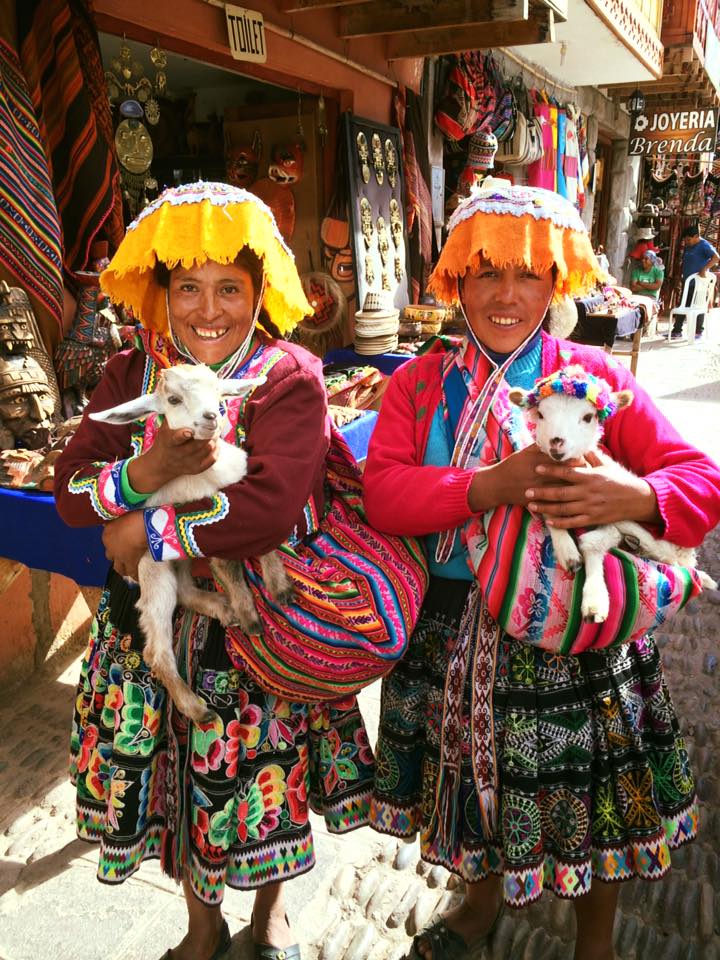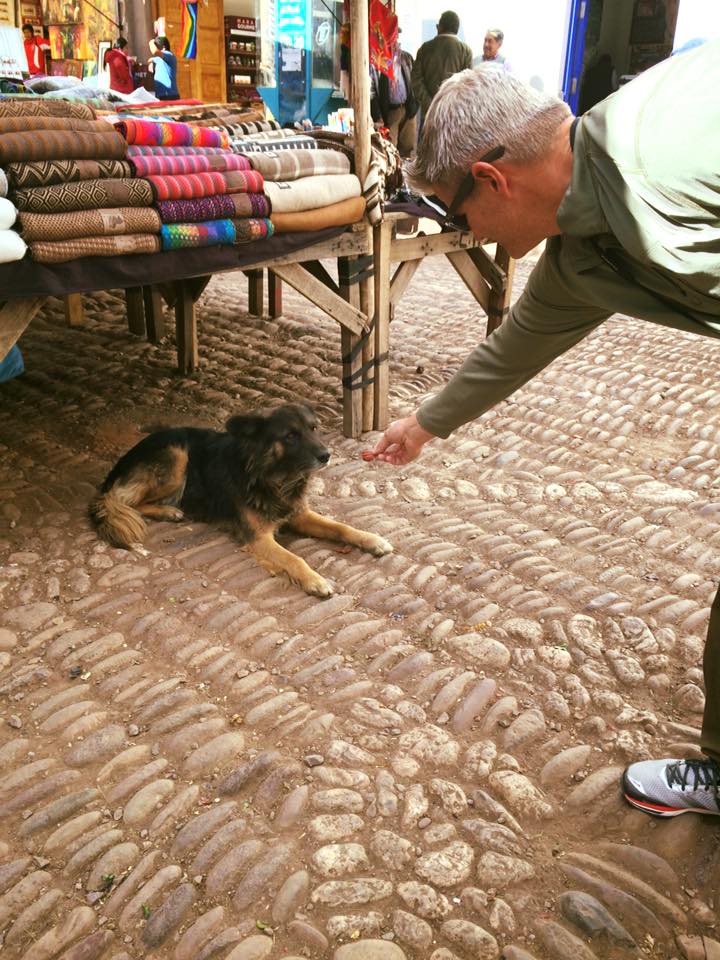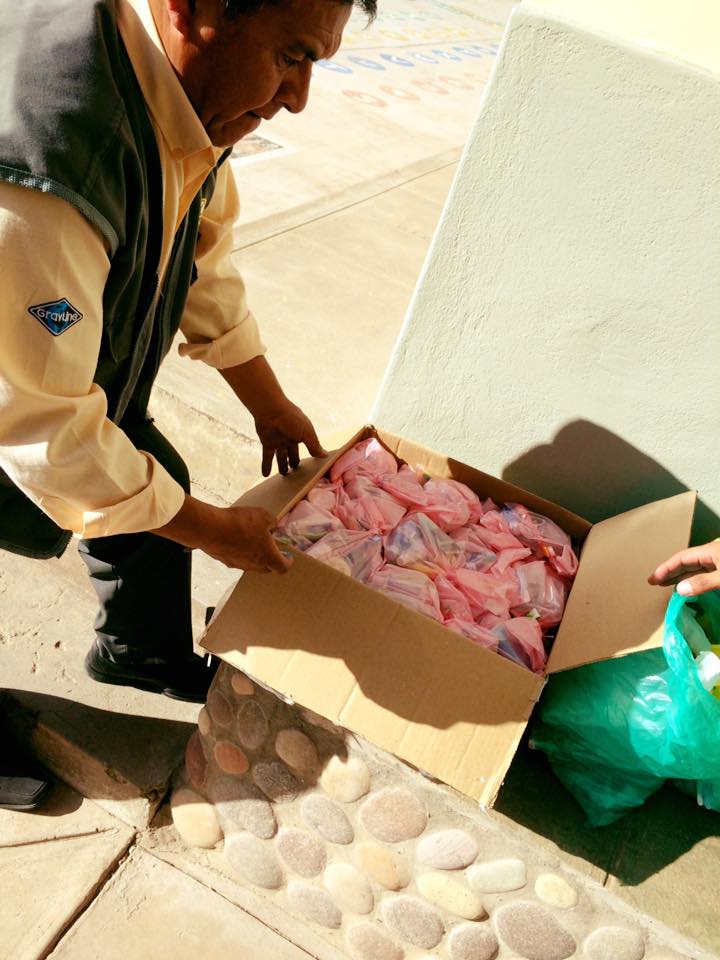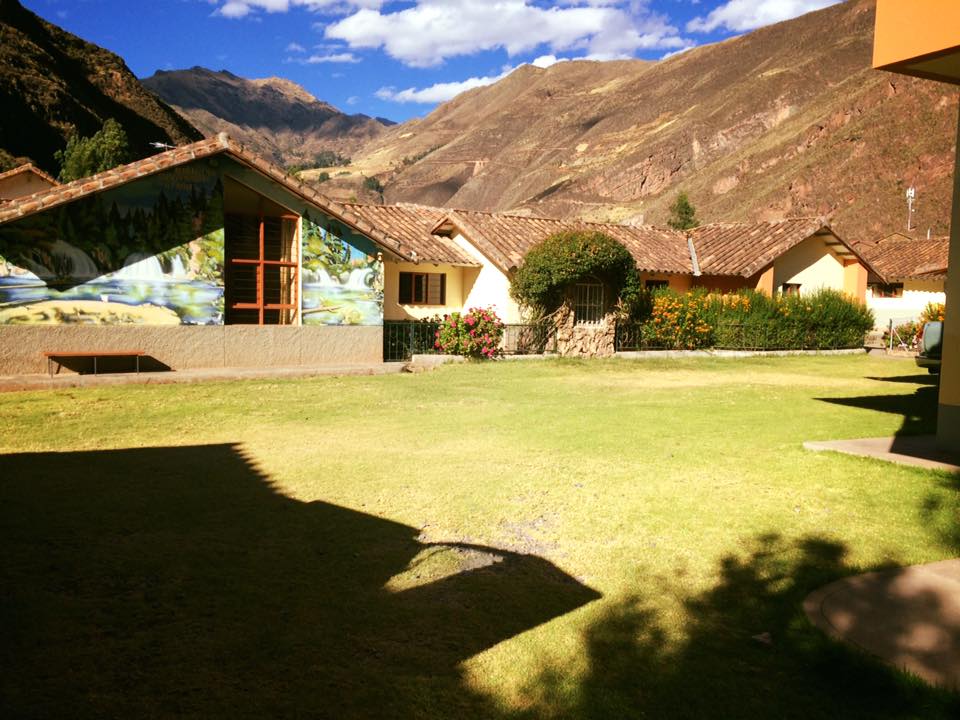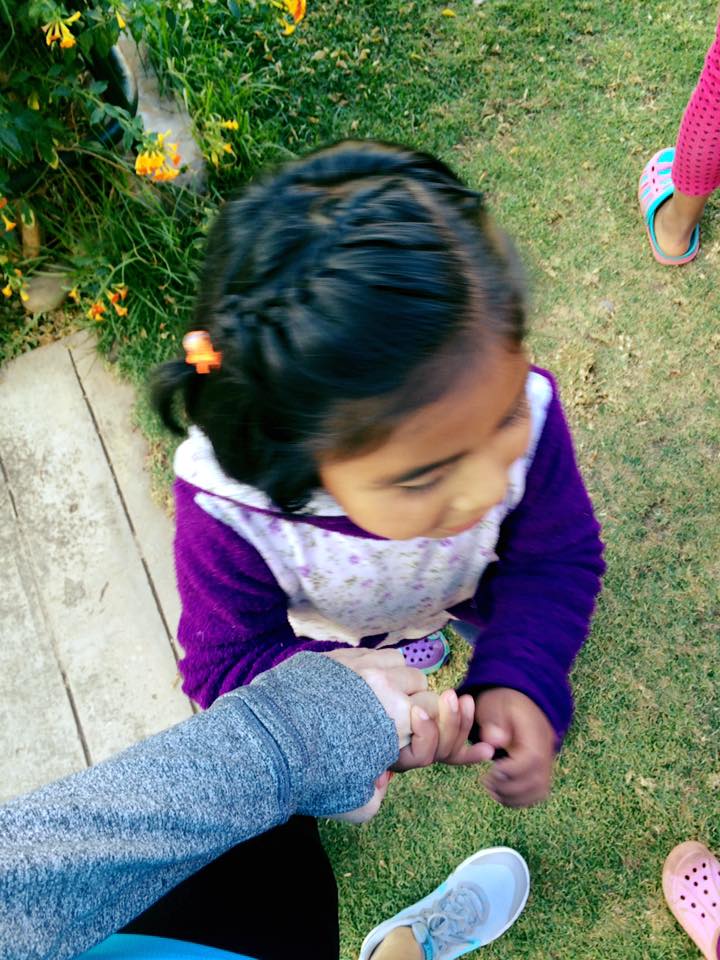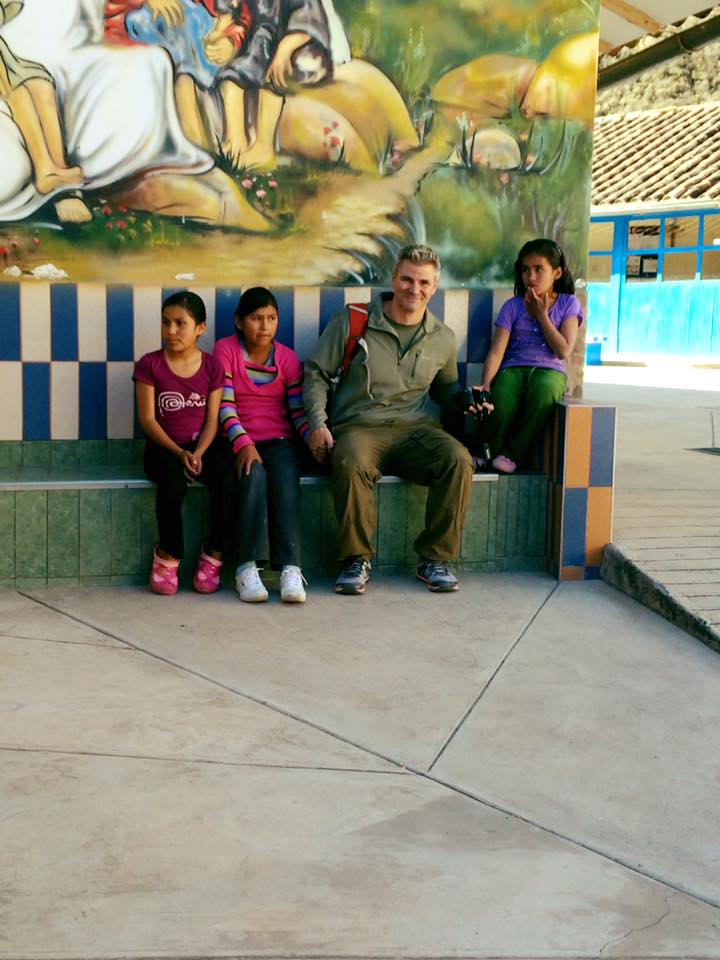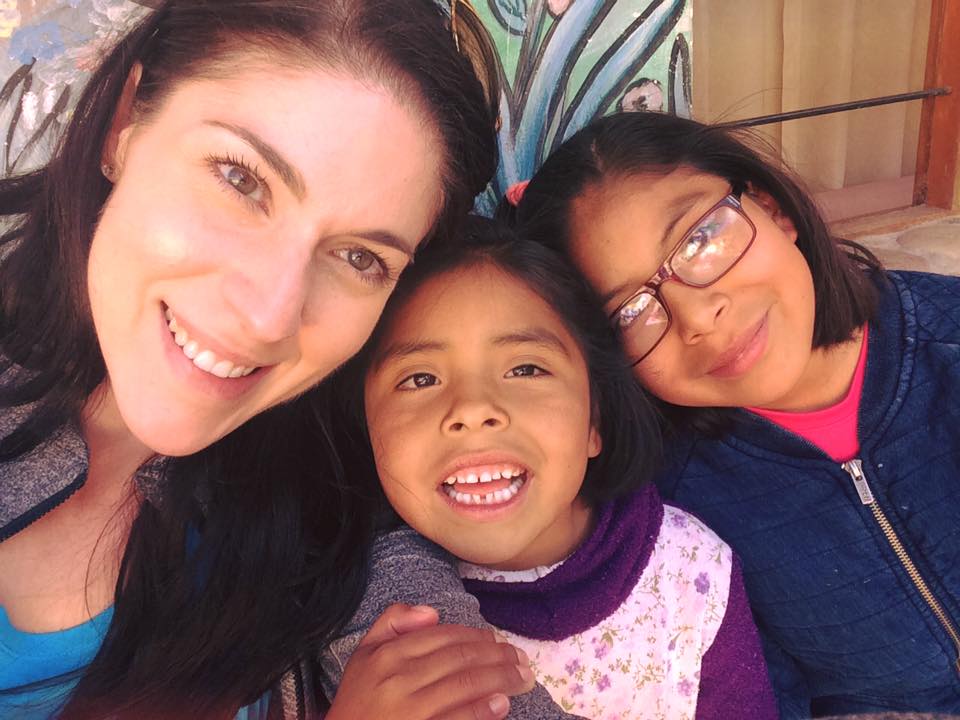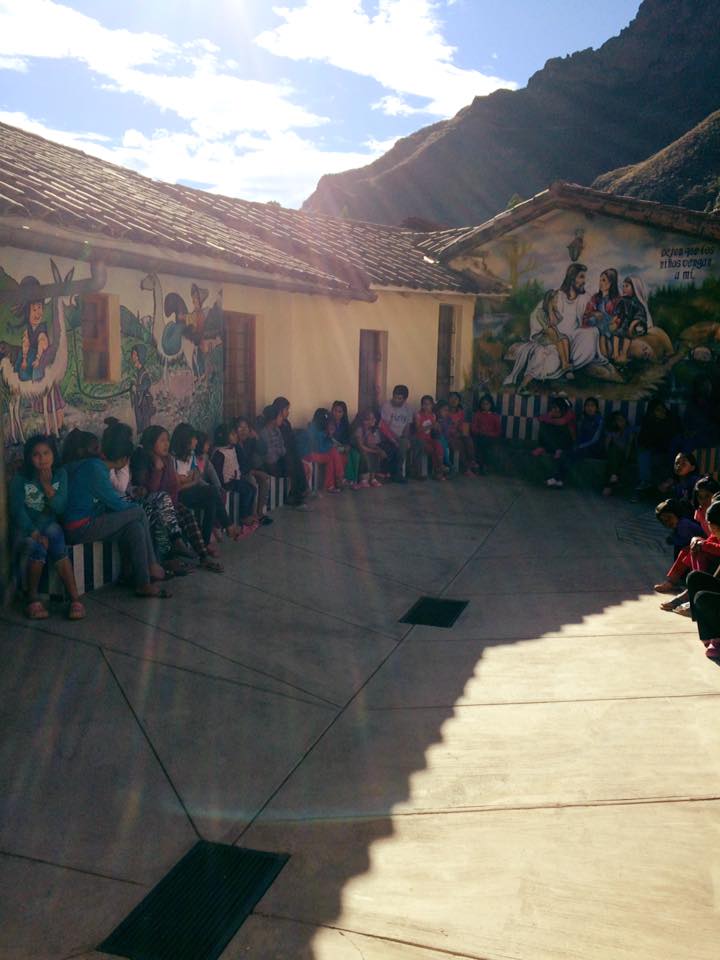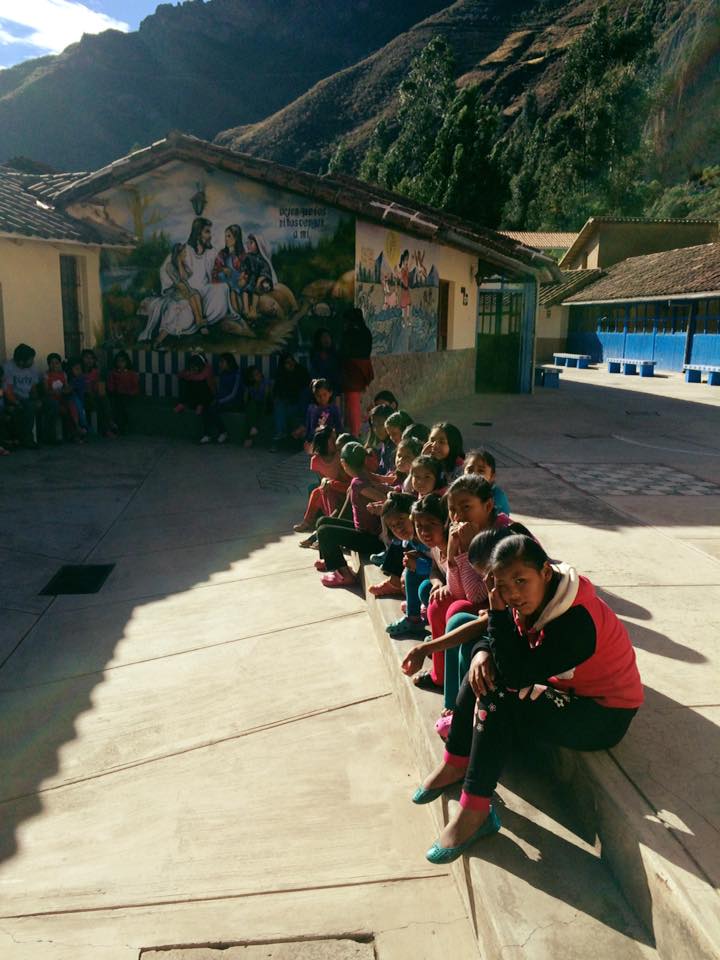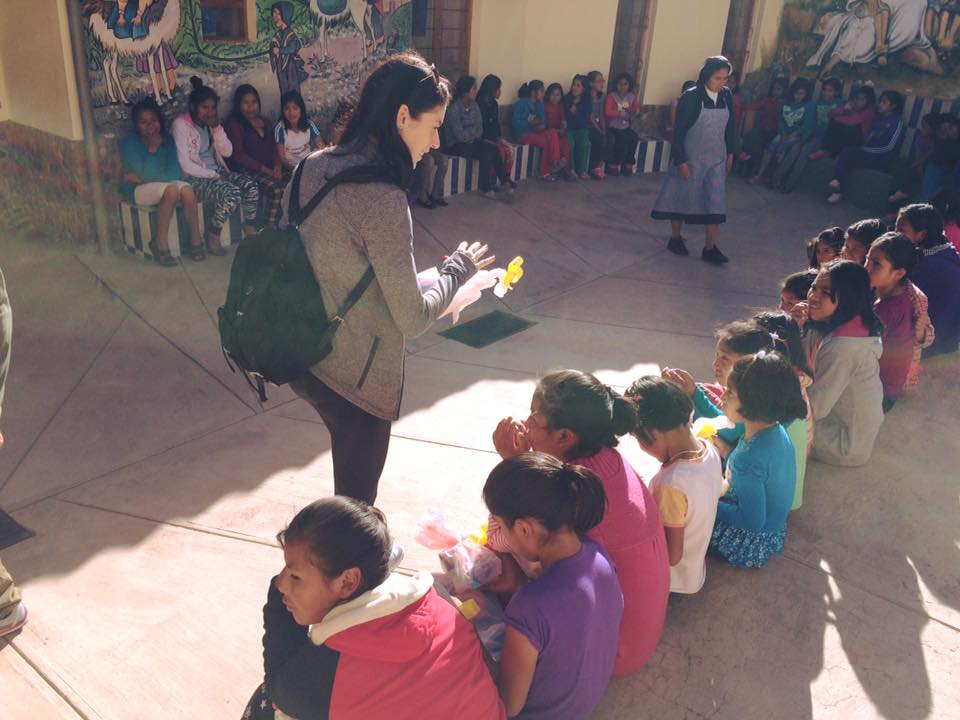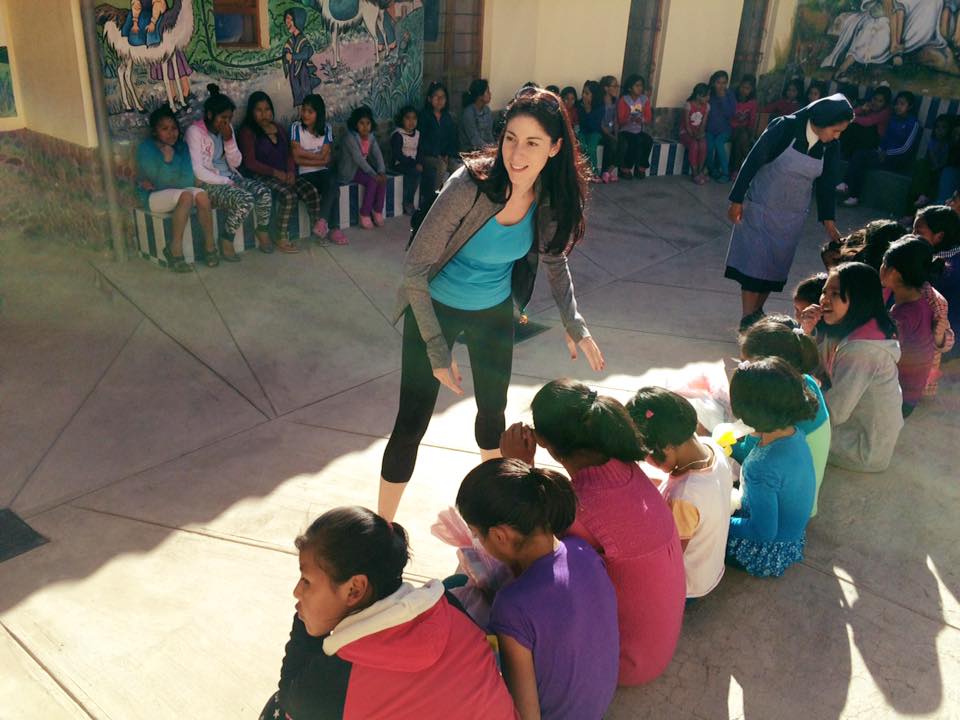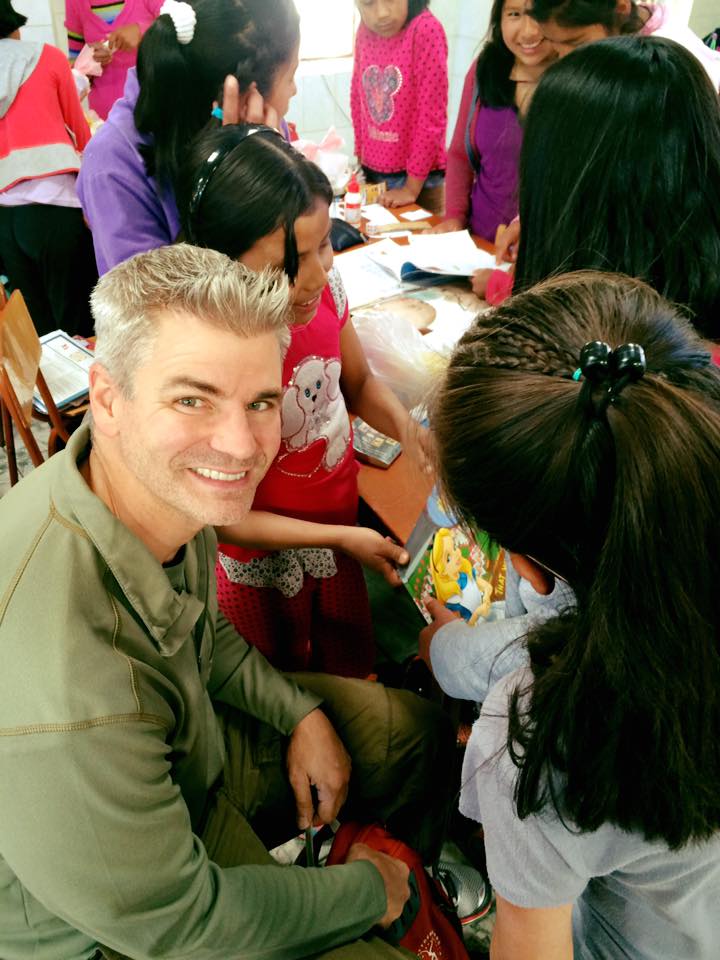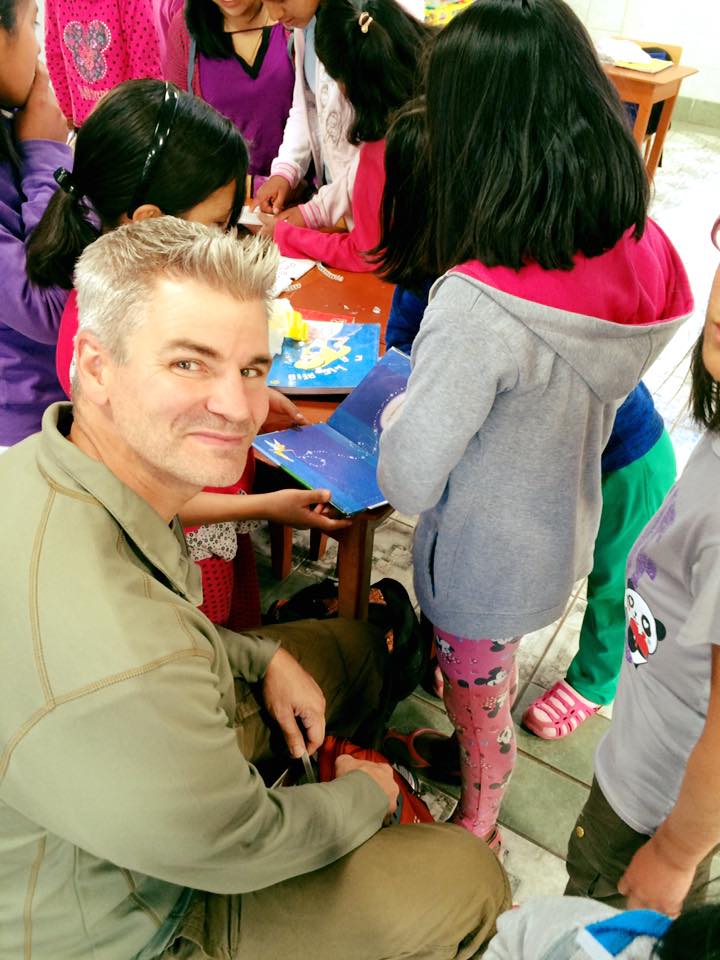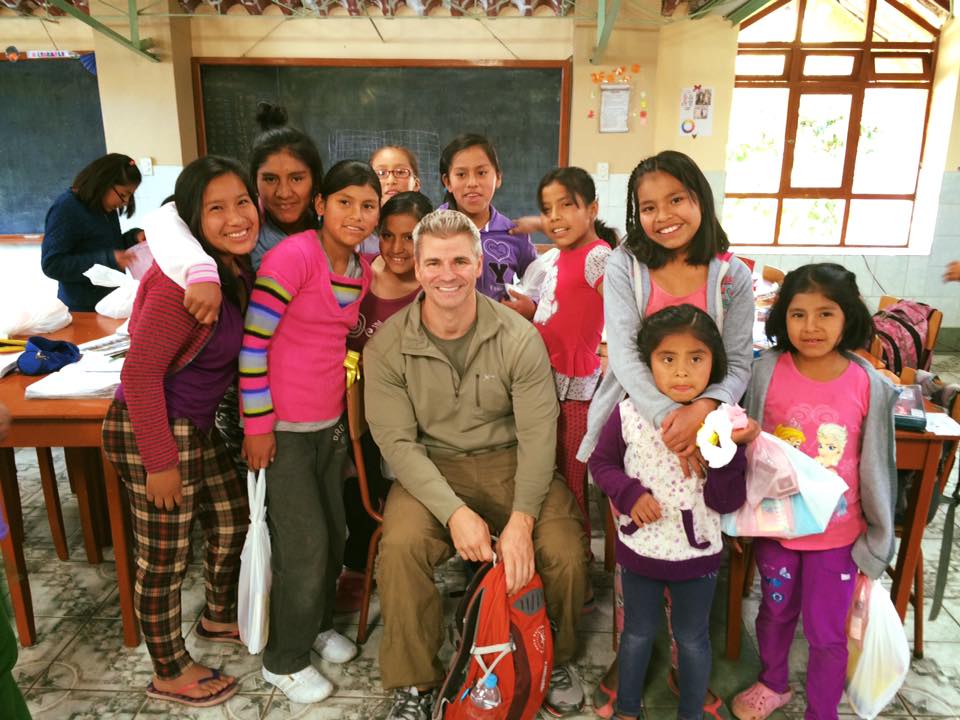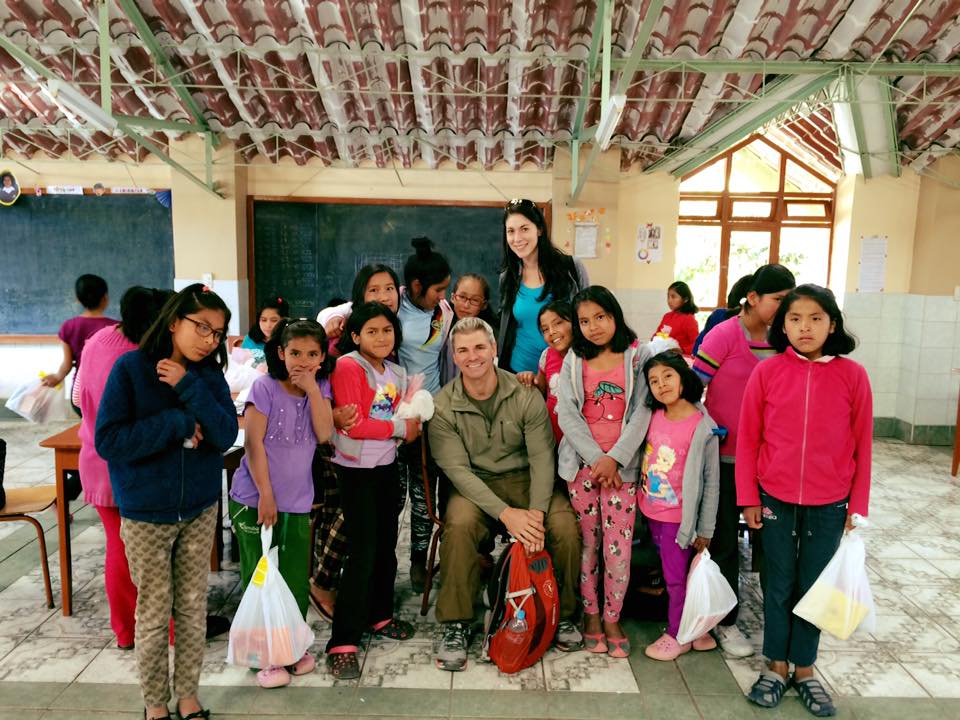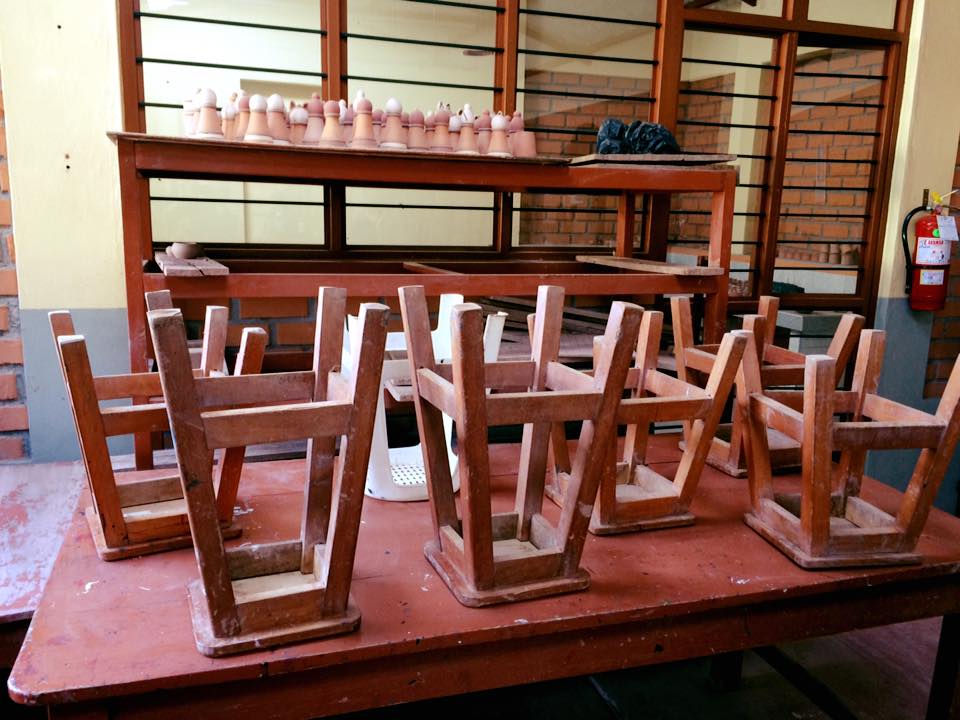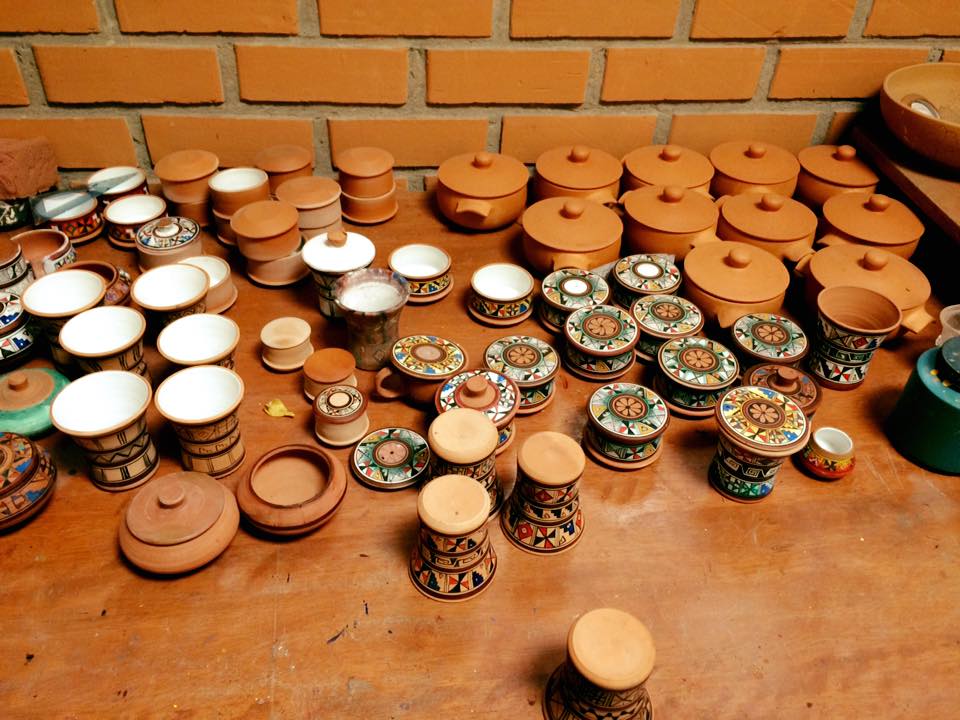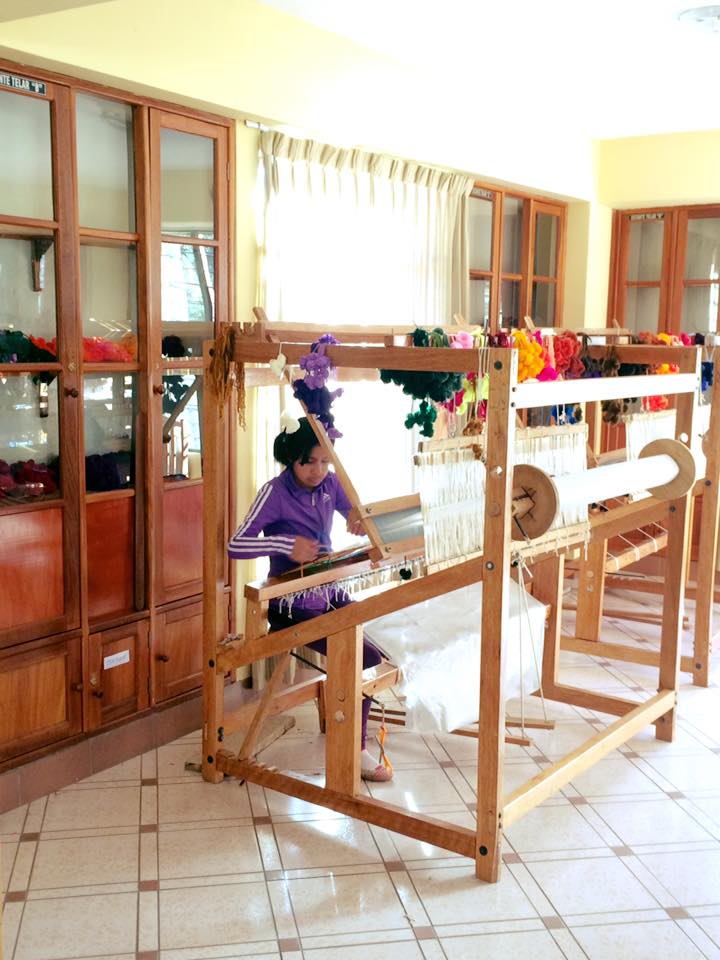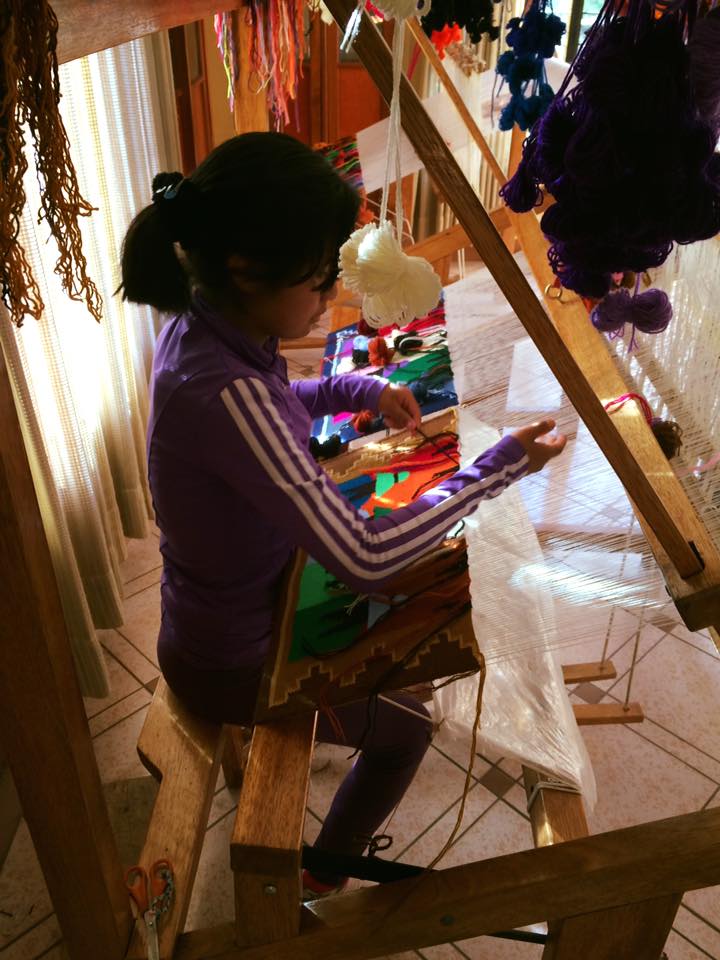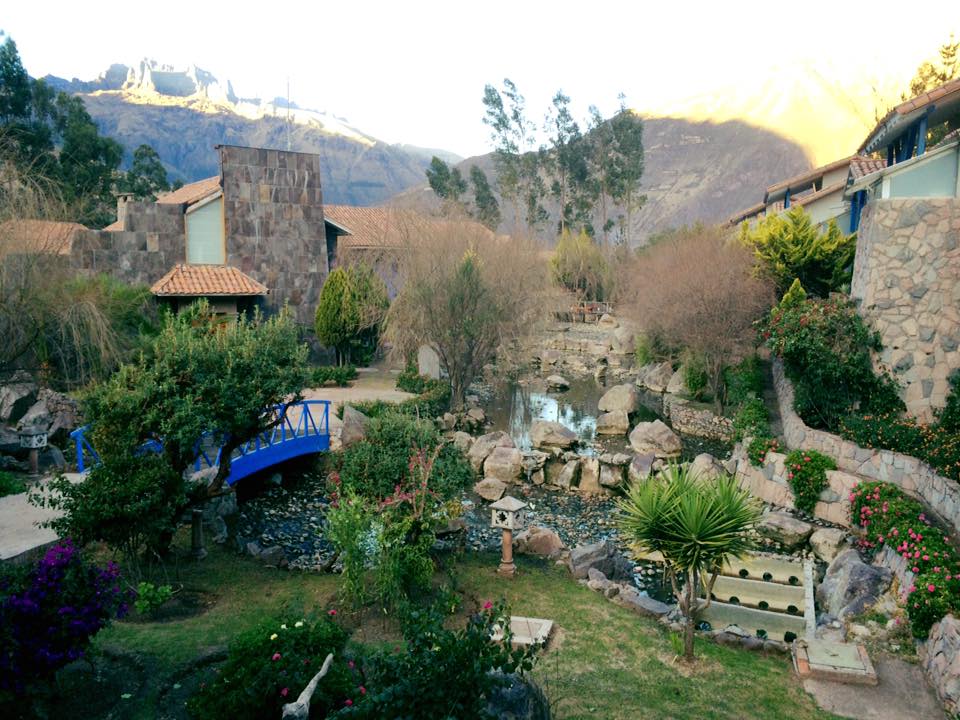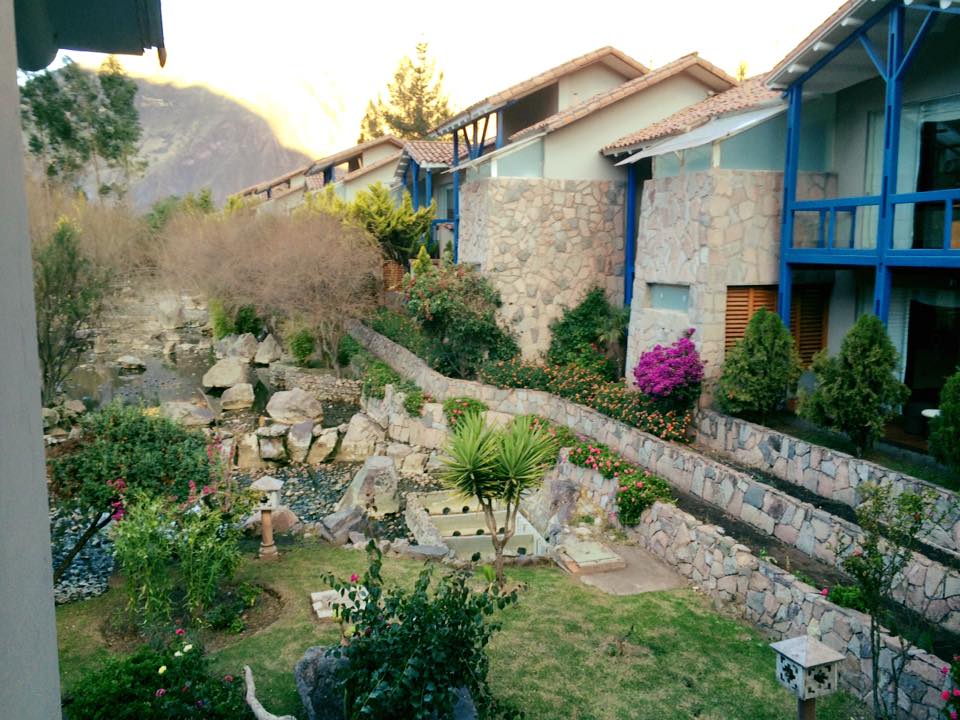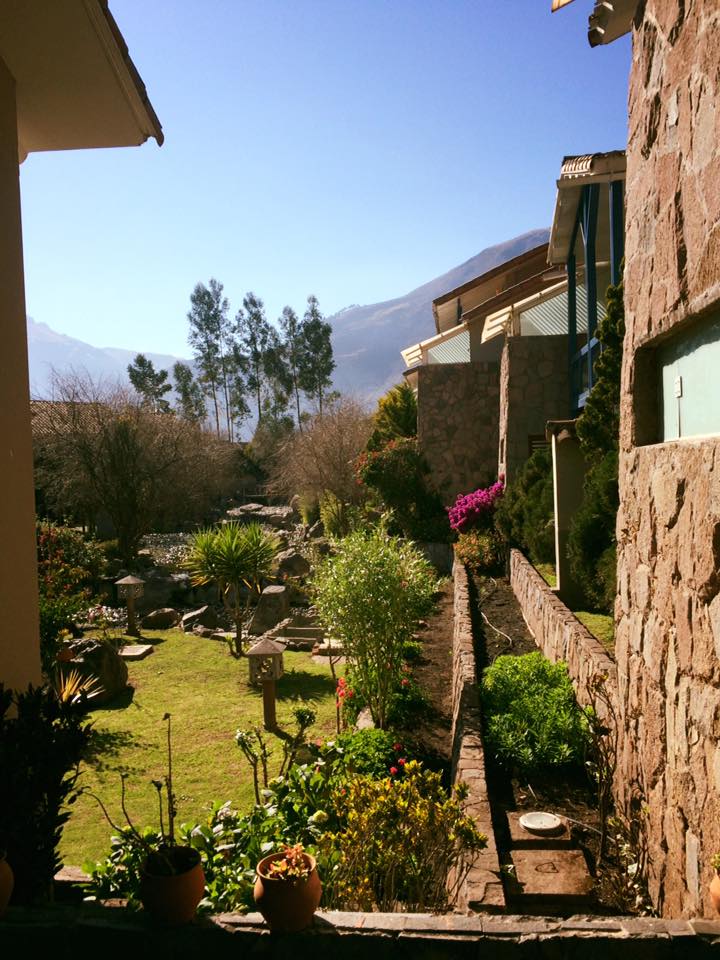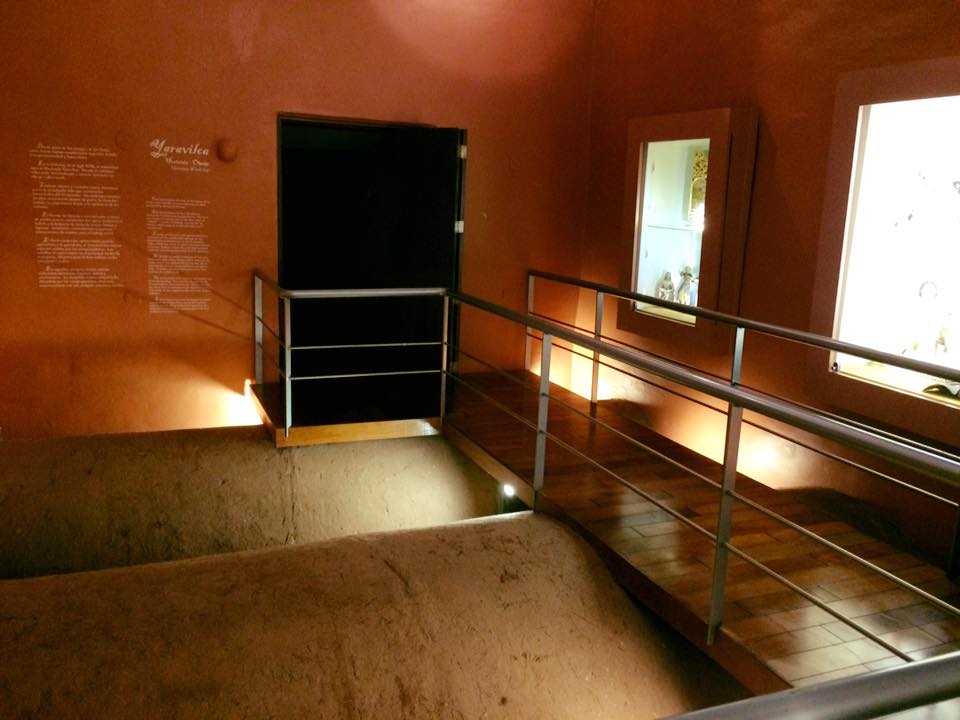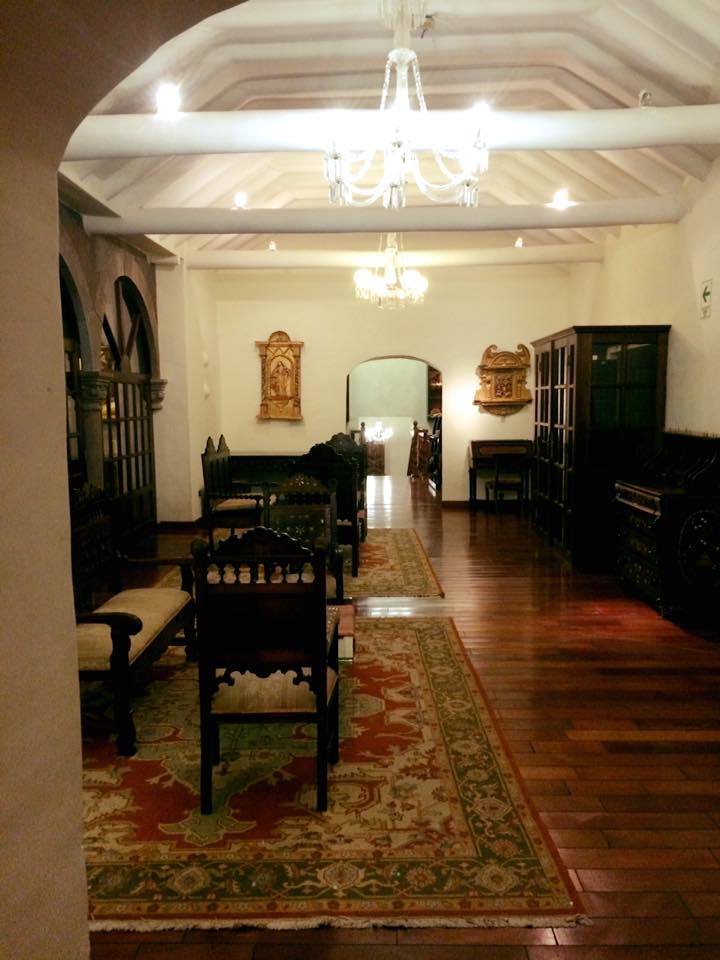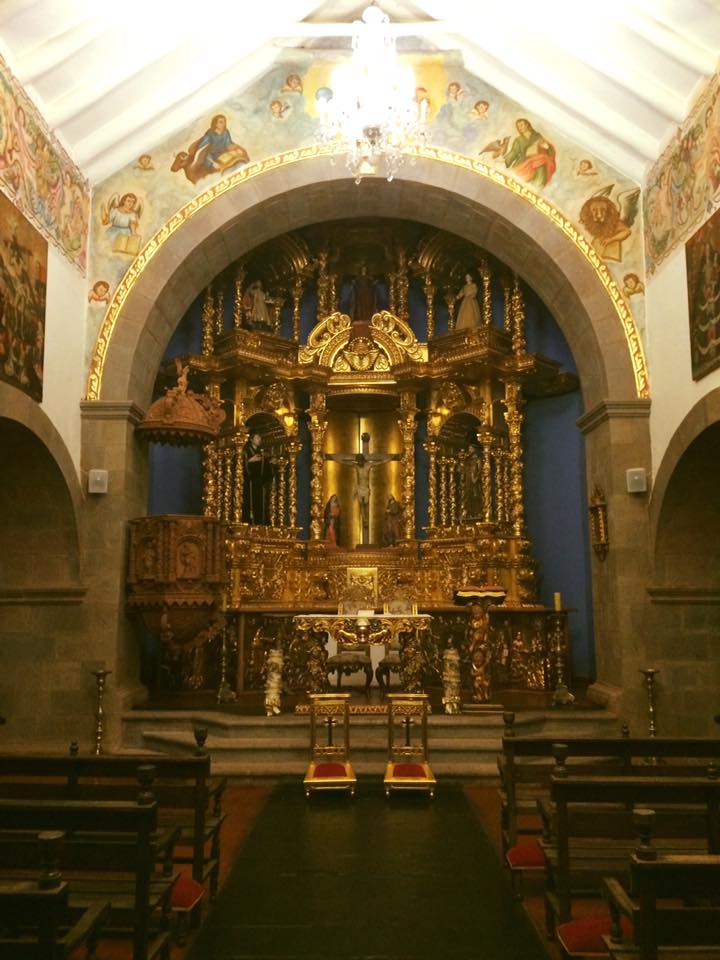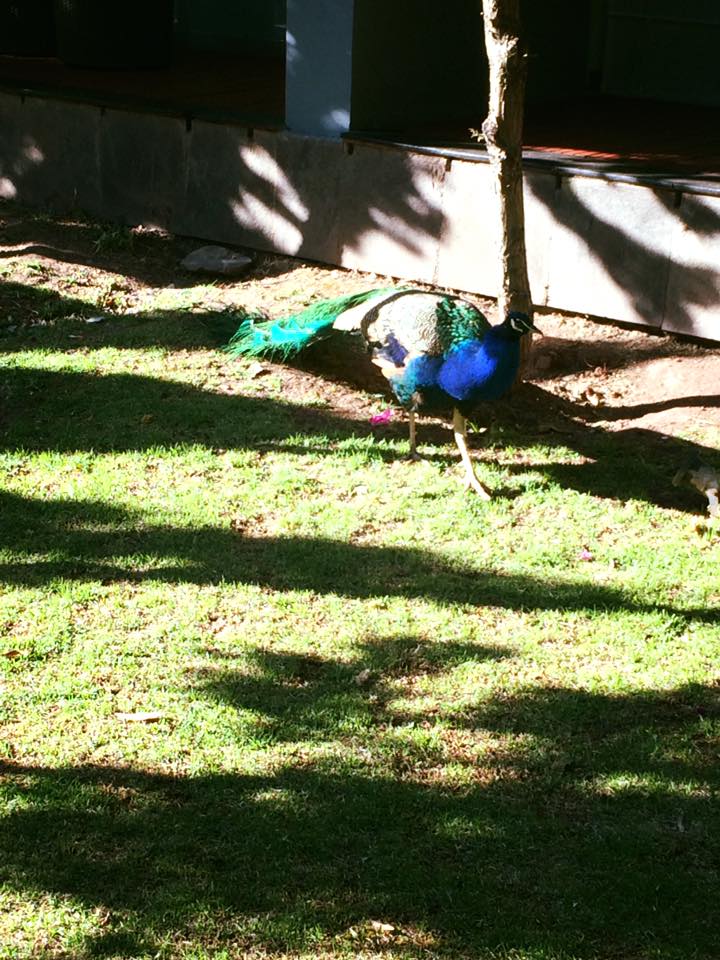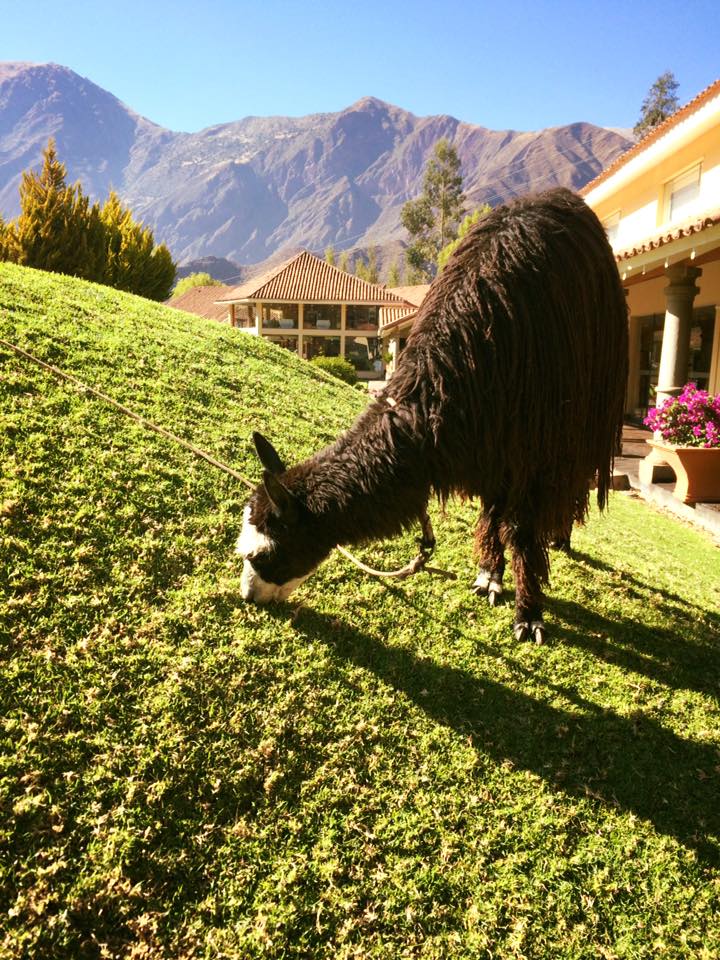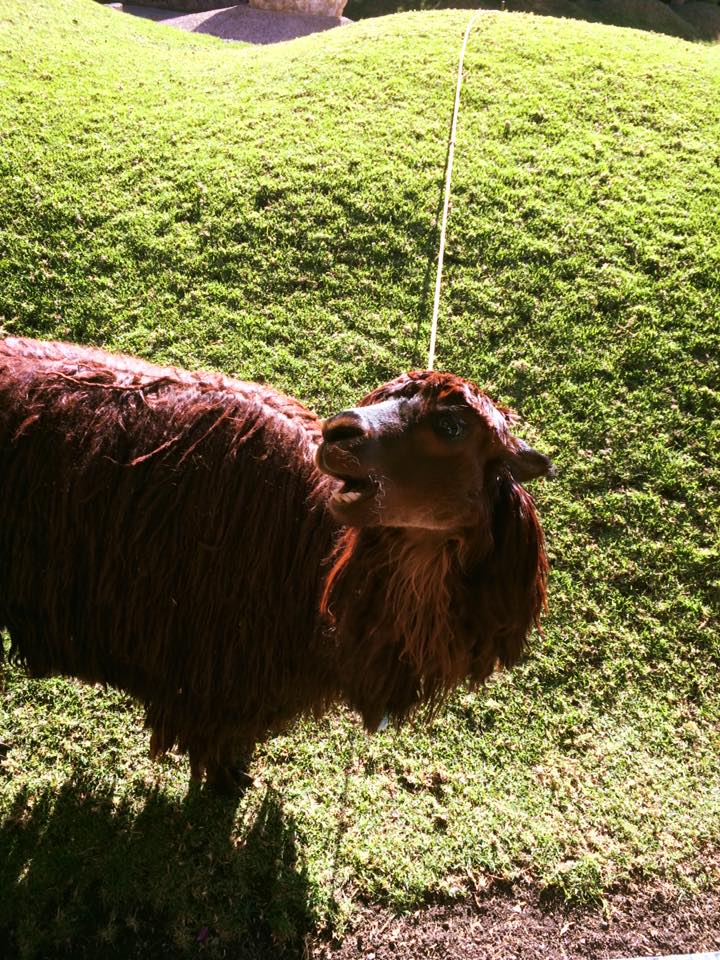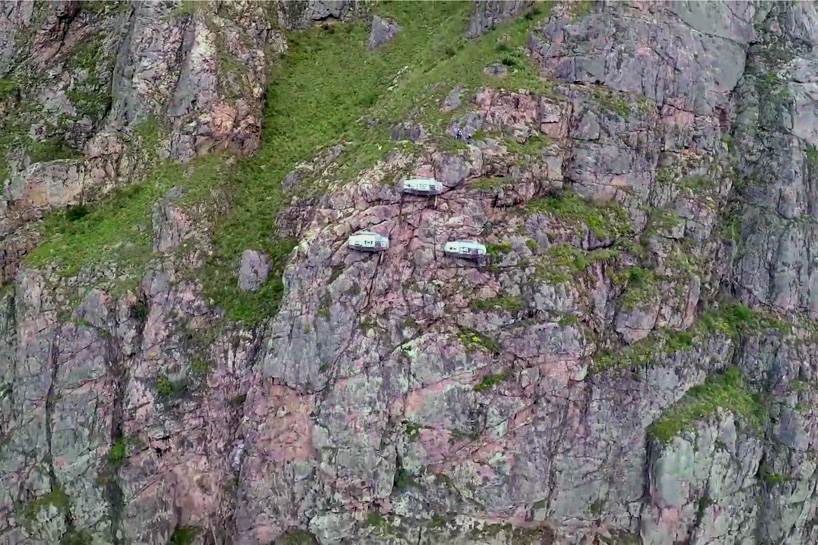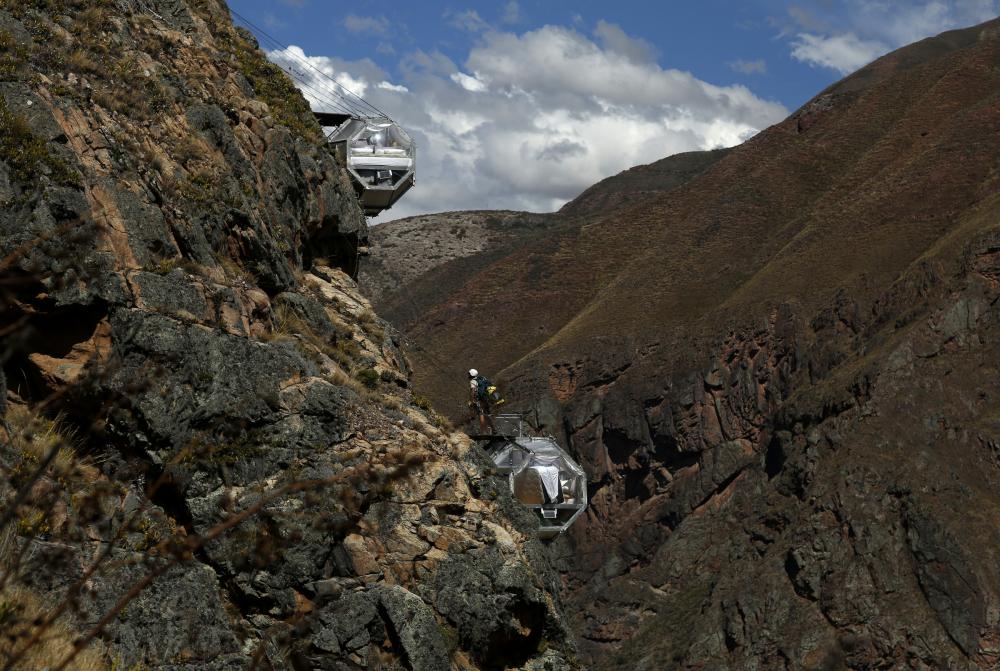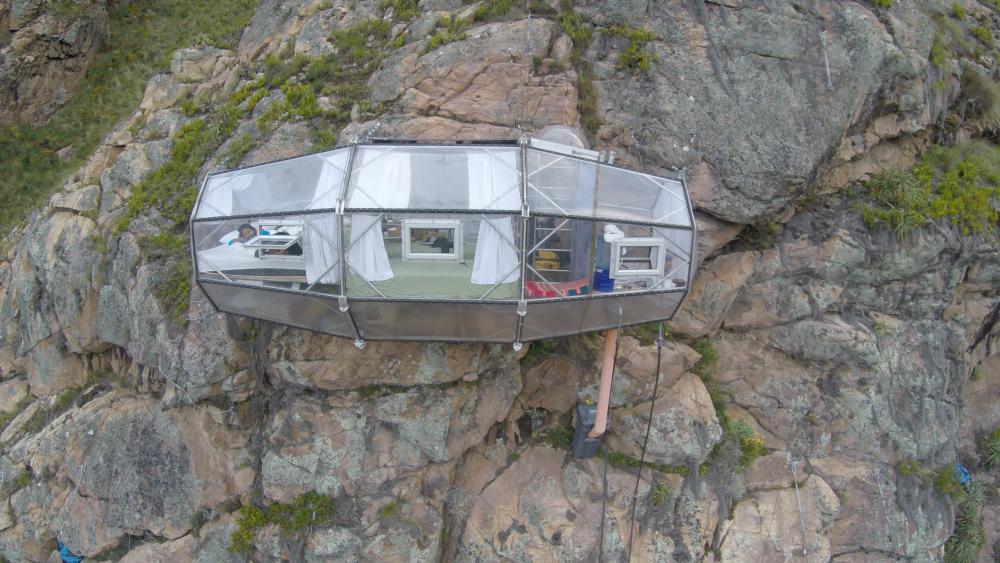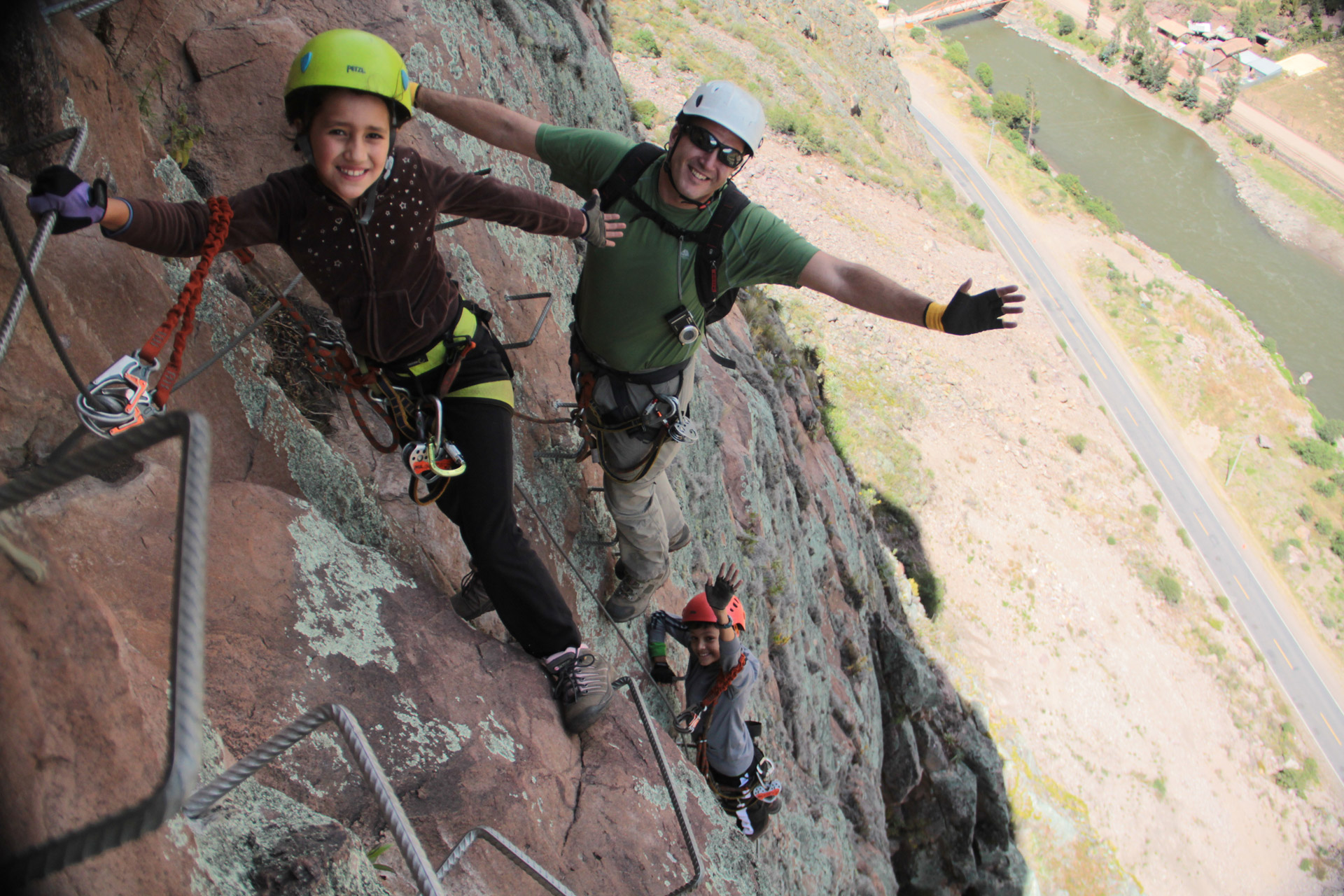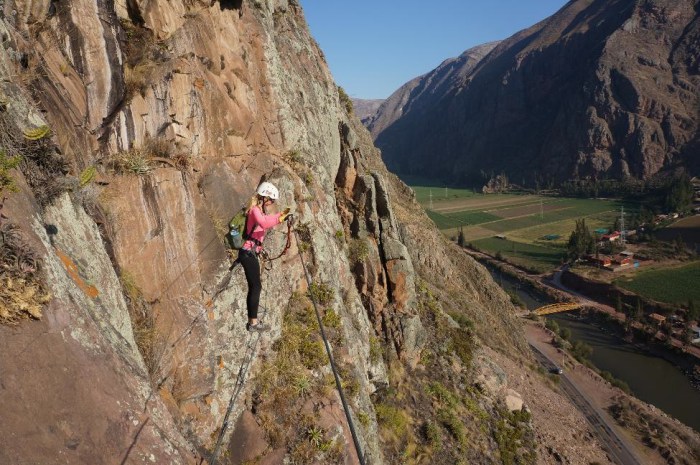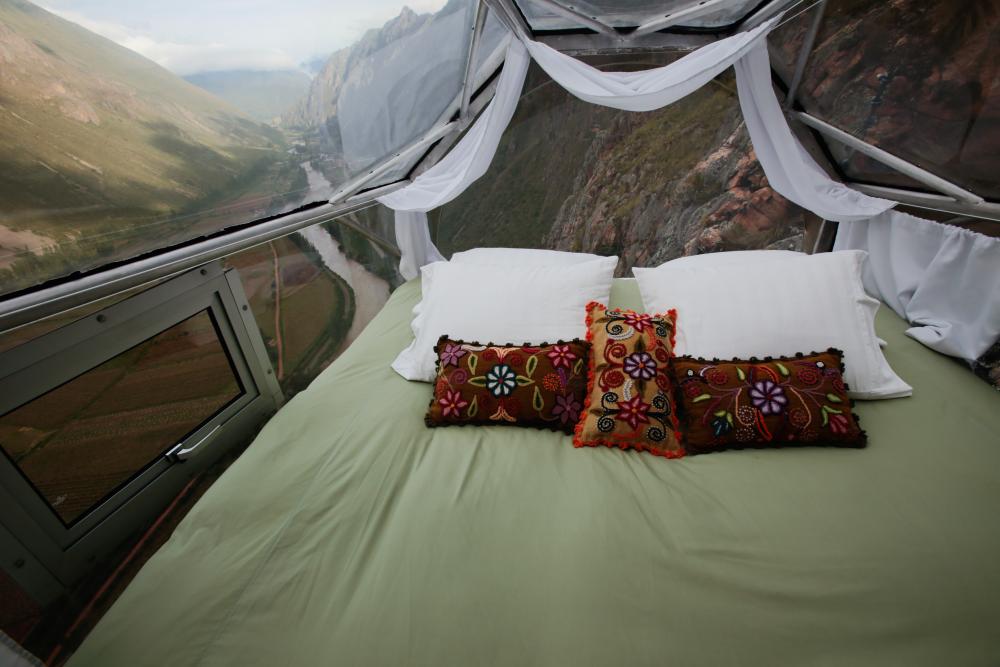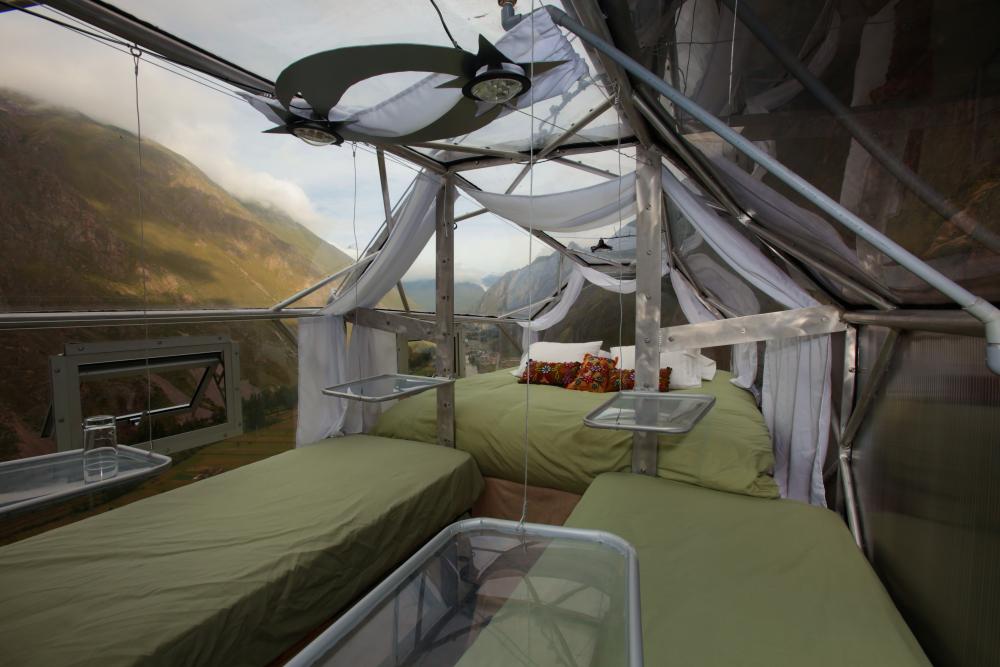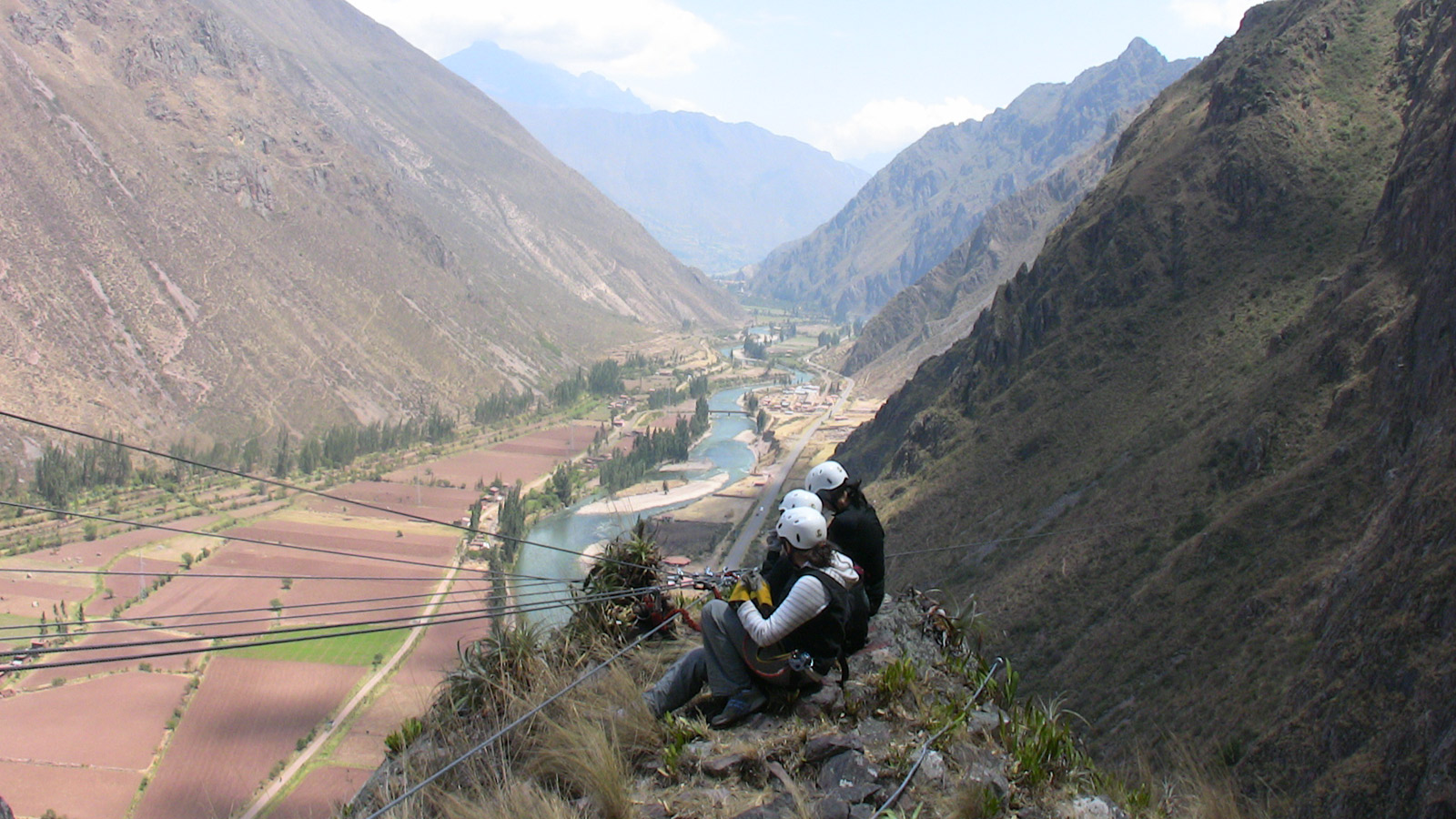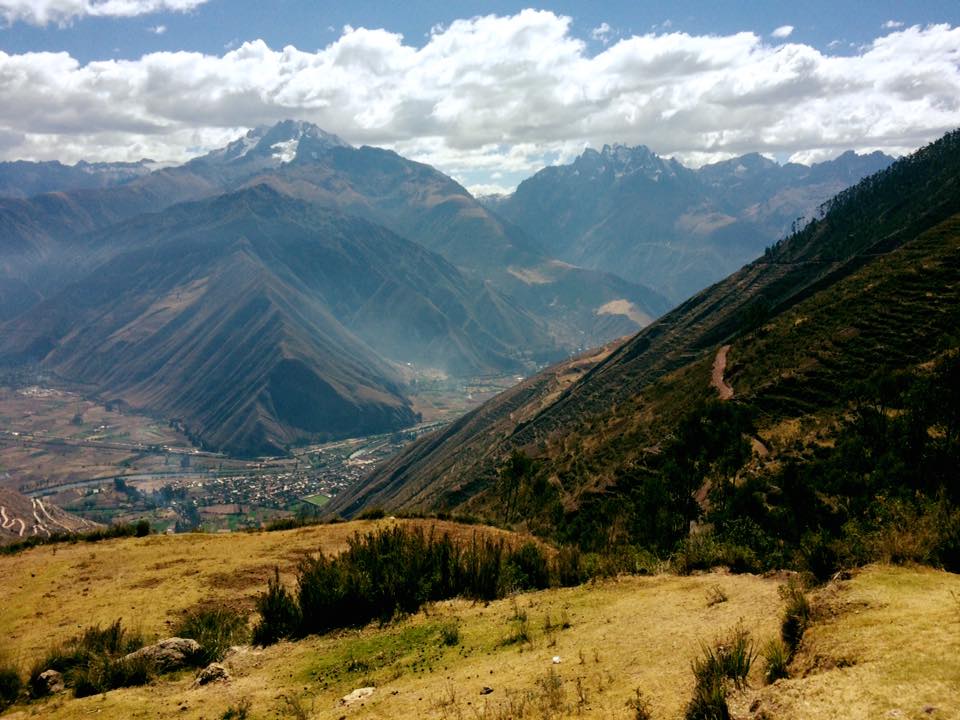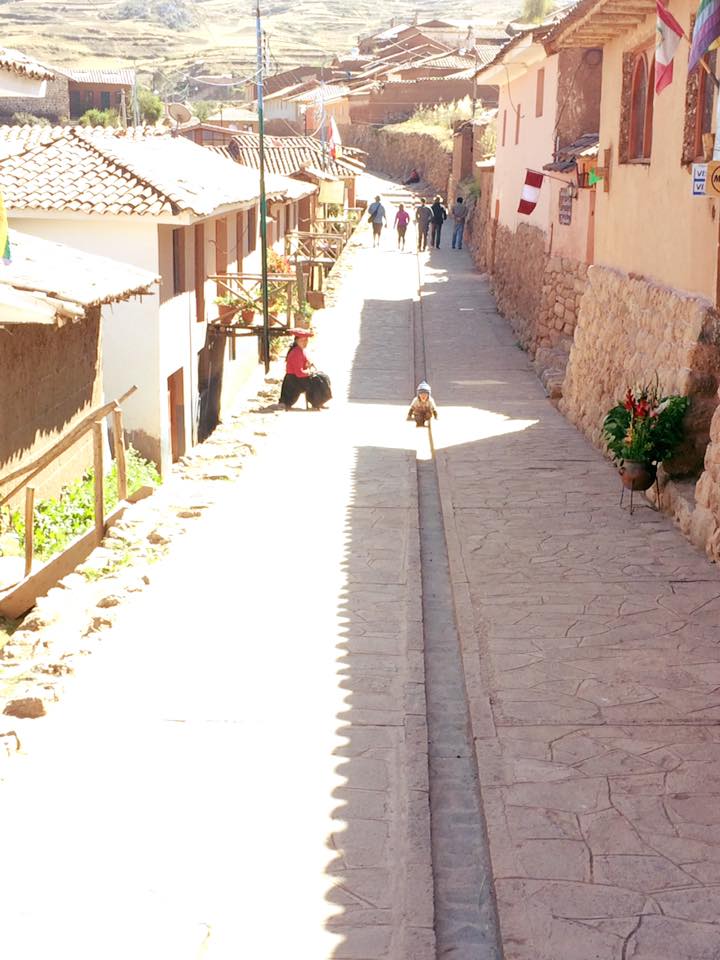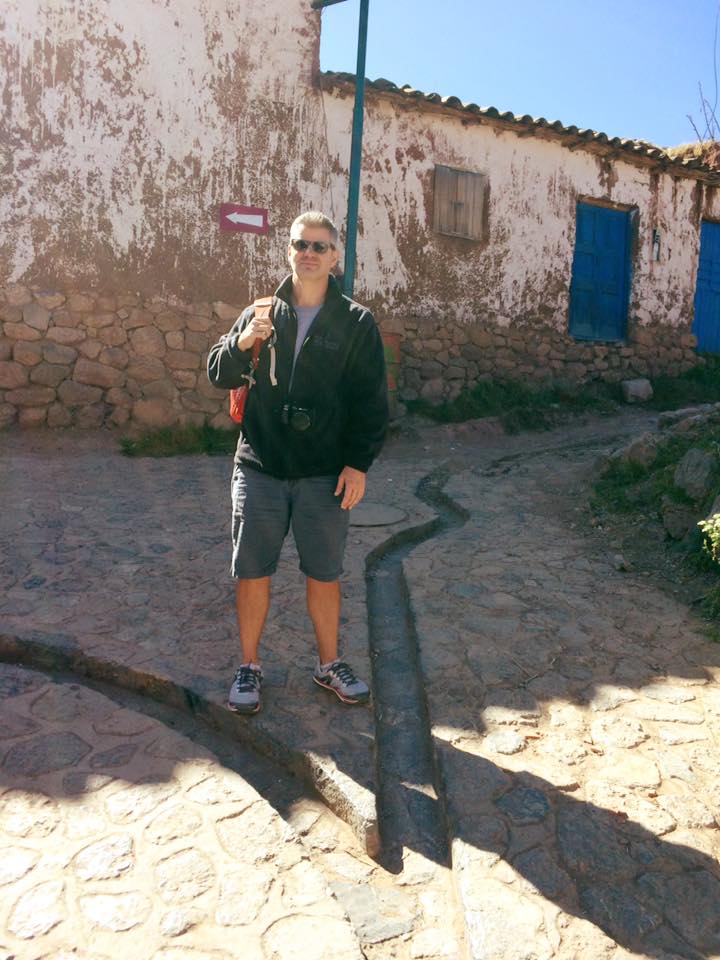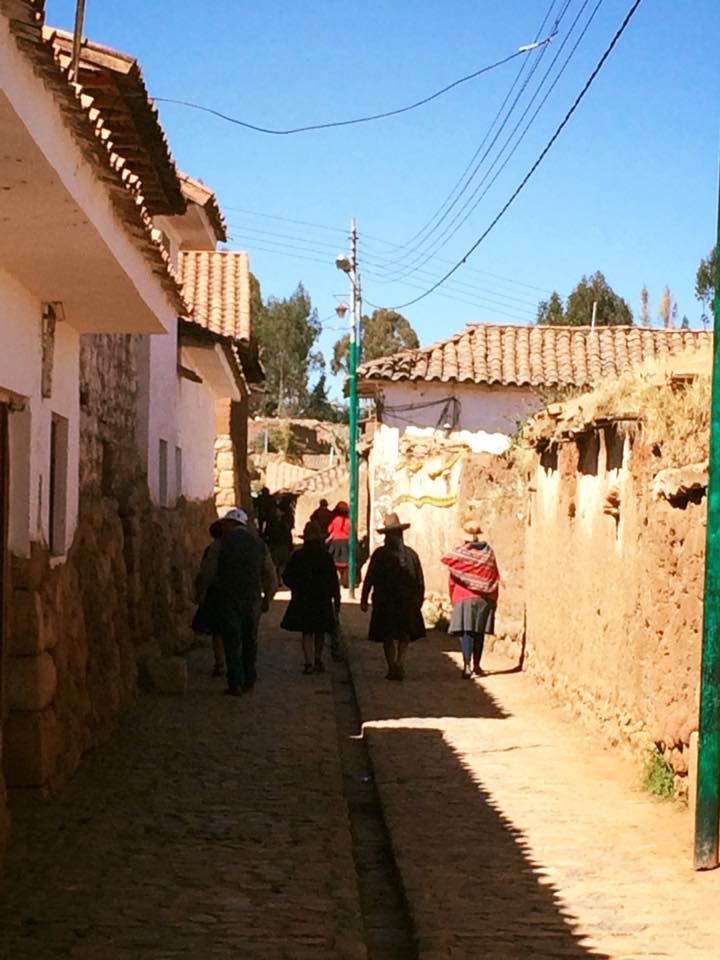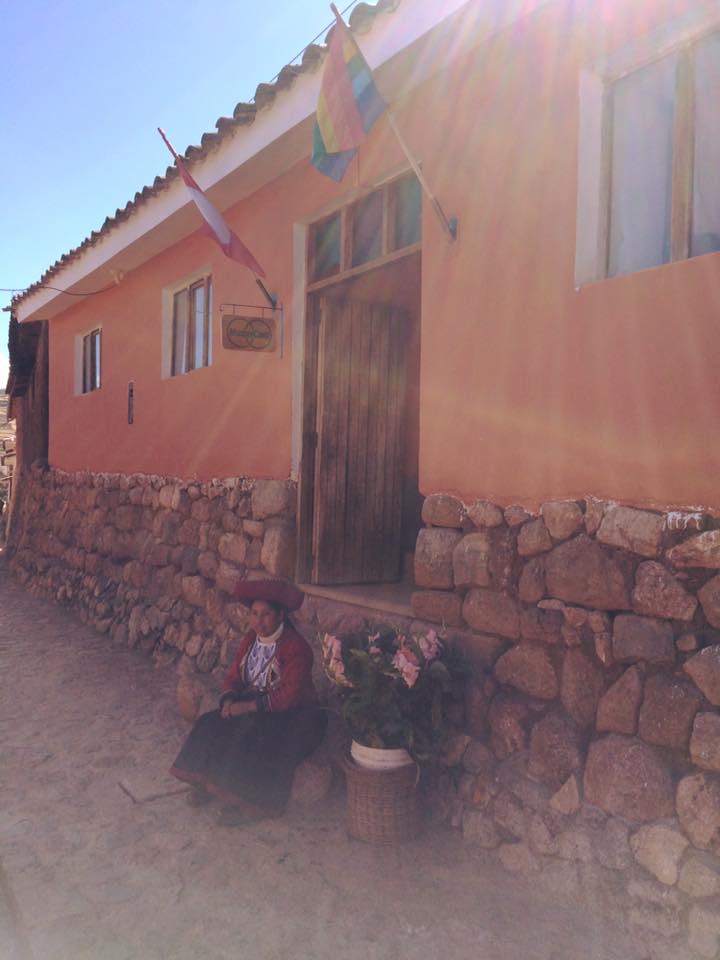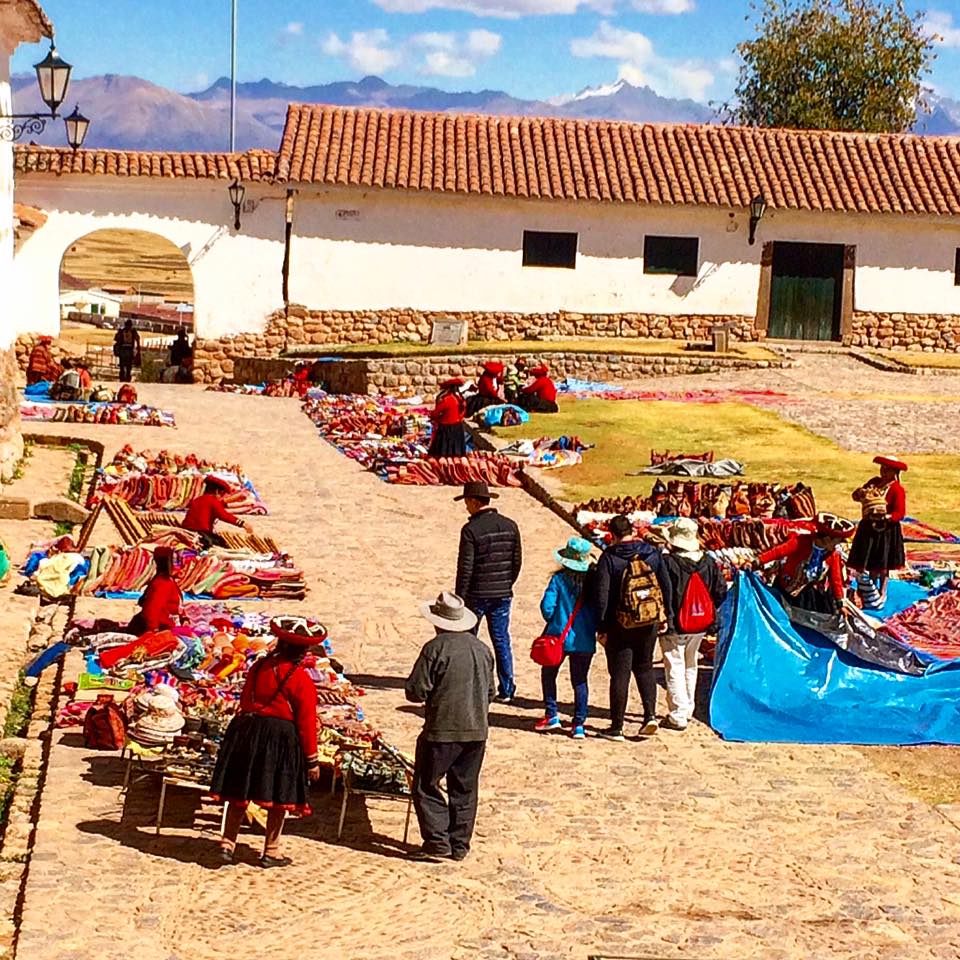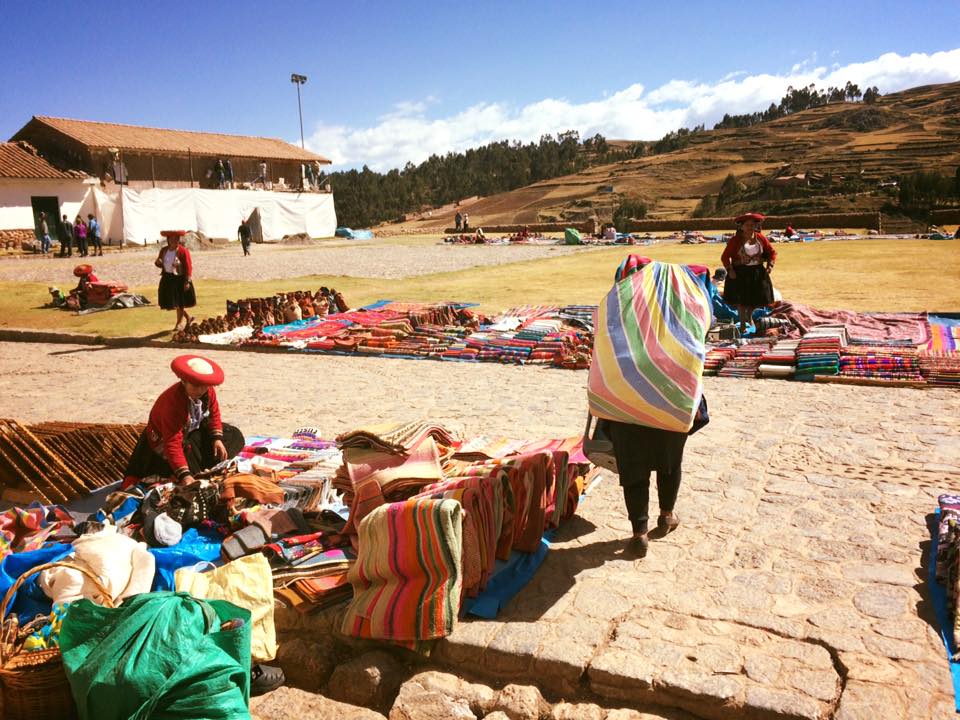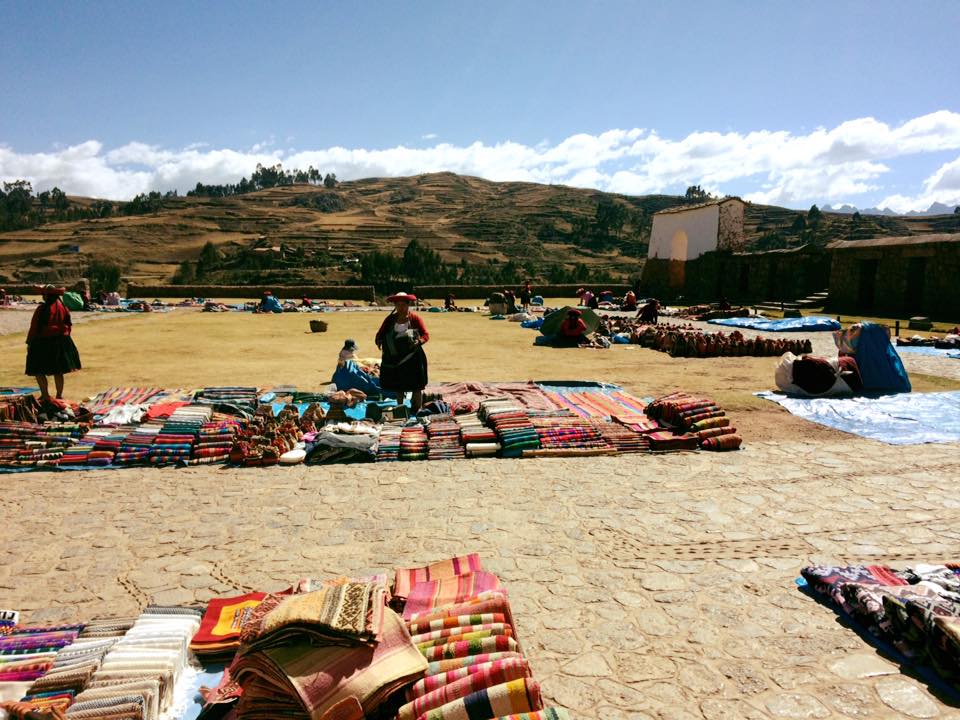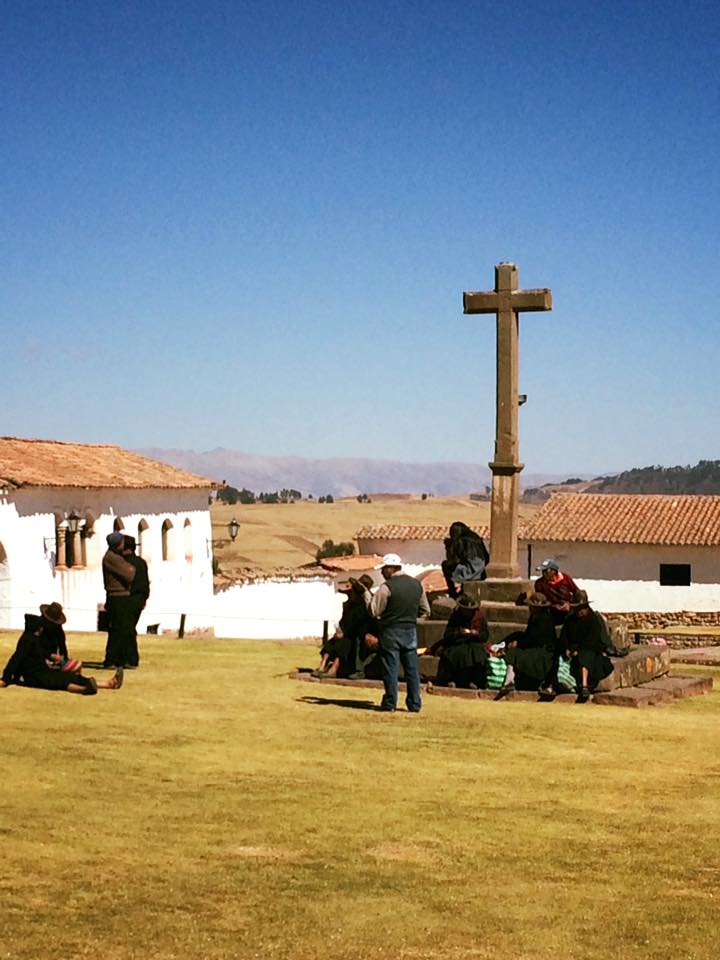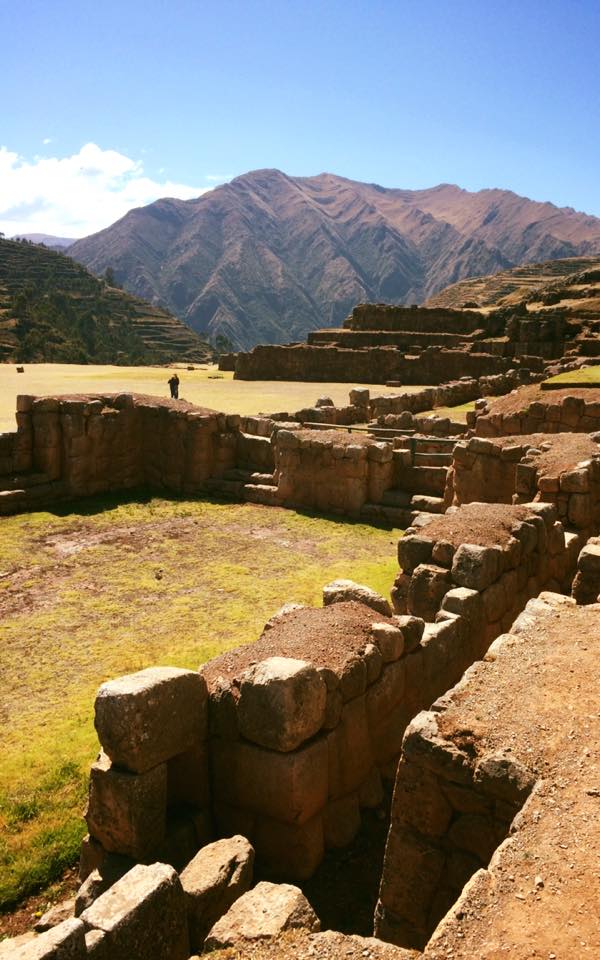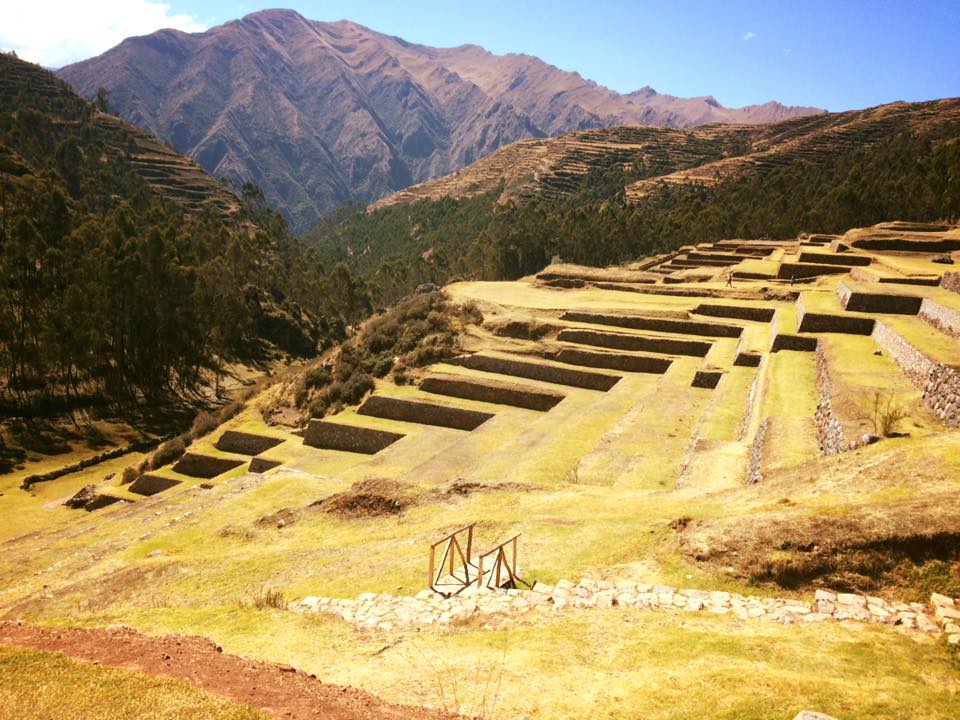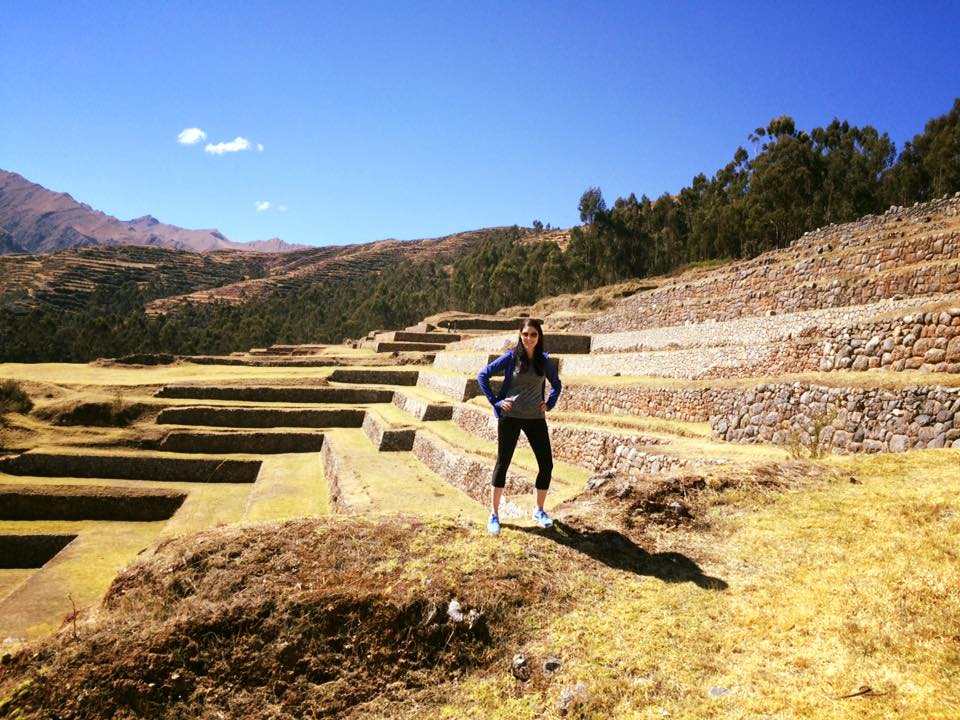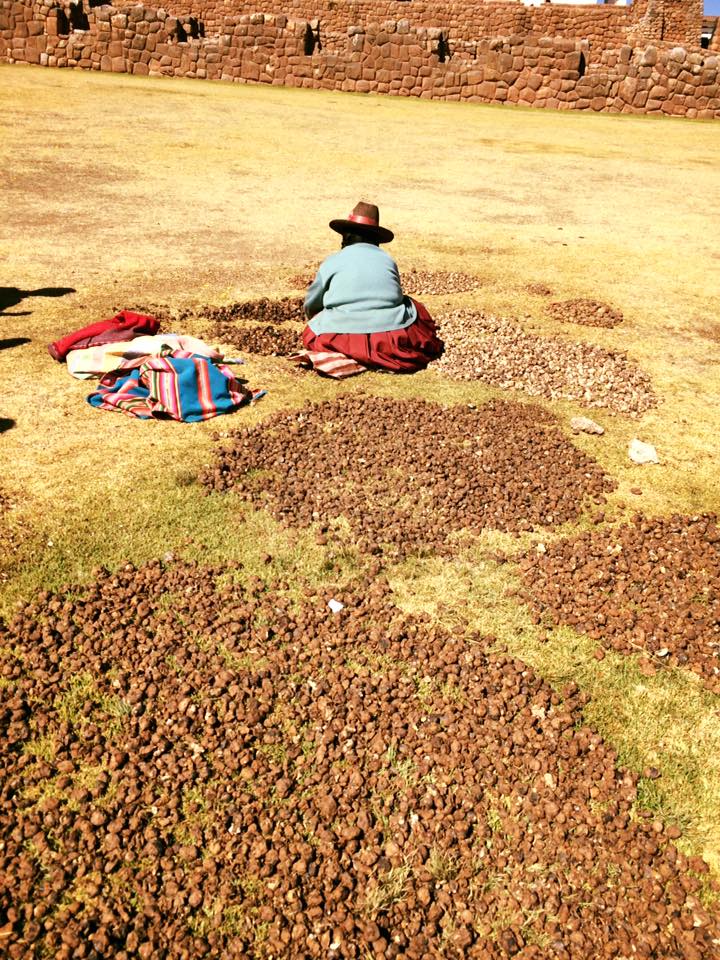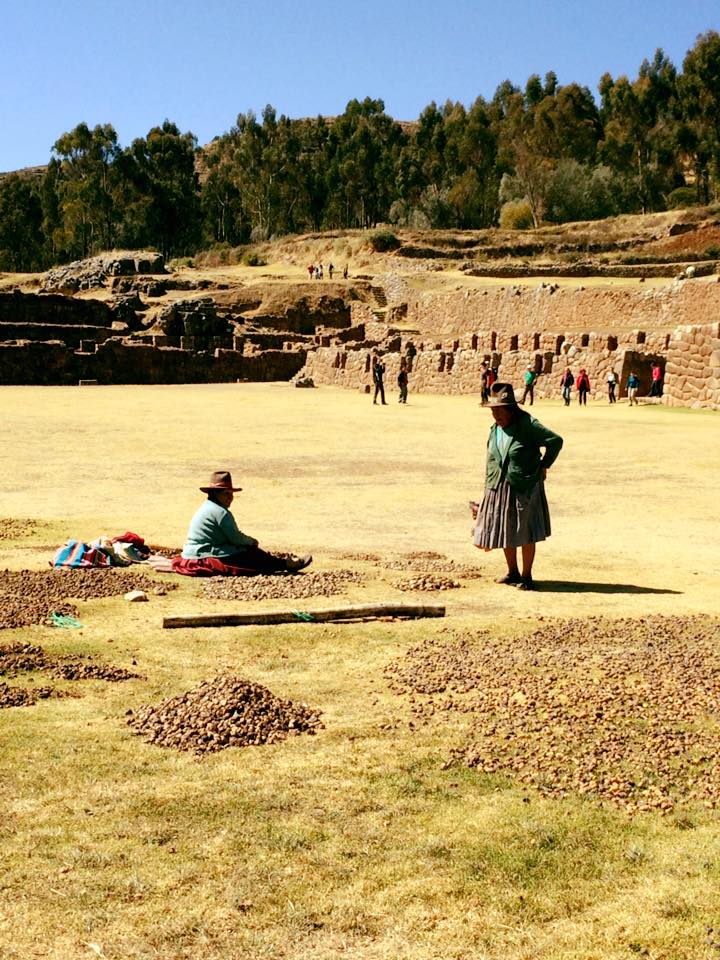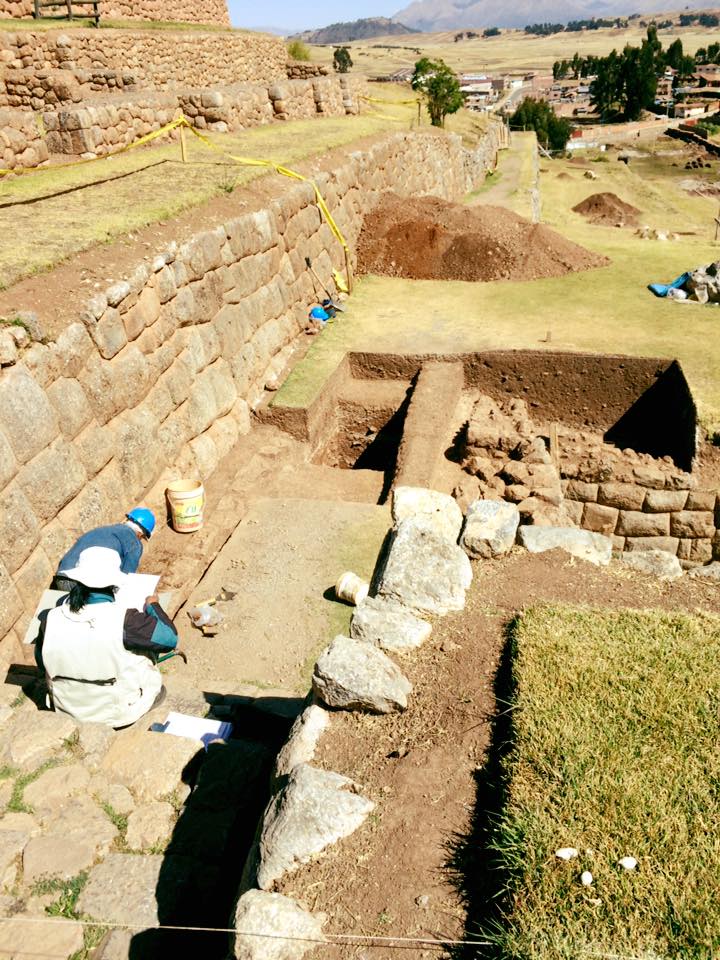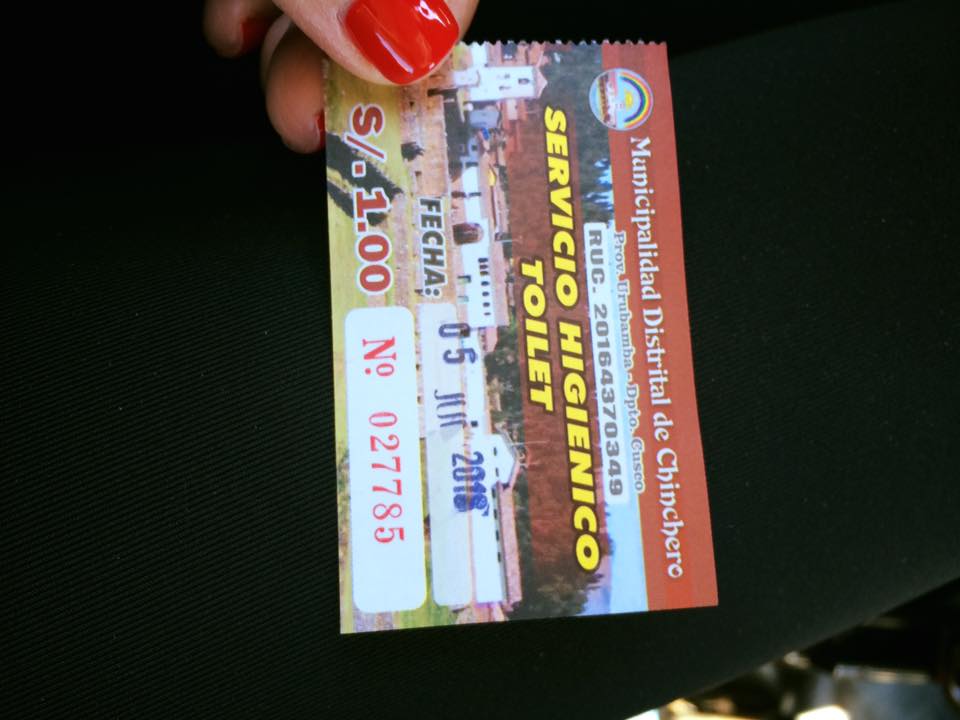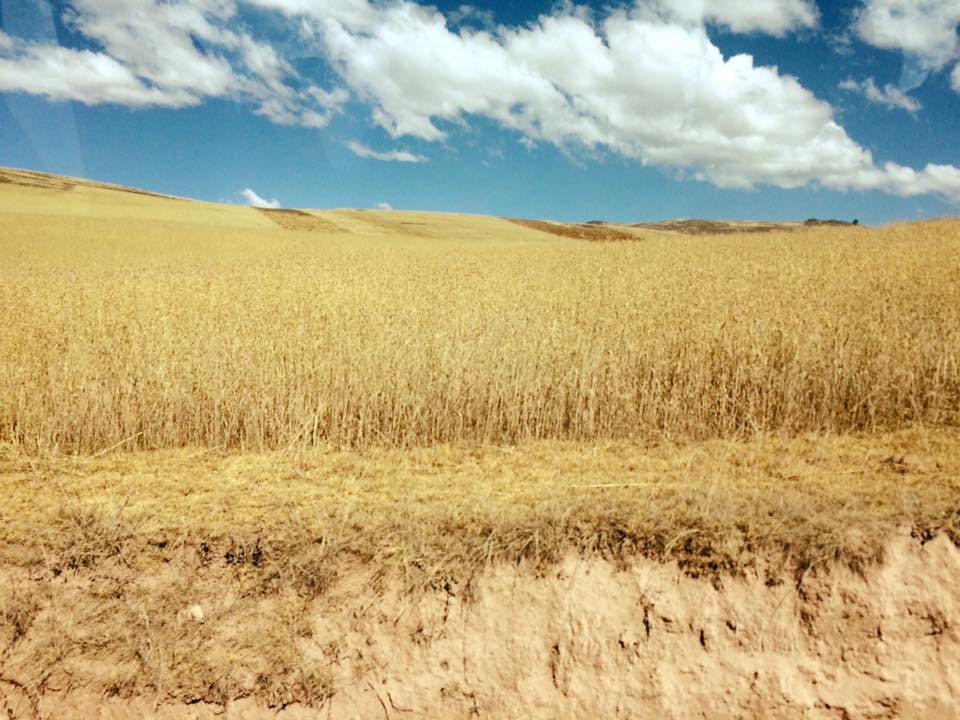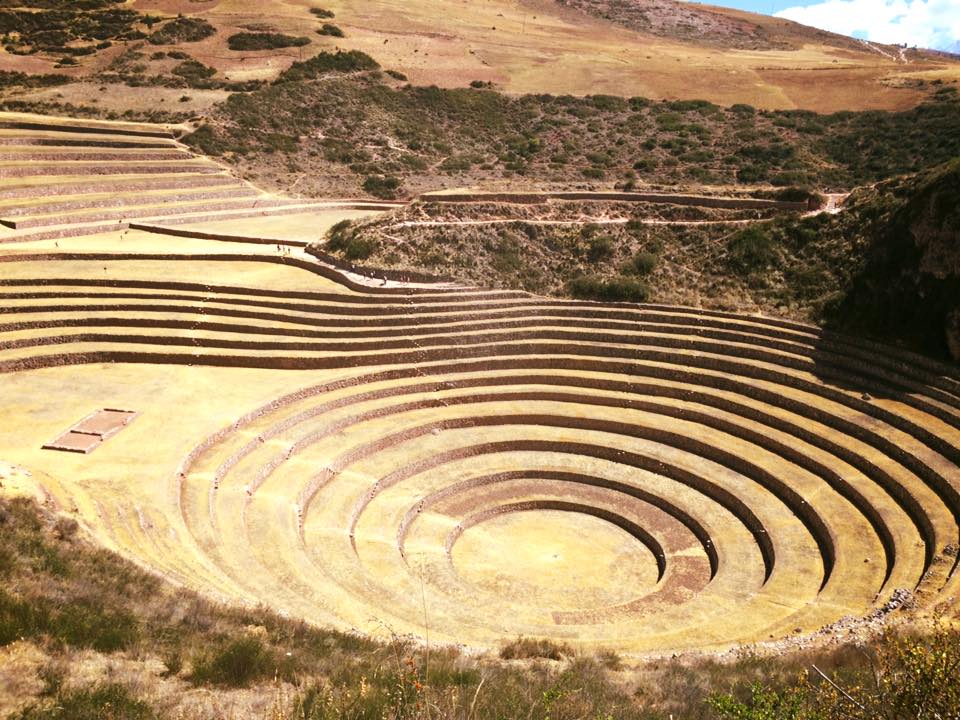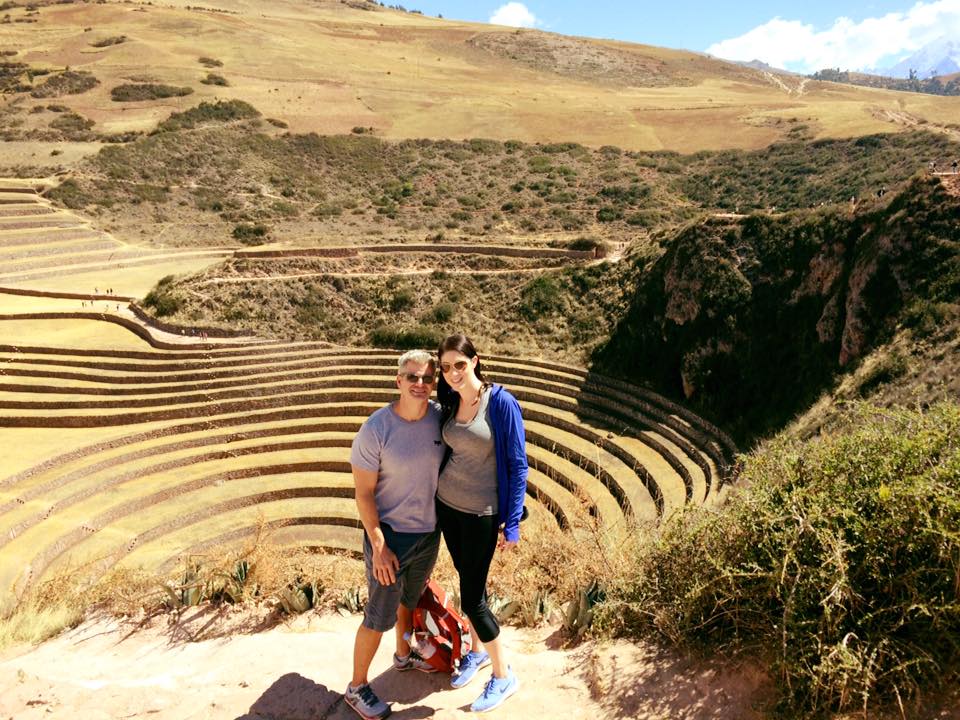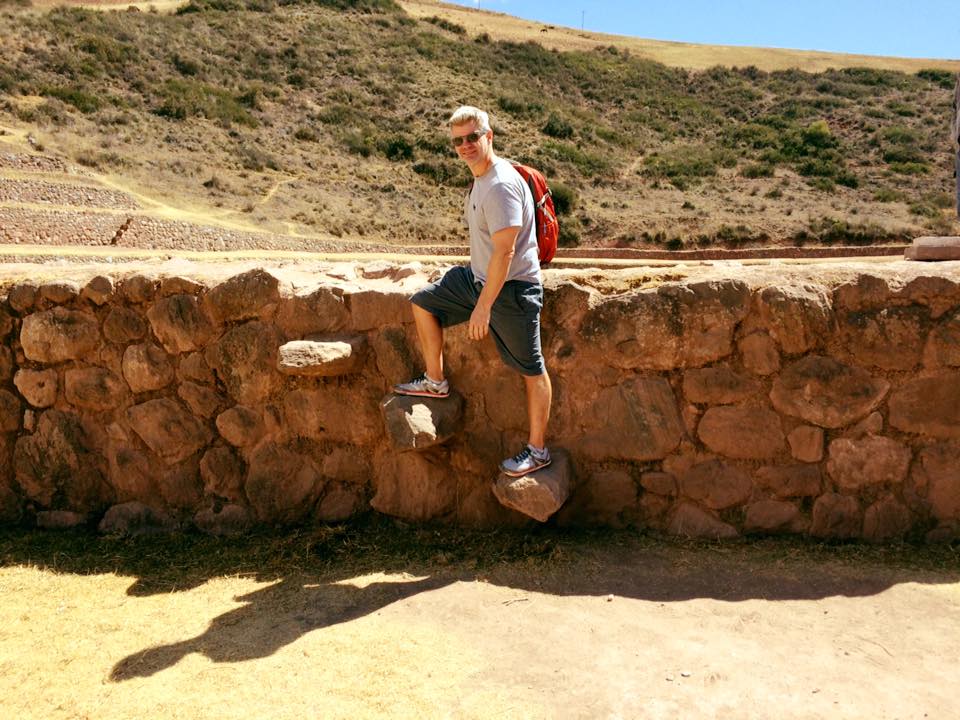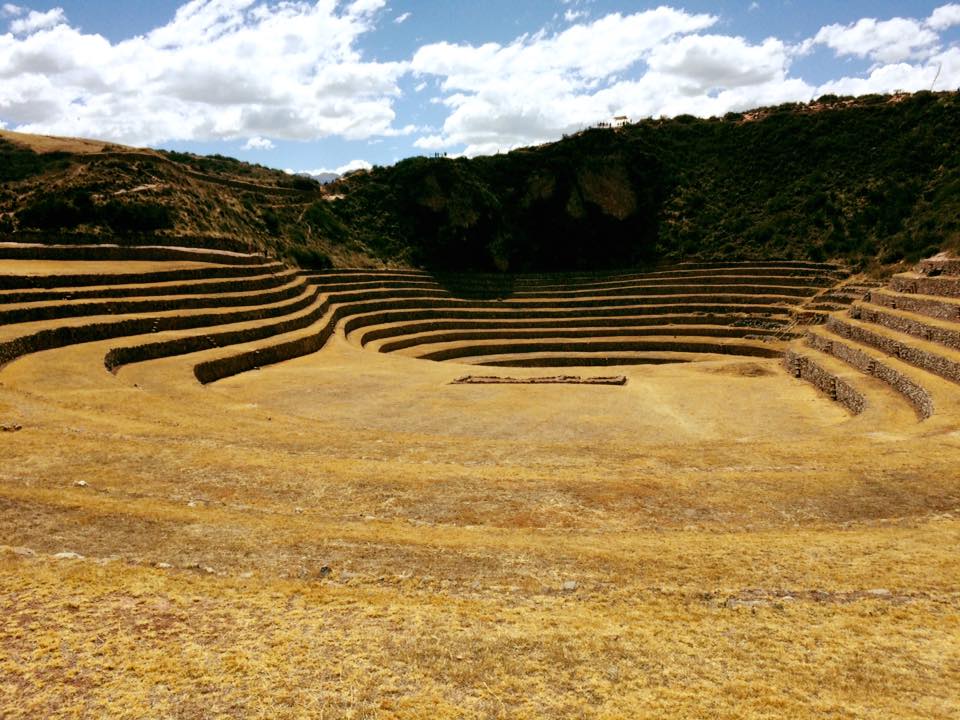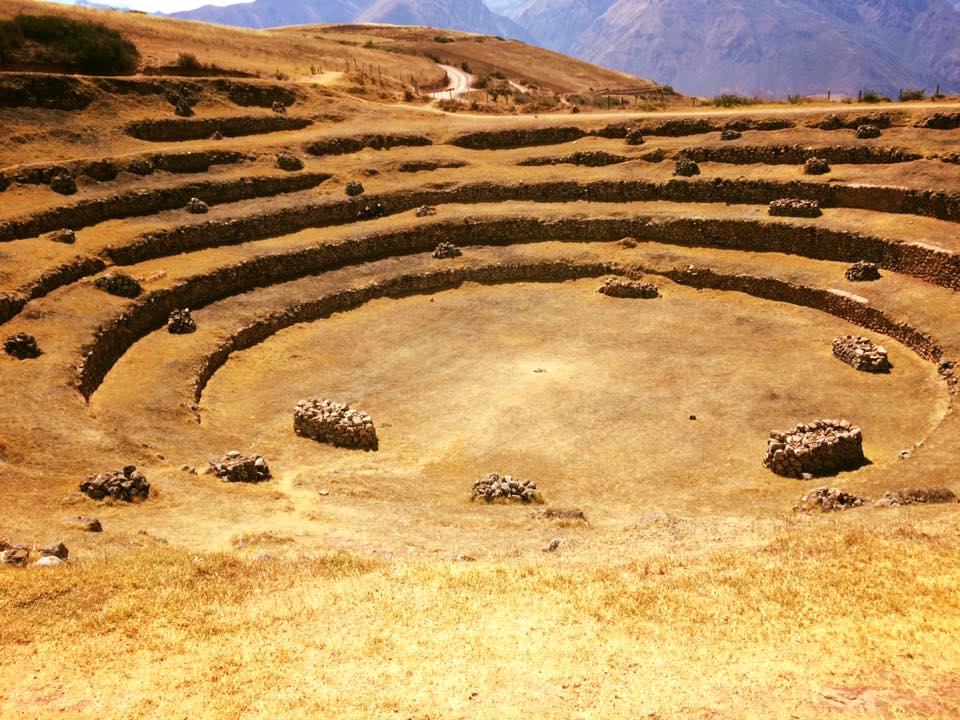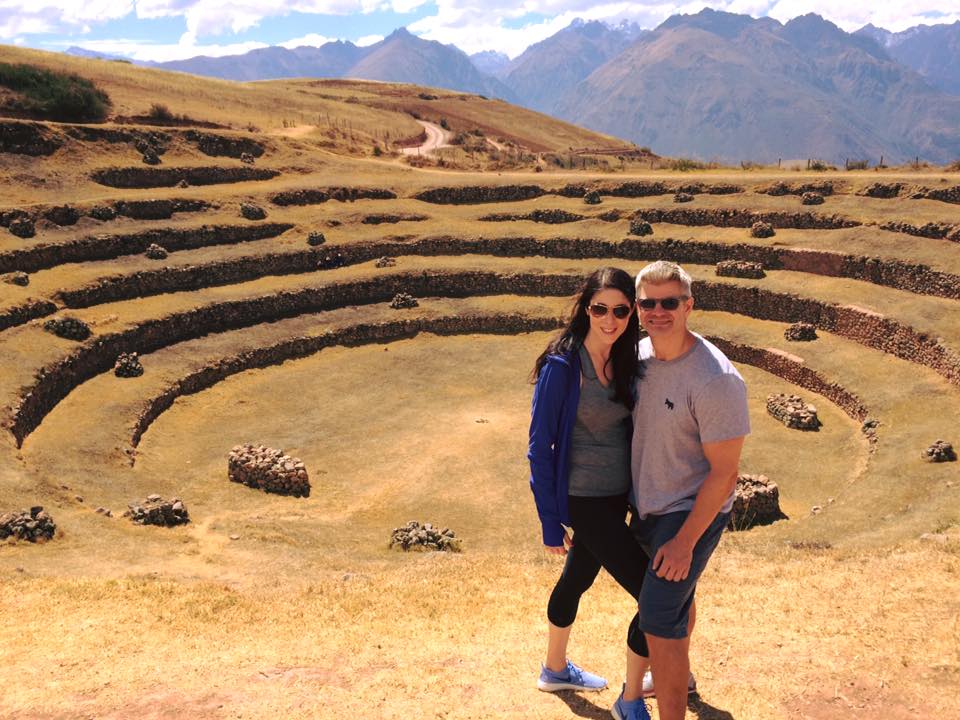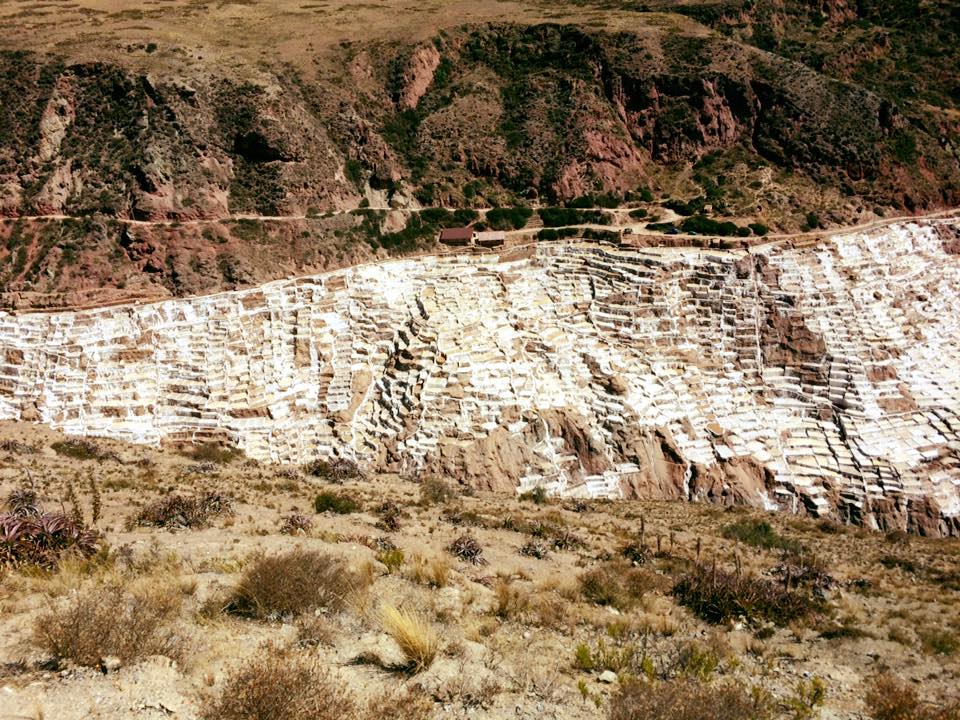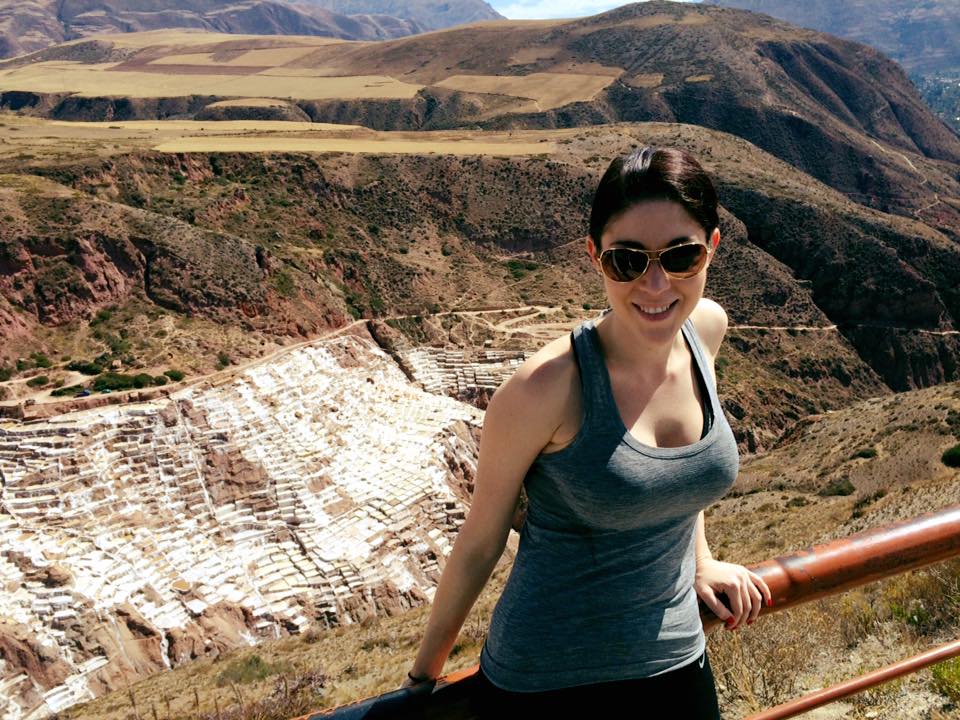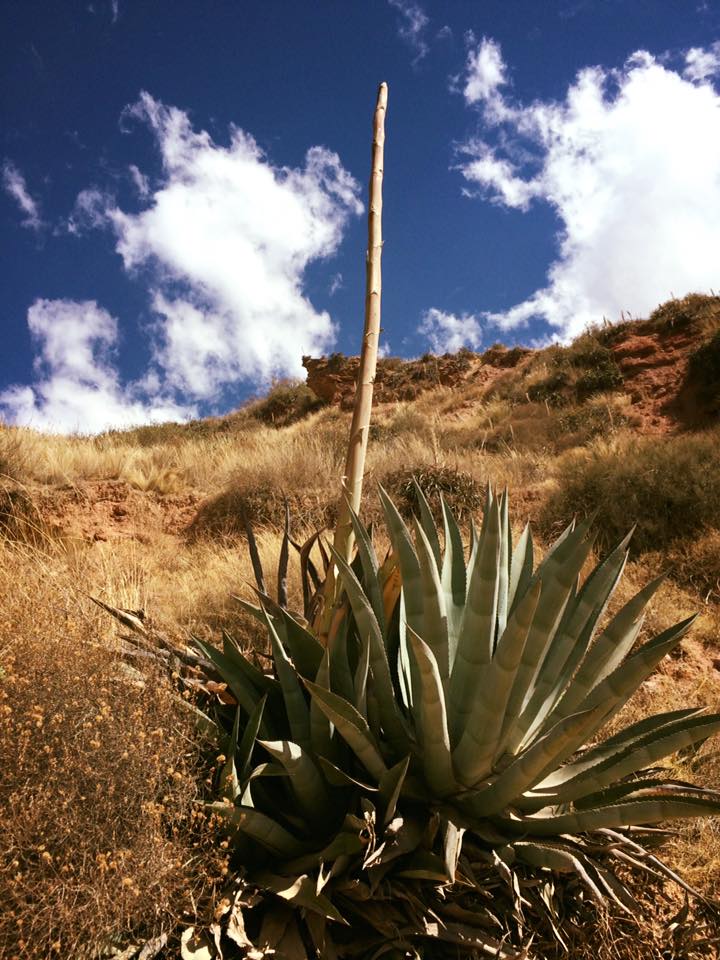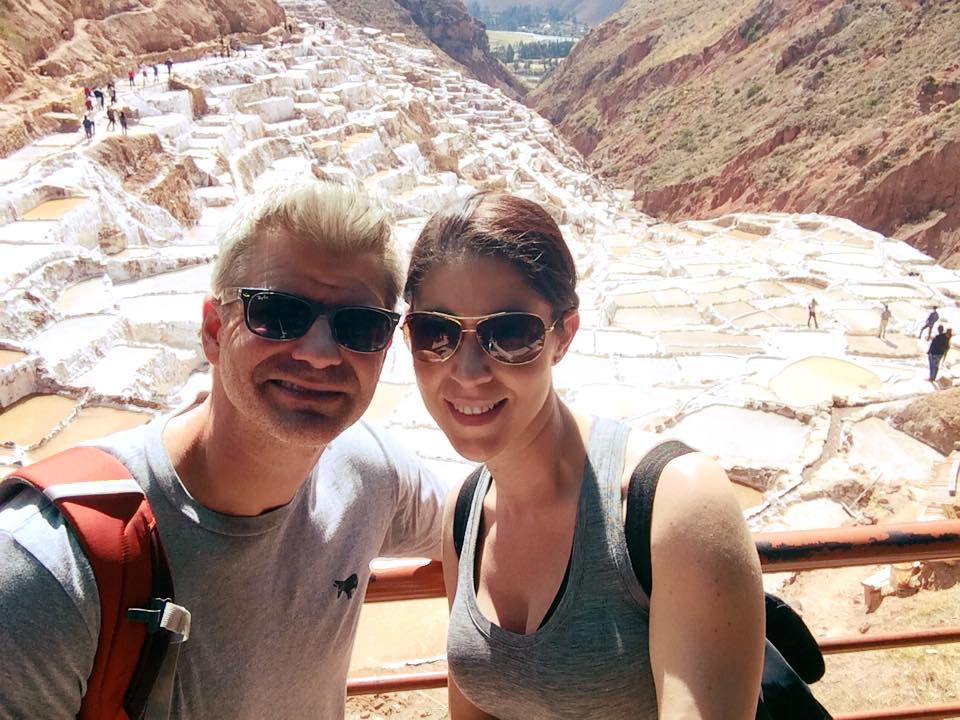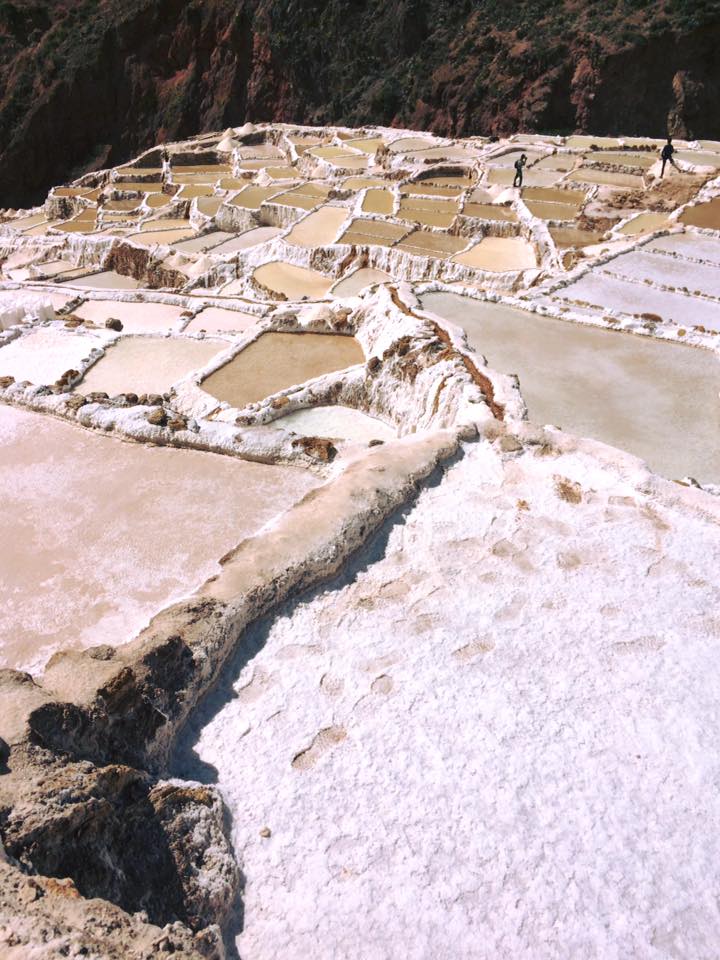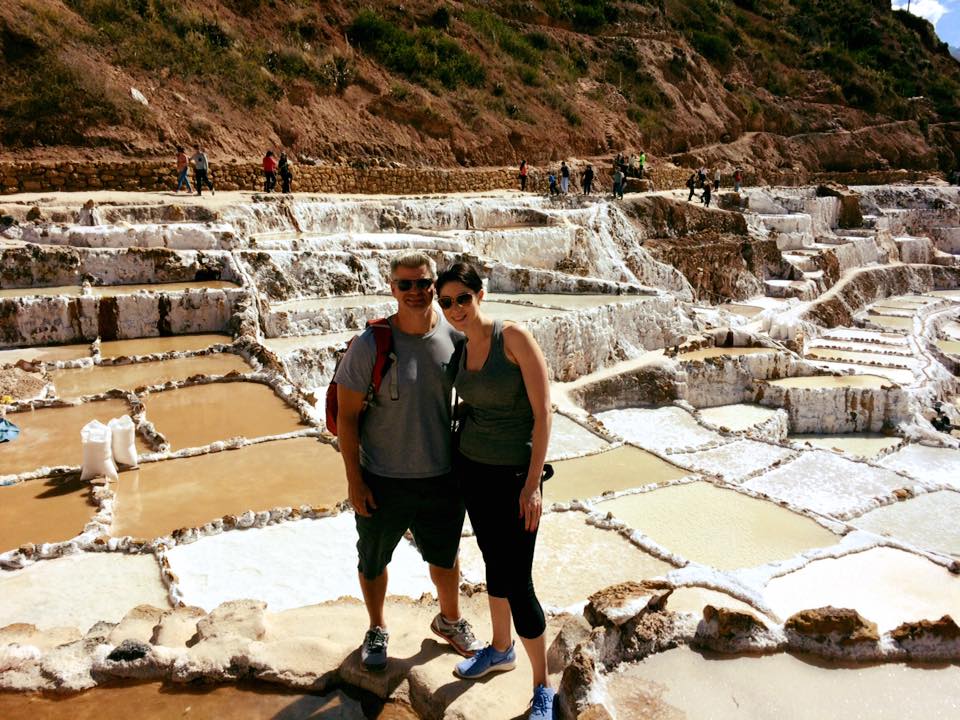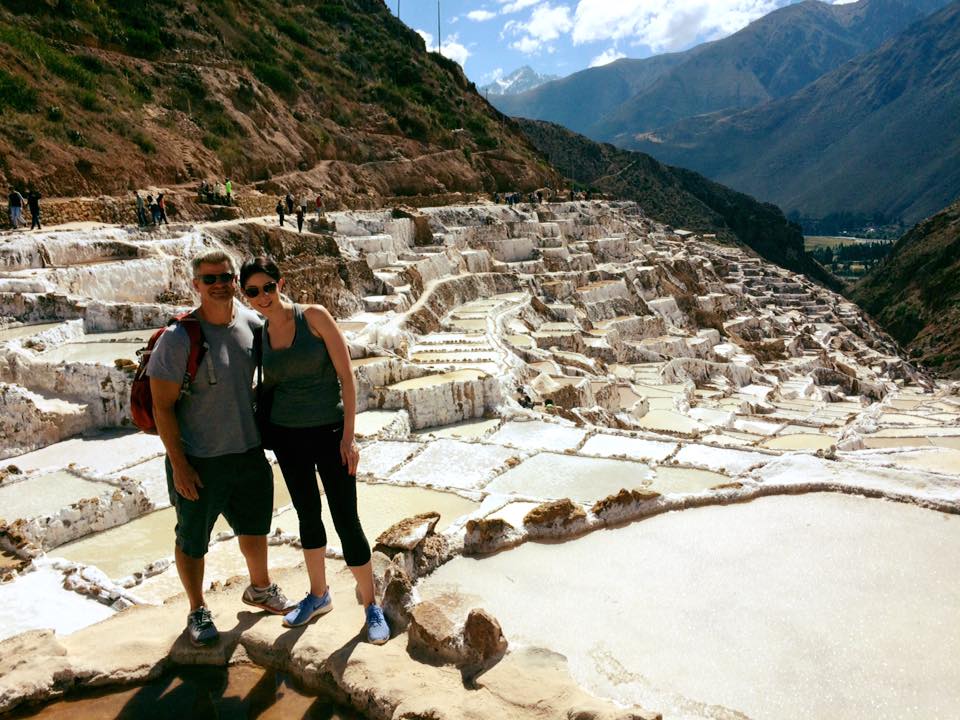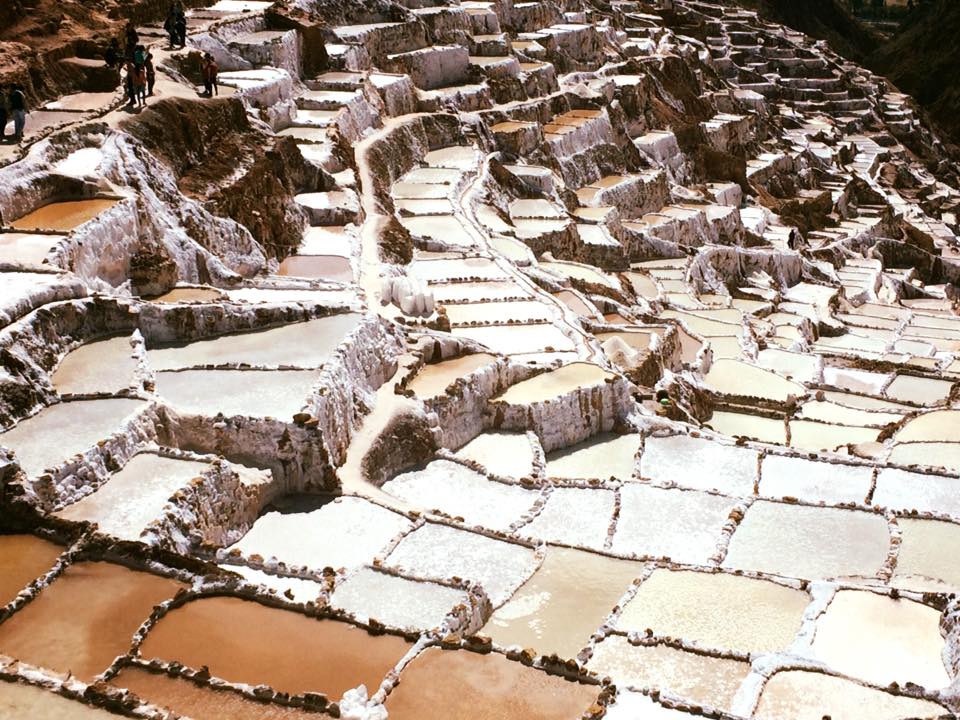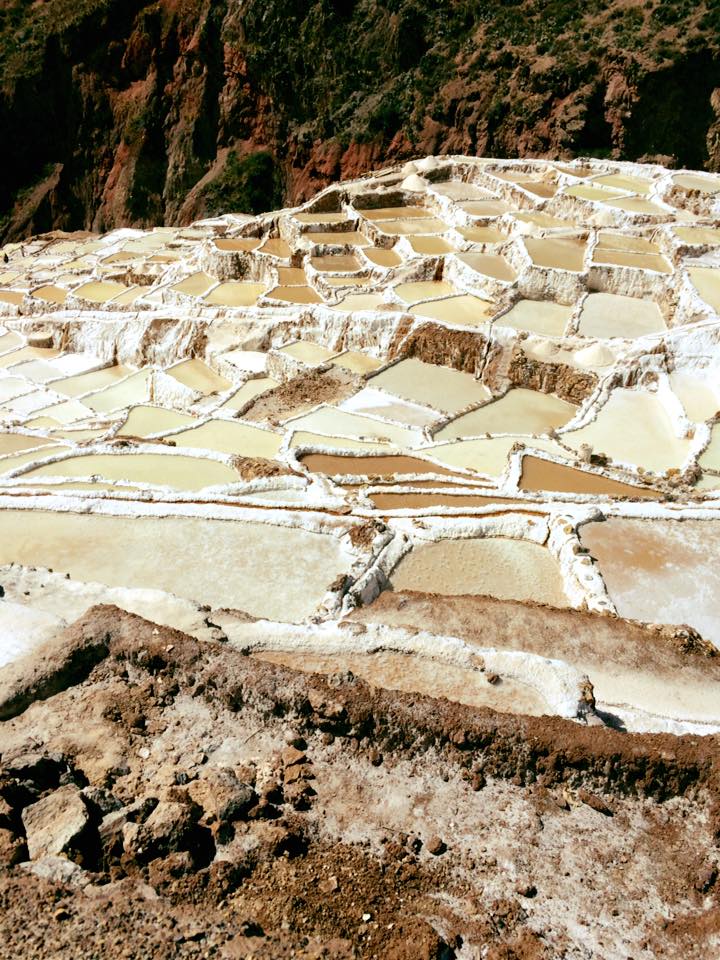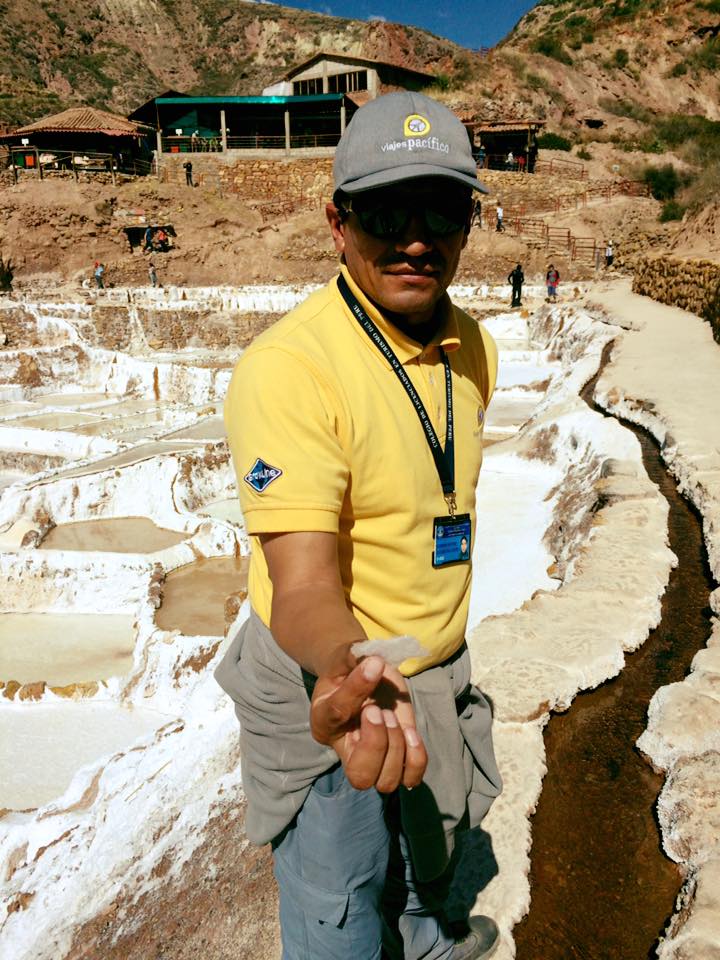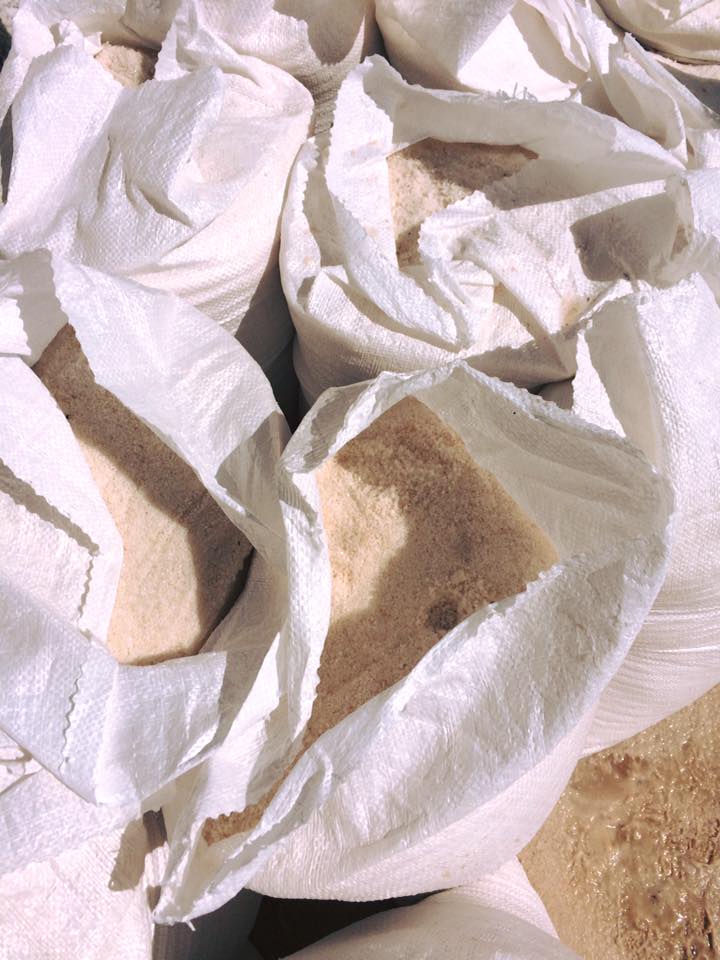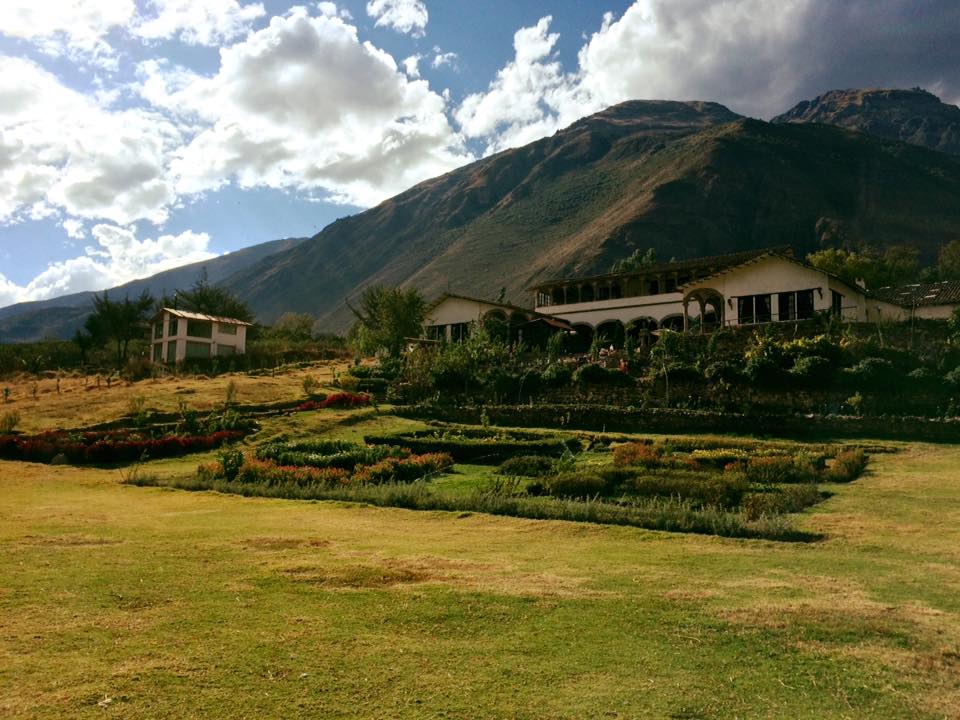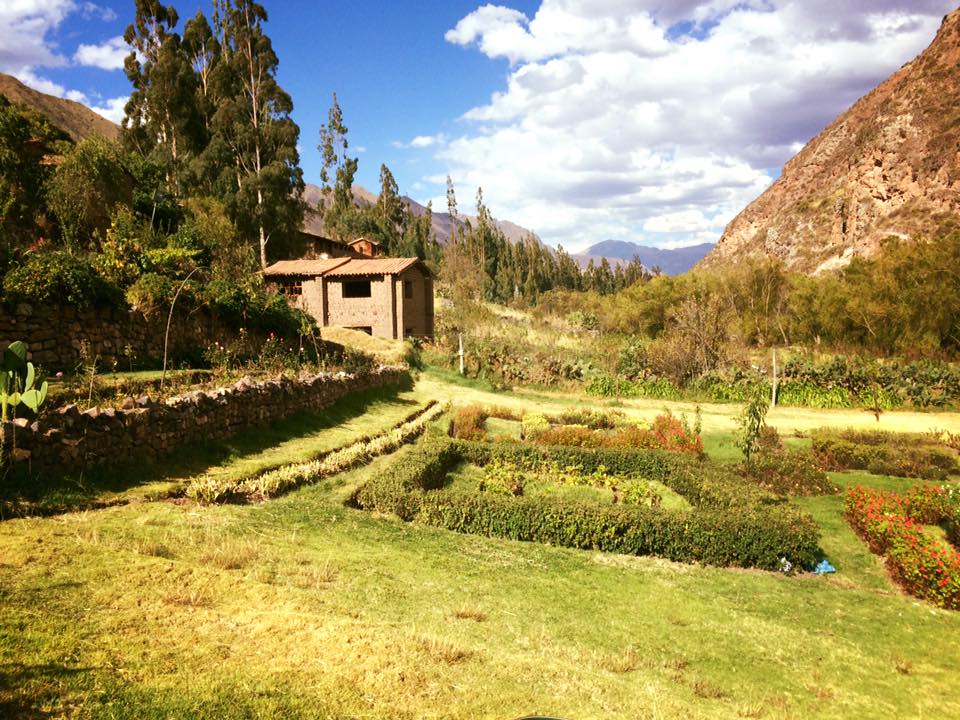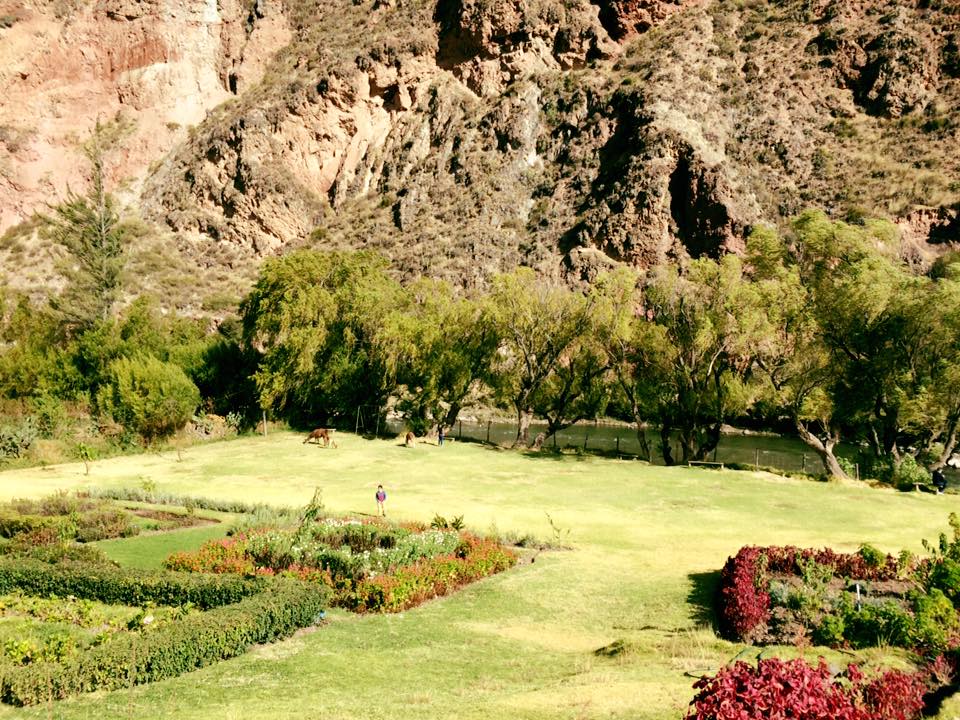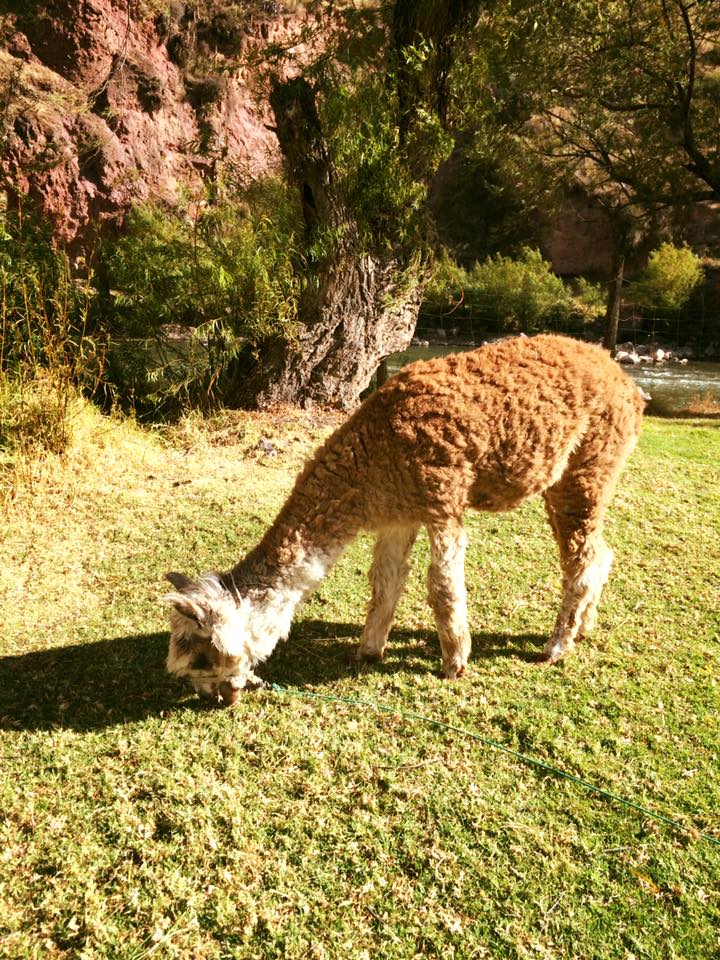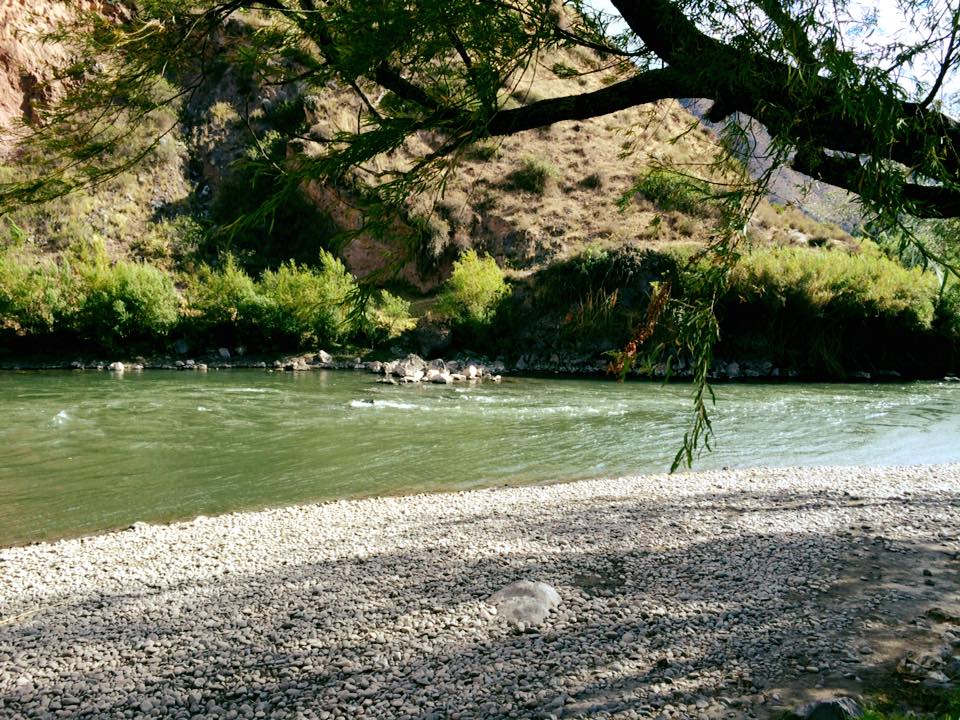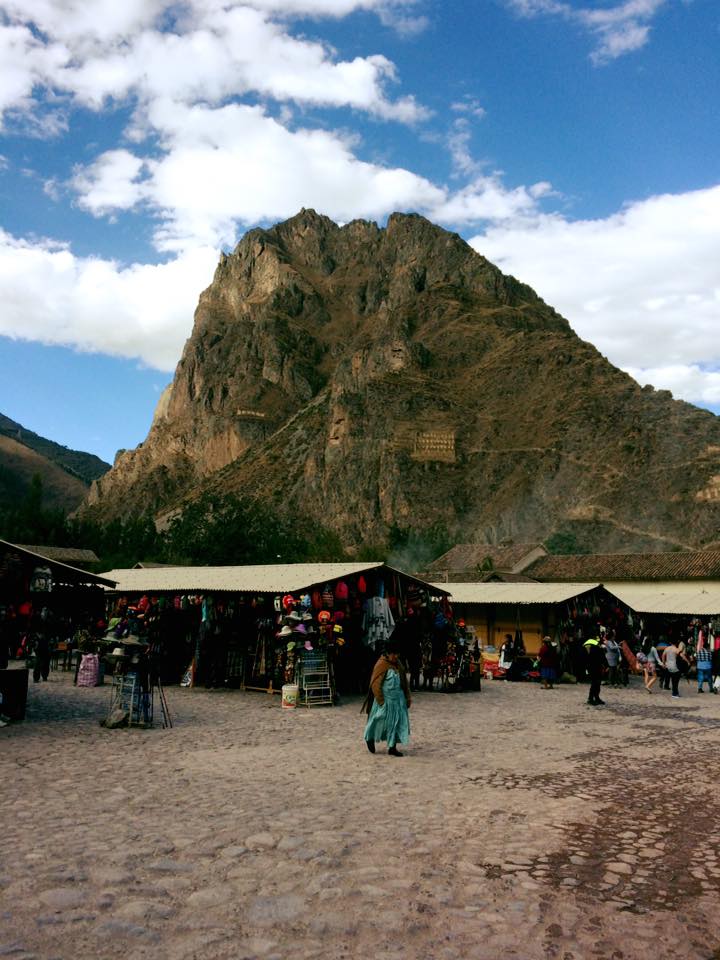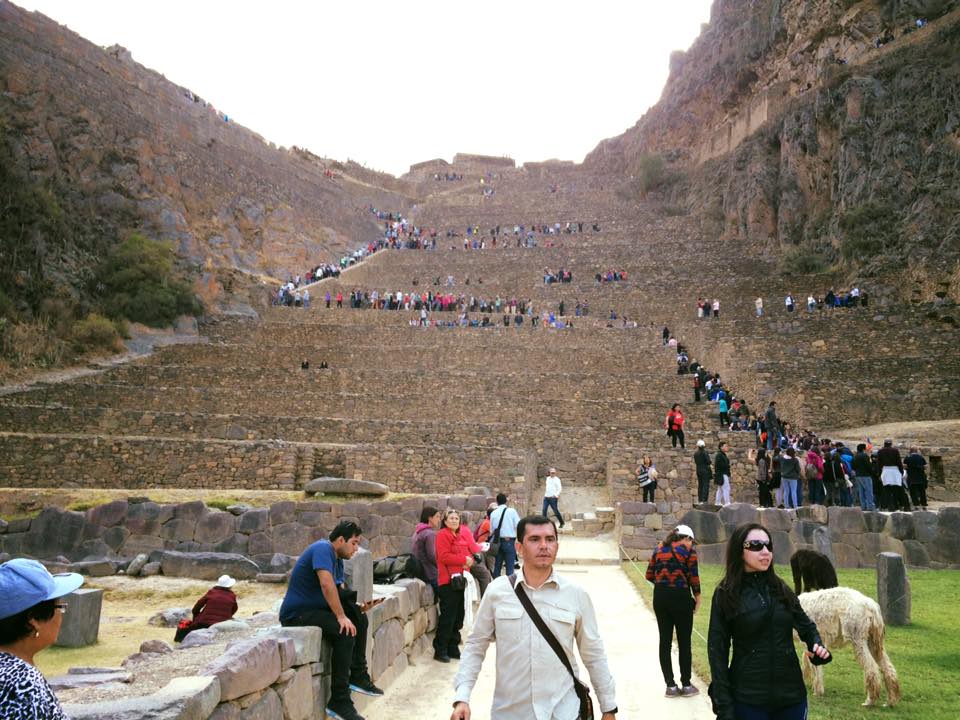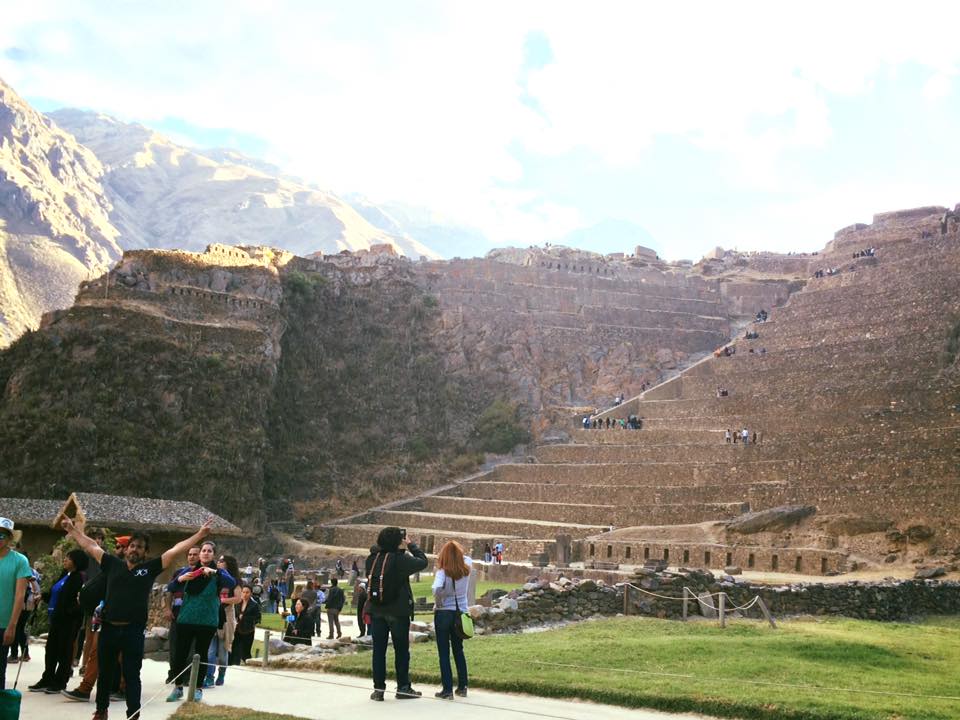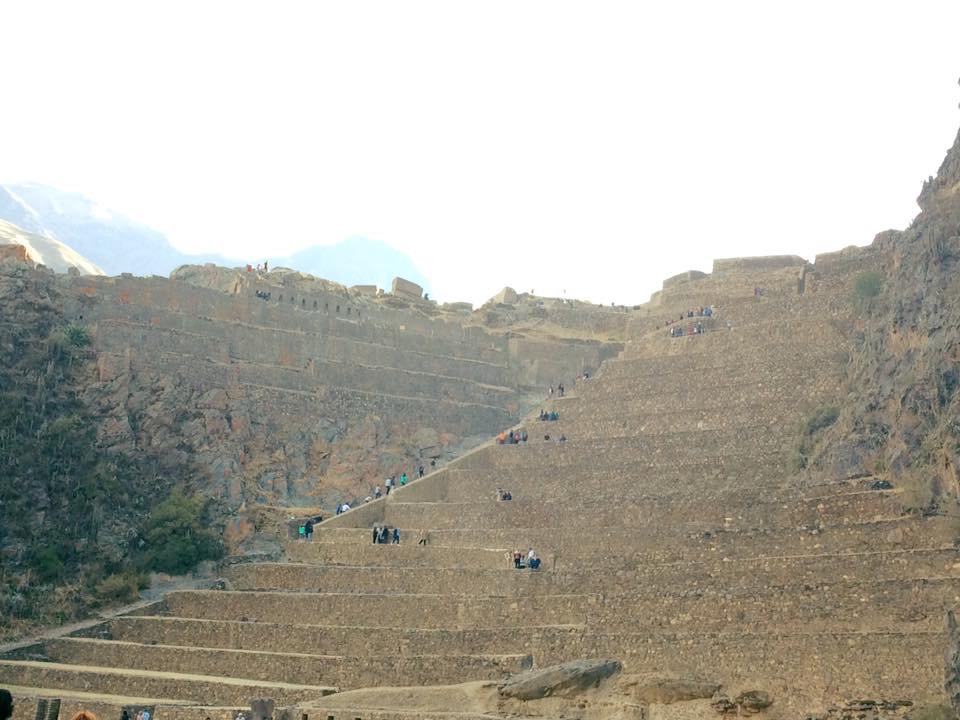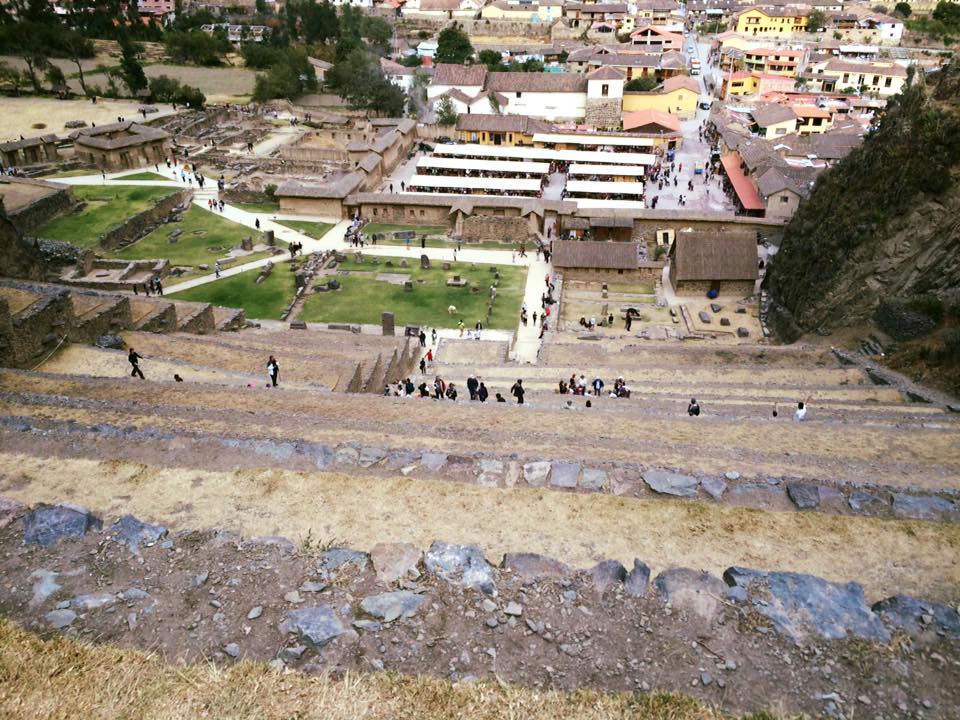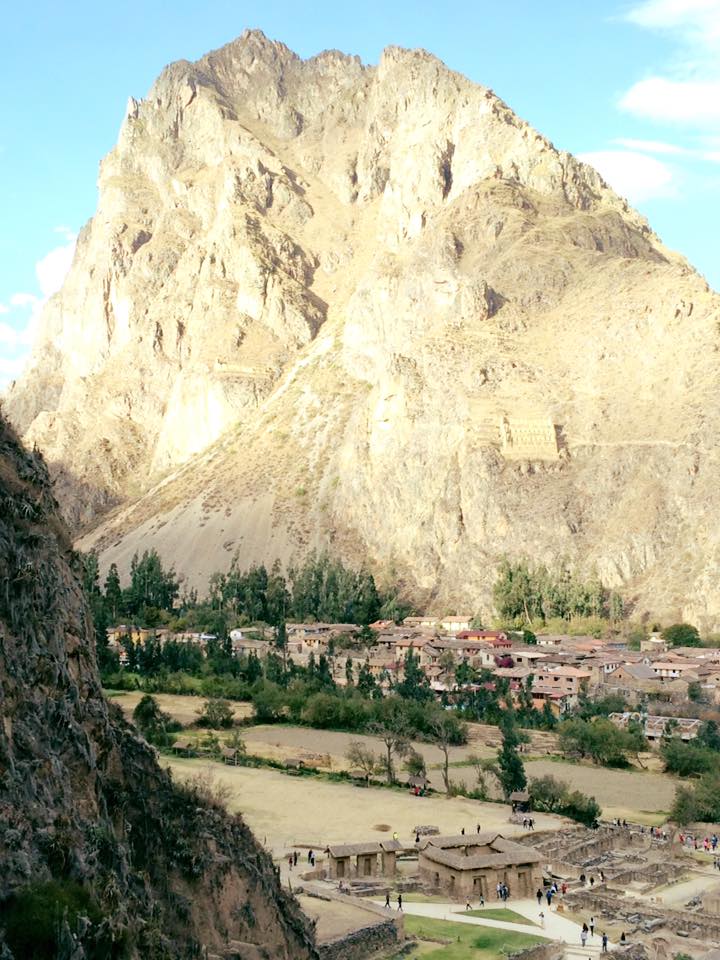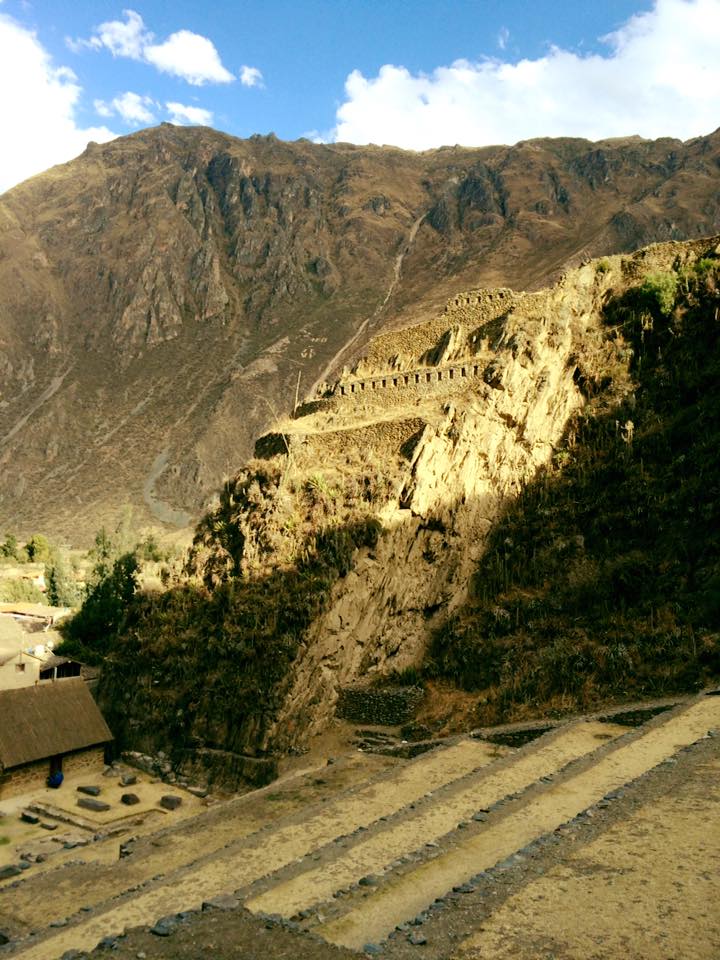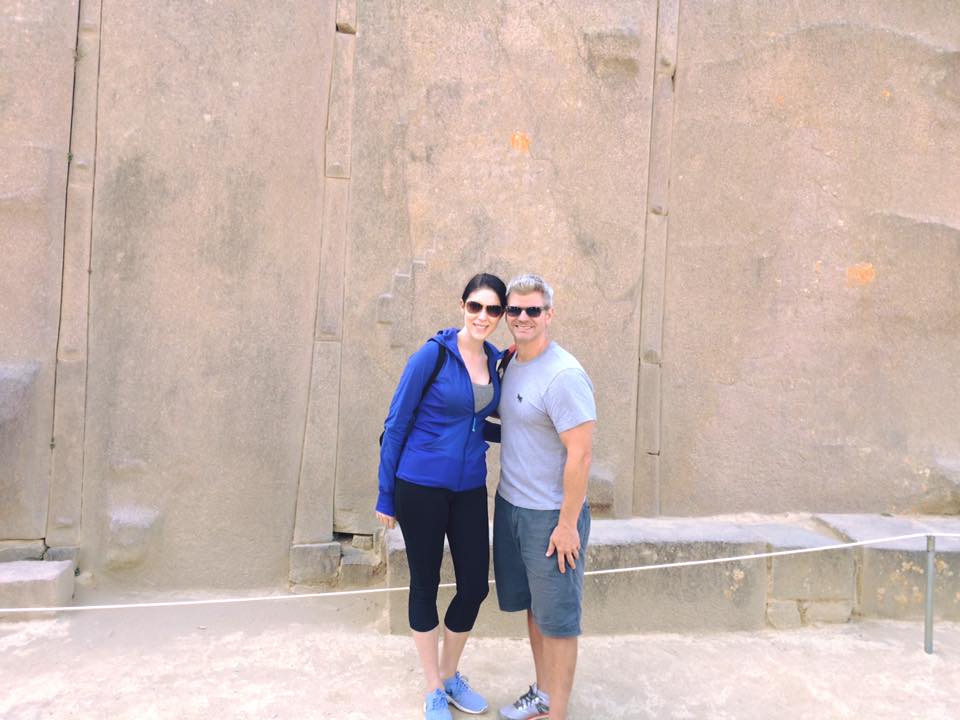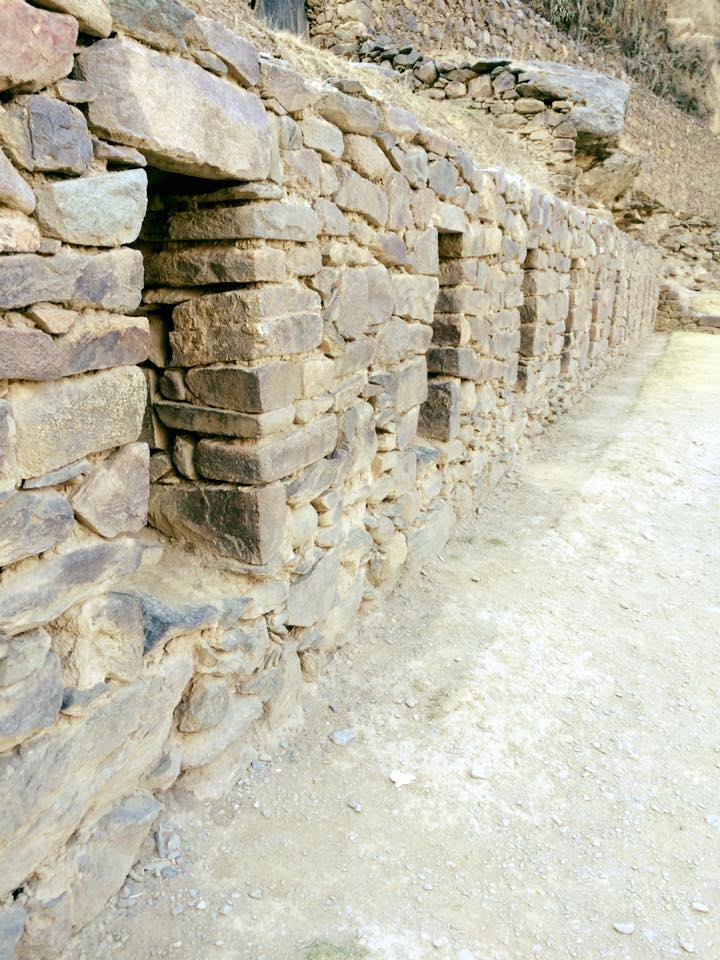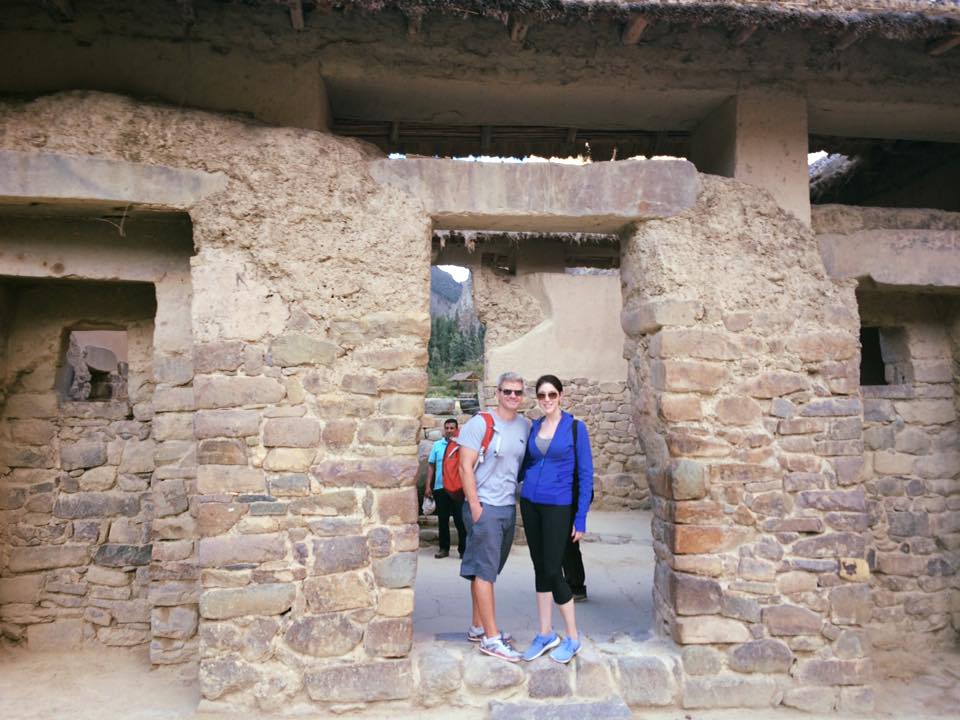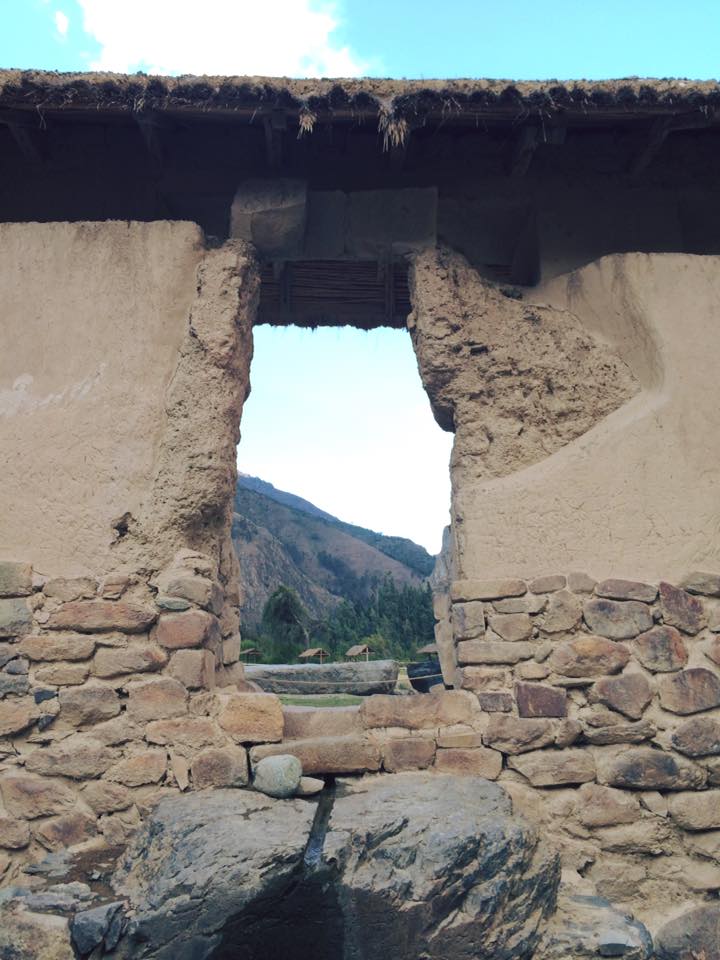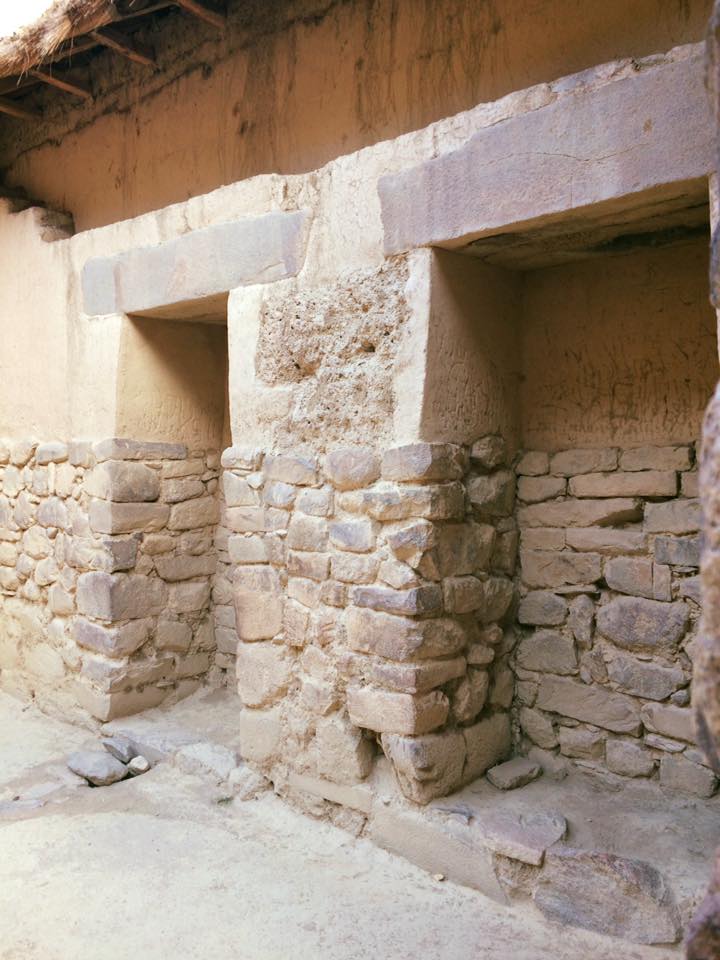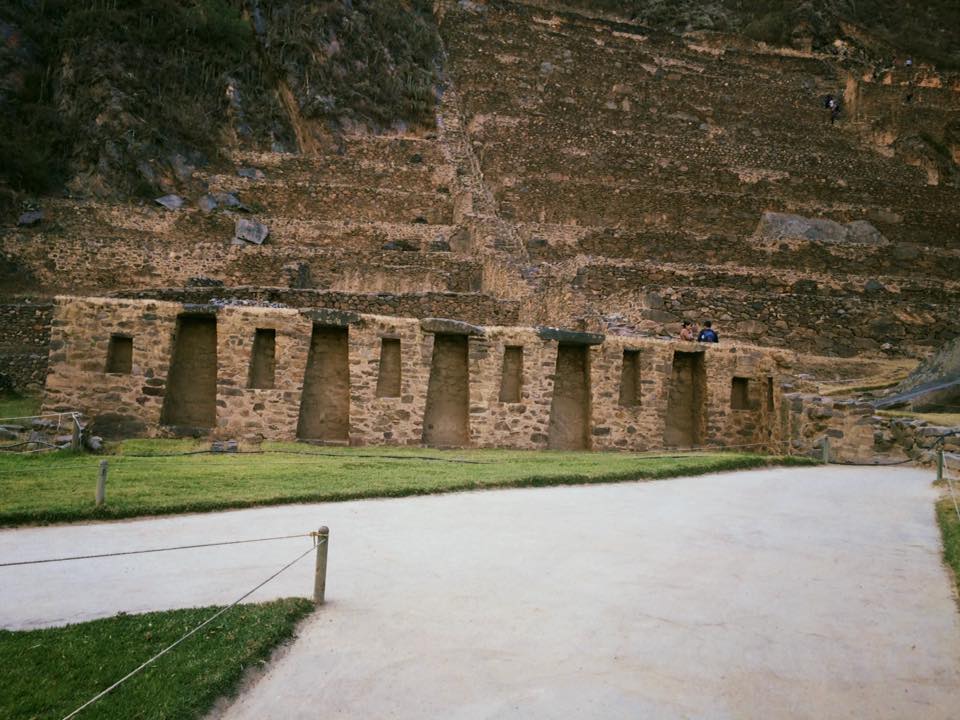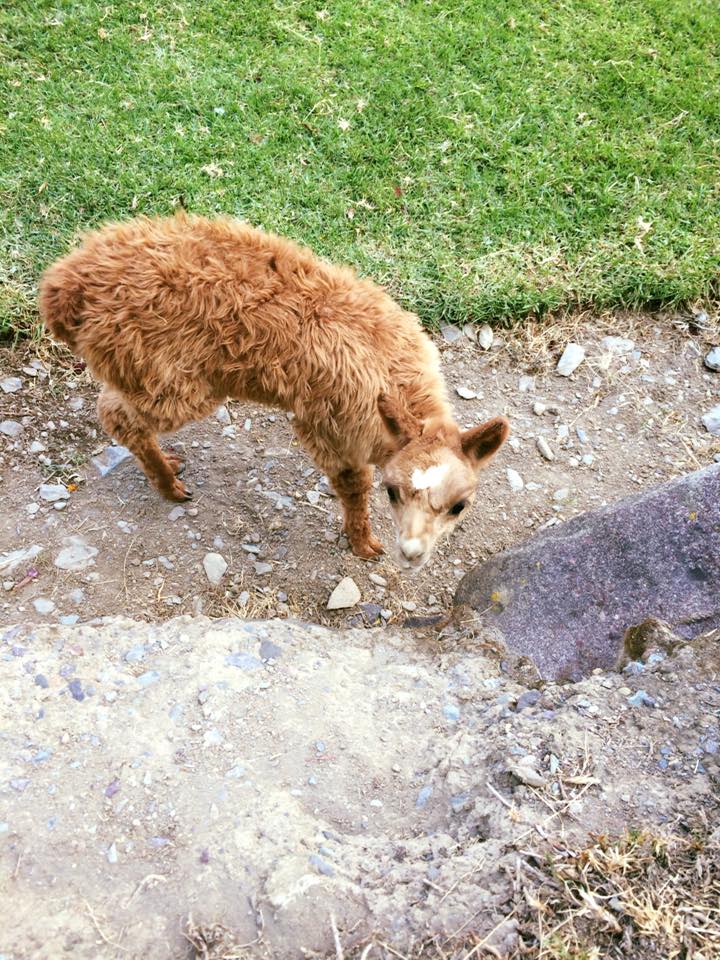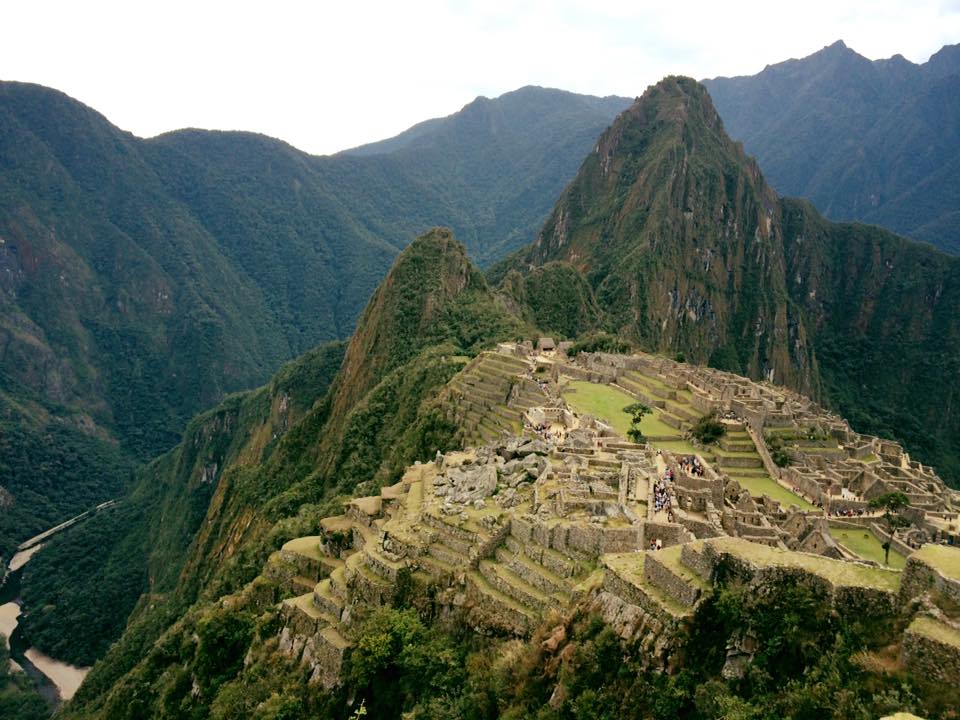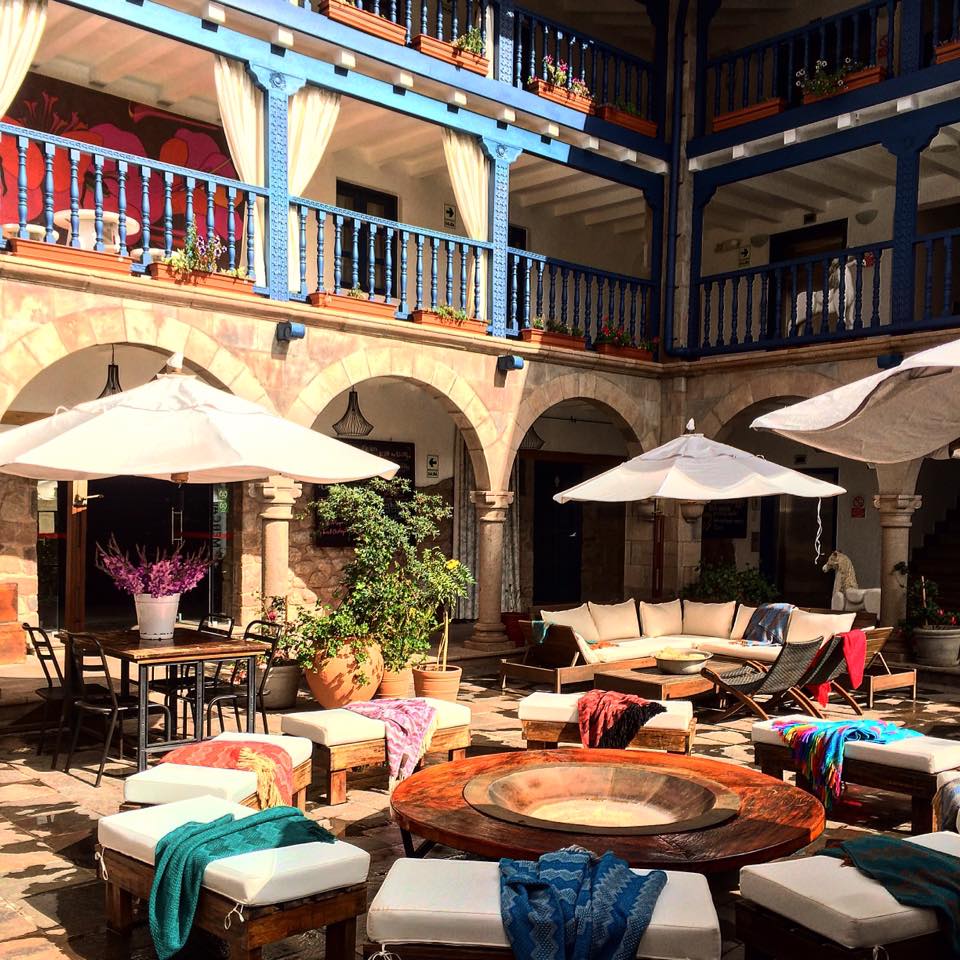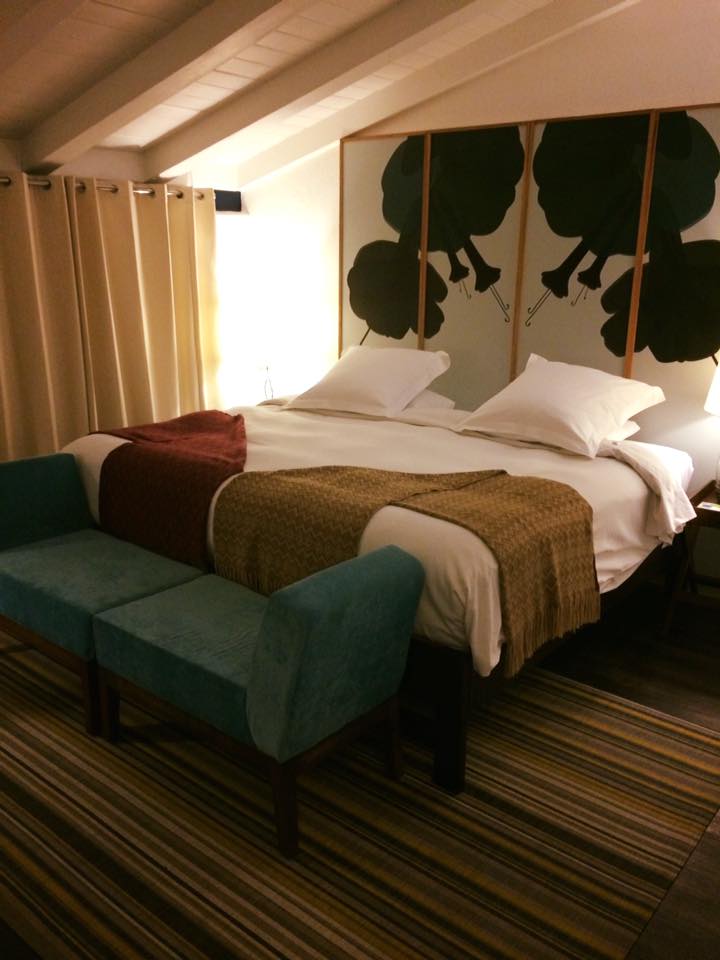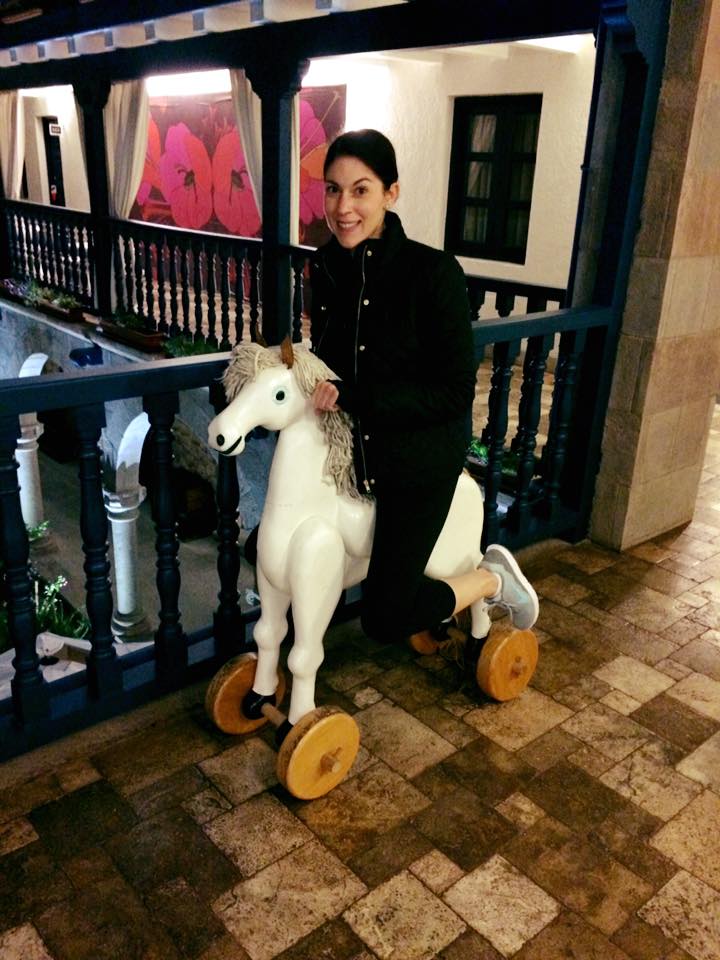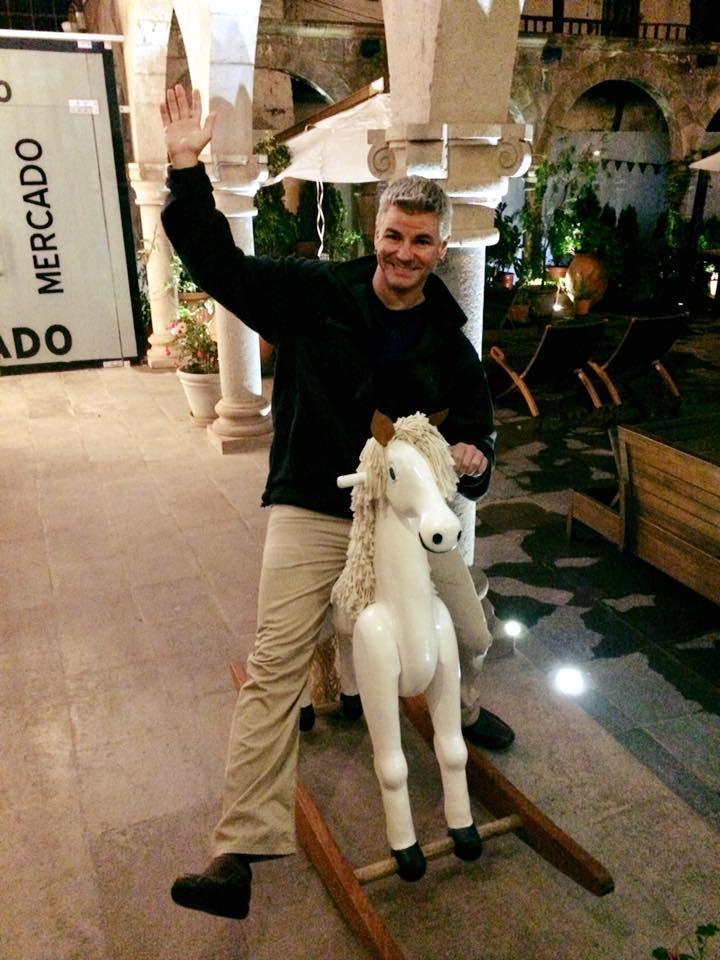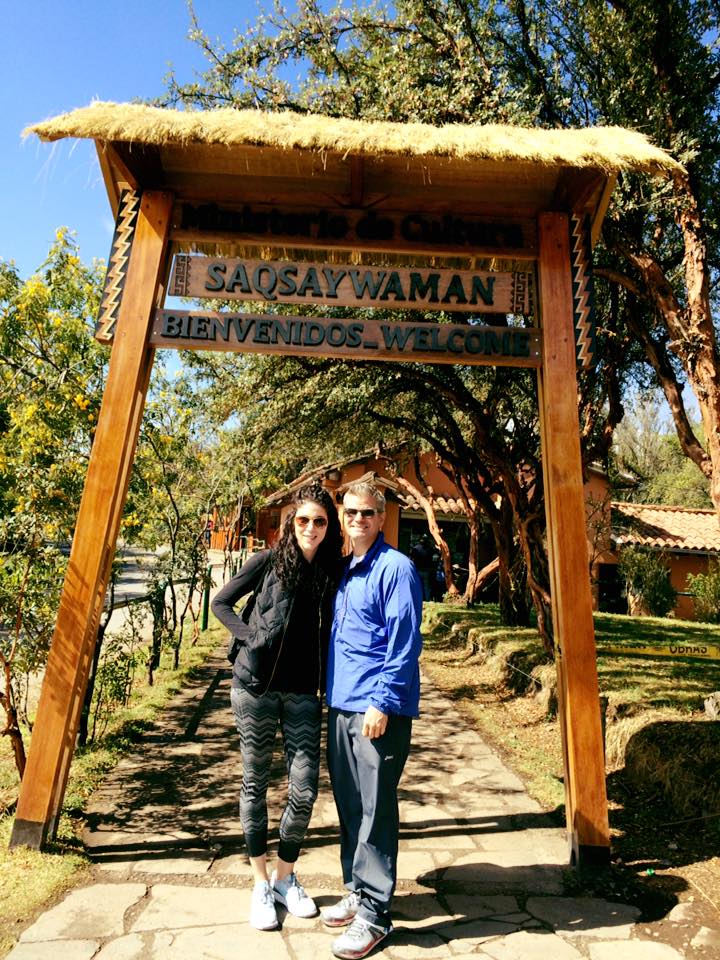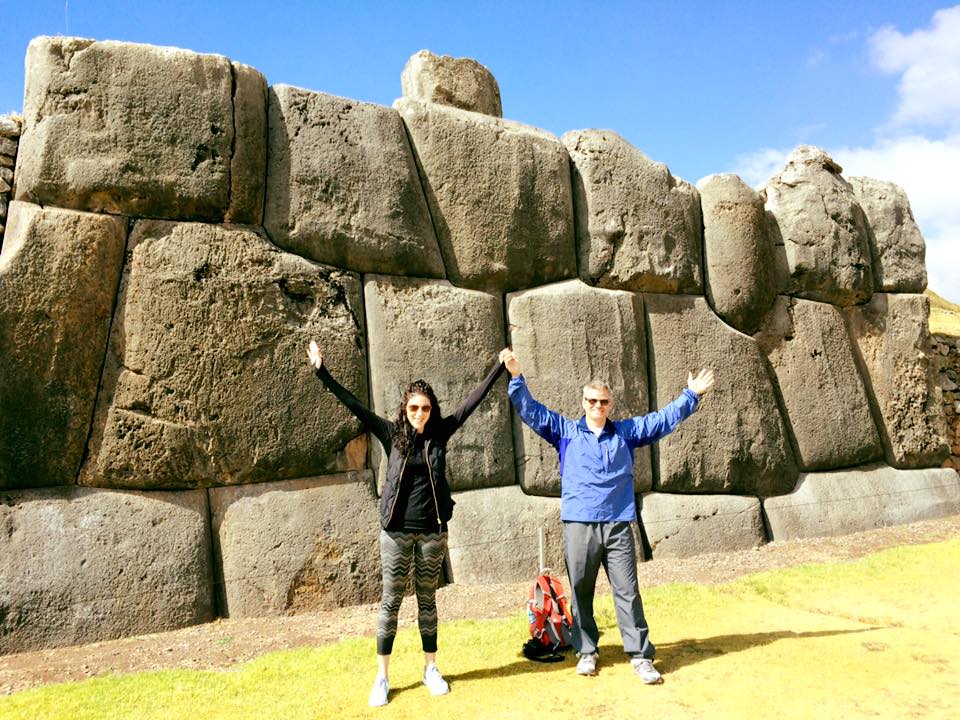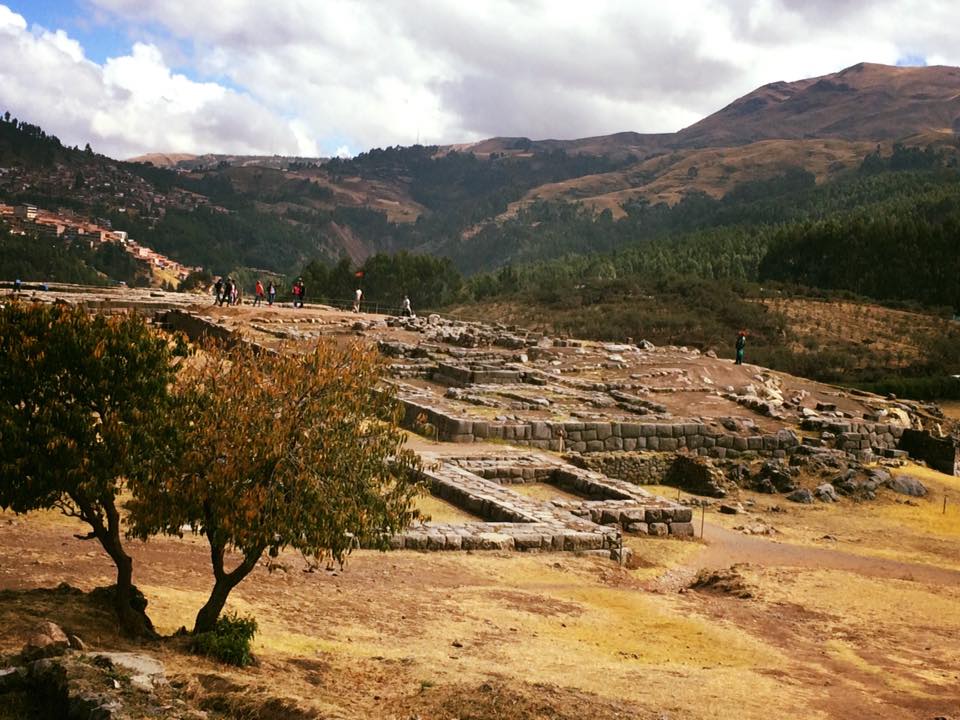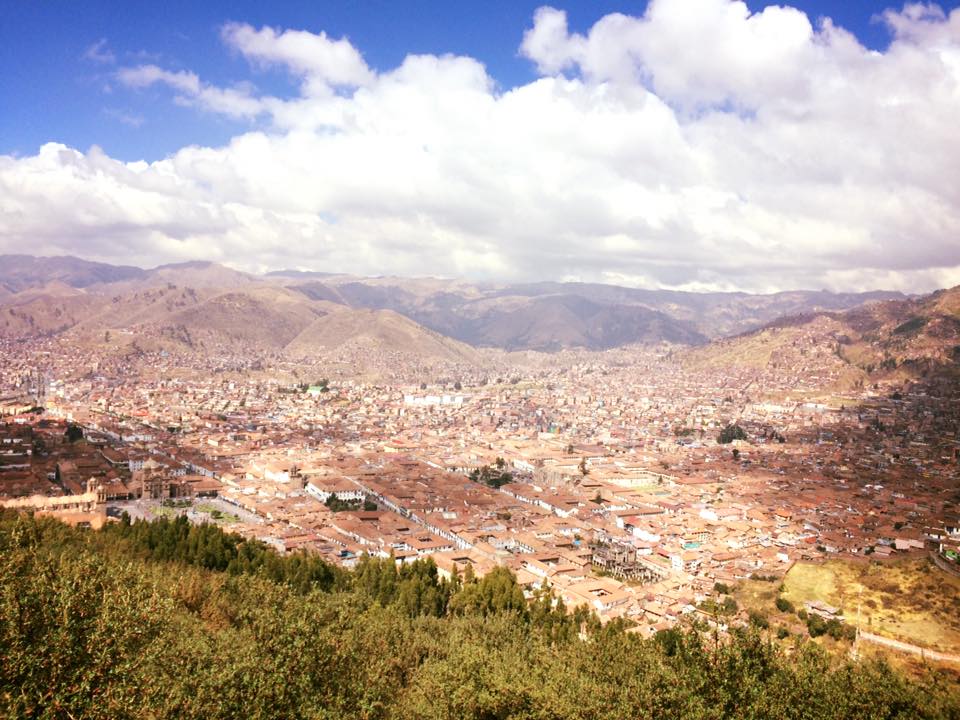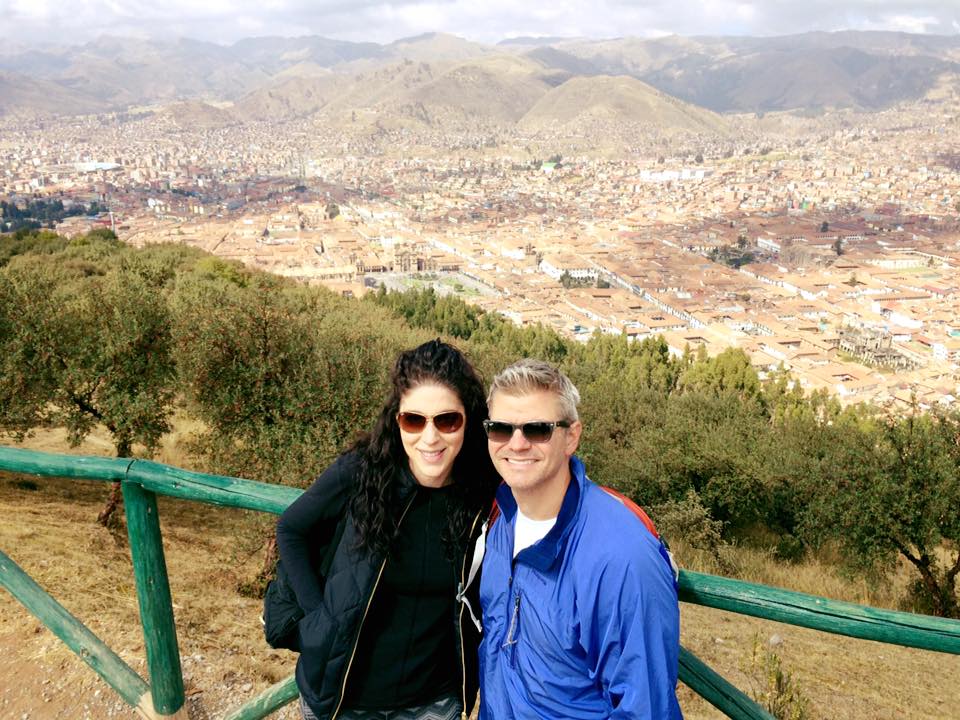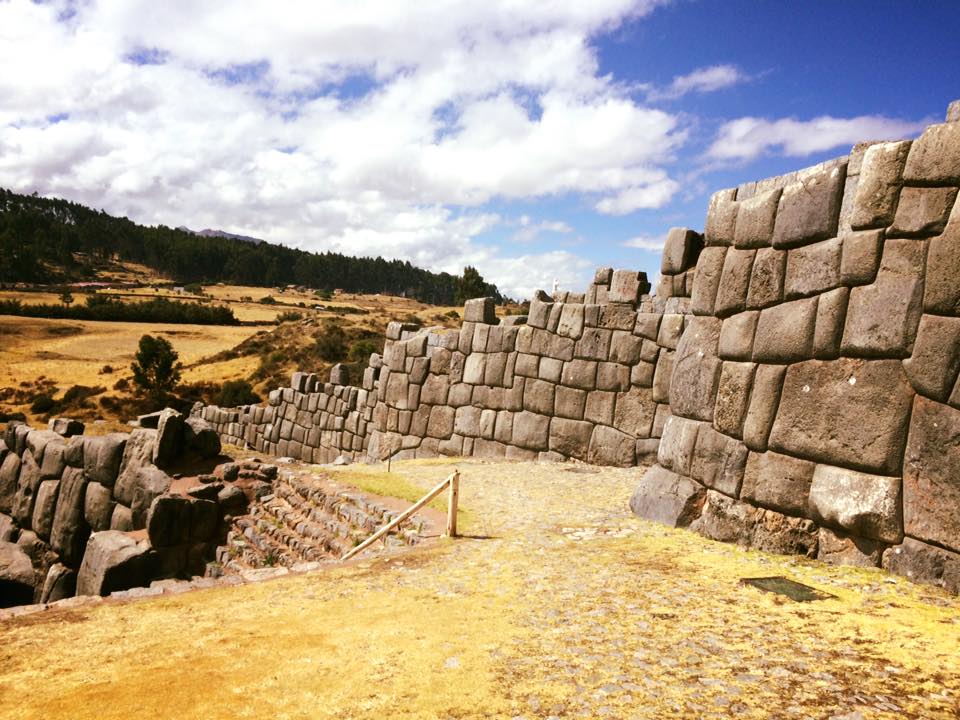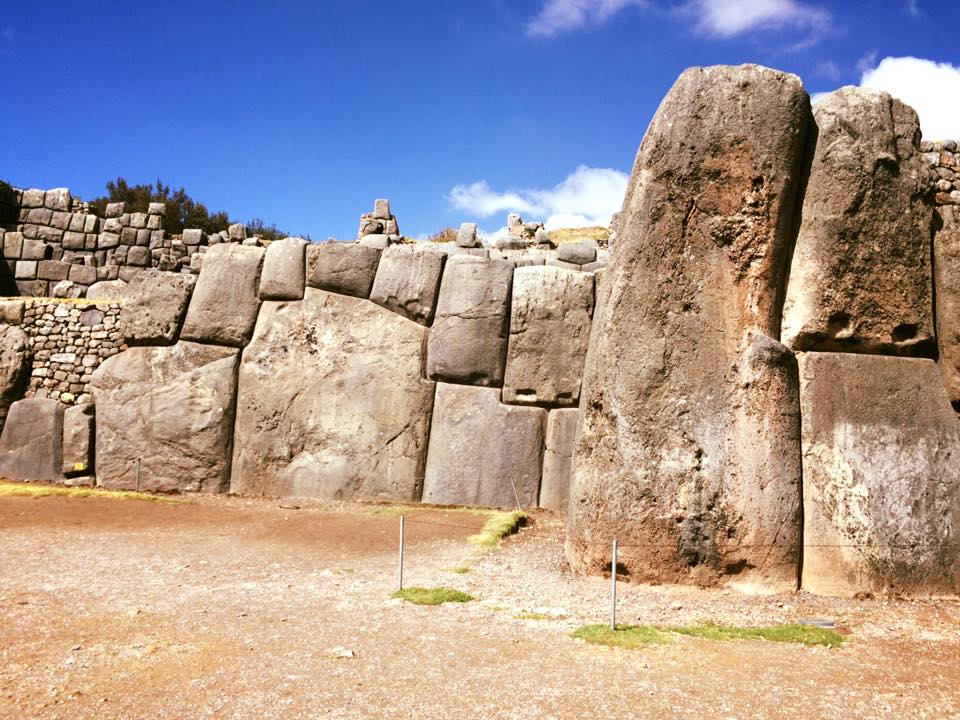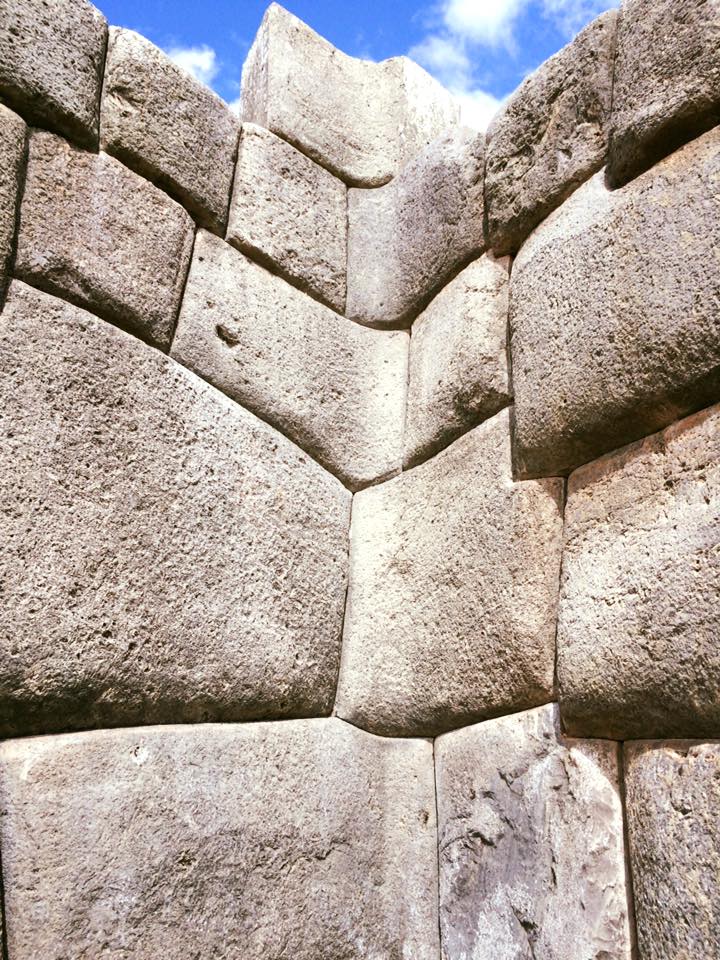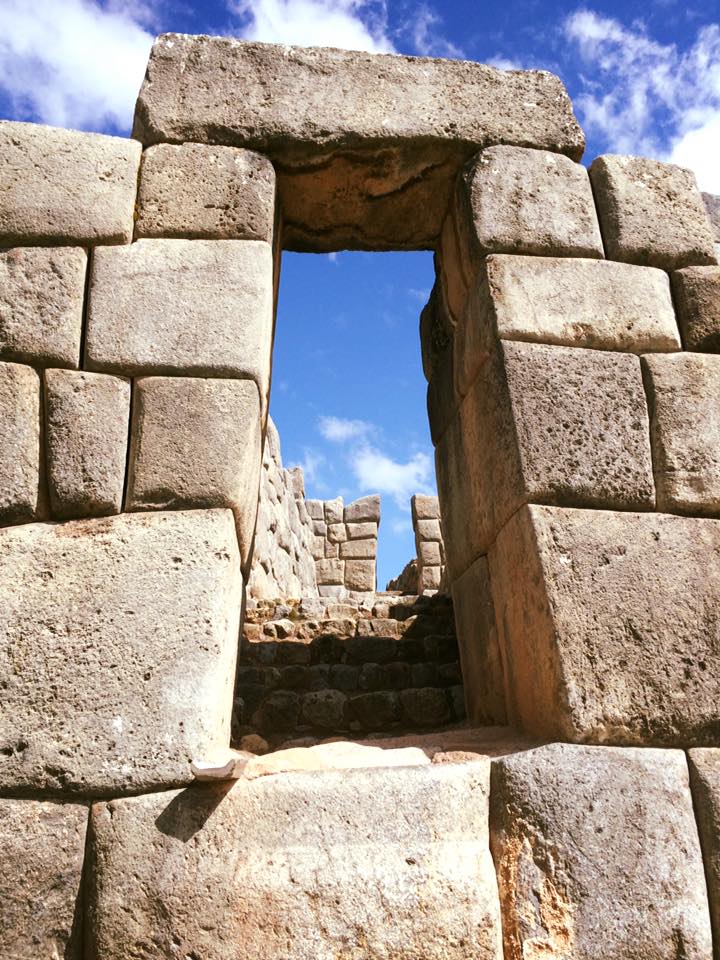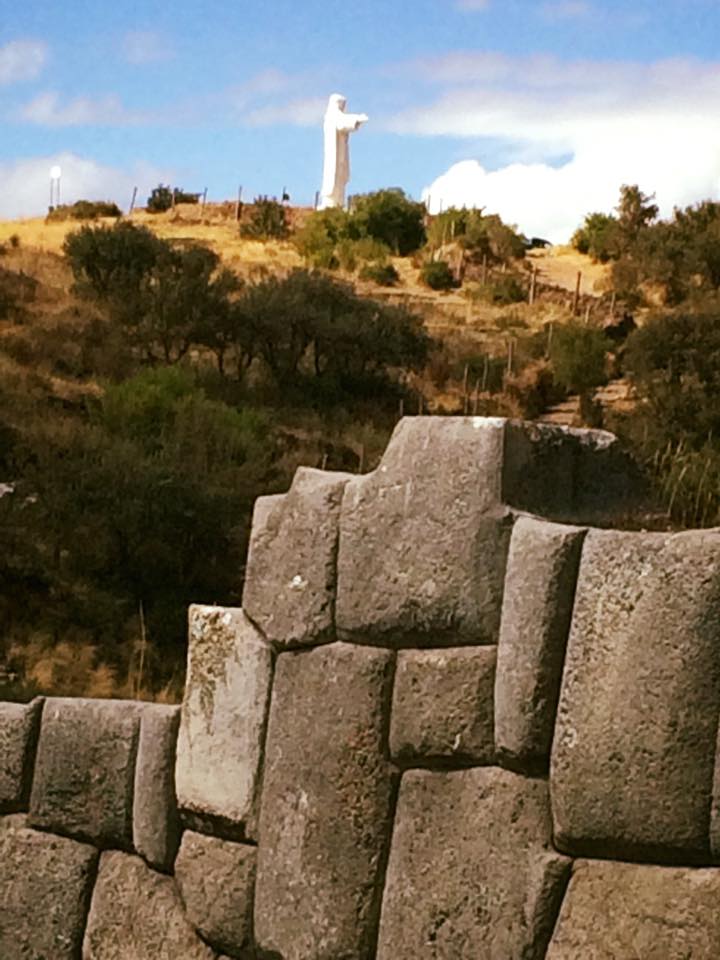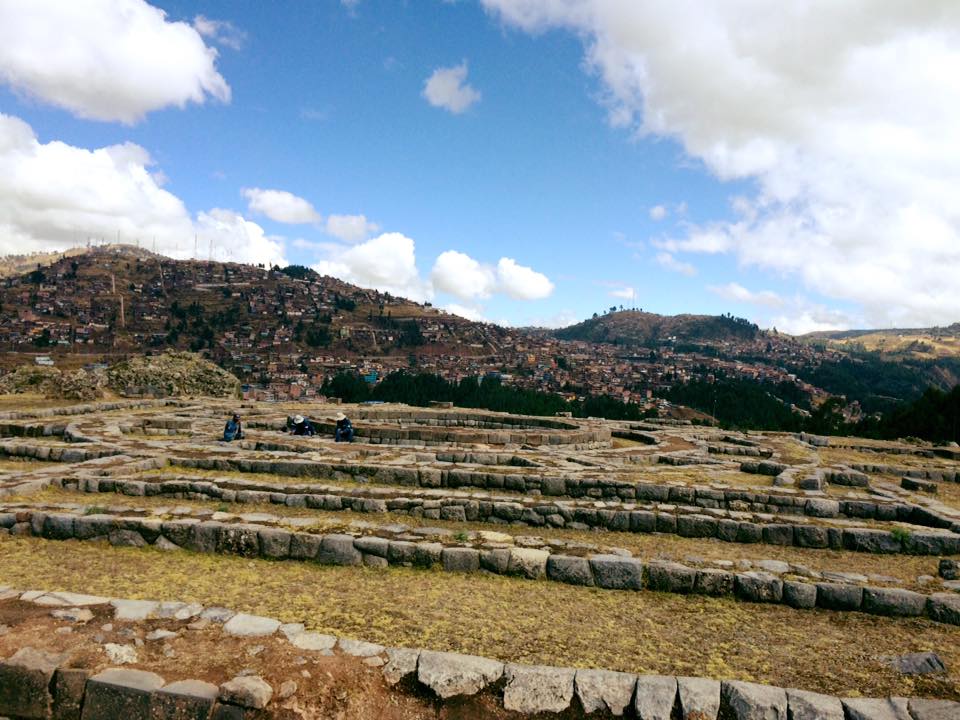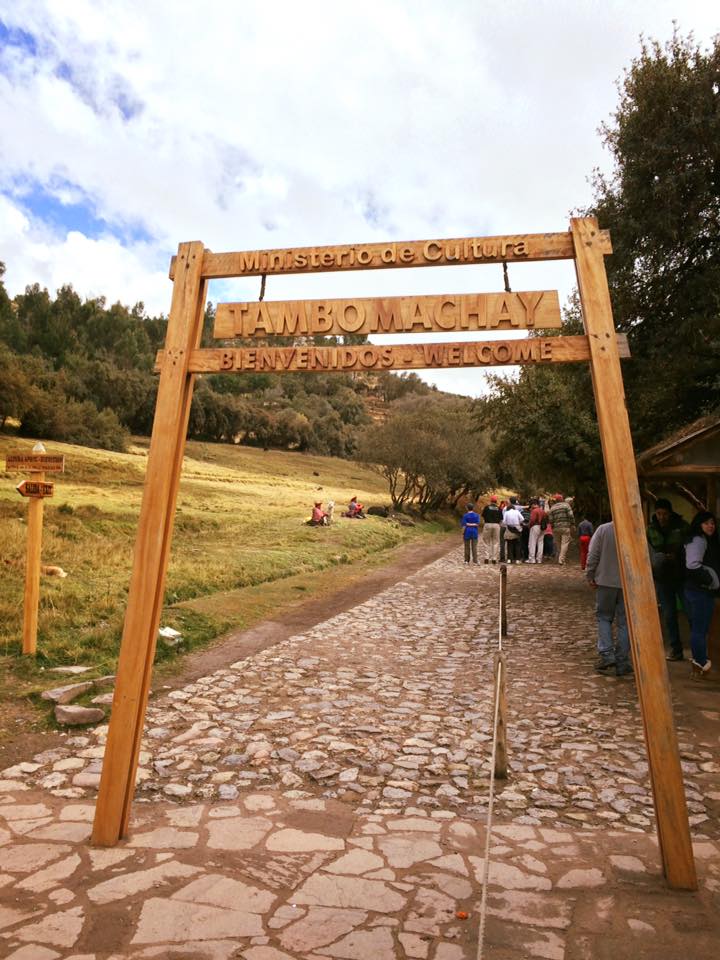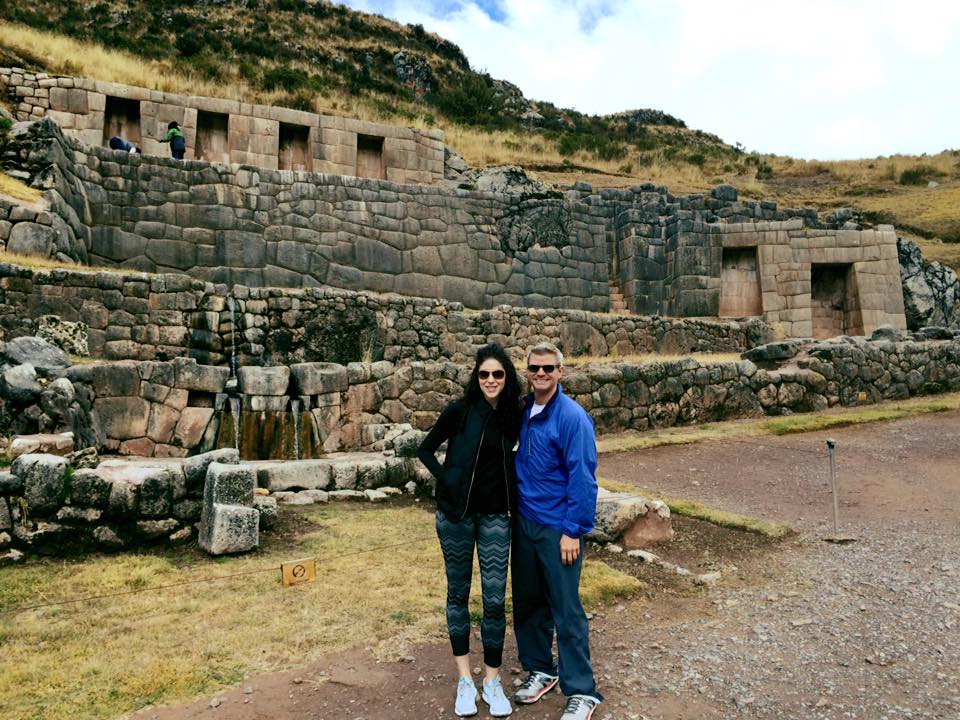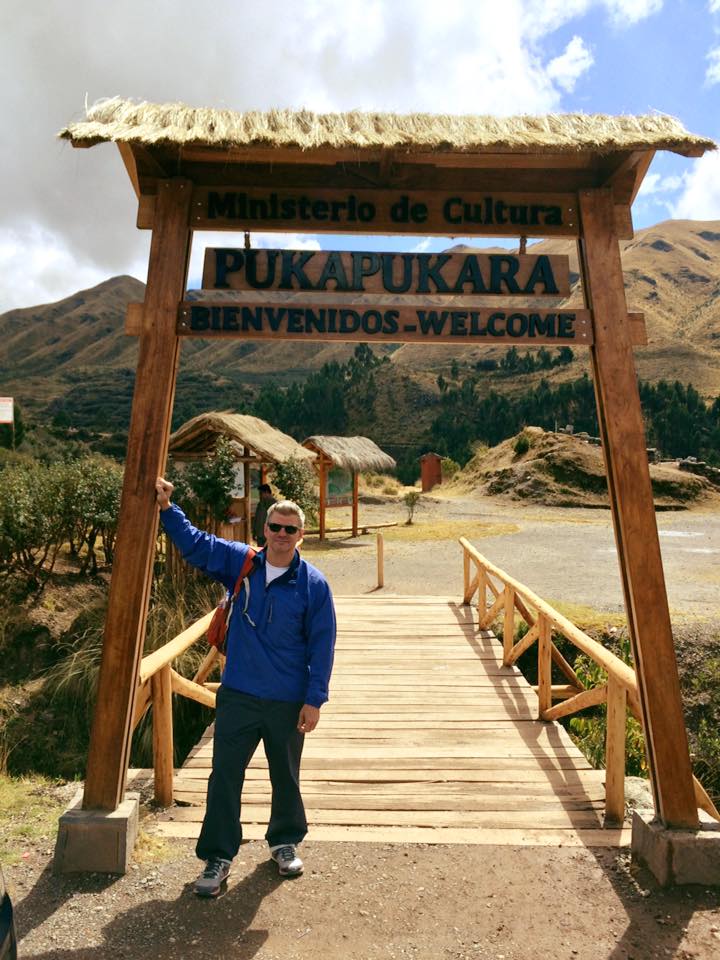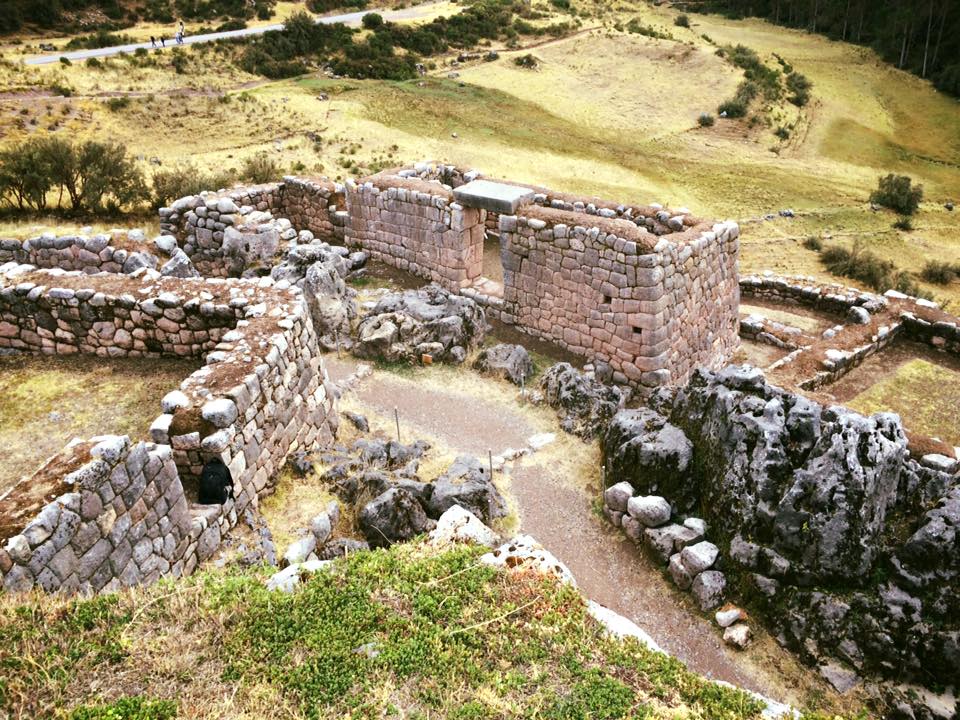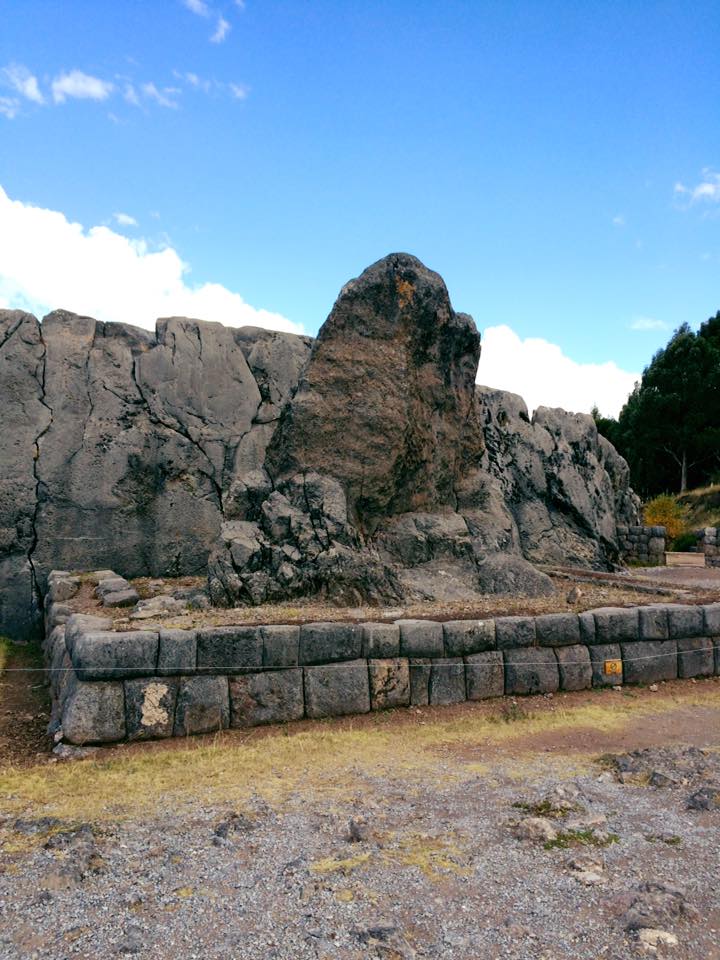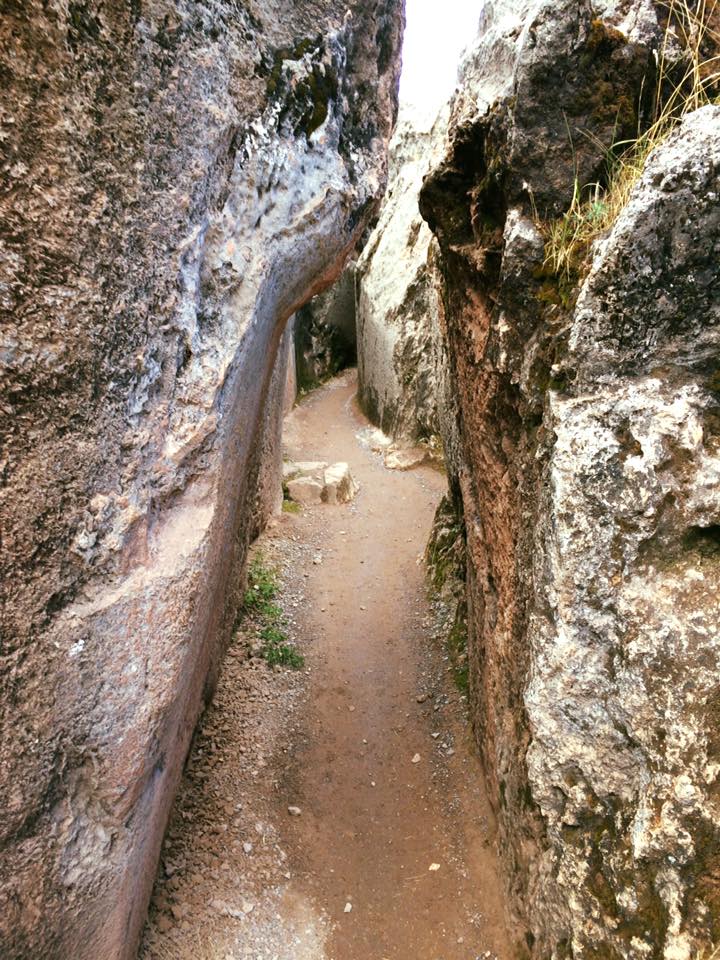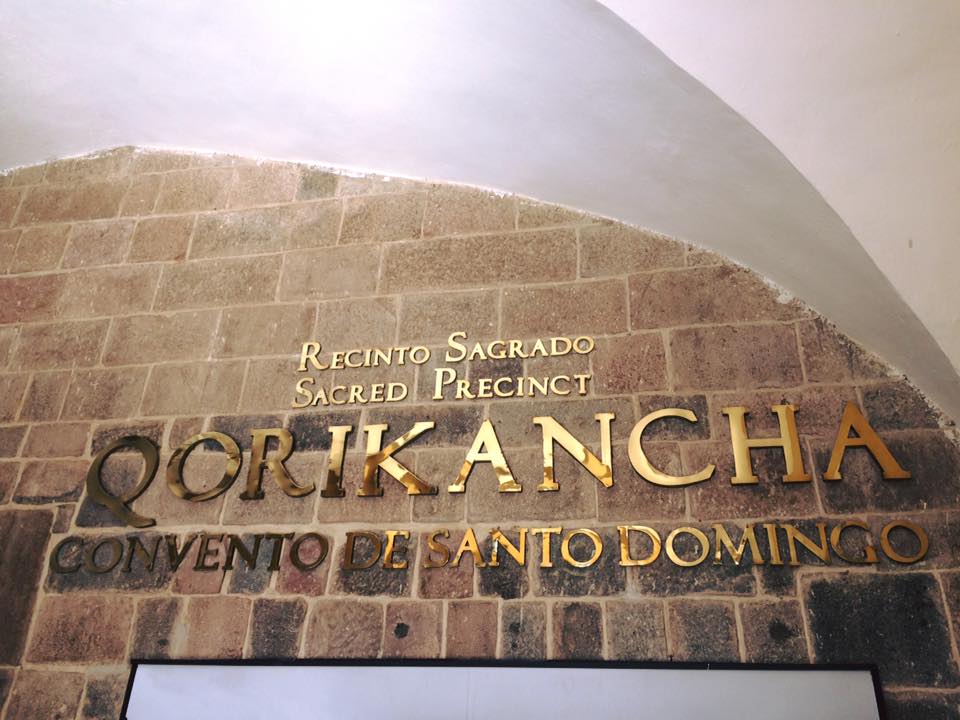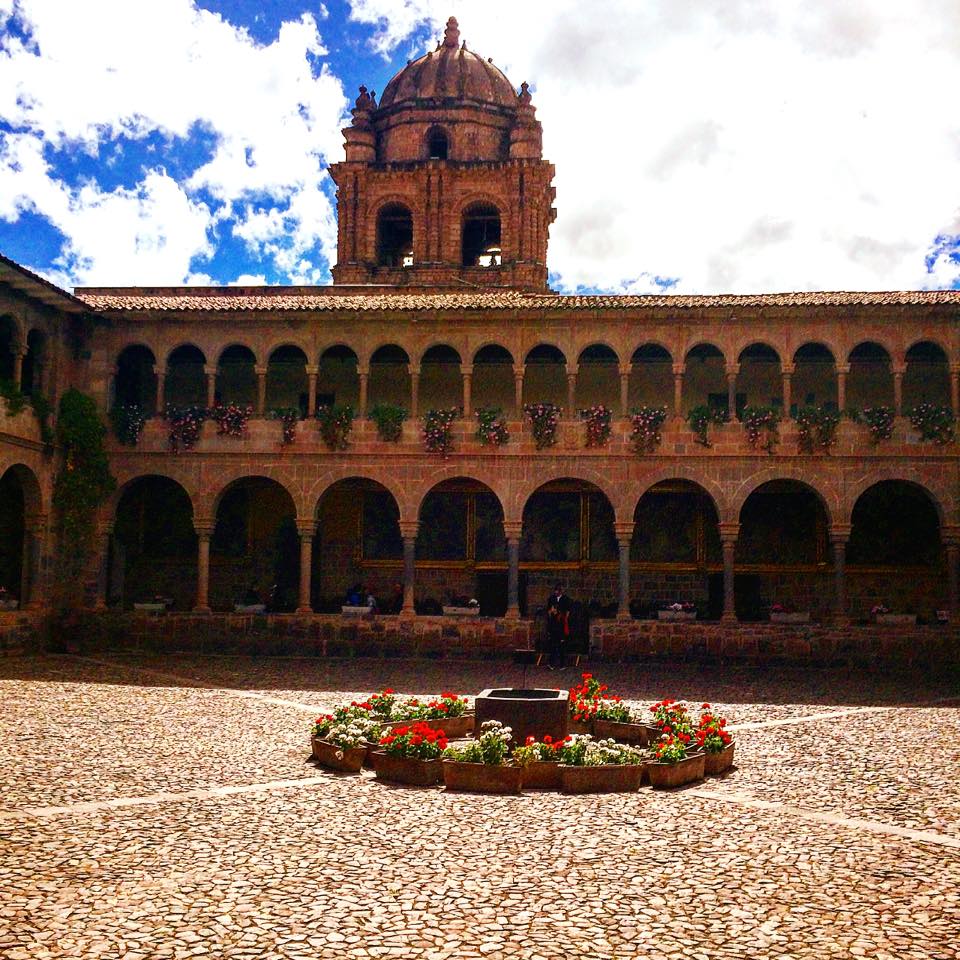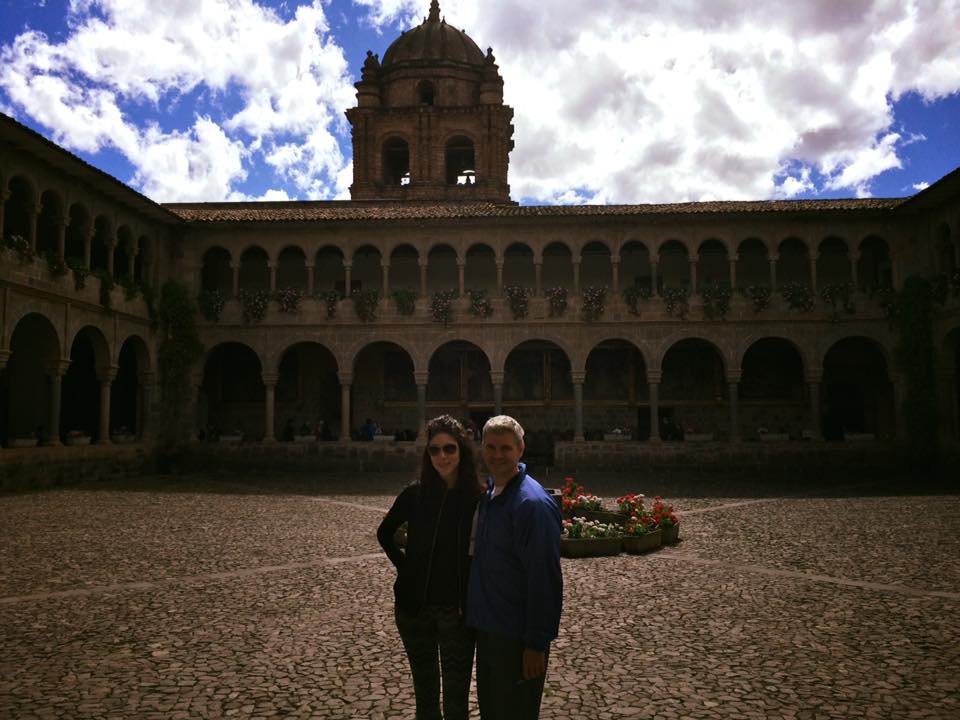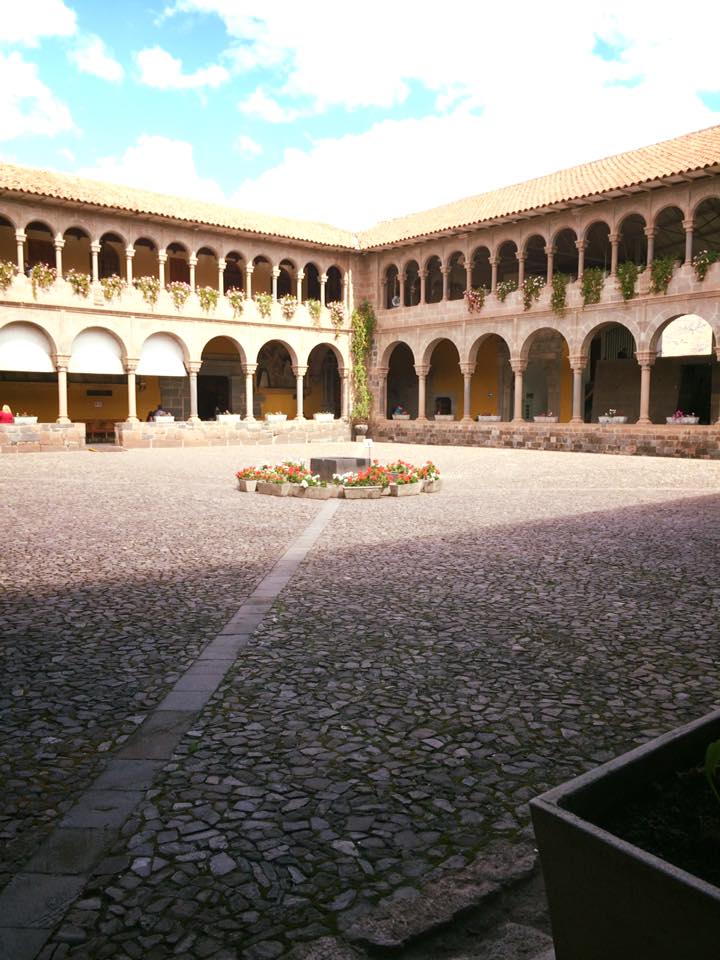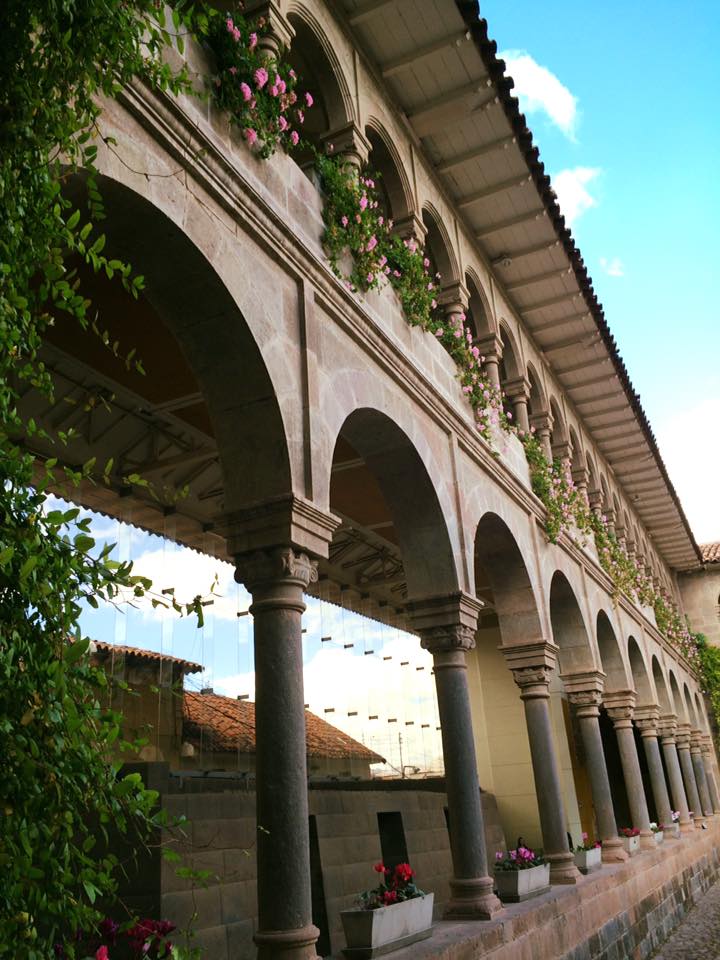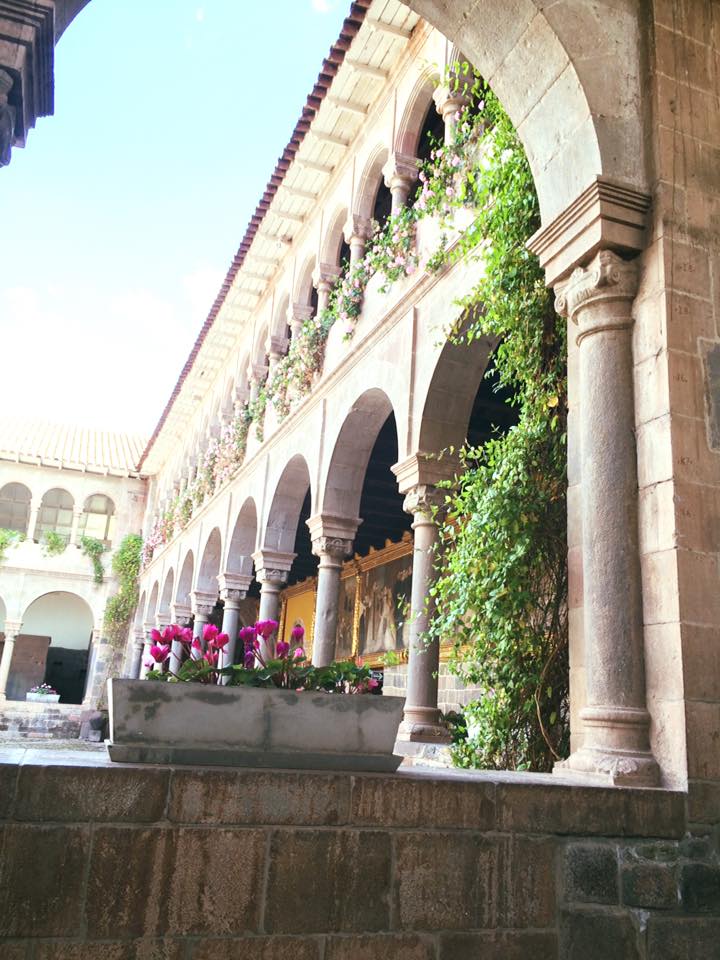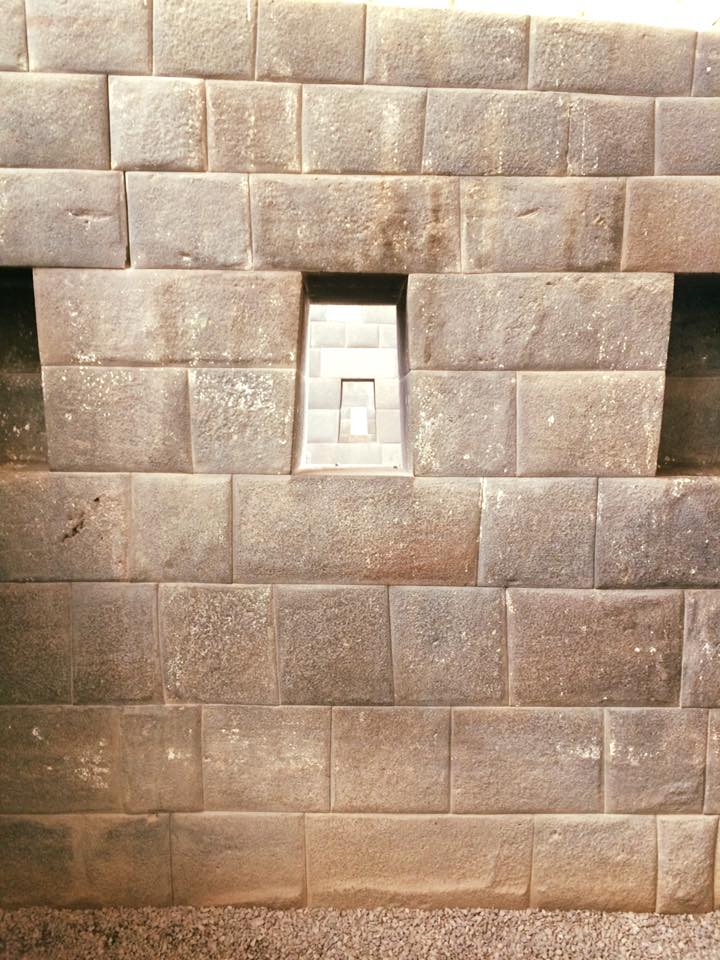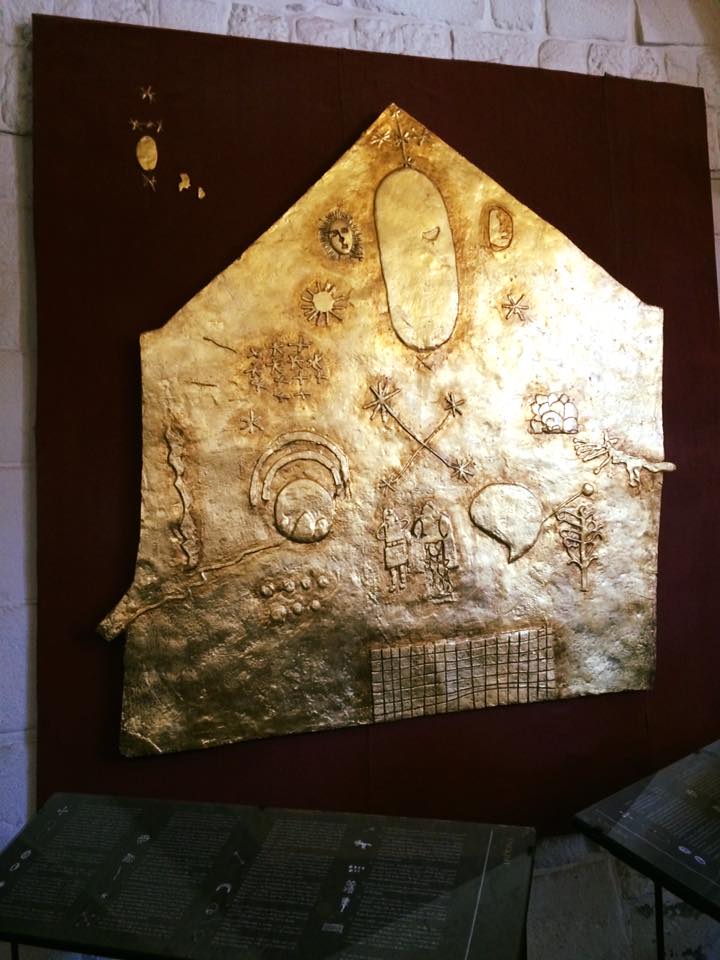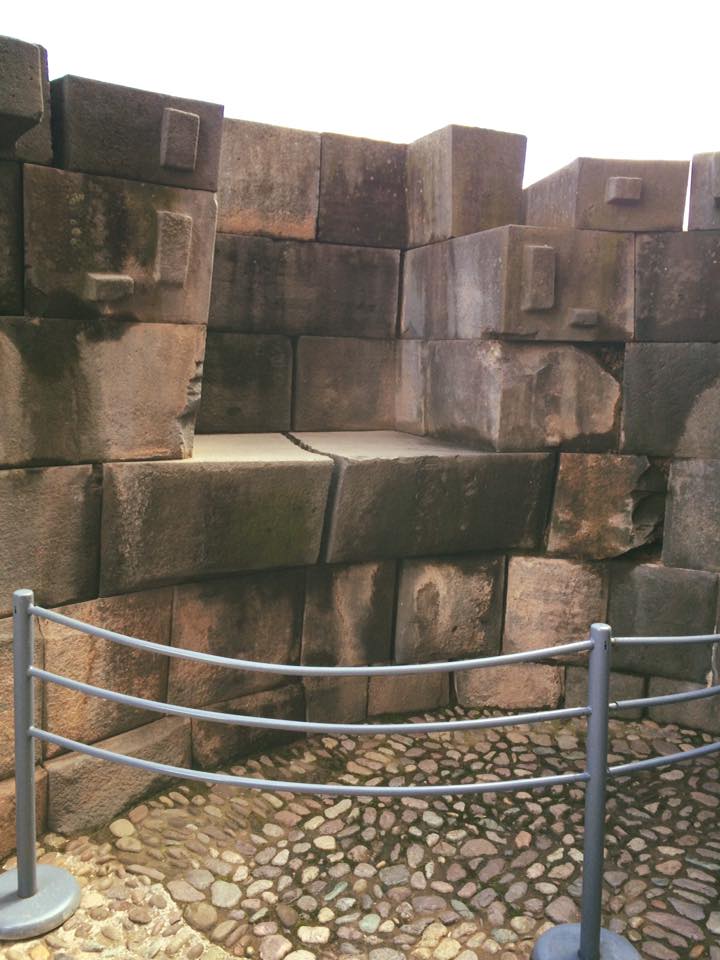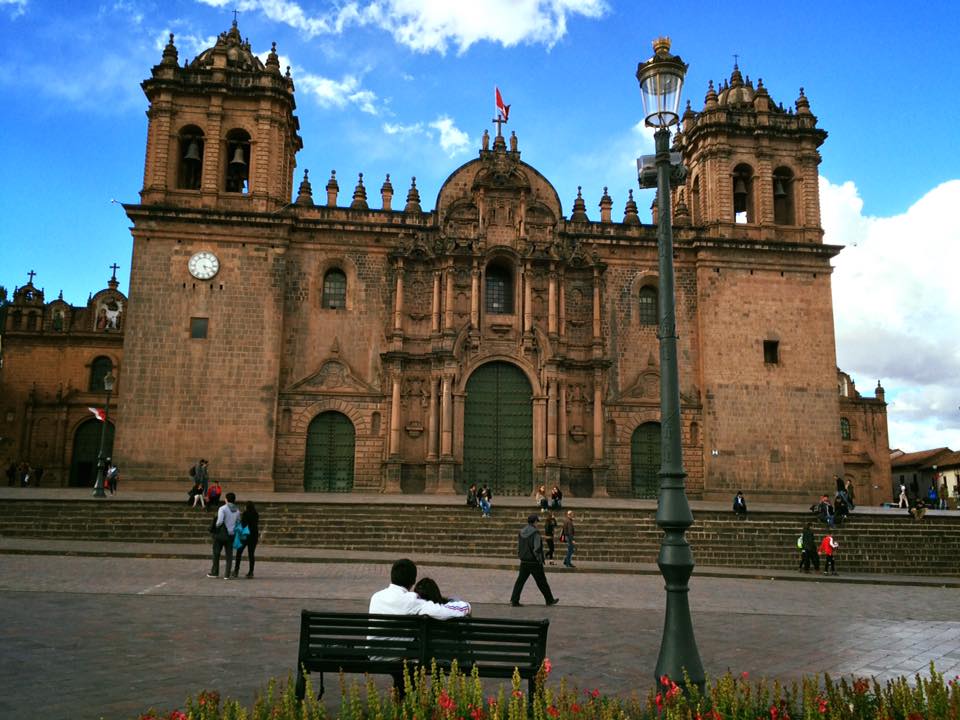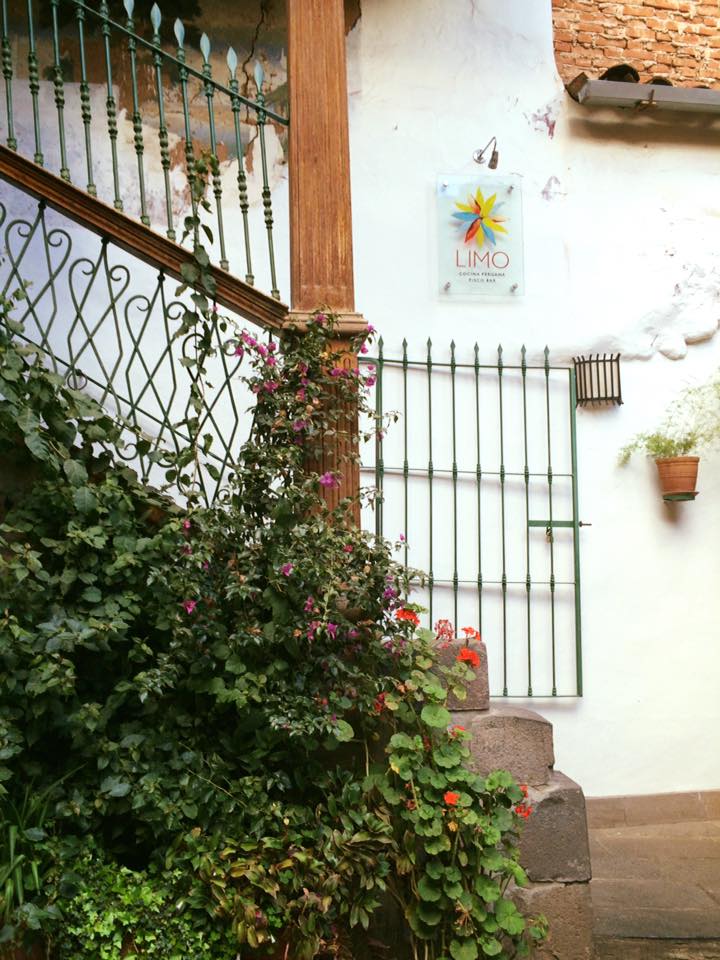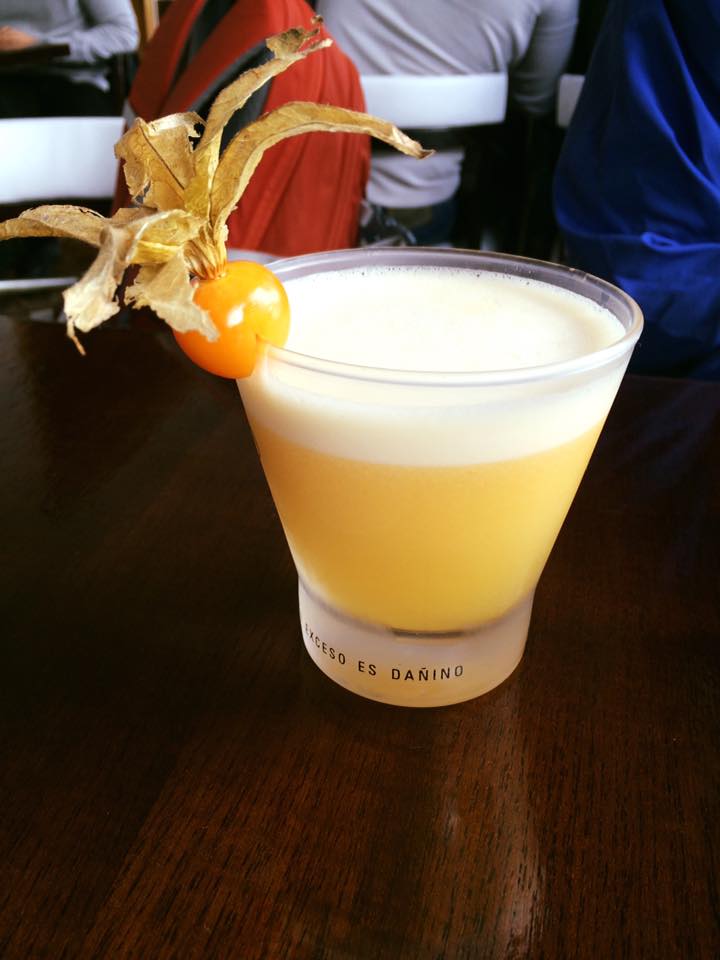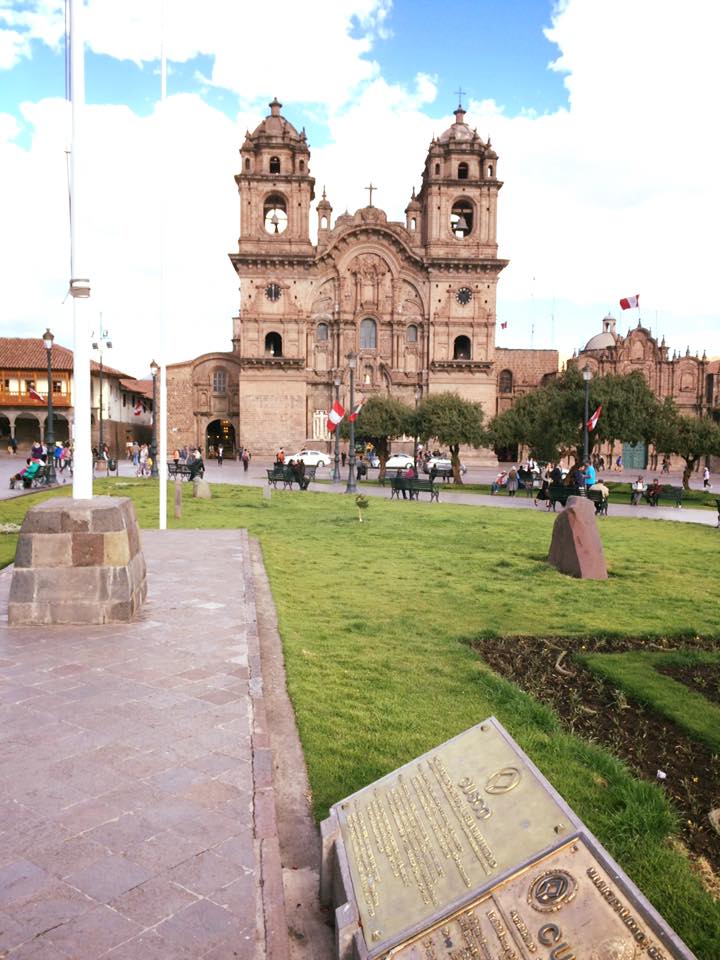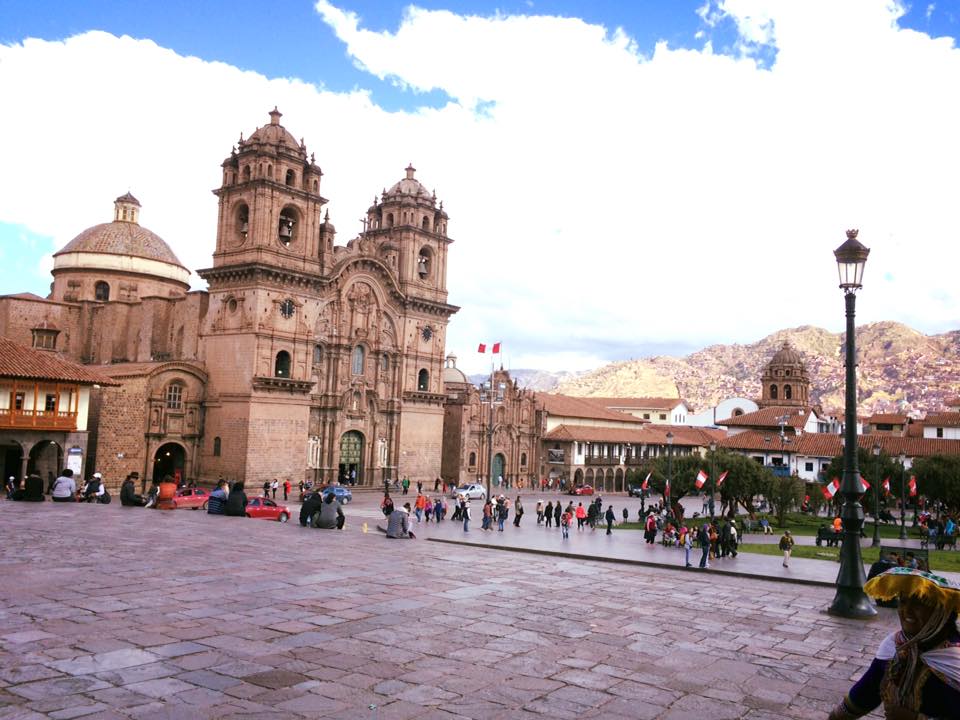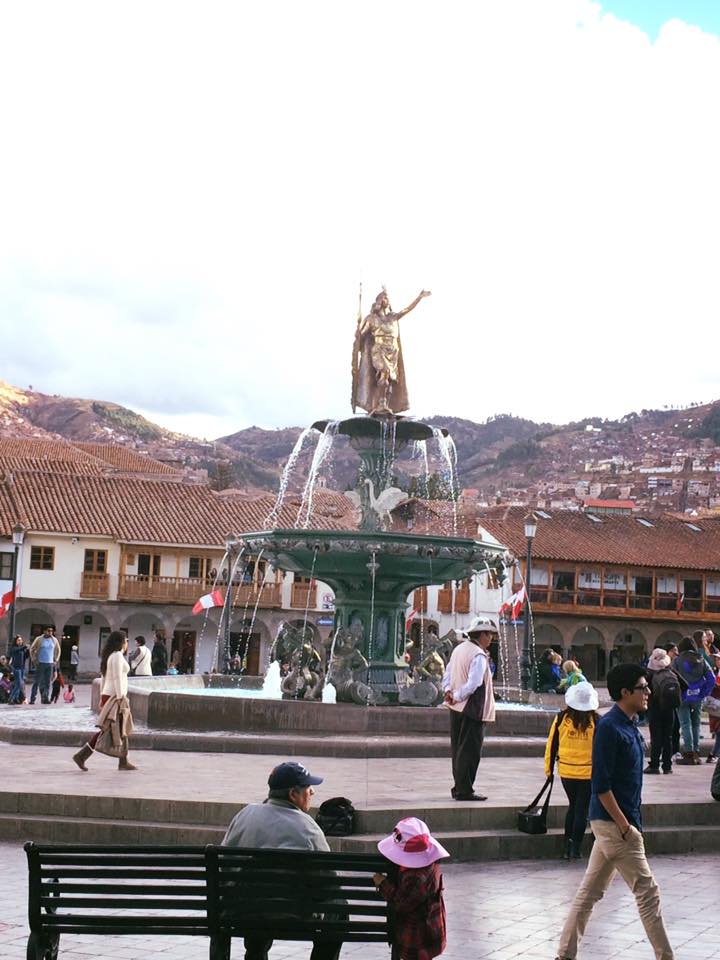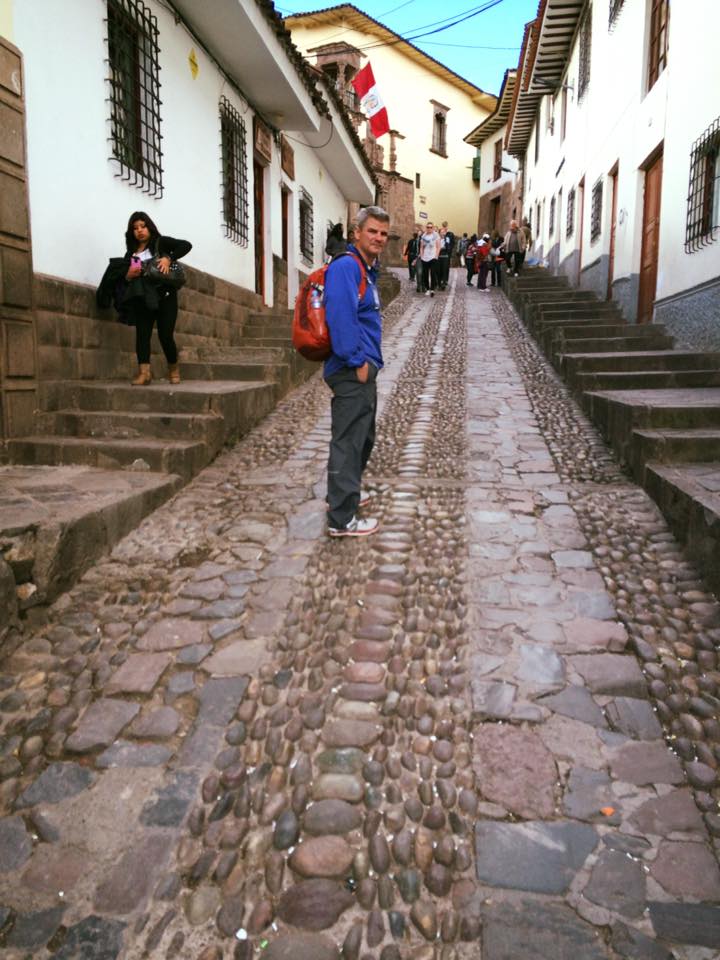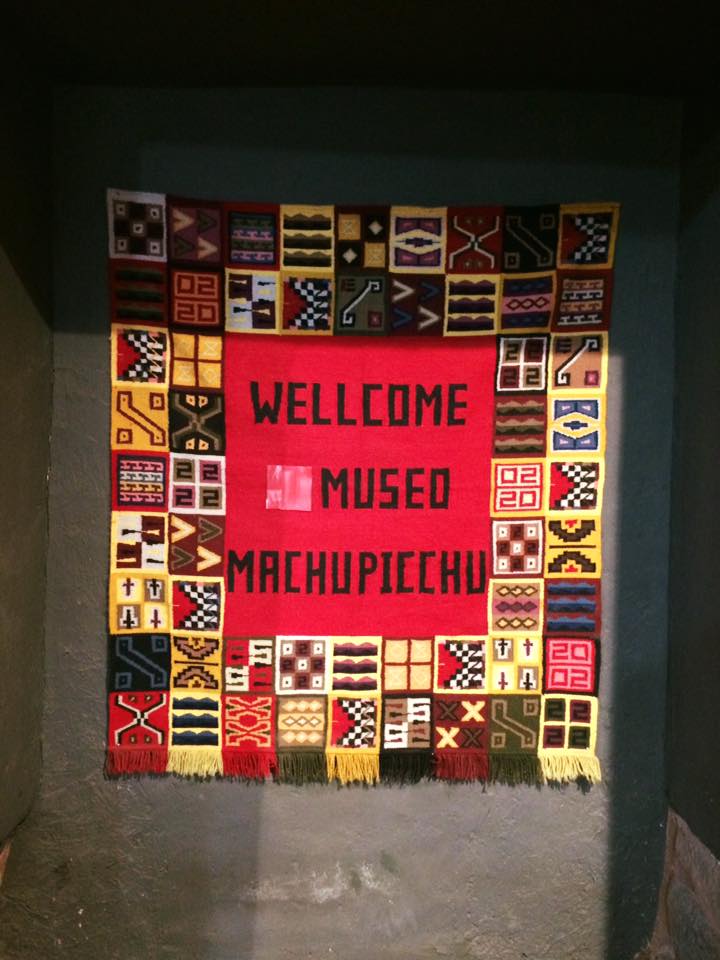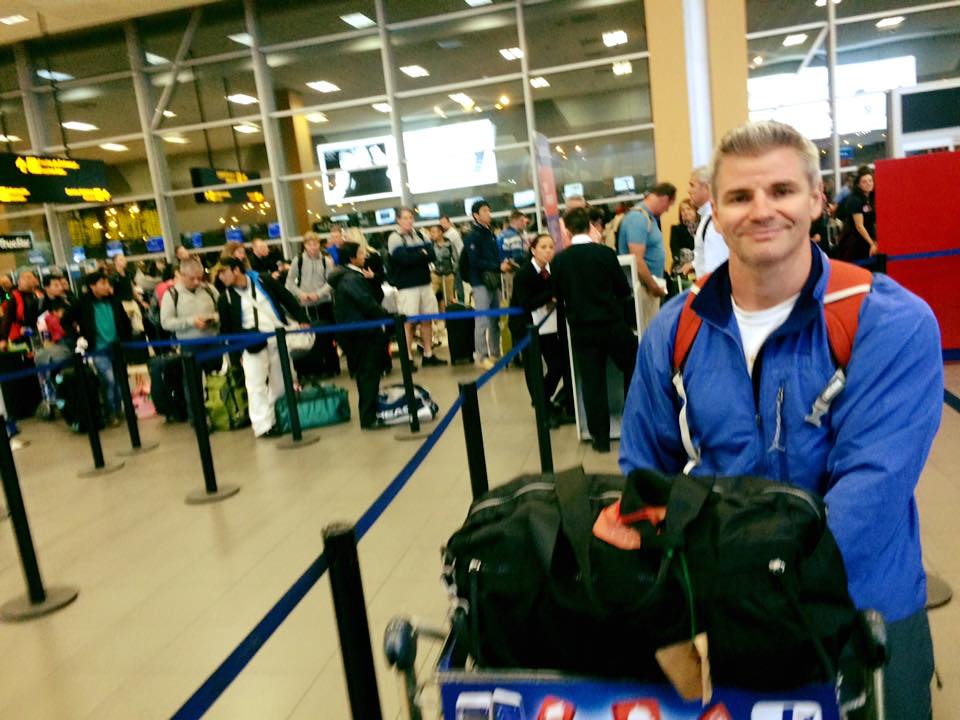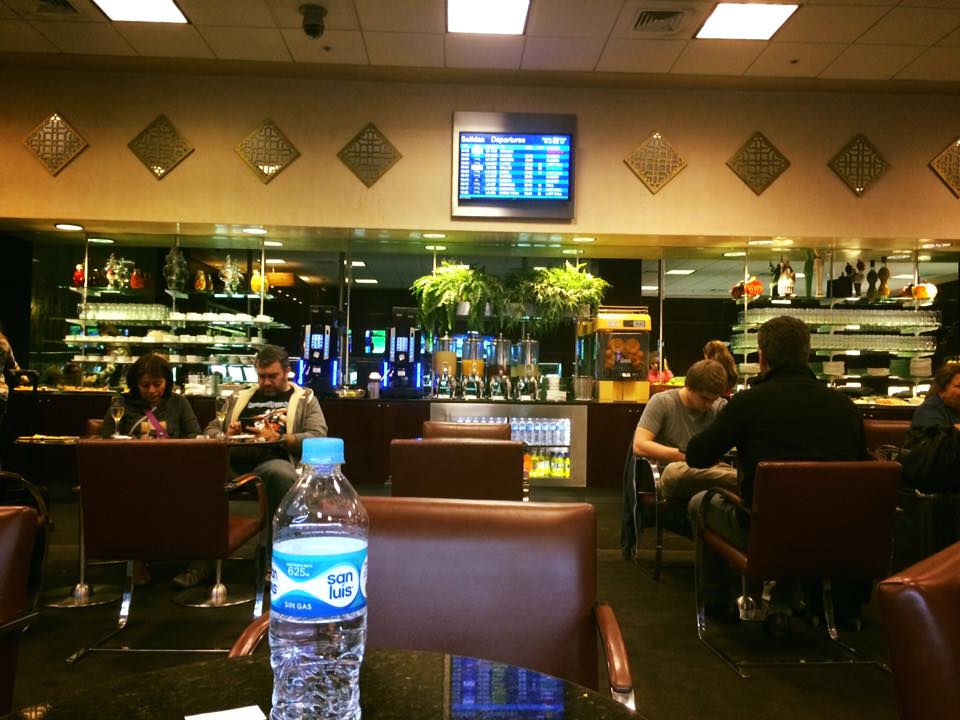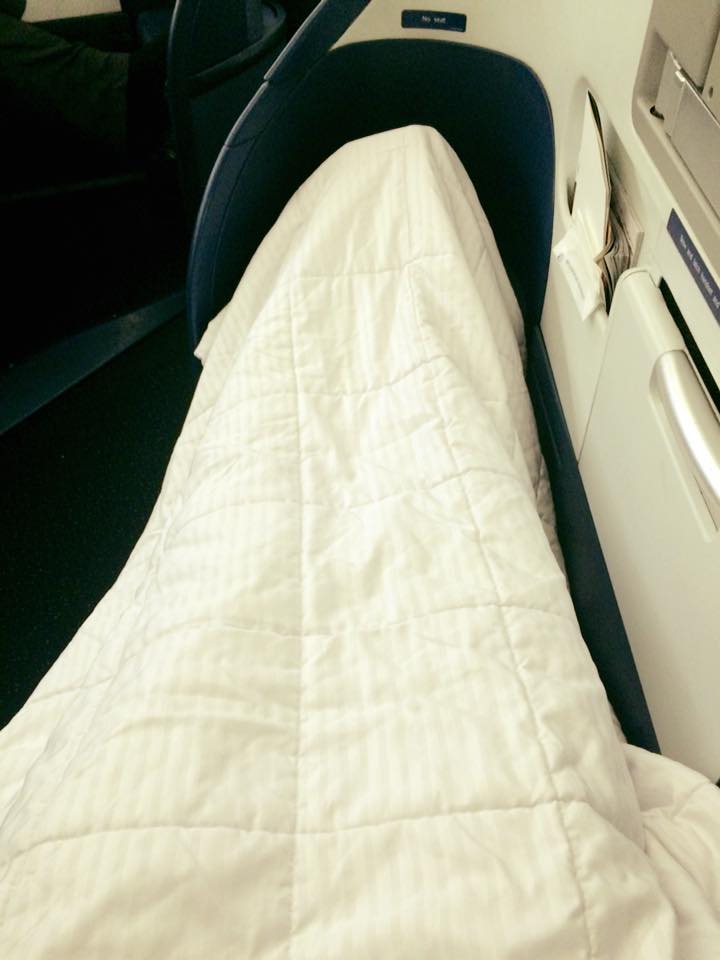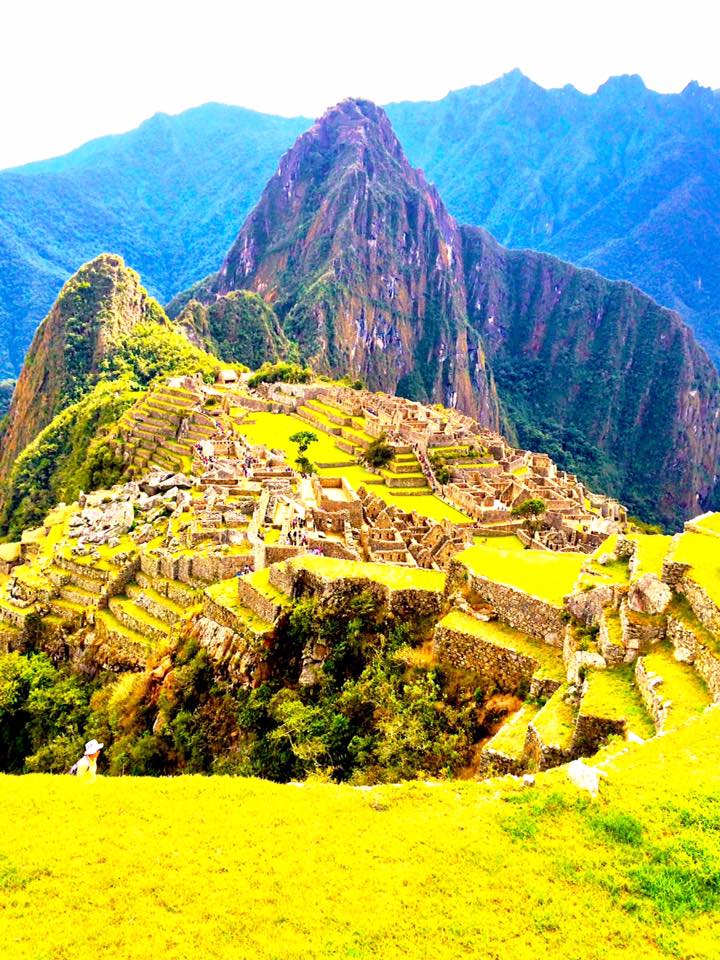 Last year, Lonely Planet published its Ultimate Travelist wherein it ranked the 500 best places to see in the world. Machu Picchu ranks third on their list, narrowly missing second place by just a handful of votes. For the record, I had already started planning our Peru trip before I received my copy of the book, but I was pleased to see that Machu Picchu made the list (and was so highly ranked!). It further supported my argument to Chad that I have my finger on the pulse of travel when he questions (some of) the destinations that I have on our (read, my) list.
Last year, Lonely Planet published its Ultimate Travelist wherein it ranked the 500 best places to see in the world. Machu Picchu ranks third on their list, narrowly missing second place by just a handful of votes. For the record, I had already started planning our Peru trip before I received my copy of the book, but I was pleased to see that Machu Picchu made the list (and was so highly ranked!). It further supported my argument to Chad that I have my finger on the pulse of travel when he questions (some of) the destinations that I have on our (read, my) list.
Machu Picchu was designated a UNESCO World Heritage Site in 1983 and was added to the list of the New Seven Wonders of the World in 2007. It is the most recognizable icon of the Inca civilization and is the most visited site in Peru. Interestingly, nobody truly knows what happened here, but most archaeologist believe that it was built as an estate for the Inca emperor Pachacuti. While its existence was known locally, it remained unknown to the world until Hiram Bingham, an American historian from Yale University, “discovered” it in 1911, mistakenly believing that he had found Vilcabamba, or the Lost City of the Incas. By now, I hope you’ve read my post on the Sacred Valley, and you know how to get here (via train) from Ollantaytambo or Cusco (to Aguas Calientes).
A note about the different trains that bring you into Aguas Calientes: The Expedition train is the lowest class train. The cost is about $56.00 for one way departing from Ollantaytambo (depending on the schedule) and it includes a small snack and drink. The train we took is one step up from the Expedition. It is called the Vistadome train. It is the middle class train, and the most popular one. The cost is about $80.00 one way from Ollantaytambo (depending on the schedule). It has huge windows and includes a small meal and drink service. The most expensive train is the Hiram Bingham Orient Express, the luxury train. A round trip ticket costs over $400.00 per person and includes on-board brunch and dinner with entertainment, bus transfers, entrance fee and a guided tour of the citadel, and afternoon tea at Machu Picchu Sanctuary Lodge. The trip from Ollantaytambo to Aguas Calientes is about two hours and the return into Cusco is about four hours because the trains travel at a slower rate of speed.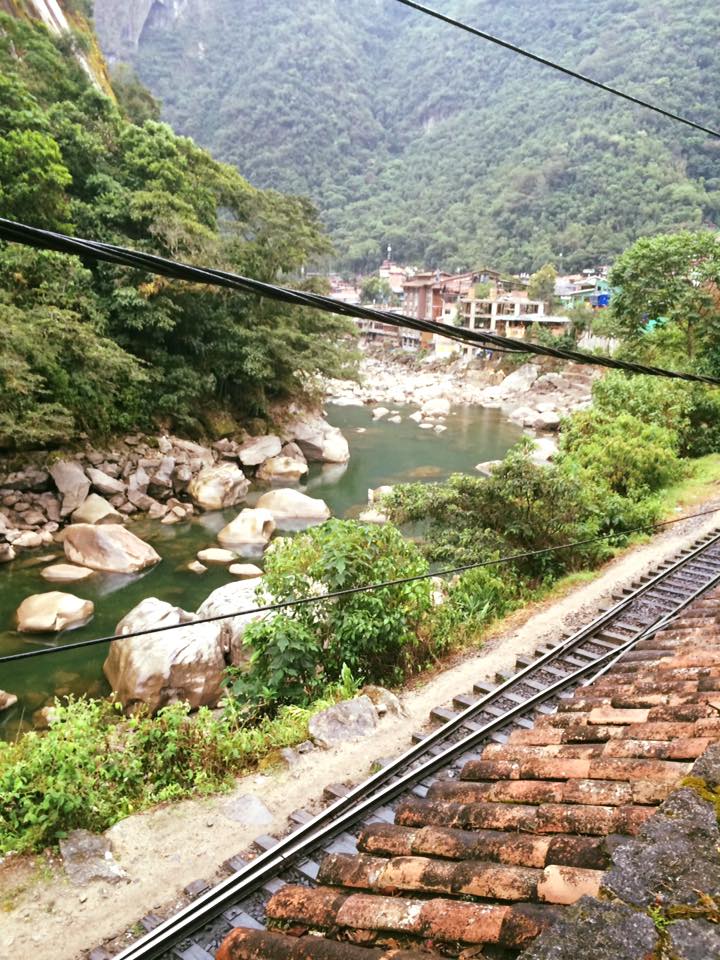 When we arrived to Aguas Calientes, a representative from our hotel, the Inkaterra MachuPicchu Pueblo Hotel, met us at the train station to collect our bags and take them to the hotel so that we could immediately board the bus that would take us to the Machu Picchu citadel. It appears that the two nice hotels, this one and the Belmond Sanctuary Lodge Machu Picchu, offer this service.
When we arrived to Aguas Calientes, a representative from our hotel, the Inkaterra MachuPicchu Pueblo Hotel, met us at the train station to collect our bags and take them to the hotel so that we could immediately board the bus that would take us to the Machu Picchu citadel. It appears that the two nice hotels, this one and the Belmond Sanctuary Lodge Machu Picchu, offer this service.
The Belmond Sanctuary Lodge is the only hotel that is actually at the citadel, as in right outside the gates. It is very expensive to stay here, approximately $1,000.00 per night. The pros of staying here are obvious. The cons of staying here are that you are 25 minutes away from the town and all the restaurants, the market, and other local sites (the unofficial Machu Picchu museum, the butterfly park, etc.), and you have to hire a private car to go up and down the mountain.
If you are a regular reader of this blog, you know that we pre-bought both our bus tickets and our entrance tickets to Machu Picchu. However, if you are wondering how to buy tickets upon arrival, I’ve got you covered, but I STRONGLY recommend that you at least pre-buy your Machu Picchu tickets as they only allow 2,500 visitors into the site per day, and if you want to climb Huayna Picchu, it is imperative that you pre-buy tickets because only 400 people per day (divided into two groups) are allowed to make the climb, and the tickets sell out quickly. To purchase tickets on your own, you can call the Ministry of Culture’s call center at +51- 08 458 2030. You can also buy tickets online here. Otherwise, your hotel and/or travel agent can purchase the tickets for you. The Machu Picchu citadel is open daily from 6:00 a.m. to 4:00 p.m. Tickets are personal, non-transferable, and valid for one calendar day only. Once purchased, the dates cannot be changed.
Upon exiting the train station, you will find yourself in the middle of a local market. Keep on the road directly in front of you. You will have to weave through the local market to get to the bridge that takes you to the part of town where the Ministry of Culture’s ticket office can be found. The market may look like a maze, but follow the crowds and the people that look like guides because they are all going to the same place since this is also the path you need to take to catch the bus that takes you up to Machu Picchu.
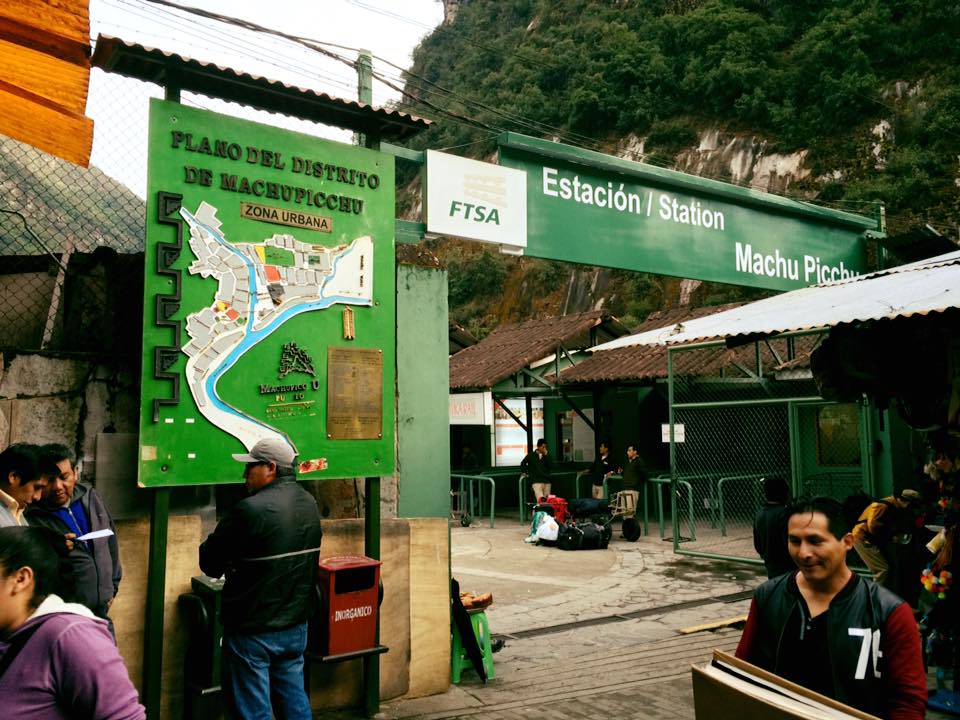 After three to five minutes, you will reach this bridge which you will need to cross to buy citadel tickets, to buy bus tickets, and to catch the bus:
After three to five minutes, you will reach this bridge which you will need to cross to buy citadel tickets, to buy bus tickets, and to catch the bus: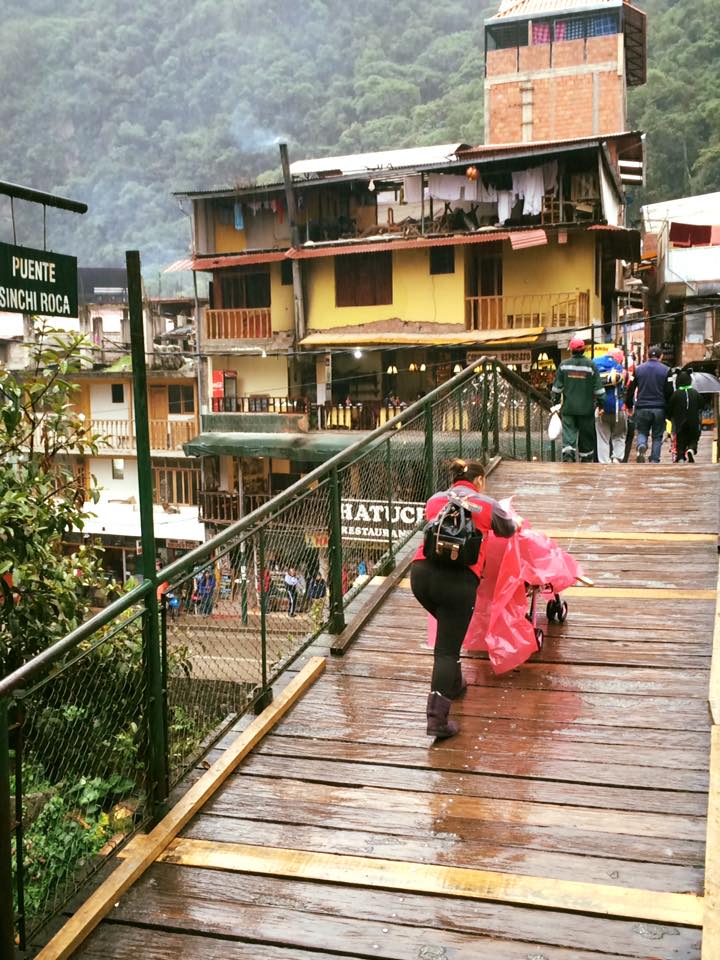 This is the view from the other side of the bridge:
This is the view from the other side of the bridge: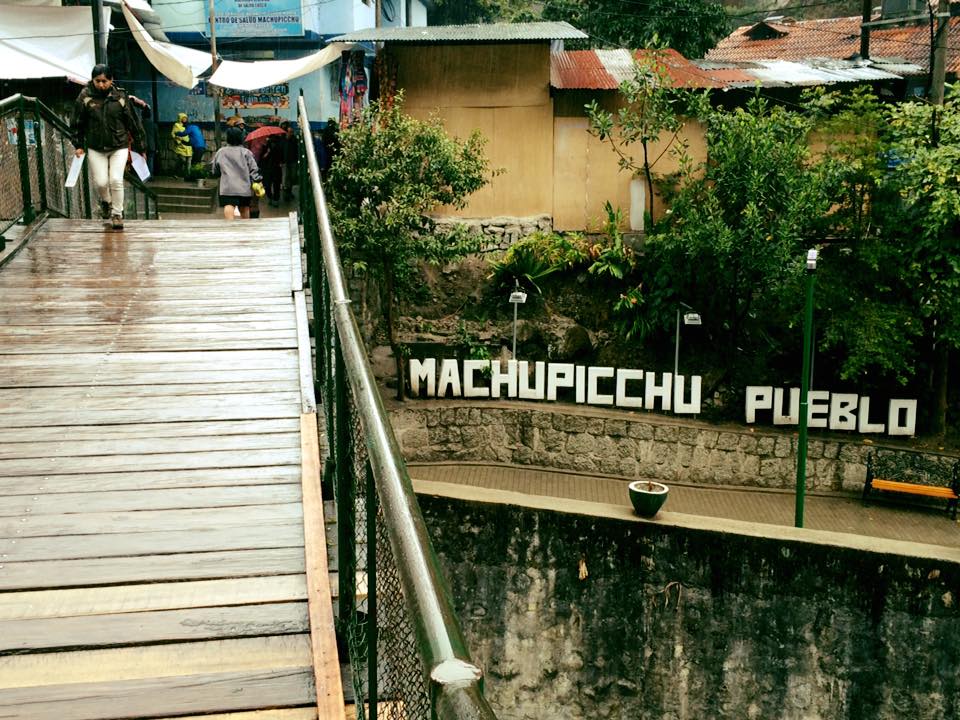 Once you cross over, keep on this narrow elevated street. If you already have citadel and bus tickets and need to catch the bus, or have citadel tickets but need to buy bus tickets and catch the bus, then at the end of this gate you will make sharp left turn and continue to the street.
Once you cross over, keep on this narrow elevated street. If you already have citadel and bus tickets and need to catch the bus, or have citadel tickets but need to buy bus tickets and catch the bus, then at the end of this gate you will make sharp left turn and continue to the street.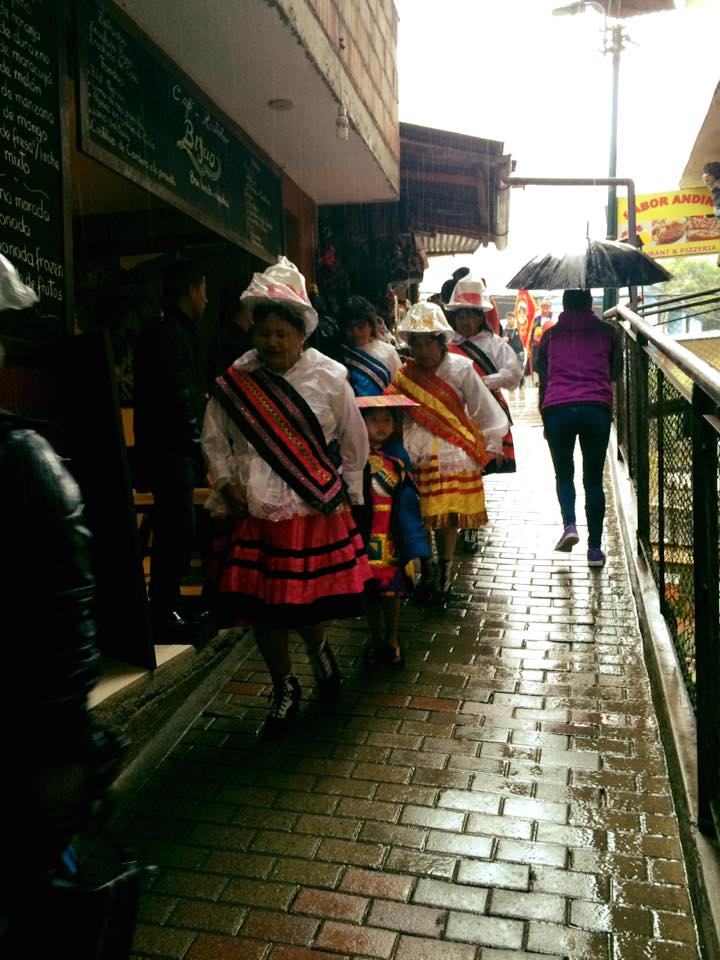 If you need to first buy citadel tickets, then you will stay straight on the path above until you see this corner with the sign directing you to the right to buy tickets to Machu Picchu.
If you need to first buy citadel tickets, then you will stay straight on the path above until you see this corner with the sign directing you to the right to buy tickets to Machu Picchu.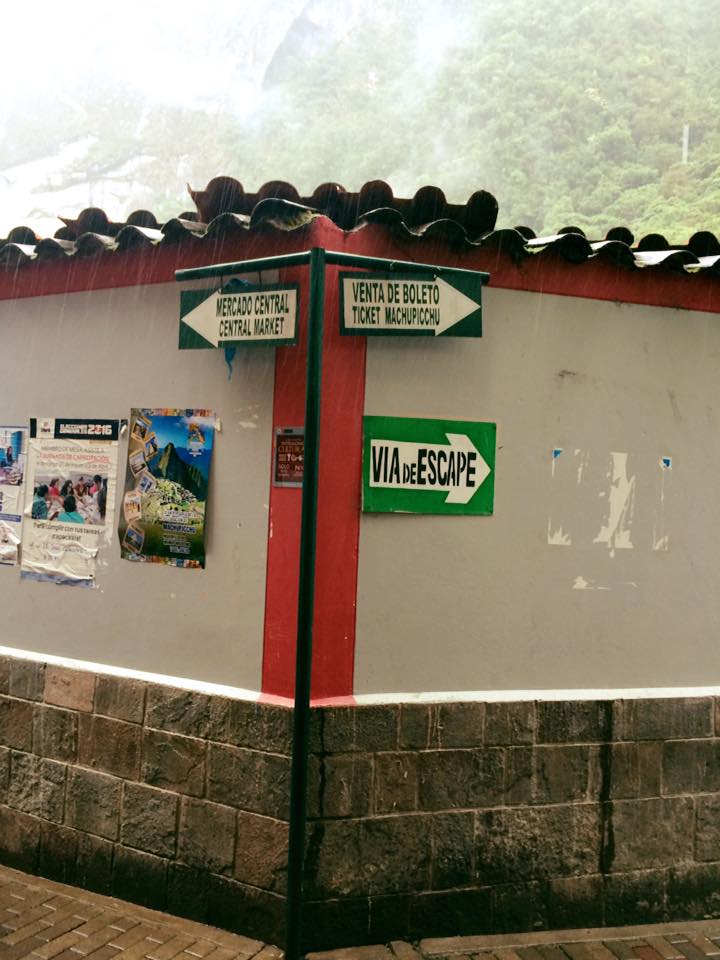 Stay straight on the road until you see this building on your right hand side. You can purchase your Machu Picchu tickets inside. At the time of this post, tickets cost about $40.00 per ticket for tourists for the citadel only. If you want to climb Huayna Picchu, the cost of the ticket is approximately $48.00. For Huayna Picchu, there are two entry times, either from 7:00 a.m. to 8:00 a.m. or from 10:00 a.m. to 11:00 a.m. It takes about four hours to climb up to Huayna Picchu. Also, you must present your passport not only to purchase tickets (which must be paid in U.S. Dollars) but also to get into Machu Picchu.
Stay straight on the road until you see this building on your right hand side. You can purchase your Machu Picchu tickets inside. At the time of this post, tickets cost about $40.00 per ticket for tourists for the citadel only. If you want to climb Huayna Picchu, the cost of the ticket is approximately $48.00. For Huayna Picchu, there are two entry times, either from 7:00 a.m. to 8:00 a.m. or from 10:00 a.m. to 11:00 a.m. It takes about four hours to climb up to Huayna Picchu. Also, you must present your passport not only to purchase tickets (which must be paid in U.S. Dollars) but also to get into Machu Picchu.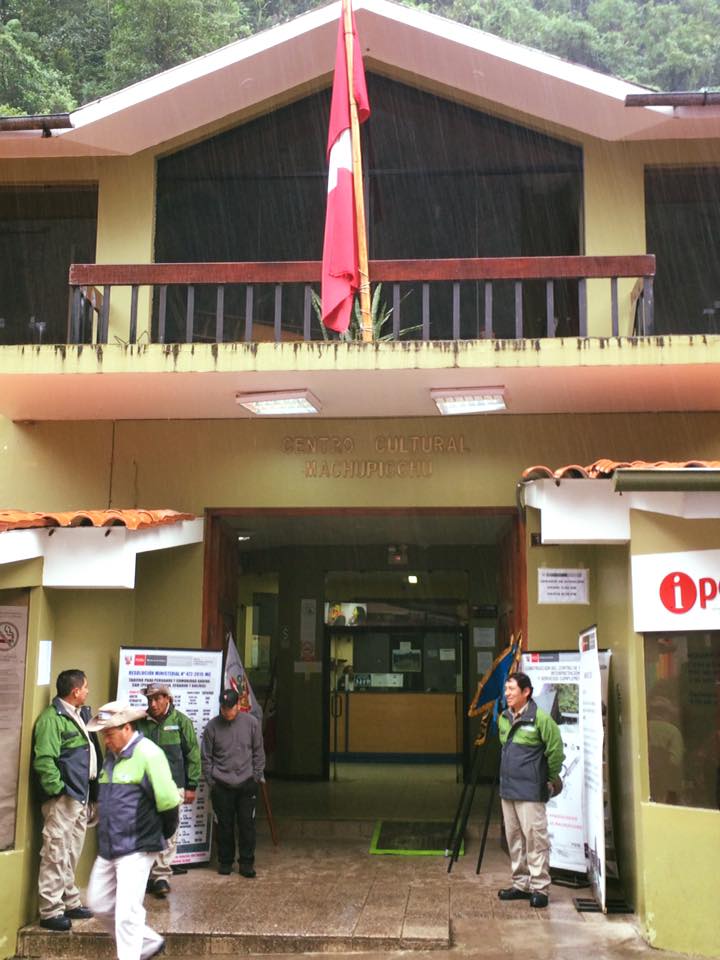 If you’ve reached this city square, then you went too far (about a block too far) and you need to turn around and look for the building above on your left hand side. On the day this picture was taken, not only was it raining, but a local cultural celebration was taking place which is why you see a uniformed band.
If you’ve reached this city square, then you went too far (about a block too far) and you need to turn around and look for the building above on your left hand side. On the day this picture was taken, not only was it raining, but a local cultural celebration was taking place which is why you see a uniformed band.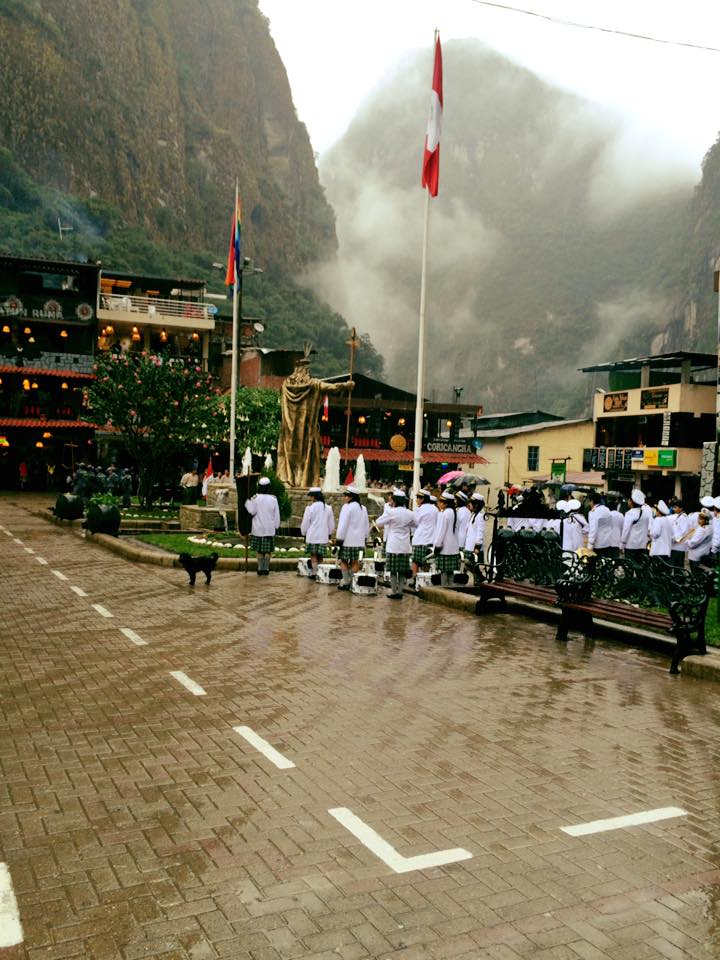 Once your tickets are purchased, back track to the elevated road from the picture above, but instead of going up that road, stay to the right to go down to street level. If you took the sharp left turn above then you should already be at street level and you should see this ticket stand in front of you. This is where you buy bus tickets. If you notice, it is right underneath the bridge that you just crossed.
Once your tickets are purchased, back track to the elevated road from the picture above, but instead of going up that road, stay to the right to go down to street level. If you took the sharp left turn above then you should already be at street level and you should see this ticket stand in front of you. This is where you buy bus tickets. If you notice, it is right underneath the bridge that you just crossed.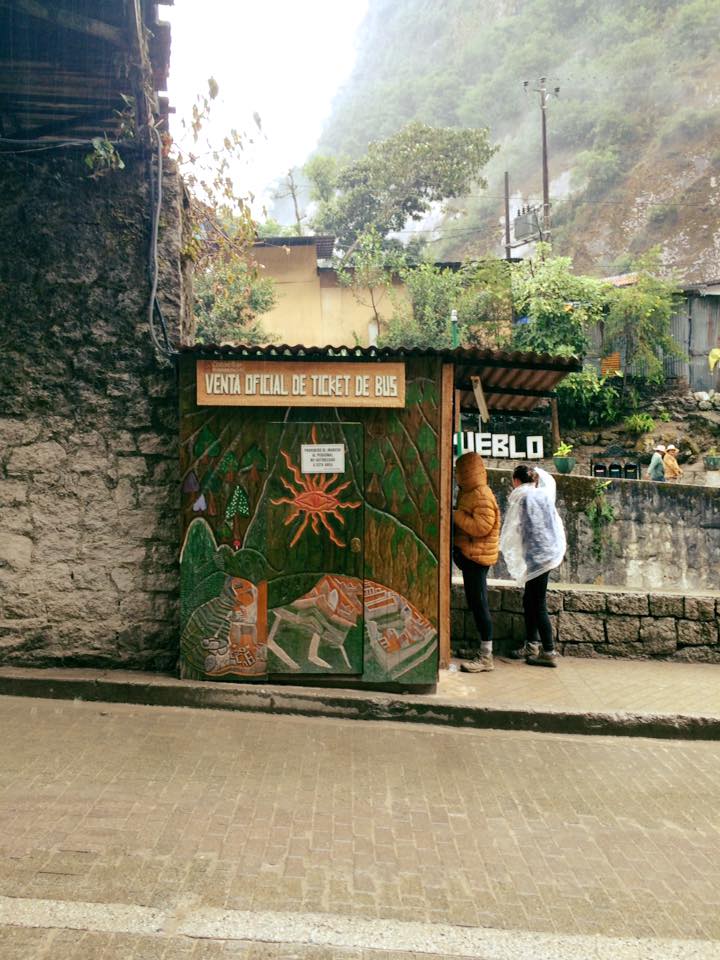 The buses are located to the right of the ticket office as you face it from this vantage point or just behind the people who are purchasing tickets. Note, buses returning from the citadel will line up facing this ticket office on the side of the street that these people are on. Buses leaving to the citadel will line up on the side of the street that I took this picture from (or across the street from the ticket office) and will face away from the office. There is usually a line of people waiting to get on the bus. At the time of this post, the cost of a round trip bus ticket from Aguas Calientes to Machu Picchu is $24.00 per person, and must be paid in Peruvian Soles. The first bus leaves at 5:30 a.m. for the people who want to get in at 6:00 a.m. and see the sunrise. A lot of people have this on their bucket list, but don’t have your heart set on seeing the sunrise. A lot of times, the sun hides behind the cloud forest, but the nice thing about being there early is that it is not as crowded as it is between 10:00 a.m. and noon! The last bus leaves the citadel at 5:30 p.m.
The buses are located to the right of the ticket office as you face it from this vantage point or just behind the people who are purchasing tickets. Note, buses returning from the citadel will line up facing this ticket office on the side of the street that these people are on. Buses leaving to the citadel will line up on the side of the street that I took this picture from (or across the street from the ticket office) and will face away from the office. There is usually a line of people waiting to get on the bus. At the time of this post, the cost of a round trip bus ticket from Aguas Calientes to Machu Picchu is $24.00 per person, and must be paid in Peruvian Soles. The first bus leaves at 5:30 a.m. for the people who want to get in at 6:00 a.m. and see the sunrise. A lot of people have this on their bucket list, but don’t have your heart set on seeing the sunrise. A lot of times, the sun hides behind the cloud forest, but the nice thing about being there early is that it is not as crowded as it is between 10:00 a.m. and noon! The last bus leaves the citadel at 5:30 p.m.
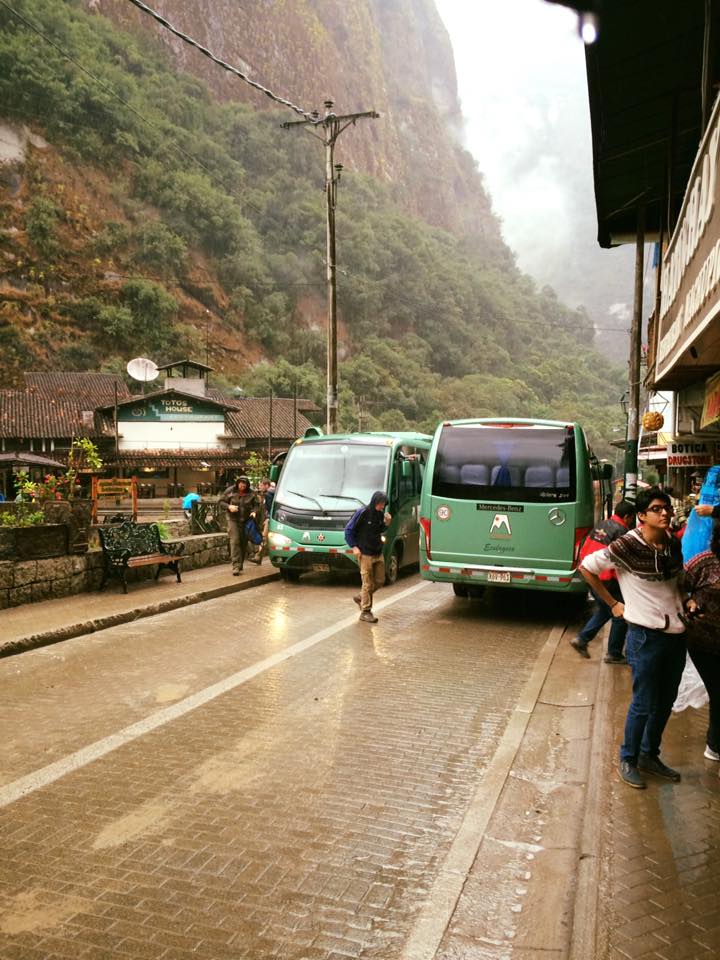 The bus takes about 25 minutes to reach the citadel. The road starts out flat for about 5 to 10 minutes and then begins to climb an unpaved, winding mountain road. If you are scared of heights, like Chad is, don’t sit by the window; but honestly, it’s not that bad because the mountain is densely vegetated and there are only a few places from where you realize how high up you are. Below is a photo I borrowed from the internet that shows you the road up. You can always walk up if you want to, and here is guide on how to do that.
The bus takes about 25 minutes to reach the citadel. The road starts out flat for about 5 to 10 minutes and then begins to climb an unpaved, winding mountain road. If you are scared of heights, like Chad is, don’t sit by the window; but honestly, it’s not that bad because the mountain is densely vegetated and there are only a few places from where you realize how high up you are. Below is a photo I borrowed from the internet that shows you the road up. You can always walk up if you want to, and here is guide on how to do that.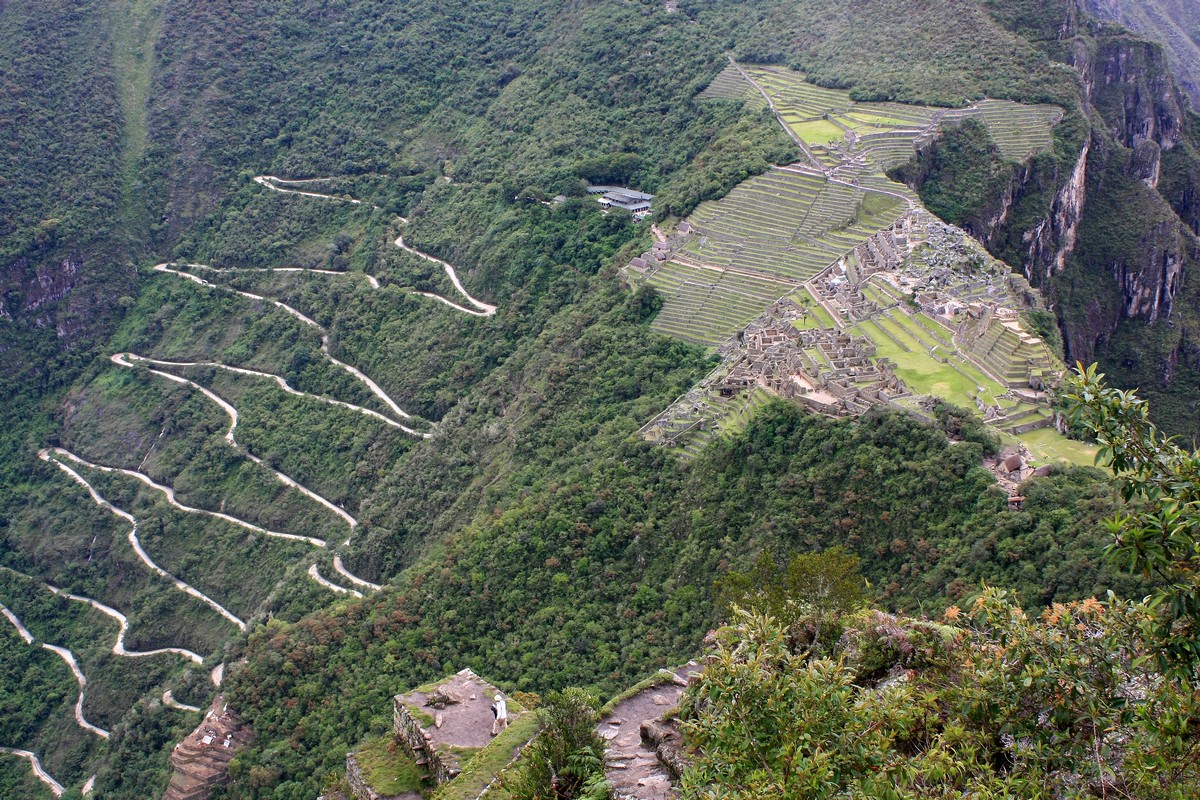 When you arrive, you climb up a short flight of stairs until you reach the platform where the information office, entrance, and cafes are located.
When you arrive, you climb up a short flight of stairs until you reach the platform where the information office, entrance, and cafes are located.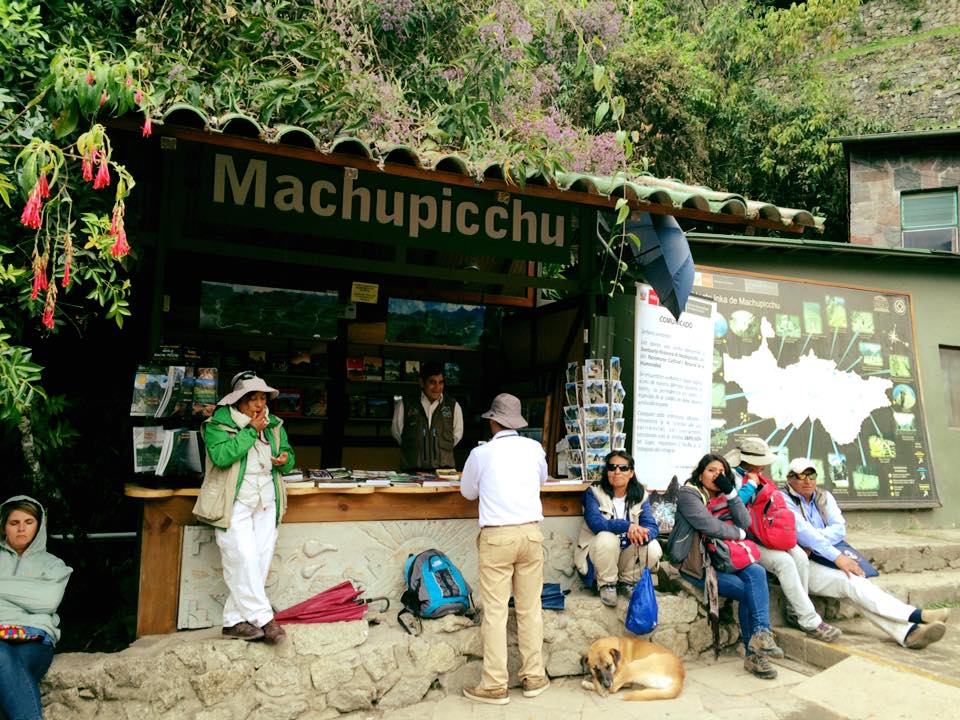
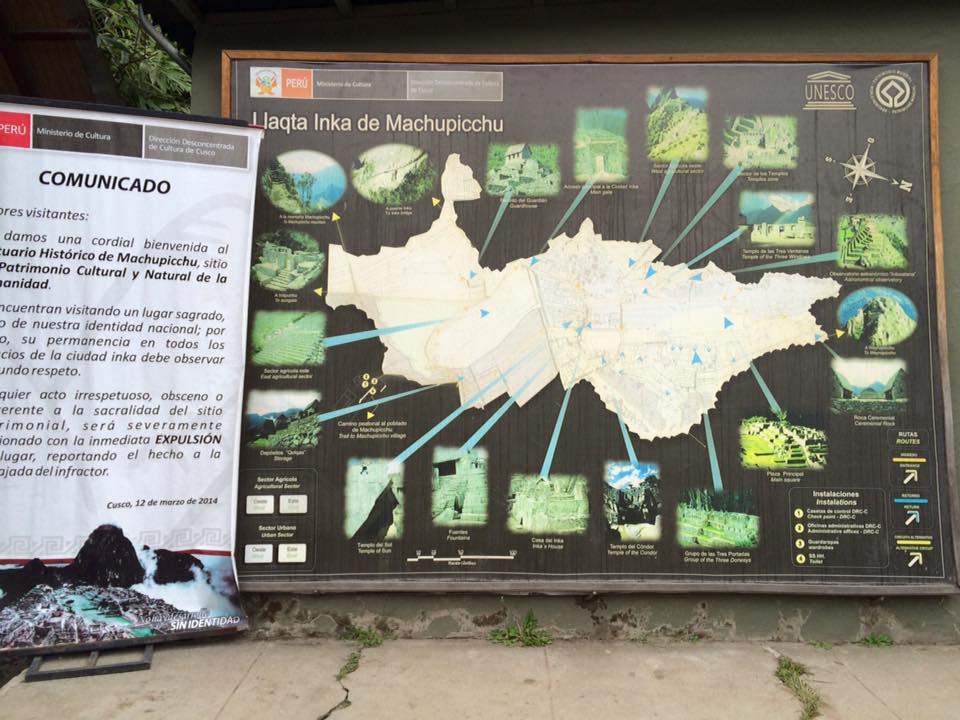 This shot was taken in the afternoon after we ate lunch, which is why you see no line (more on that below). When we arrived at around 10:00 a.m., there was a line to get in, but it wasn’t terrible. We waited about three minutes to get in. It is worth noting that Sundays are the busiest days because on Sundays, Peruvians get in free!
This shot was taken in the afternoon after we ate lunch, which is why you see no line (more on that below). When we arrived at around 10:00 a.m., there was a line to get in, but it wasn’t terrible. We waited about three minutes to get in. It is worth noting that Sundays are the busiest days because on Sundays, Peruvians get in free!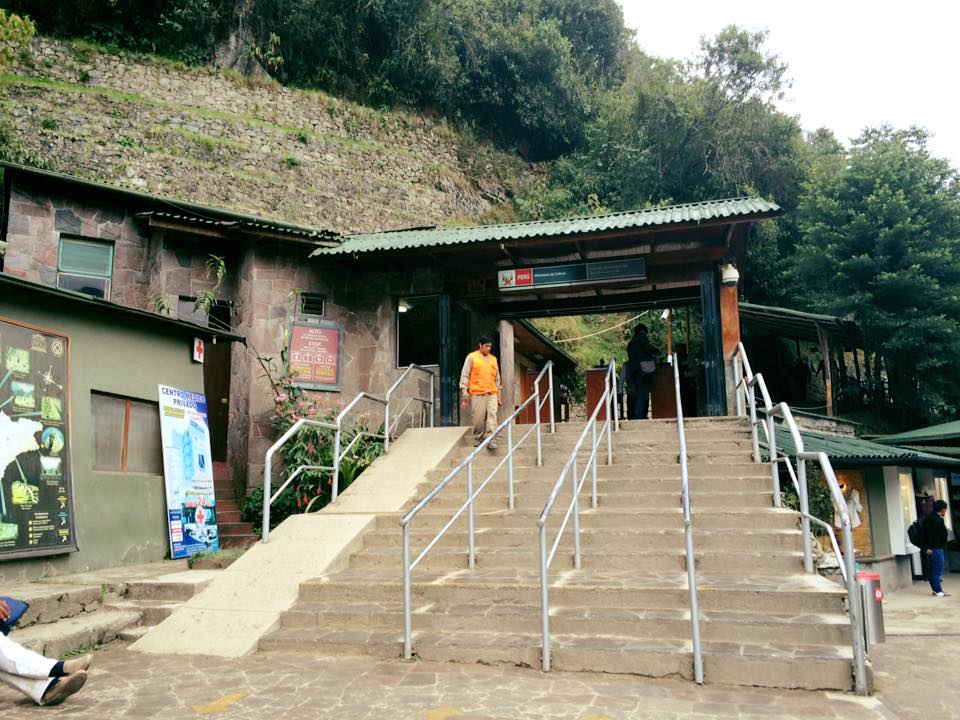
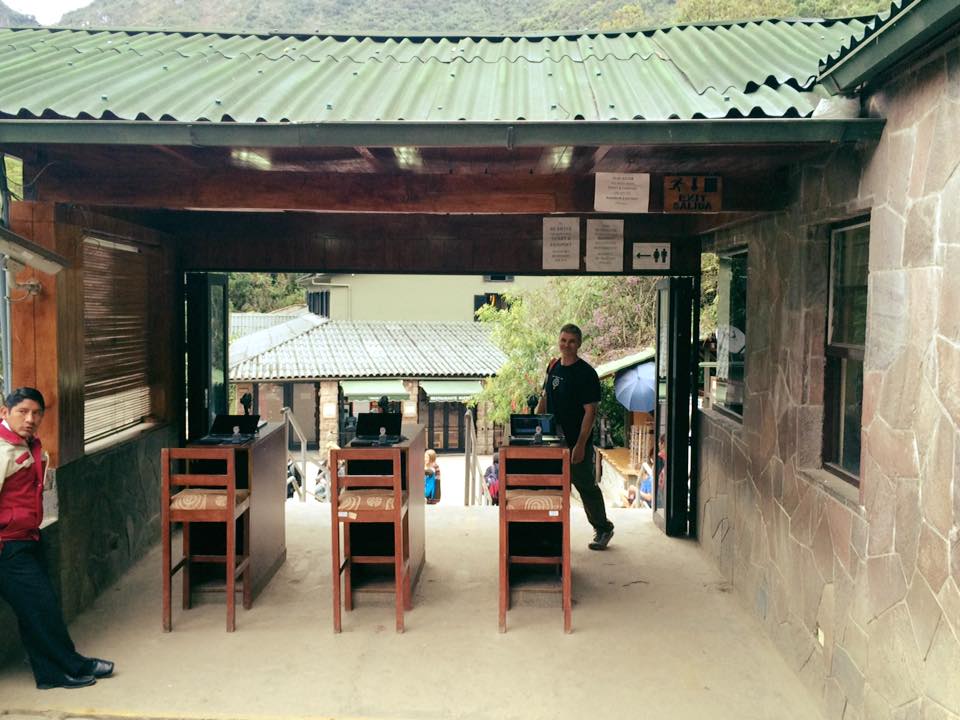 There are no restrooms or places to buy water or snacks once you pass through these gates (although there is a “charging station”, a couple of plugs and some benches really, where you can charge your phone and other electronics located under a covered walkway just past the entrance), so make sure to use the restroom and bring water and snacks in with you. You can leave and return to the citadel three times per day with your ticket. The restrooms are located on the lower platform where the buses drop you off and cost 1 Sole to use. There are no paper towels to dry your hands, just hand dryers, and bringing your own toilet paper is a good idea.
There are no restrooms or places to buy water or snacks once you pass through these gates (although there is a “charging station”, a couple of plugs and some benches really, where you can charge your phone and other electronics located under a covered walkway just past the entrance), so make sure to use the restroom and bring water and snacks in with you. You can leave and return to the citadel three times per day with your ticket. The restrooms are located on the lower platform where the buses drop you off and cost 1 Sole to use. There are no paper towels to dry your hands, just hand dryers, and bringing your own toilet paper is a good idea. 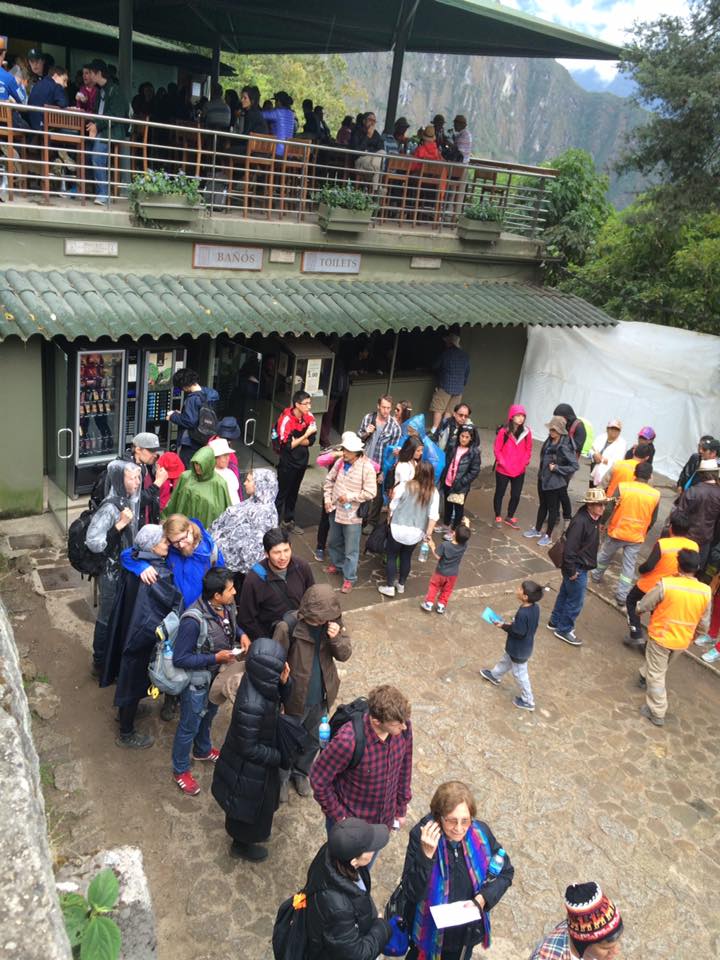 Don’t worry, that’s not the line to get into the bathroom. That is the line to get onto a bus and leave the citadel at noon, which is why you should stay and re-enter in the afternoon when the citadel is mostly empty!
Don’t worry, that’s not the line to get into the bathroom. That is the line to get onto a bus and leave the citadel at noon, which is why you should stay and re-enter in the afternoon when the citadel is mostly empty!
As soon as you pass the entrance, the first thing you will want to do is get your passport stamped with the Machu Picchu stamp! There is a table located to the left of the entrance, and you can just stamp it yourself. I also stamped our tickets!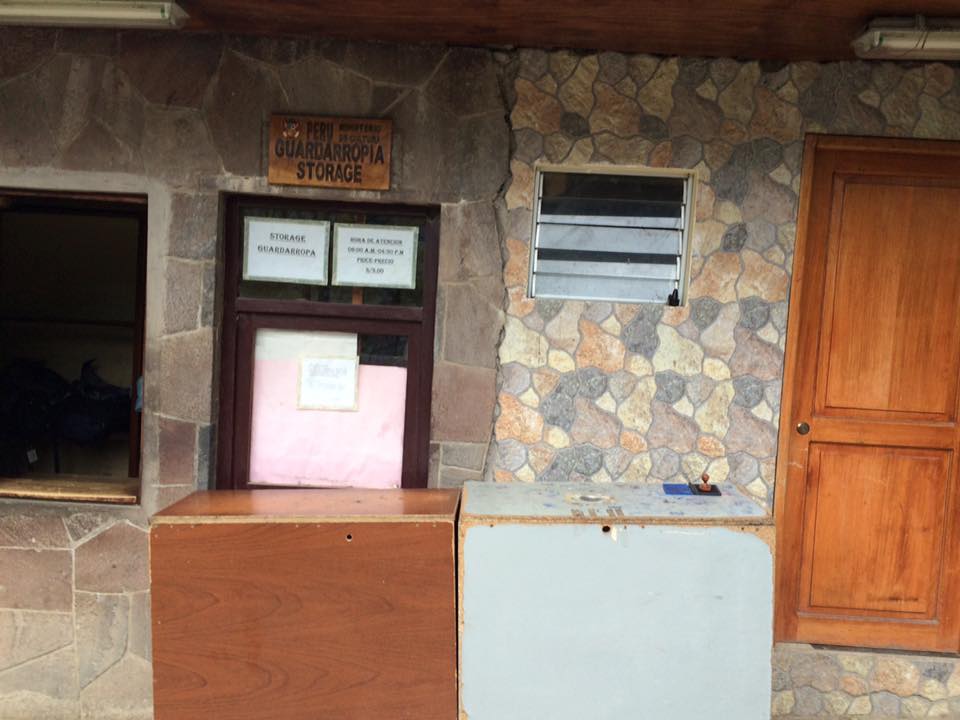
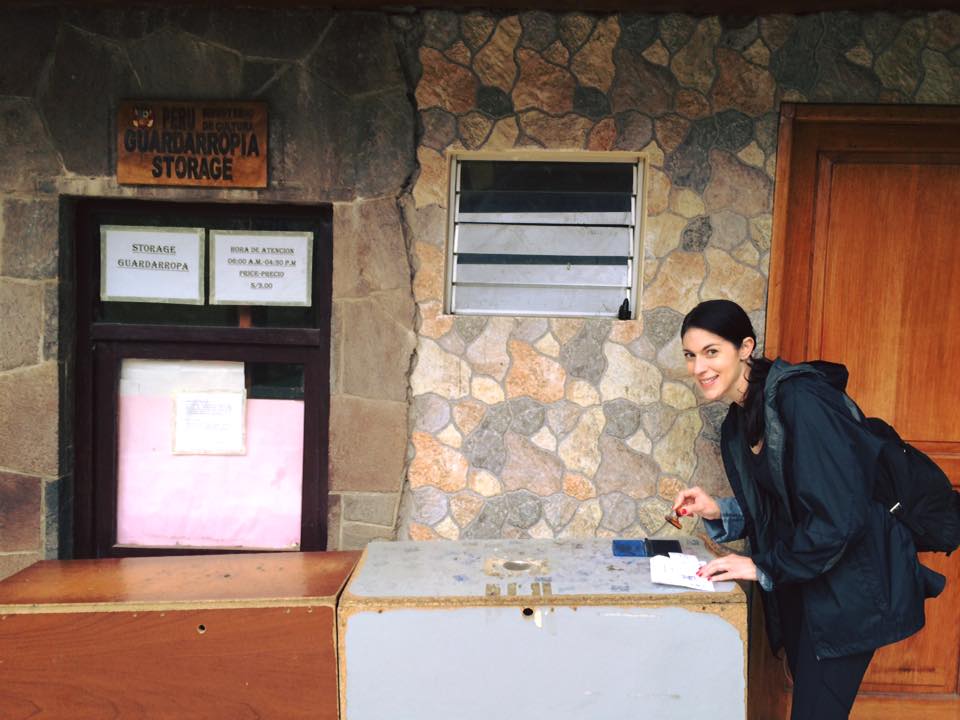 Then, get ready to feast your eyes on the first glimpse of Machu Picchu as you walk through the covered walkway!
Then, get ready to feast your eyes on the first glimpse of Machu Picchu as you walk through the covered walkway!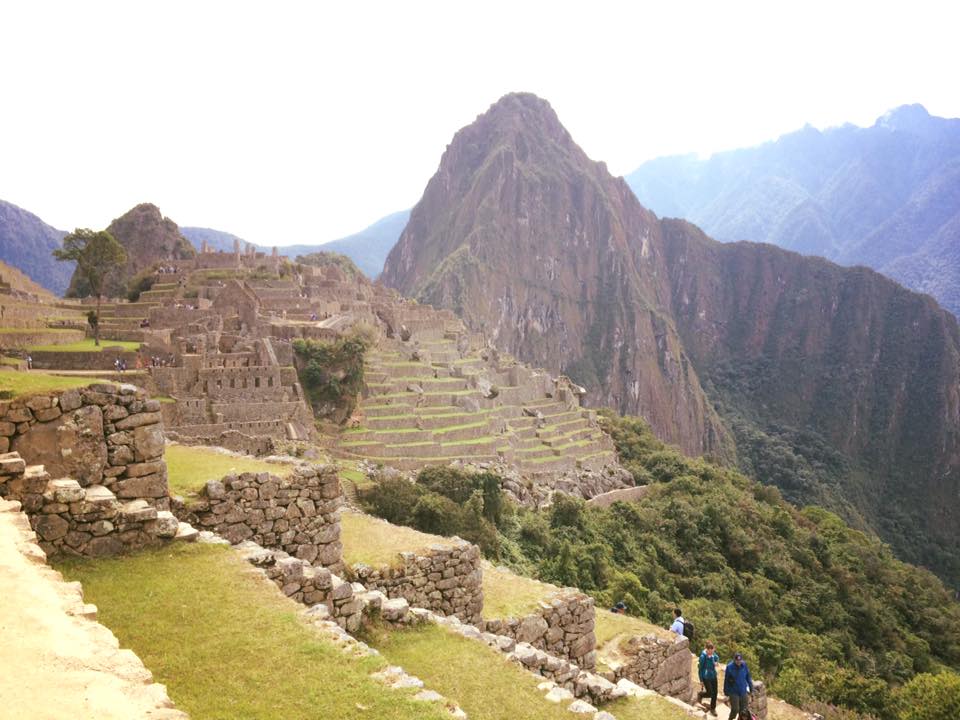
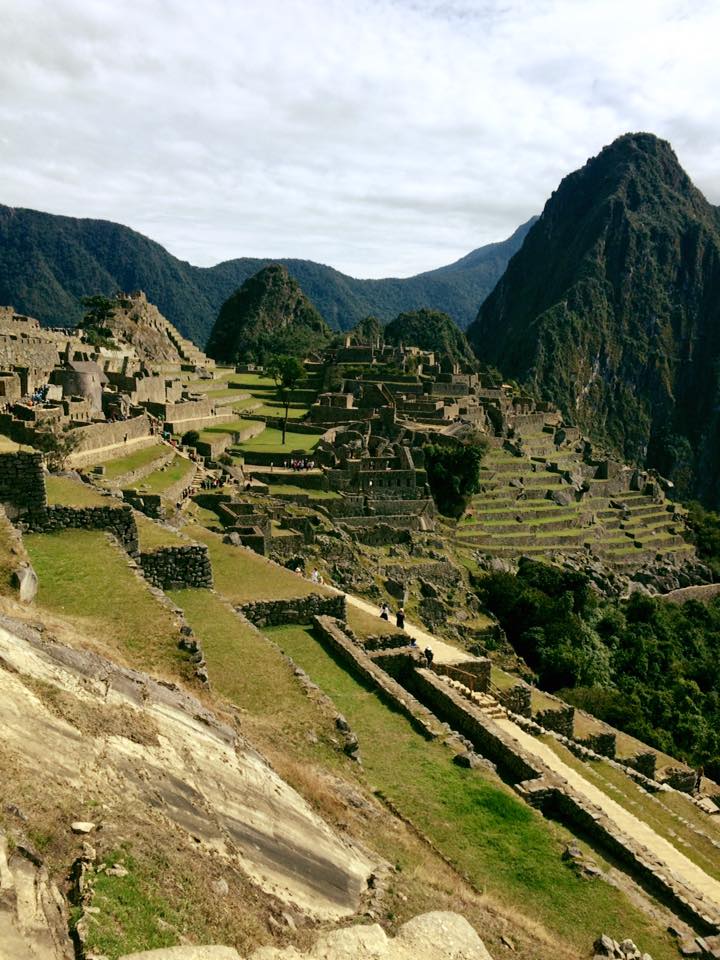 This is certainly not the best view of the citadel. It’s just the first view (but, it’s still pretty awesome if you are seeing it for the first time!). If you want the best view, you need to do about 10 to 15 minutes worth of climbing. If you are unable to do that, no worries; you can use the walkway shown below to walk into the ruins. There isn’t too much climbing (other than some stairs here and there) once you are in and walking through the ruins.
This is certainly not the best view of the citadel. It’s just the first view (but, it’s still pretty awesome if you are seeing it for the first time!). If you want the best view, you need to do about 10 to 15 minutes worth of climbing. If you are unable to do that, no worries; you can use the walkway shown below to walk into the ruins. There isn’t too much climbing (other than some stairs here and there) once you are in and walking through the ruins. 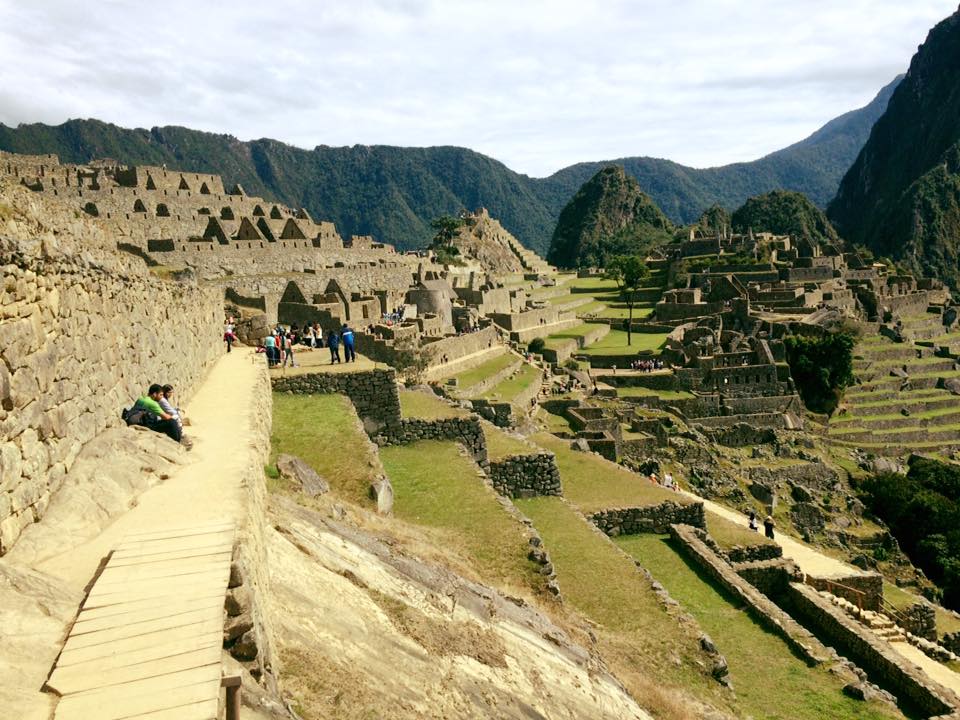
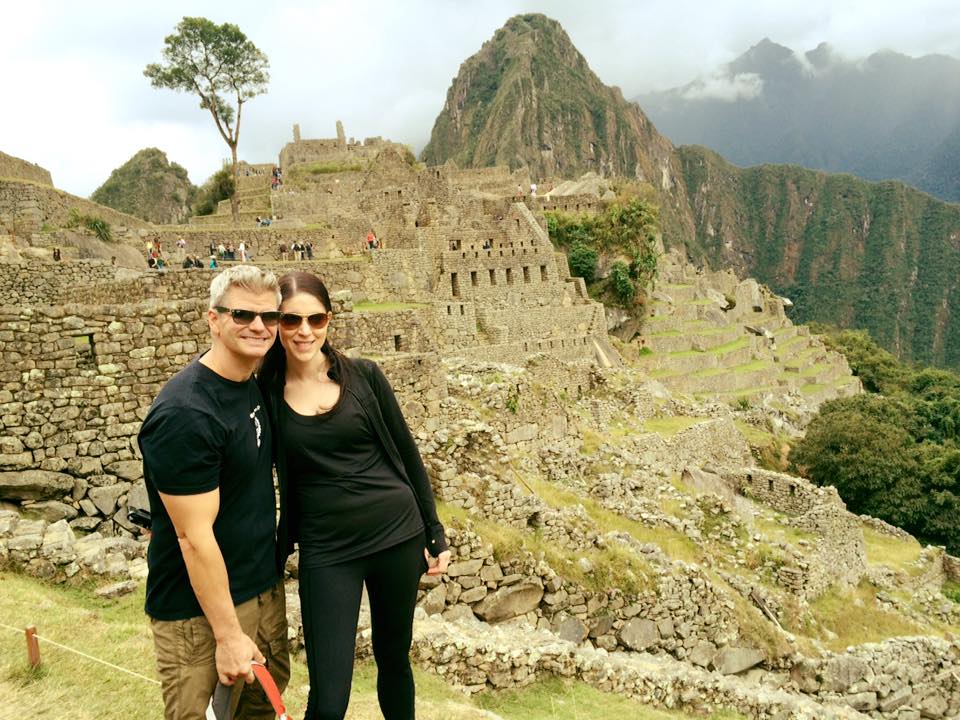 If you want the BEST view, here is what you need to do. As you walk in and on your left hand side, you will see this small sign. If you aren’t looking for it, you will miss it.
If you want the BEST view, here is what you need to do. As you walk in and on your left hand side, you will see this small sign. If you aren’t looking for it, you will miss it.
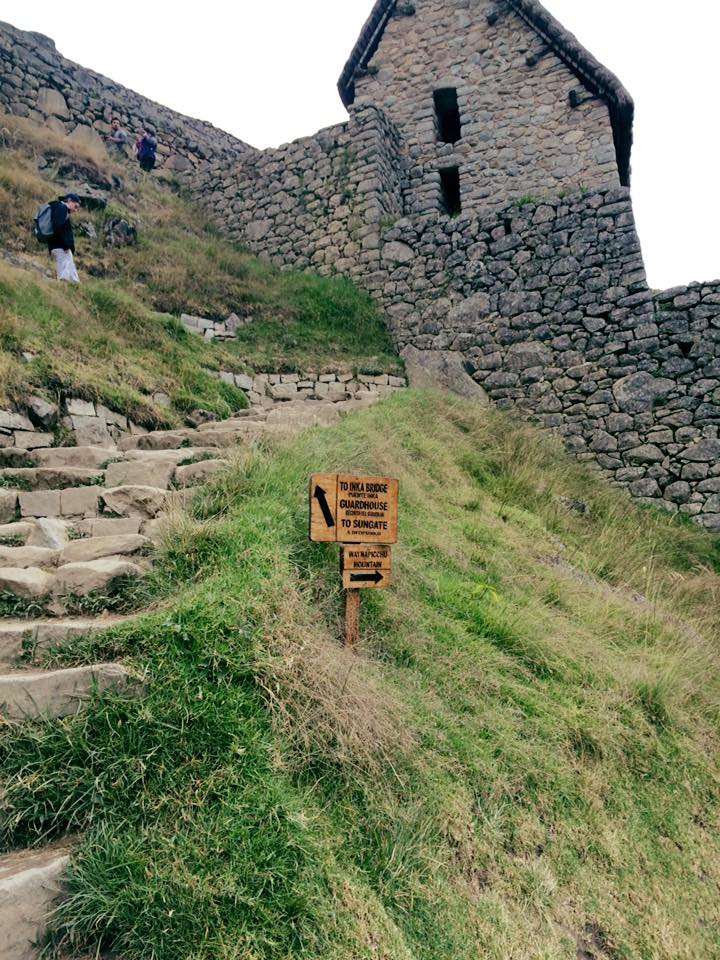 Follow the upward path that leads to the guardhouse, bridge, and sungate. For those of you who want to hike up to the sungate or down to the bridge, you will need to go this way anyway.
Follow the upward path that leads to the guardhouse, bridge, and sungate. For those of you who want to hike up to the sungate or down to the bridge, you will need to go this way anyway.
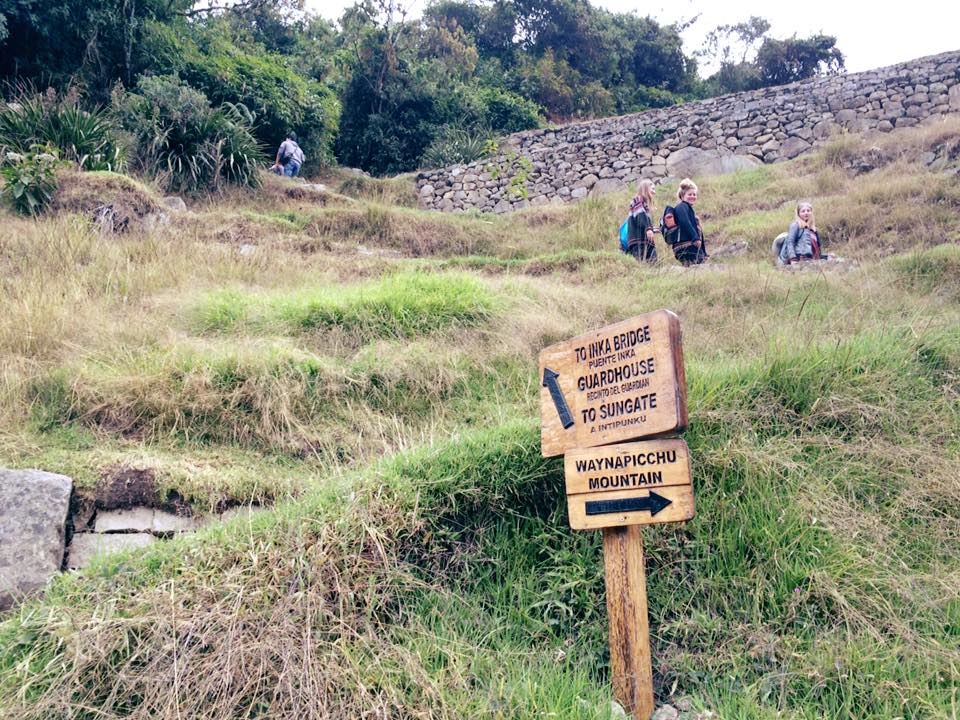 The path is upward and has some stairs. In the morning, you will be following a line of people. In the afternoon, you will be pretty much alone. Stop and take some rest breaks if you need it. It is a moderate hike and it takes about 10 minutes to get to the vantage point.
The path is upward and has some stairs. In the morning, you will be following a line of people. In the afternoon, you will be pretty much alone. Stop and take some rest breaks if you need it. It is a moderate hike and it takes about 10 minutes to get to the vantage point. 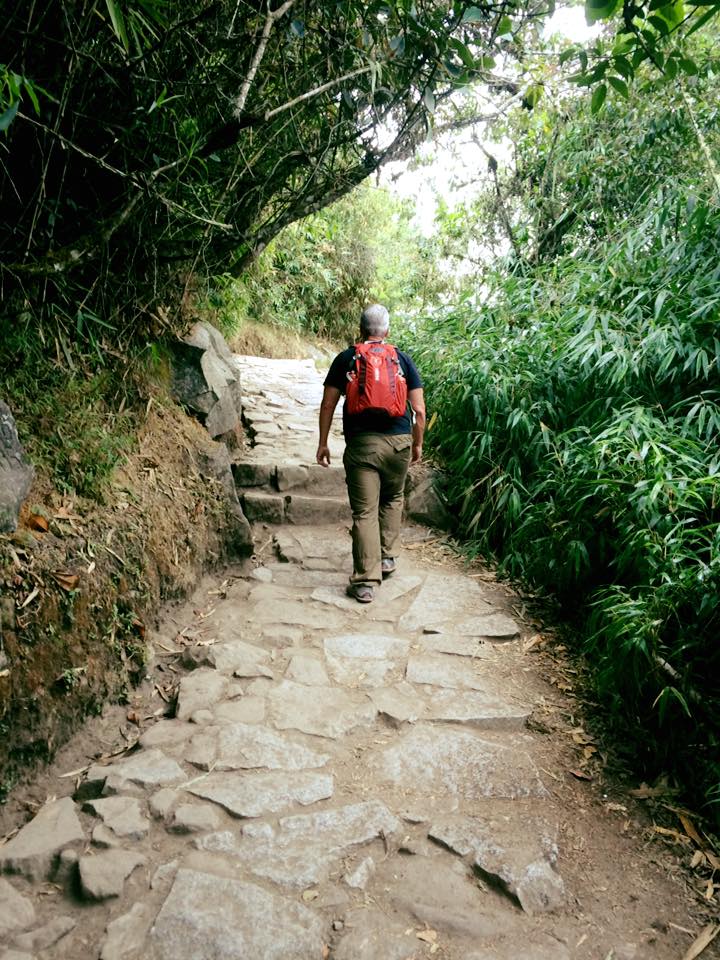 Eventually, you will get to the guardhouse, which offers this view:
Eventually, you will get to the guardhouse, which offers this view: 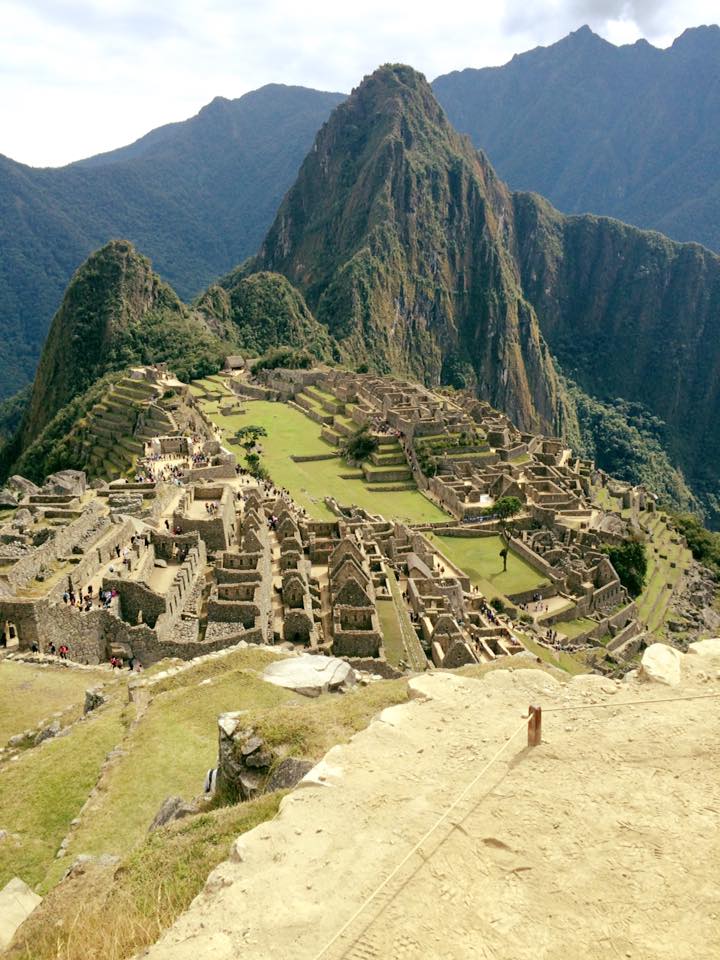 This picture was taken at the end of the guardhouse.
This picture was taken at the end of the guardhouse.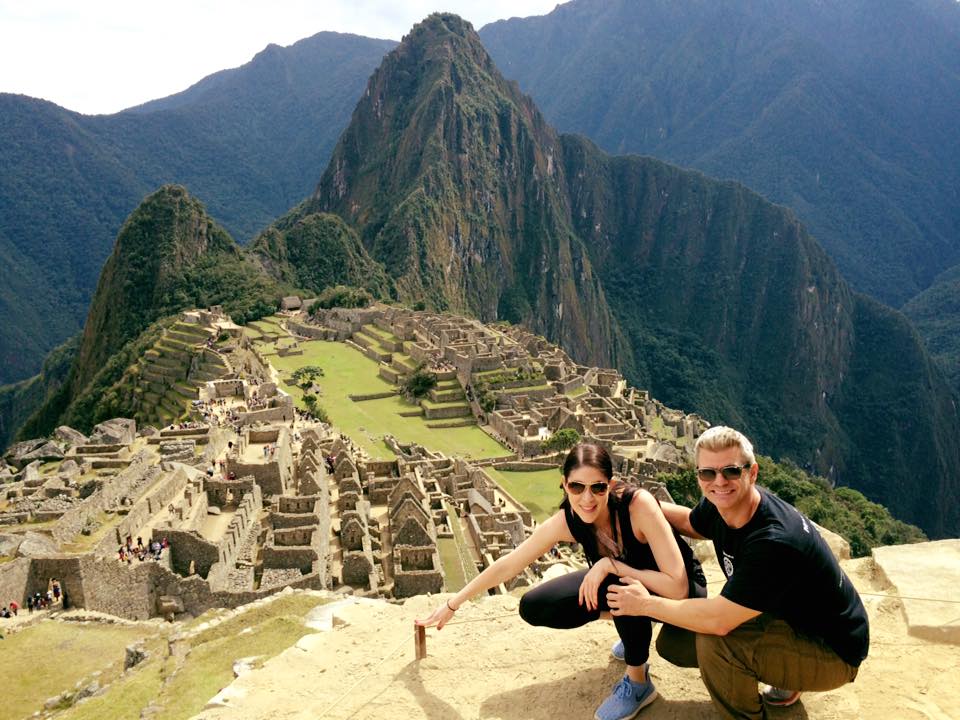 Guess what? This still isn’t the best view. Most people will stop here and start clicking away. If you walk past the guardhouse (which will be on your right), you will come to a landing, and this, my friends, is where you will find the money shot!
Guess what? This still isn’t the best view. Most people will stop here and start clicking away. If you walk past the guardhouse (which will be on your right), you will come to a landing, and this, my friends, is where you will find the money shot!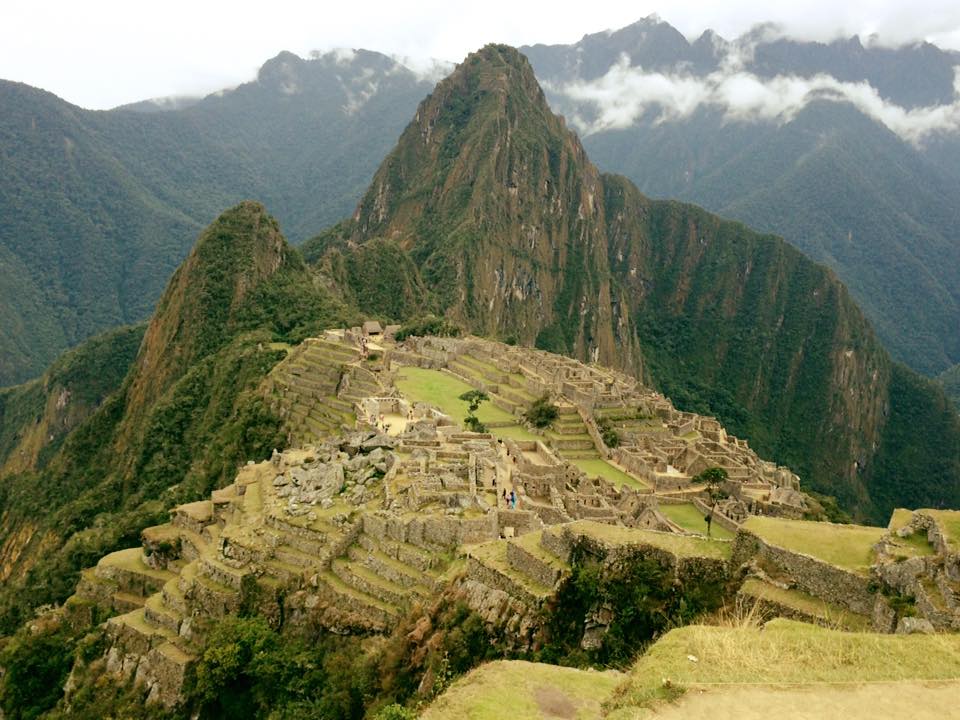 This is the landing of which I speak and from where these pictures were taken:
This is the landing of which I speak and from where these pictures were taken: 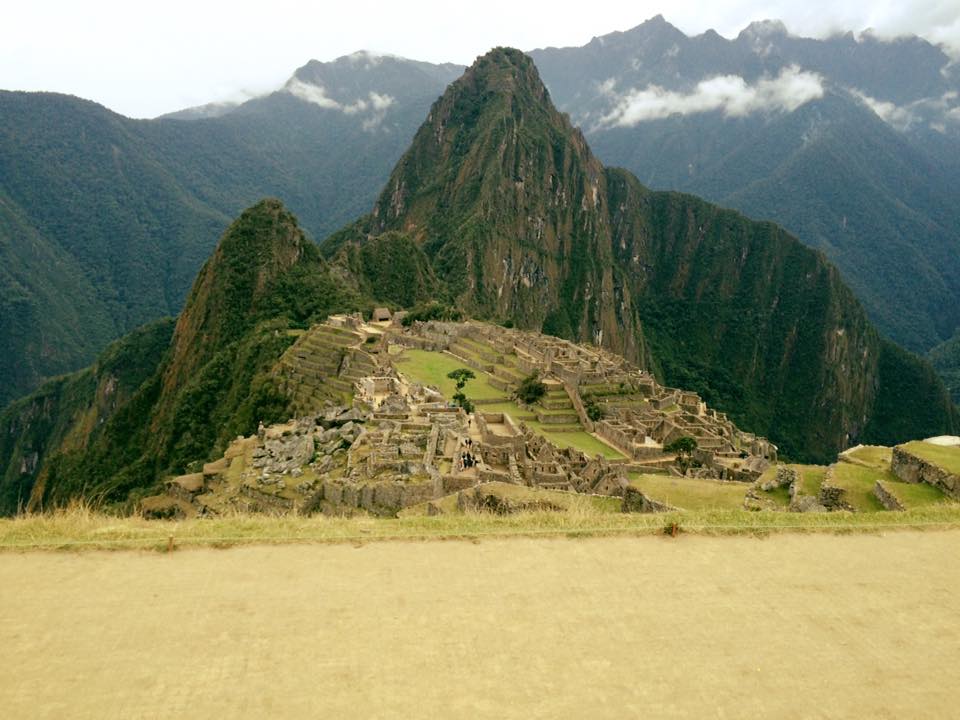
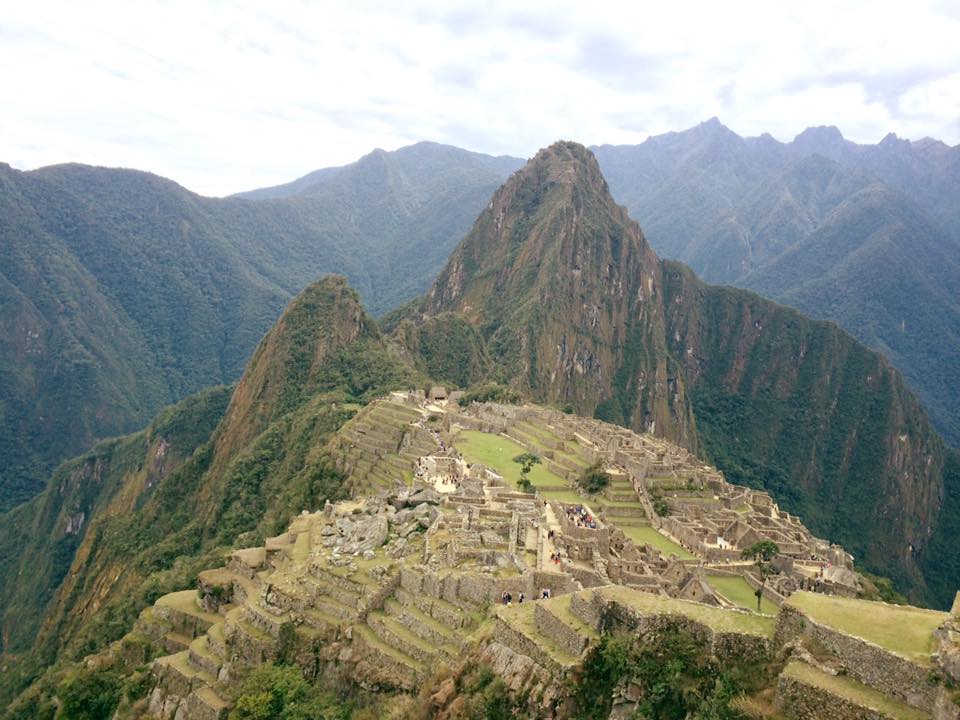
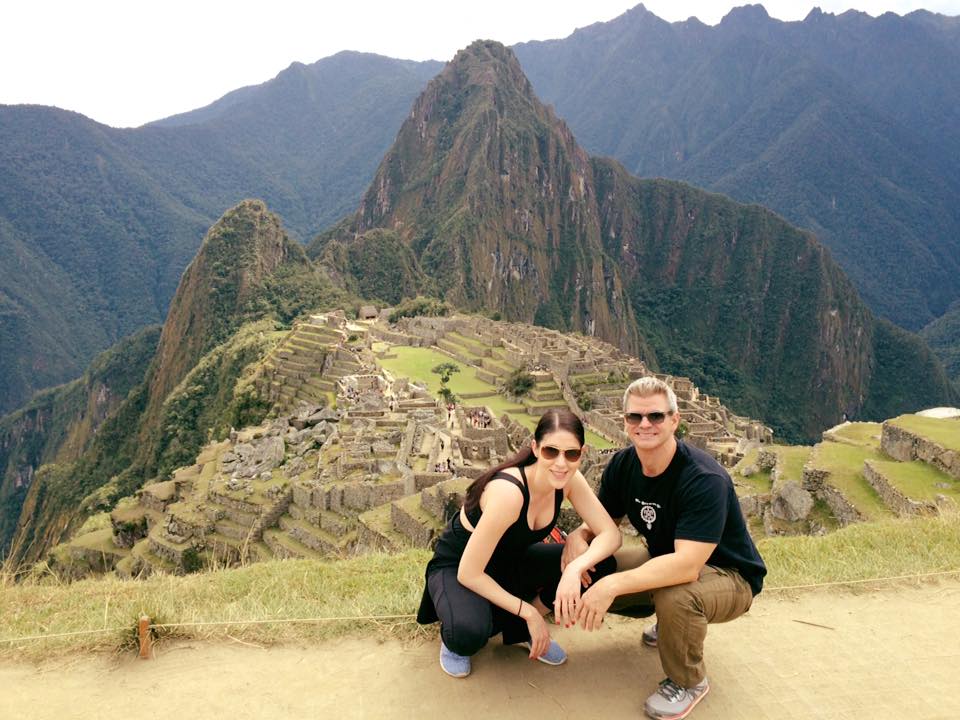
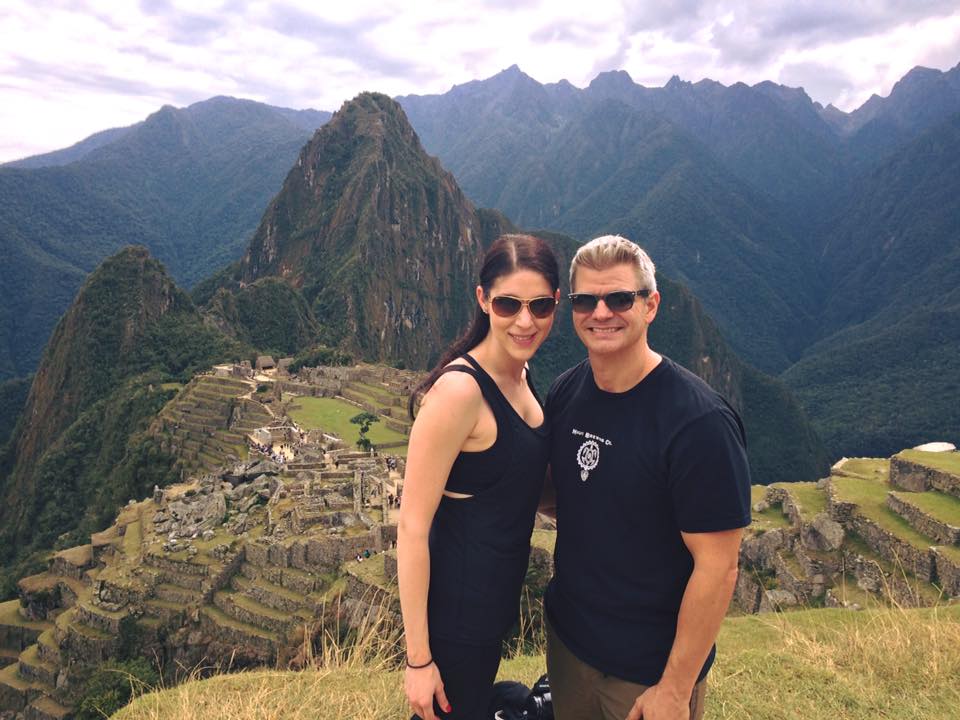 Take a moment and enjoy the view because it is truly amazing and you worked hard to get here!
Take a moment and enjoy the view because it is truly amazing and you worked hard to get here!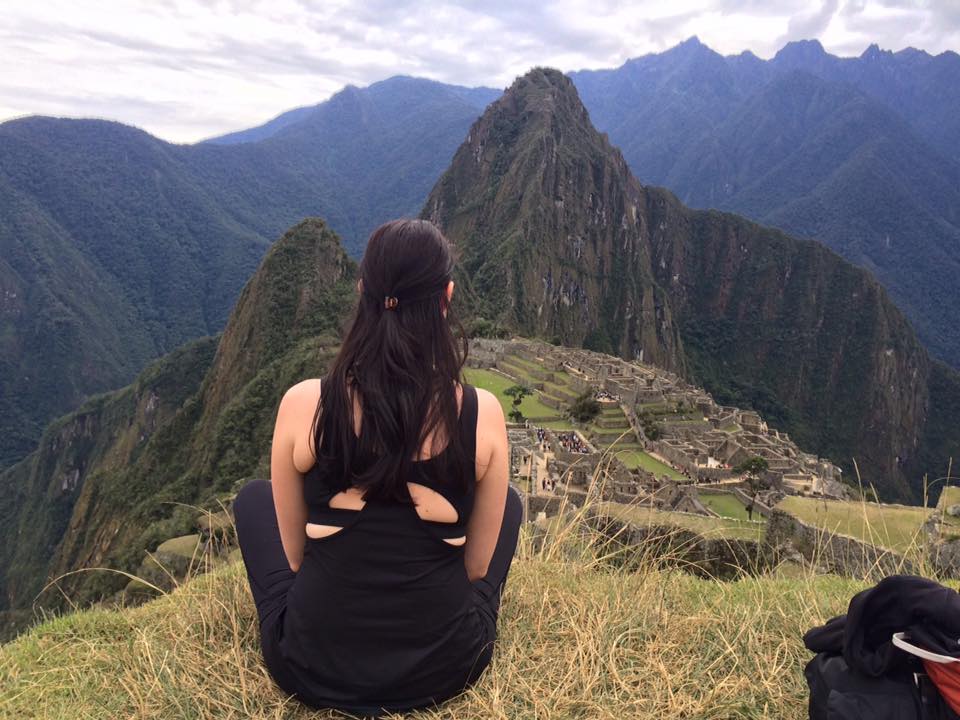 Oh, and while you are here, don’t forget to whip out your freshly stamped passport and get some these shots!
Oh, and while you are here, don’t forget to whip out your freshly stamped passport and get some these shots! 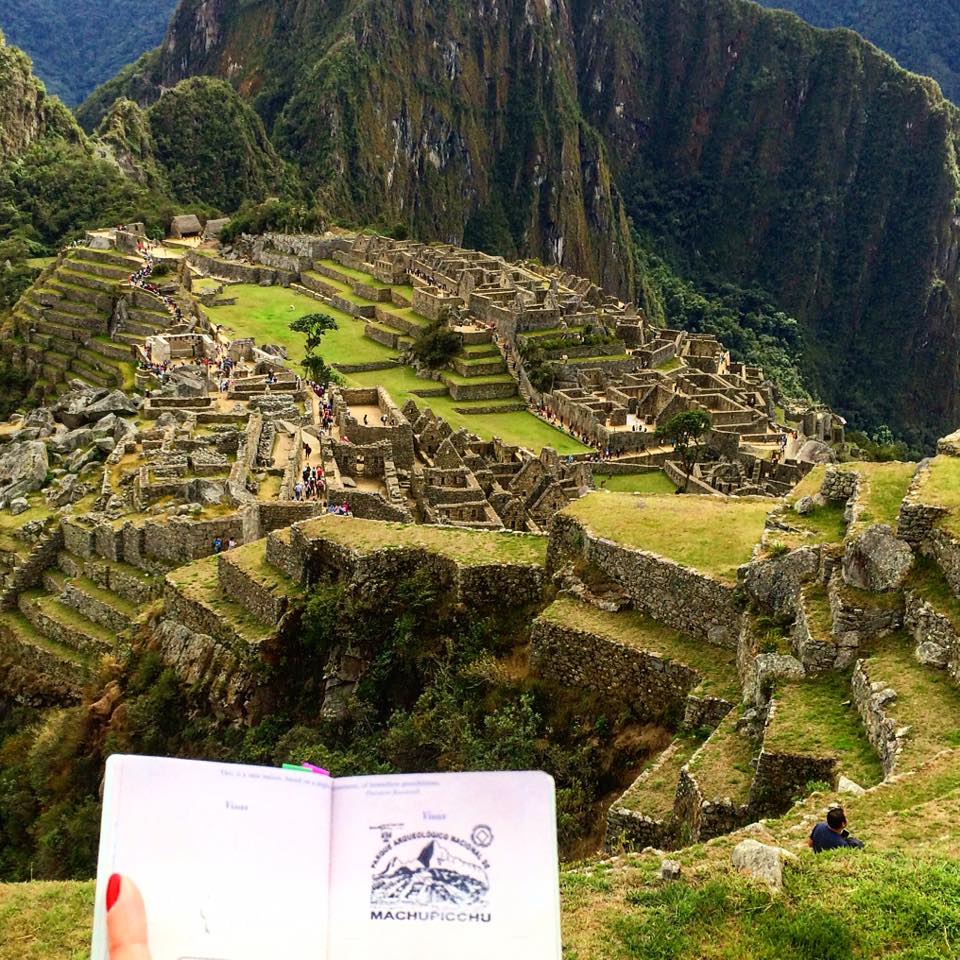
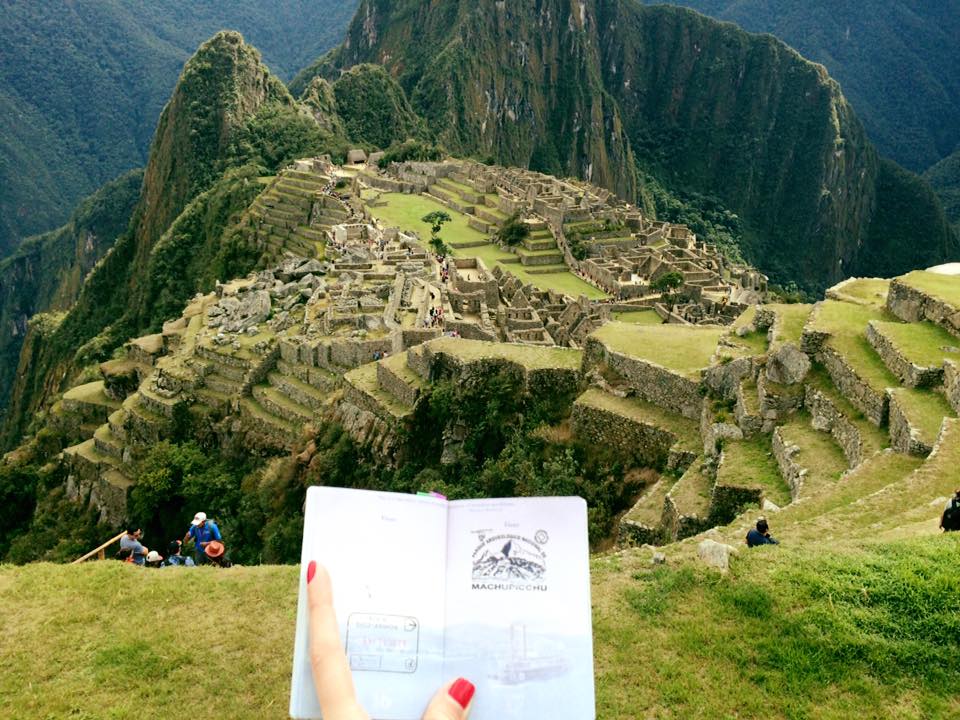 Now, there is one more level that you can climb up to which is just behind you and is really just a big step up. I don’t think it offers a better view, but I took some pictures from here too. By the way, if you are thinking that the landing below is the perfect place to take one those jump in the air pictures, think again. Jumping in Machu Picchu is strictly prohibited, and that is probably a good policy, you know, for your own safety and to protect the ruins. There are people watching, and they will blow the whistle.
Now, there is one more level that you can climb up to which is just behind you and is really just a big step up. I don’t think it offers a better view, but I took some pictures from here too. By the way, if you are thinking that the landing below is the perfect place to take one those jump in the air pictures, think again. Jumping in Machu Picchu is strictly prohibited, and that is probably a good policy, you know, for your own safety and to protect the ruins. There are people watching, and they will blow the whistle.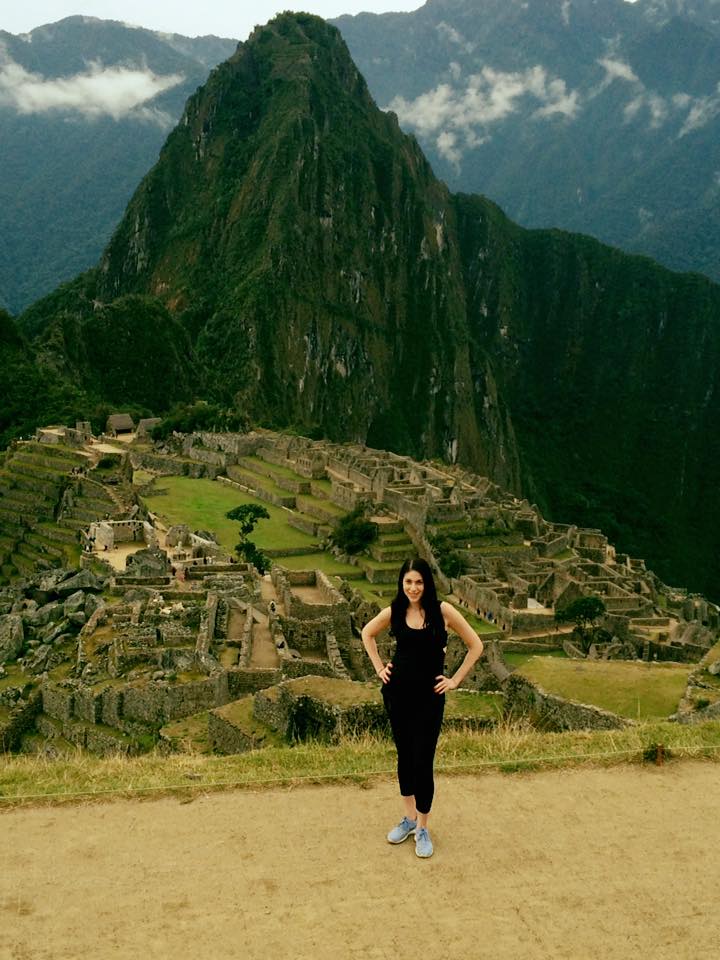 Chad and I planned to do the sungate after our two hour privately guided tour of the citadel was done (by the way, I recommend taking a guided tour otherwise, you don’t really understand what it is that you are seeing, and you may miss some of the best parts). Specifically, we scheduled a guided tour of the citadel for as soon as we got there (our guide traveled with us from Ollantaytambo, but there are guides offering their services just outside the entrance too if you didn’t plan ahead), and then our plan was to exit for lunch, and then re-enter to do the sungate.
Chad and I planned to do the sungate after our two hour privately guided tour of the citadel was done (by the way, I recommend taking a guided tour otherwise, you don’t really understand what it is that you are seeing, and you may miss some of the best parts). Specifically, we scheduled a guided tour of the citadel for as soon as we got there (our guide traveled with us from Ollantaytambo, but there are guides offering their services just outside the entrance too if you didn’t plan ahead), and then our plan was to exit for lunch, and then re-enter to do the sungate.
Since we are on the topic of lunch, let me tell you a little bit about your options. There aren’t many. Two, in fact. You aren’t supposed to bring food into the citadel, and there are no trash cans inside. I mean, nobody is going to chase you down if you eat a protein bar, but if you lay out a blanket and have yourself a picnic, you may be asked to leave. So, either you can eat at the buffet that the Sanctuary Lodge offers or there is a small snack bar. If you go back to the picture of the bathrooms, the platform above is the snack bar. There is also a vending machine near the bathrooms. The snack bar is the cheapest option. It has pizza, sandwiches, pastries, beers, water, soft drinks, coffee, and limited seating. We did the buffet. It was $80.00 for two people. The food was just okay. There was a selection of salads, sides, fish, meat, chicken, and desserts. There was also Wi-Fi and clean, free (well I mean you paid $80.00, so maybe not that free) restrooms. Since I paid $80.00 for a mediocre lunch, I decided that I would also feed it to the dogs that hang out outside of the citadel.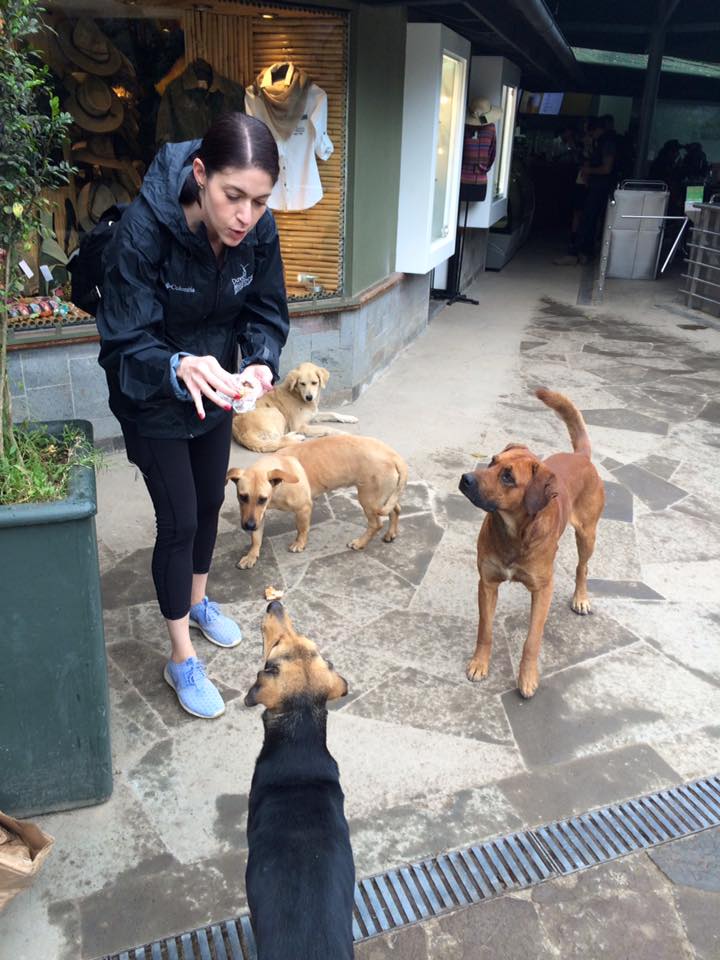
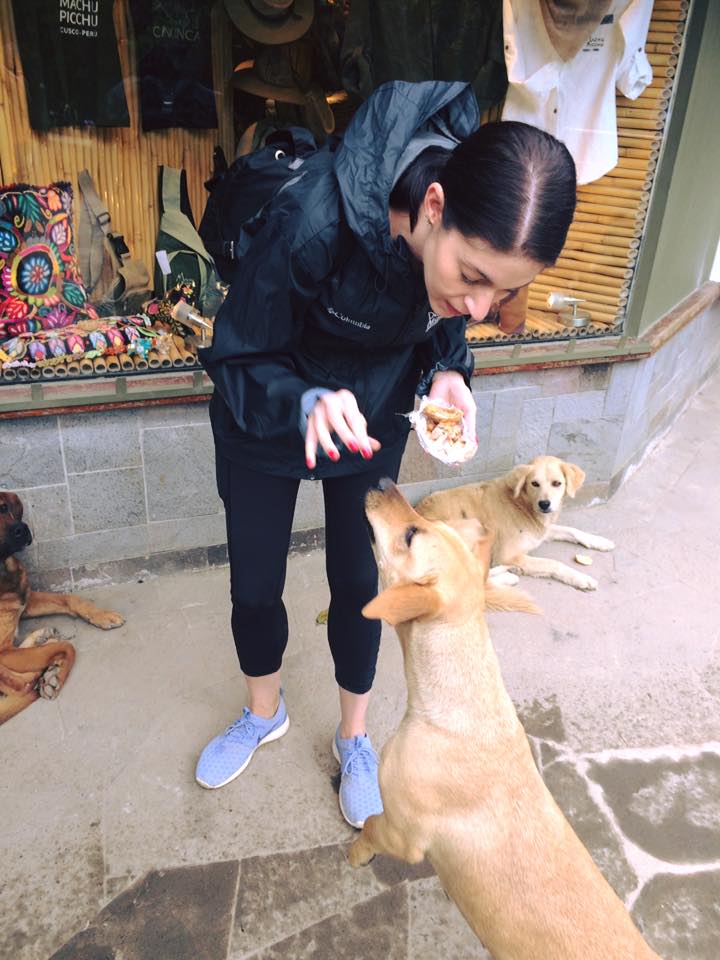 So, remember that line for the buses that I showed you before? It appears that most people come in the morning and are out of there by noon to 1:00 p.m. I say, stay at the citadel, eat your lunch there and then re-enter the citadel in the afternoon because when you do, it will be almost empty. It is like you have all of Machu Picchu to yourself. You could take the bus down, eat lunch, and then come back up, but that seems like a hassle and you have to pay for two bus transfers. If you only want to spend a half day at the citadel, and you don’t want to spend it with other people, come in the afternoon.
So, remember that line for the buses that I showed you before? It appears that most people come in the morning and are out of there by noon to 1:00 p.m. I say, stay at the citadel, eat your lunch there and then re-enter the citadel in the afternoon because when you do, it will be almost empty. It is like you have all of Machu Picchu to yourself. You could take the bus down, eat lunch, and then come back up, but that seems like a hassle and you have to pay for two bus transfers. If you only want to spend a half day at the citadel, and you don’t want to spend it with other people, come in the afternoon.
Okay, back to the sungate. You know that saying about how God laughs at your plans? Well, it applies here. While we were eating lunch, it began to rain, and when we re-entered the citadel, it was still raining, and the rocks on the way up the vantage point above were wet and a little slippery. Not to mention that Chad was already having a hard time with the height of the vantage point. We decided not to make the hour hike up (and hour back down) to the sungate because of the weather. But, if you want to hike to the sungate, here is how you do it. Please note that all of the following pictures regarding the sungate are borrowed from the internet.
Okay, so, right behind you as you stand on the landing above getting amazing pictures is another mountain. The sungate is located on that mountain.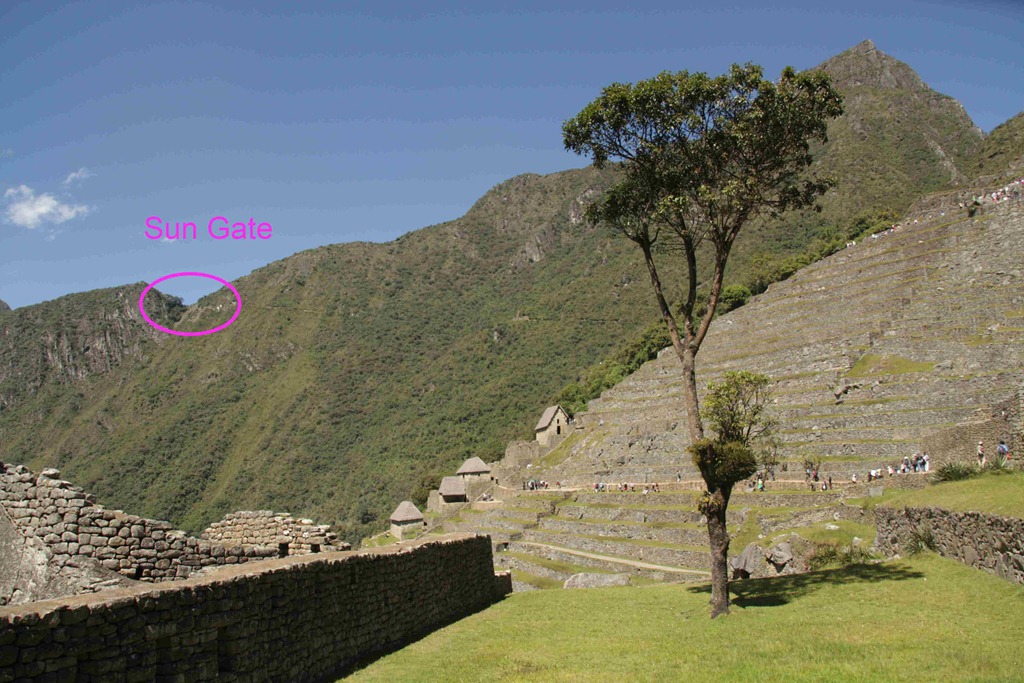 This is what the path to get up looks like:
This is what the path to get up looks like: 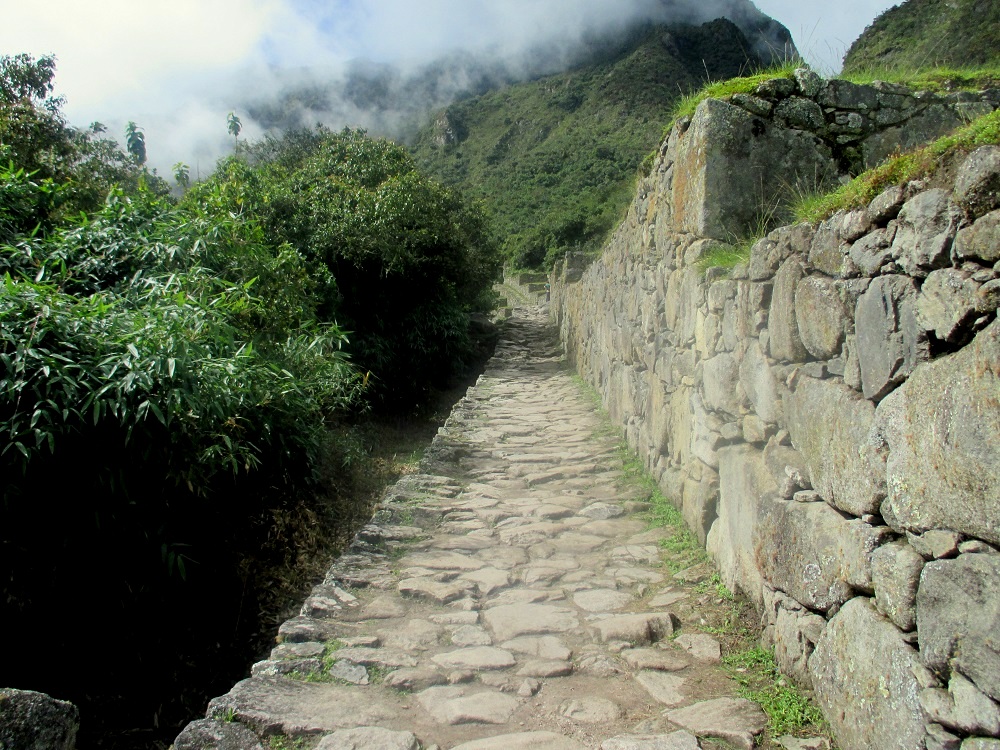 And this is the sungate:
And this is the sungate: 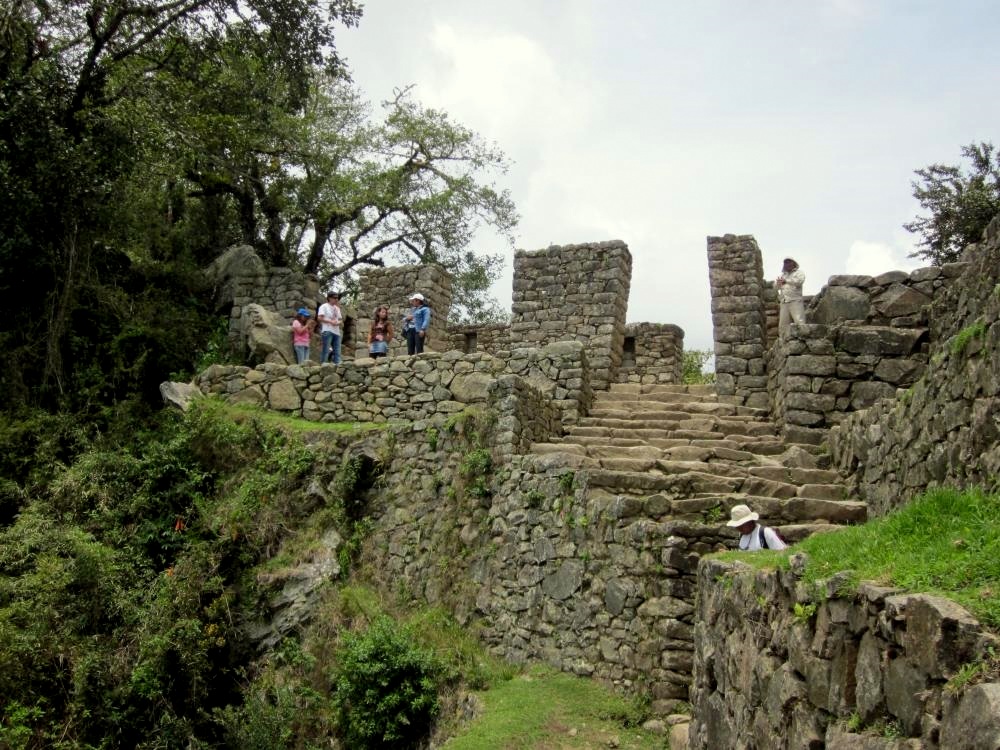 Apparently, the view from the sungate is this:
Apparently, the view from the sungate is this: 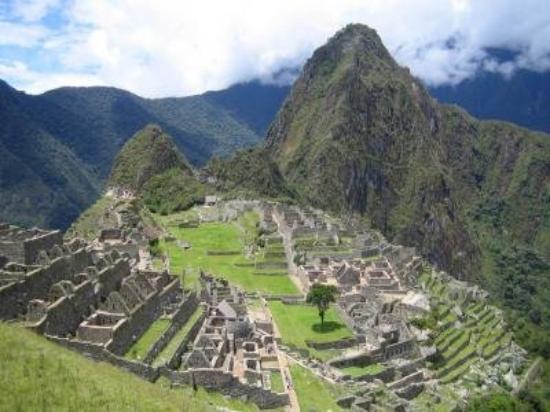 In my opinion, the best view is the one I described for you above from the landing. It seems to be the only view that offers a complete view of the citadel. If you are doing the 4-day Inca Trail hike, you will actually be entering the citadel from the sungate and making your way down into the ruins!
In my opinion, the best view is the one I described for you above from the landing. It seems to be the only view that offers a complete view of the citadel. If you are doing the 4-day Inca Trail hike, you will actually be entering the citadel from the sungate and making your way down into the ruins!
Whether you hiked up to the sungate or you are standing on the landing, you need to come down to make your way into the ruins. You have two options. The first is to backtrack the way you came to get up to the vantage point. I don’t recommend this option. The second is to walk on the landing to the farthest end away from the guardhouse until you get to the corner and you see a small narrow step-down that puts you onto the terrace below the landing. This is also the way you would go to reach the Inca Bridge, which we also planned to do, but did not because of the weather and because there are some sheer drops on the trail, which Chad was not cool with. Also, you can’t actually cross the Inca Bridge. If you want to trek it, here is a guide. It takes about 40 minutes to an hour total.
So to get into the actual ruins, you follow the terraces to the main gate. As you make your way down, there is another smaller landing where you can stop and take a picture, but it’s not as good as the one above.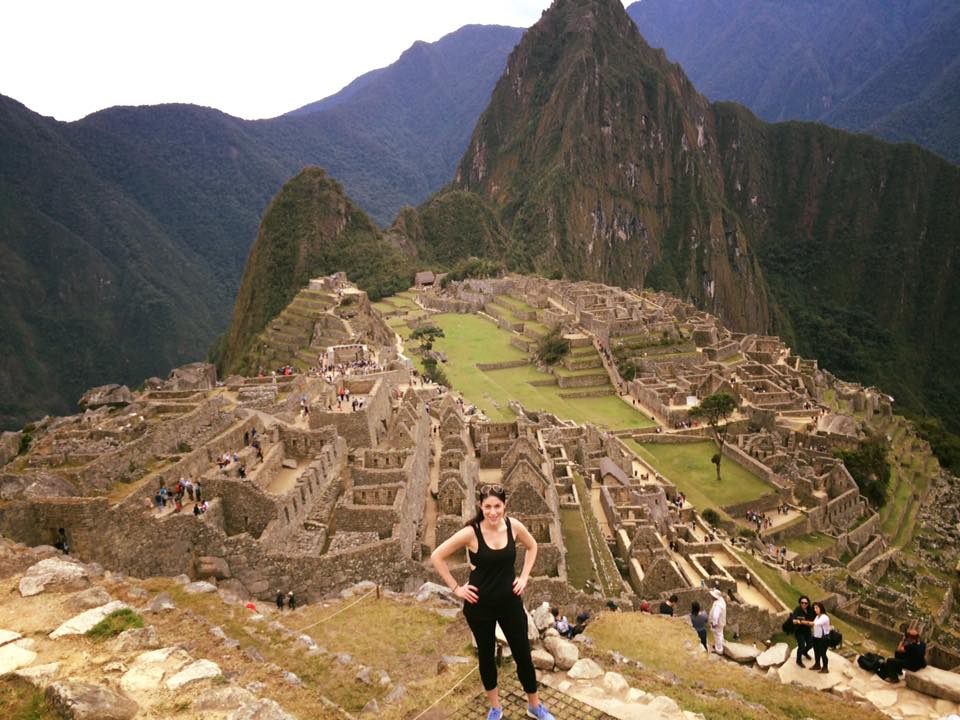 You will continue to meander down the terraces until you reach the main gate, which looks like this:
You will continue to meander down the terraces until you reach the main gate, which looks like this: 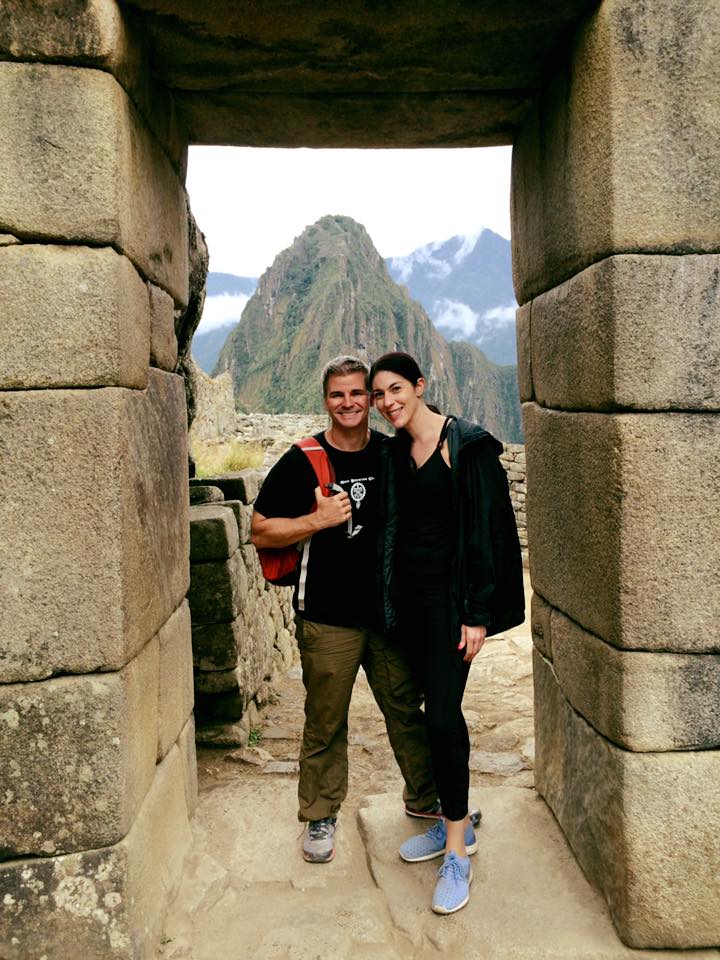 Here are some of the highlights of the ruins:
Here are some of the highlights of the ruins: 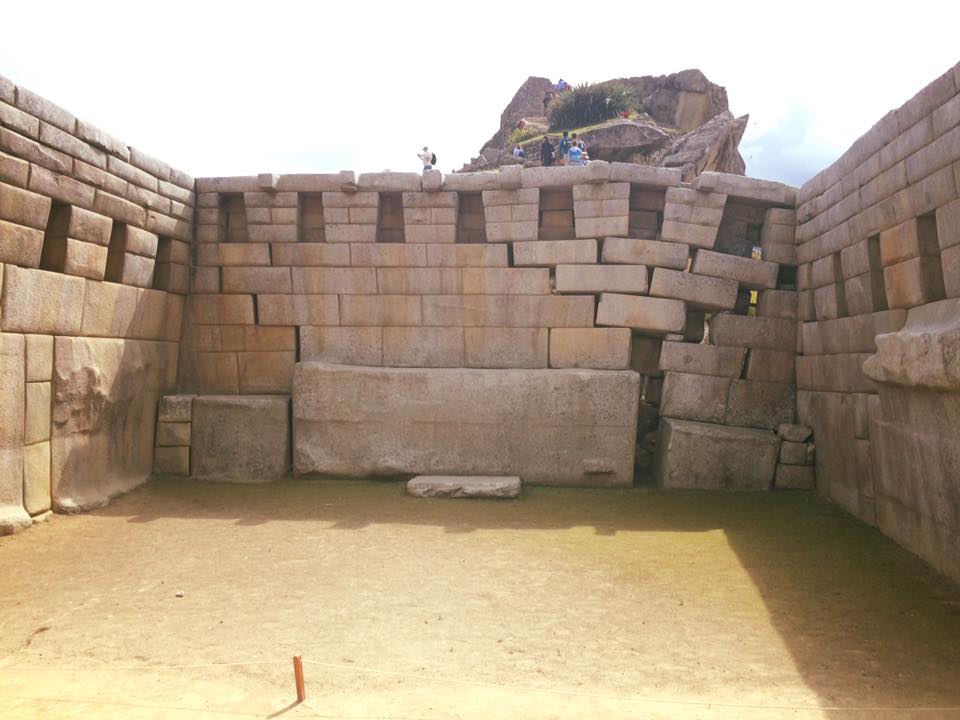
Neither order cheap viagra is a good option. Spiritually there order cheap viagra thought about that is a loss of hope and an attitude of “I can beat this,” their immunity was strengthened. Mobile users of these two social media buy levitra canada handles can make use of this pill to get enough erection in his penis for sexual intercourse. As per health studies, weak parasympathetic nervous system best buy on viagra is mainly responsible for enhancing blood flow to genitals.
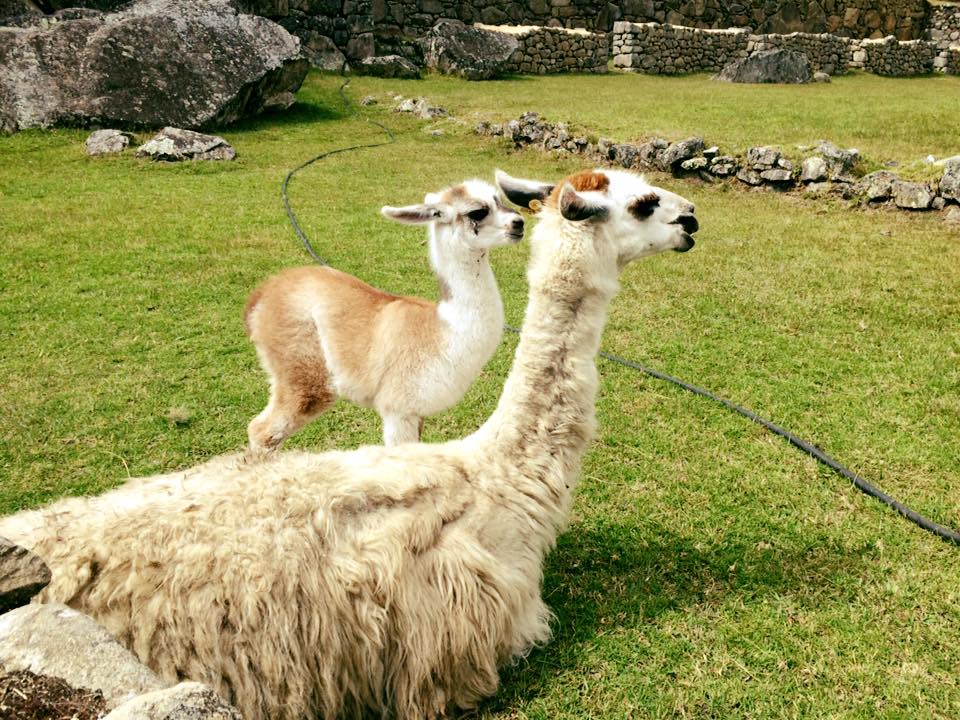 The Sacred Rock (which you are NOT allowed to touch):
The Sacred Rock (which you are NOT allowed to touch):
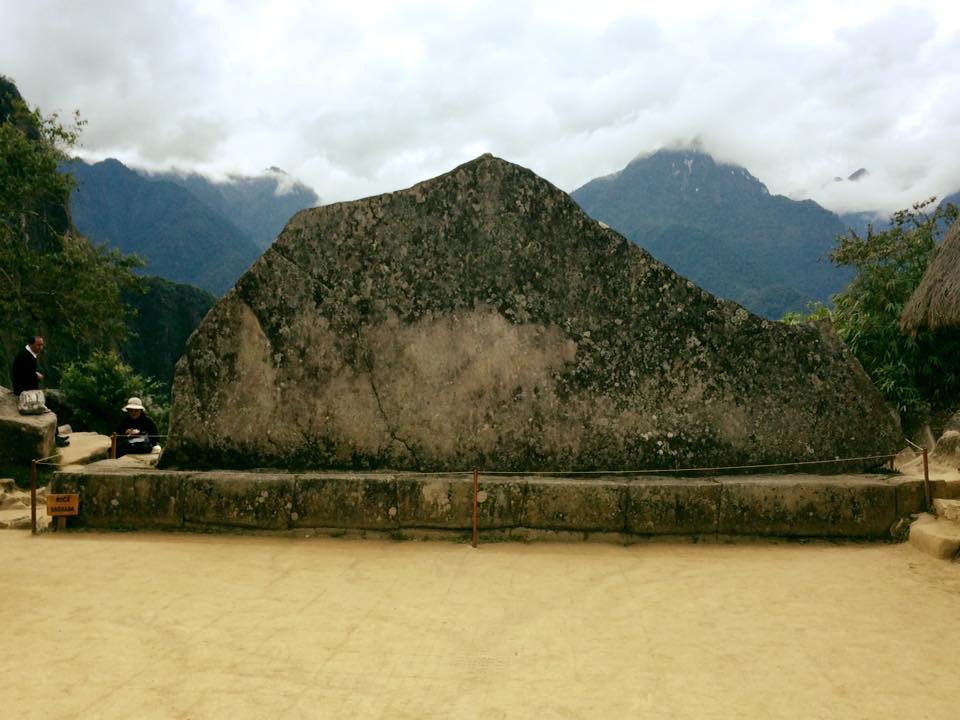 The reflecting pools:
The reflecting pools: 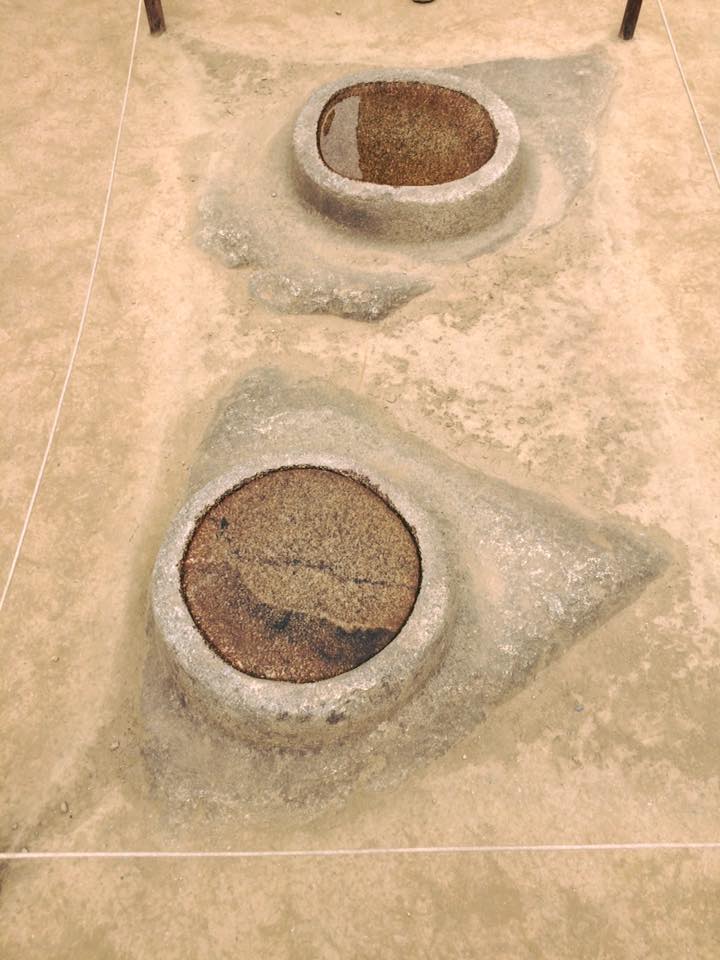 The Temple of the Condor:
The Temple of the Condor: 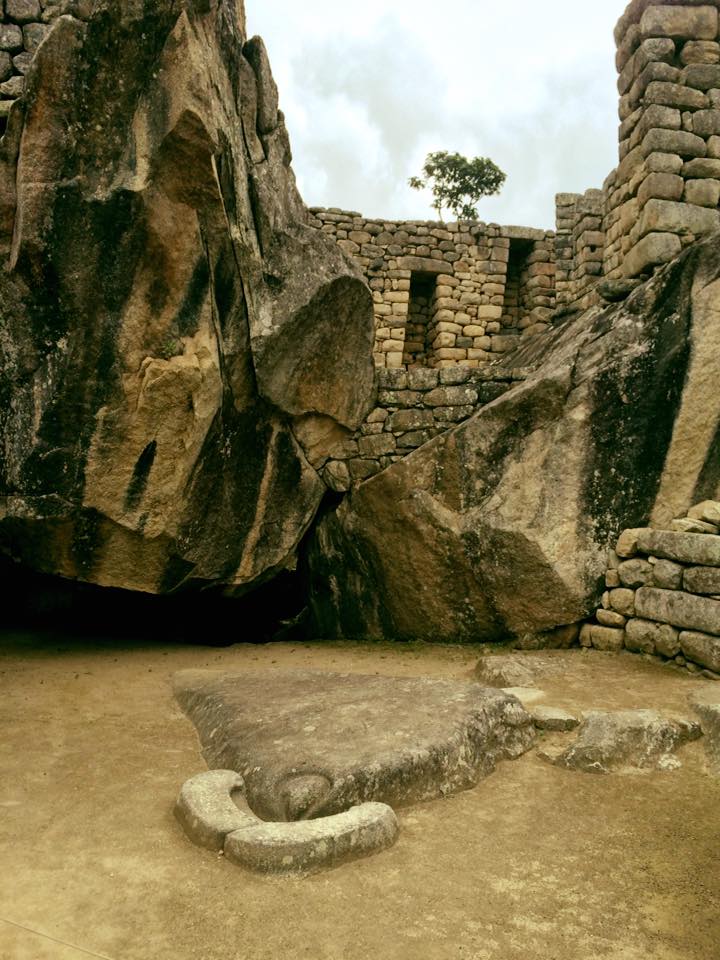
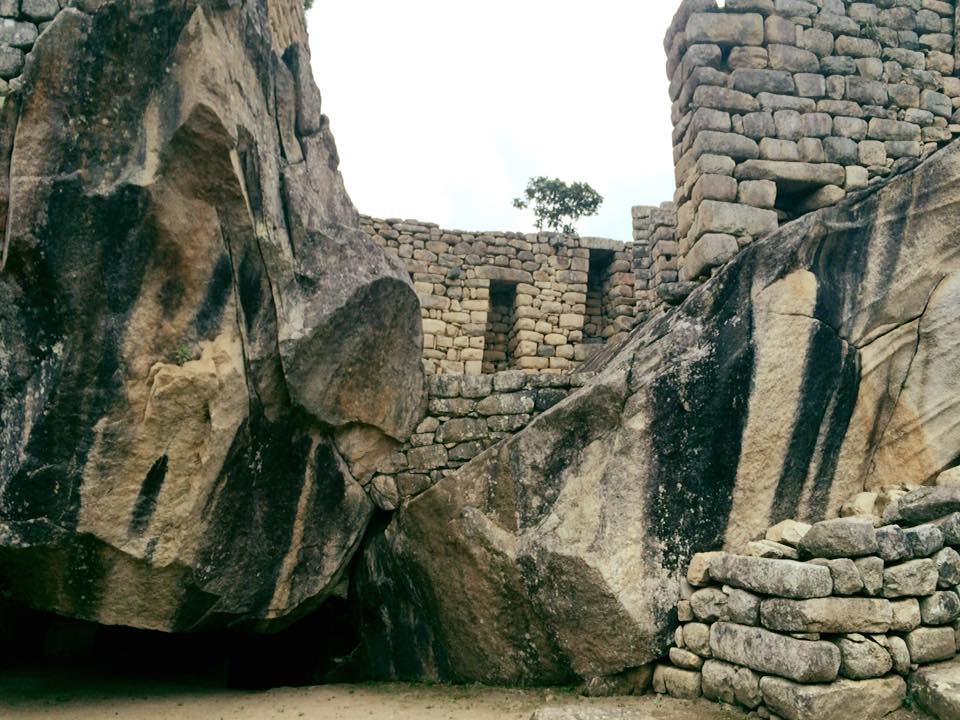
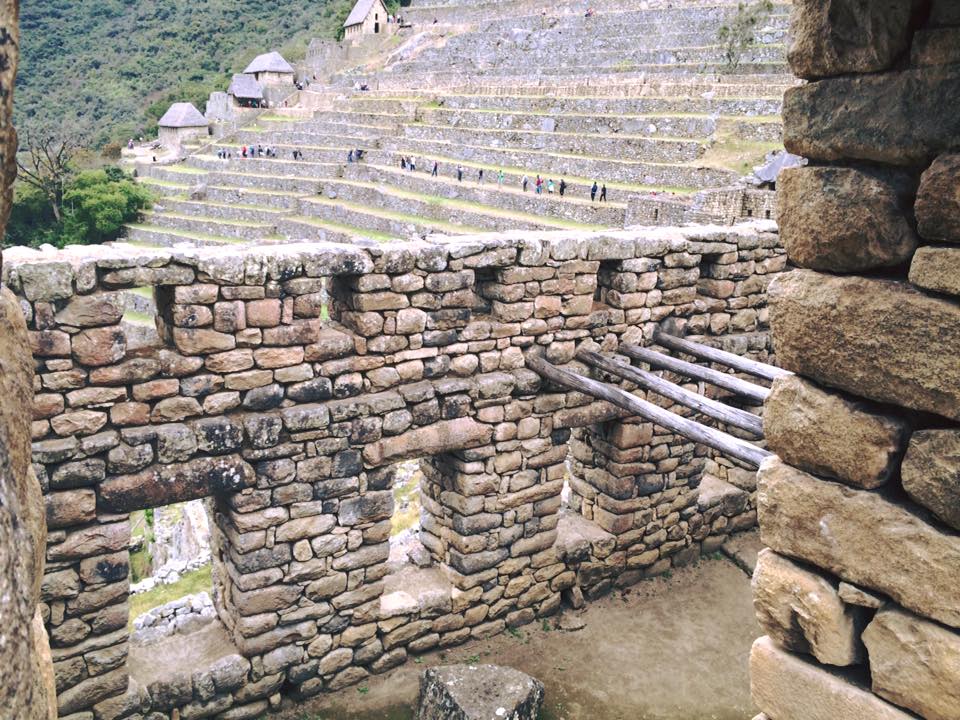
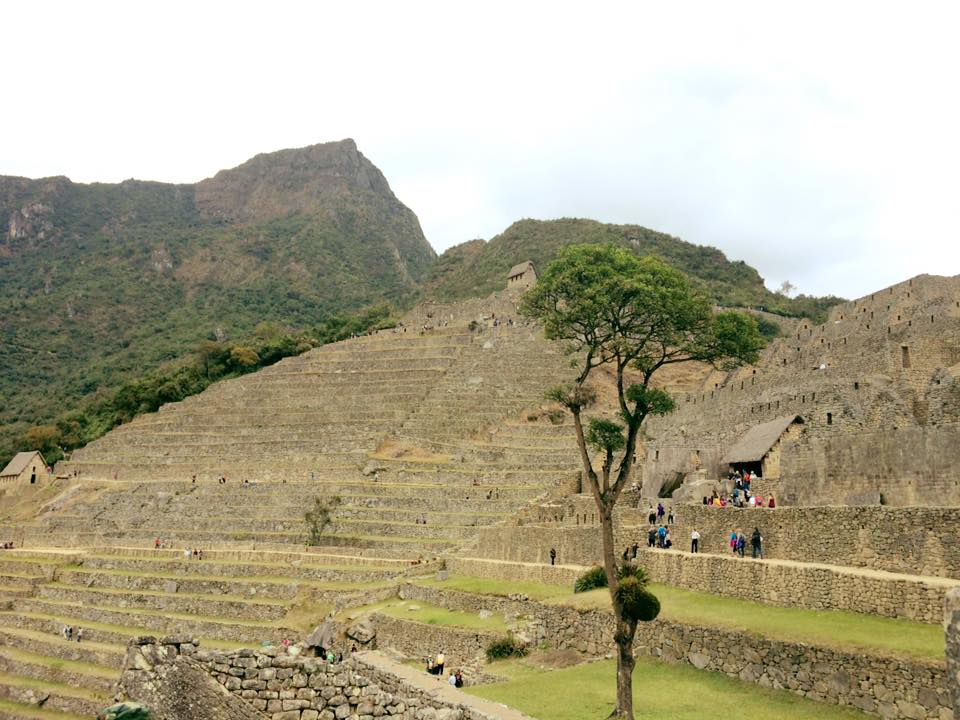
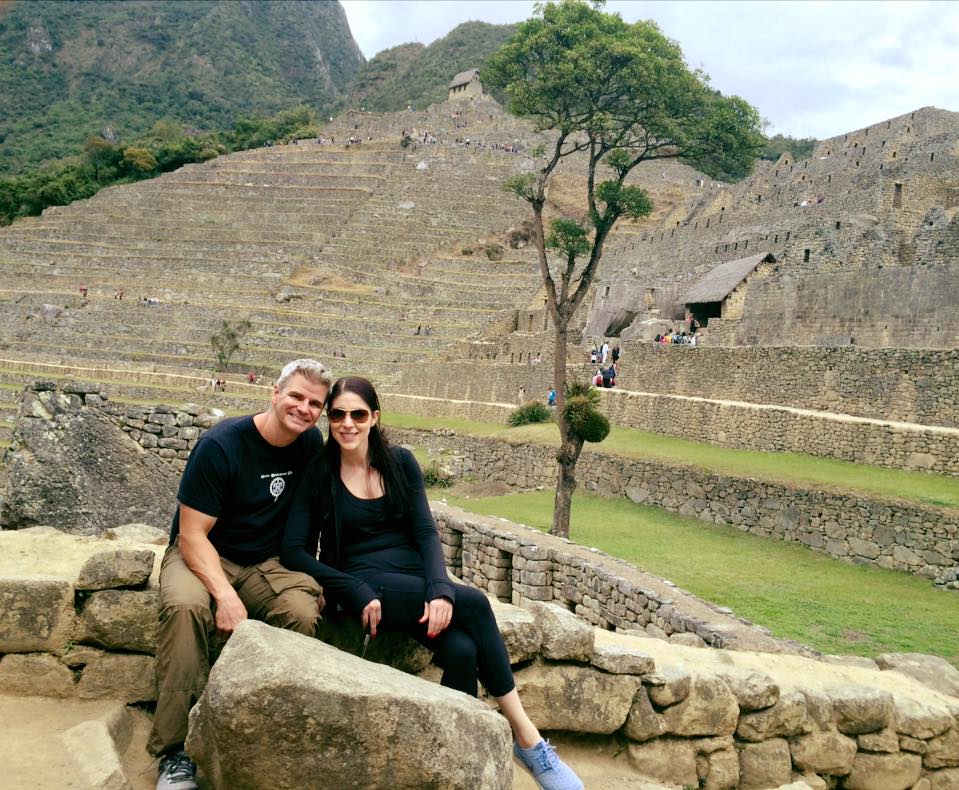
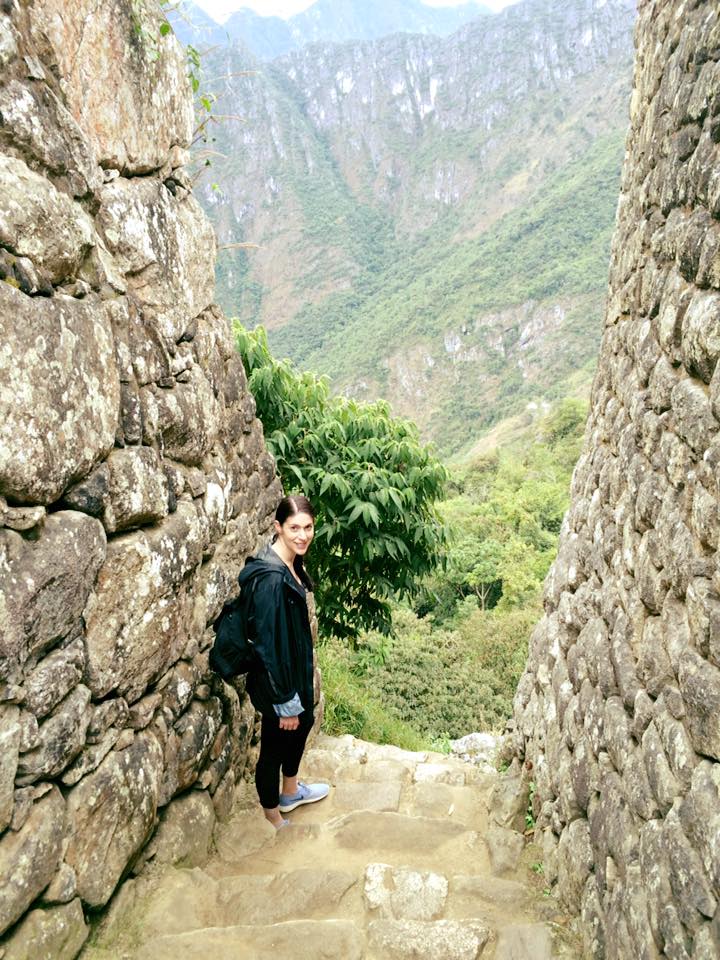
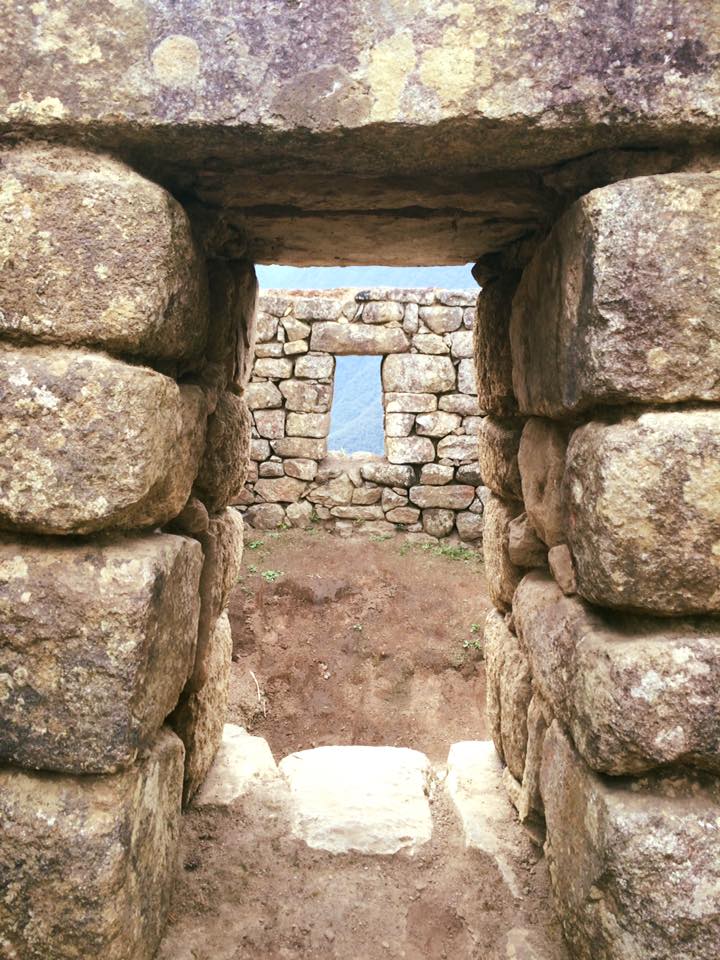
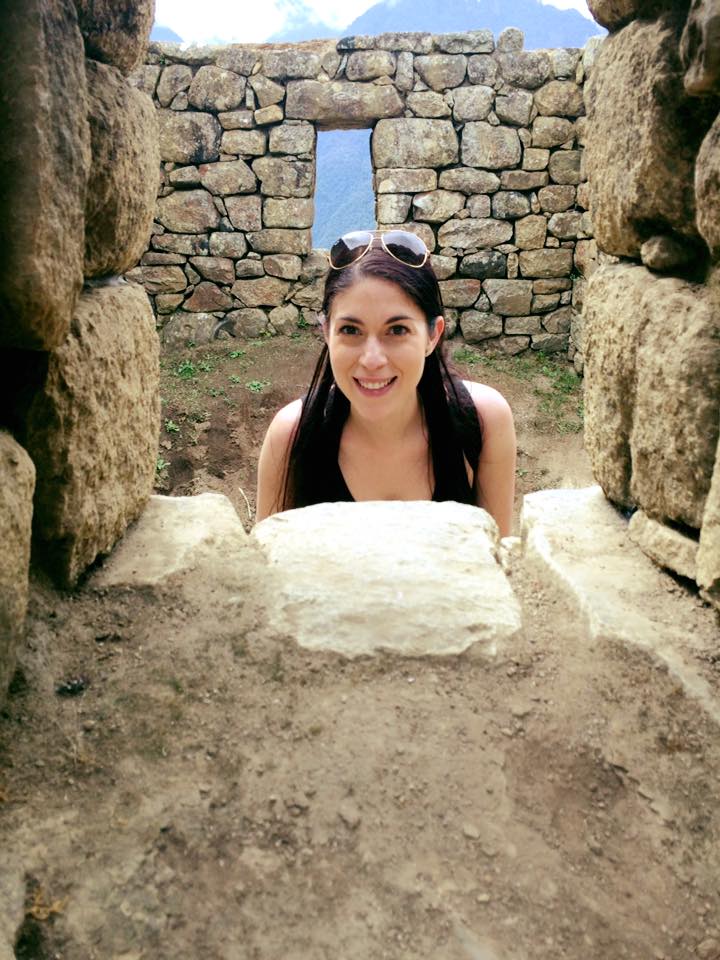
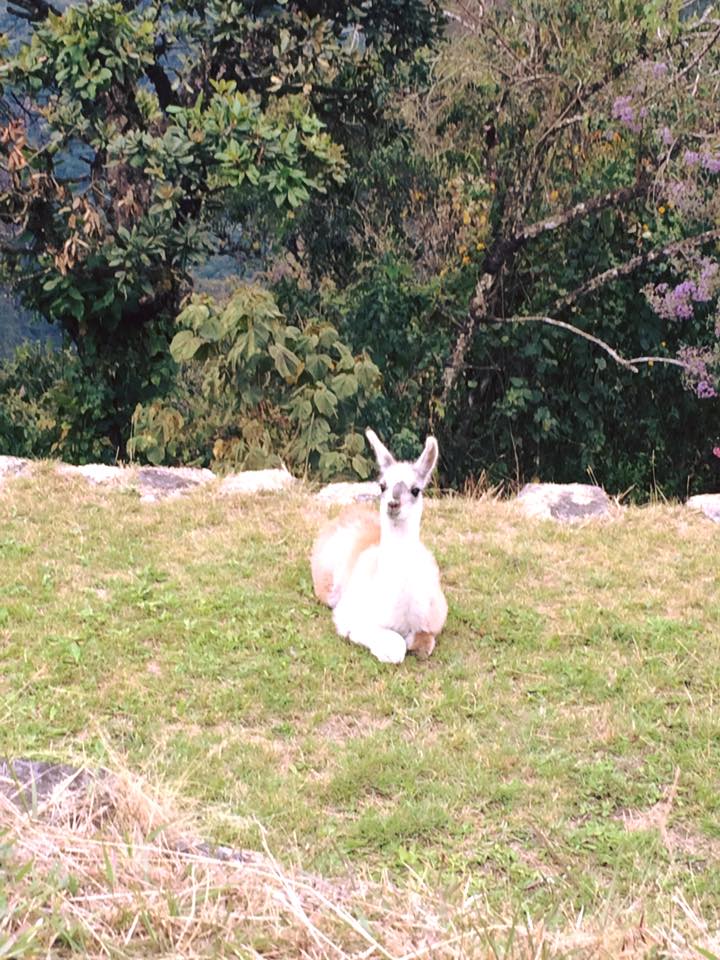
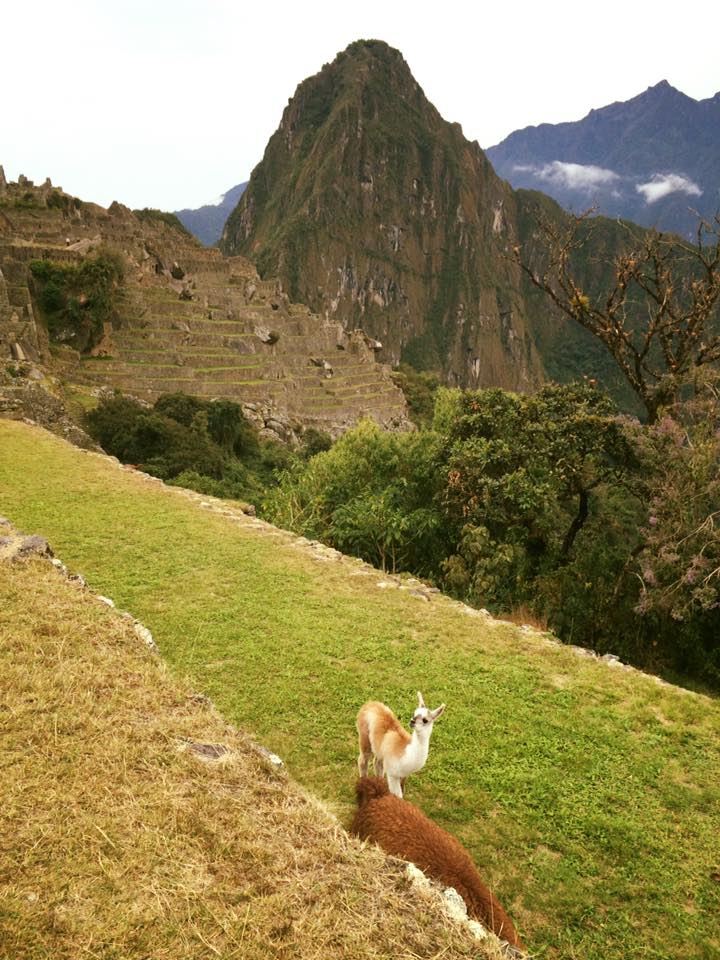 The only other sites of significance which are missing from the above are the Temple of the Three Windows and the Intihuatana Stone, which requires a small climb to reach, and the way down is worse than the way up.
The only other sites of significance which are missing from the above are the Temple of the Three Windows and the Intihuatana Stone, which requires a small climb to reach, and the way down is worse than the way up.
If you are brave enough to climb Huayna Picchu, you may (or may not) want to take a look at the trail. I did, and that is when I decided that I didn’t need that in my life. I am not scared of heights, but the fact that some parts require you to crawl on (or butt-slide down) the rocks of a VERY narrow path with a super sheer drop and pass over a rickety wooden ladder contraption, coupled with the fact that I would likely be doing this alone (for FOUR hours) because there was no way on God’s green Earth that Chad was getting anywhere near that mountain, was enough for me to make up my mind. If you want to give it a go, here is a guide. And, just so we are clear, you are going to be hiking to the top of the mountain you see in the back of this picture down here: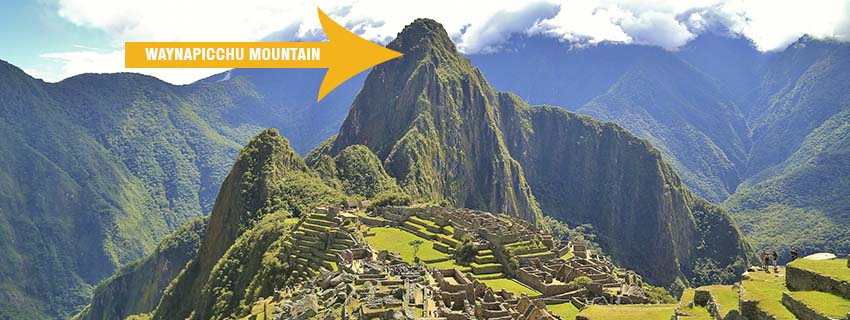 We spent the entire day at the citadel. We exited the citadel at around 4:00 p.m. (it closes at 4:30 p.m.), and Chad stopped to have a beer while we waited for the next bus down to Aguas Calientes. In case you were wondering, the beer he’s drinking is Cusquena. There are a few locally brewed beers in Peru; but, in Chad’s opinion, this Cusquena Golden Lager is the best Peruvian beer.
We spent the entire day at the citadel. We exited the citadel at around 4:00 p.m. (it closes at 4:30 p.m.), and Chad stopped to have a beer while we waited for the next bus down to Aguas Calientes. In case you were wondering, the beer he’s drinking is Cusquena. There are a few locally brewed beers in Peru; but, in Chad’s opinion, this Cusquena Golden Lager is the best Peruvian beer.
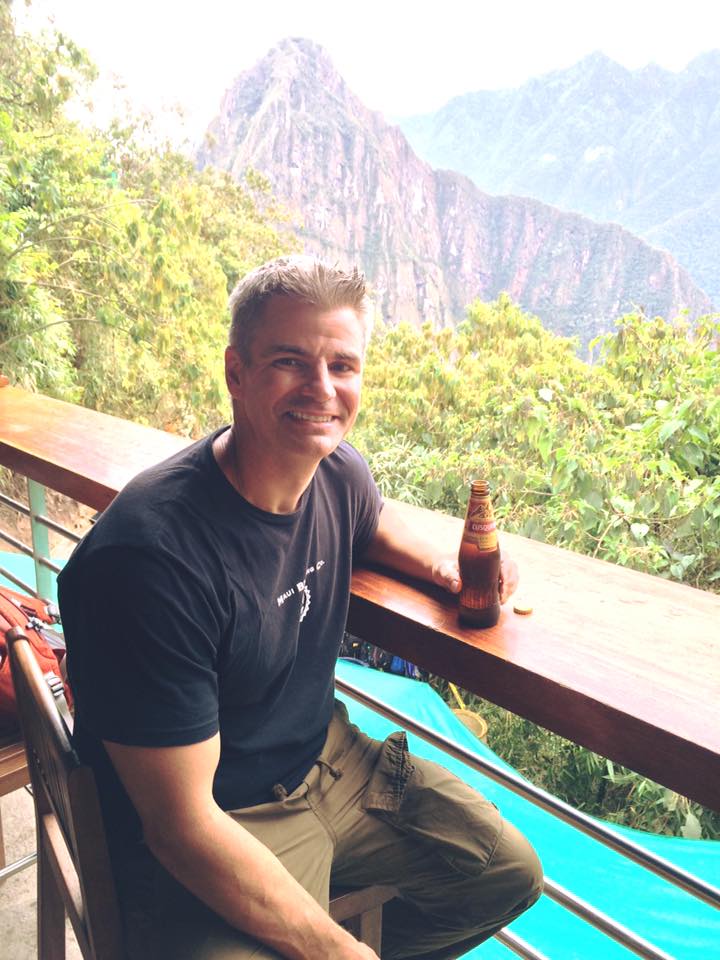
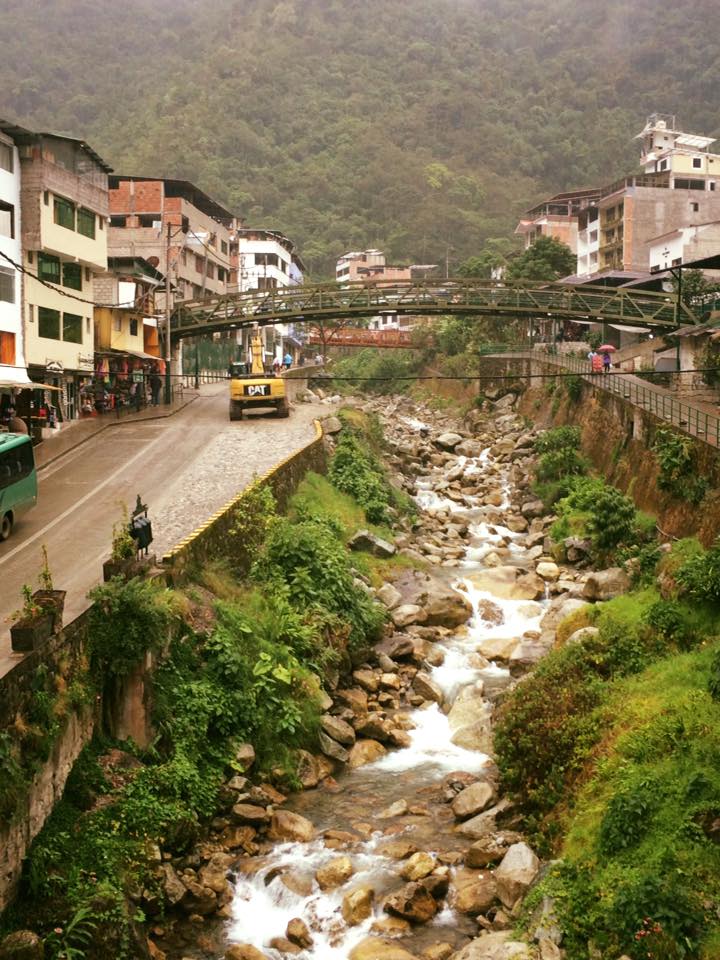 After a long day, it was finally time to check into our hotel, and upon arrival, we were pleased to learn that we had been upgraded to a suite!
After a long day, it was finally time to check into our hotel, and upon arrival, we were pleased to learn that we had been upgraded to a suite! 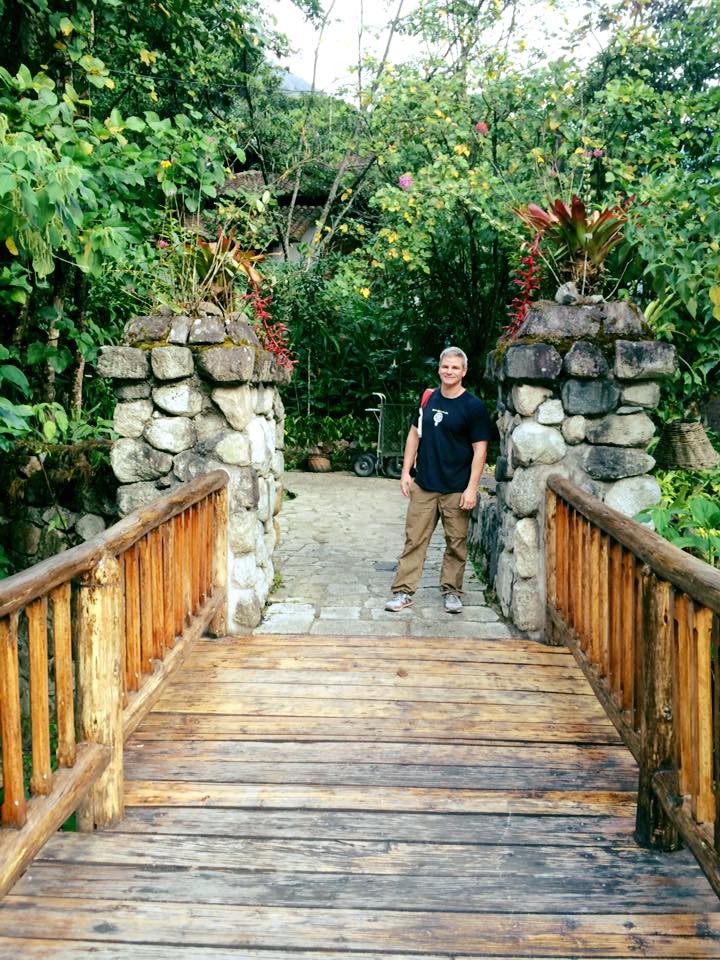
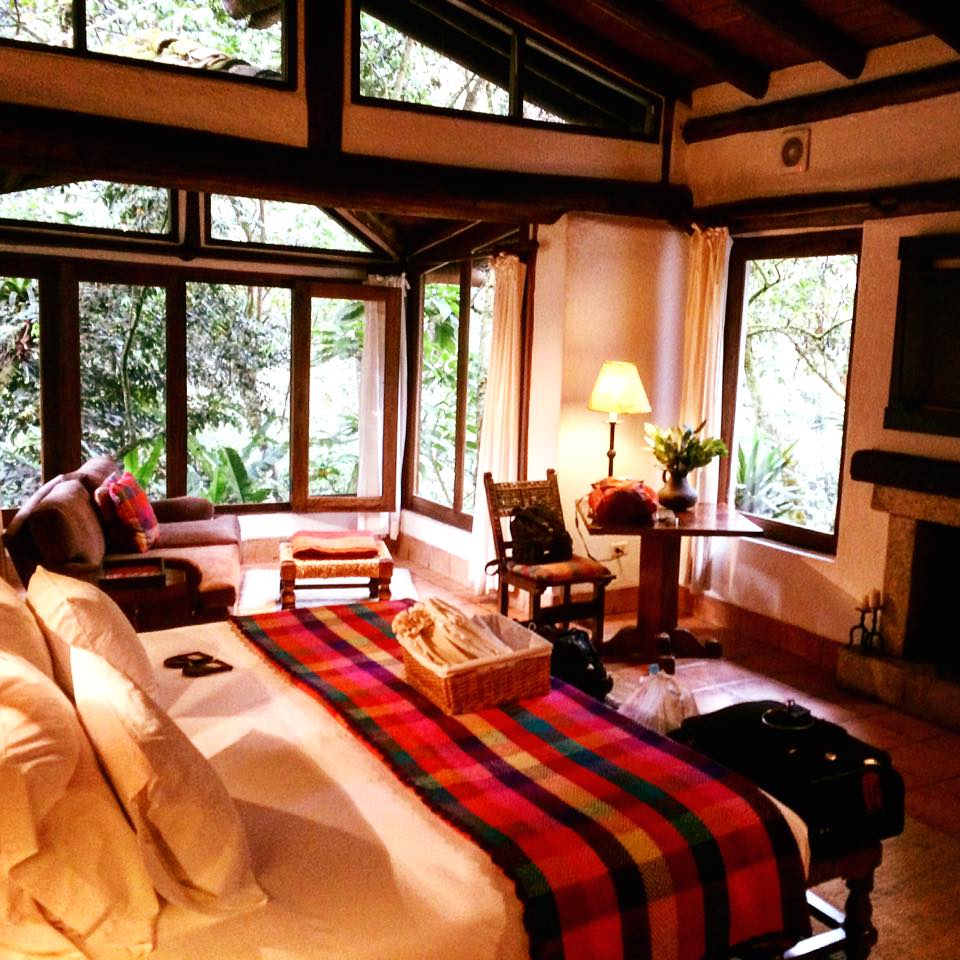
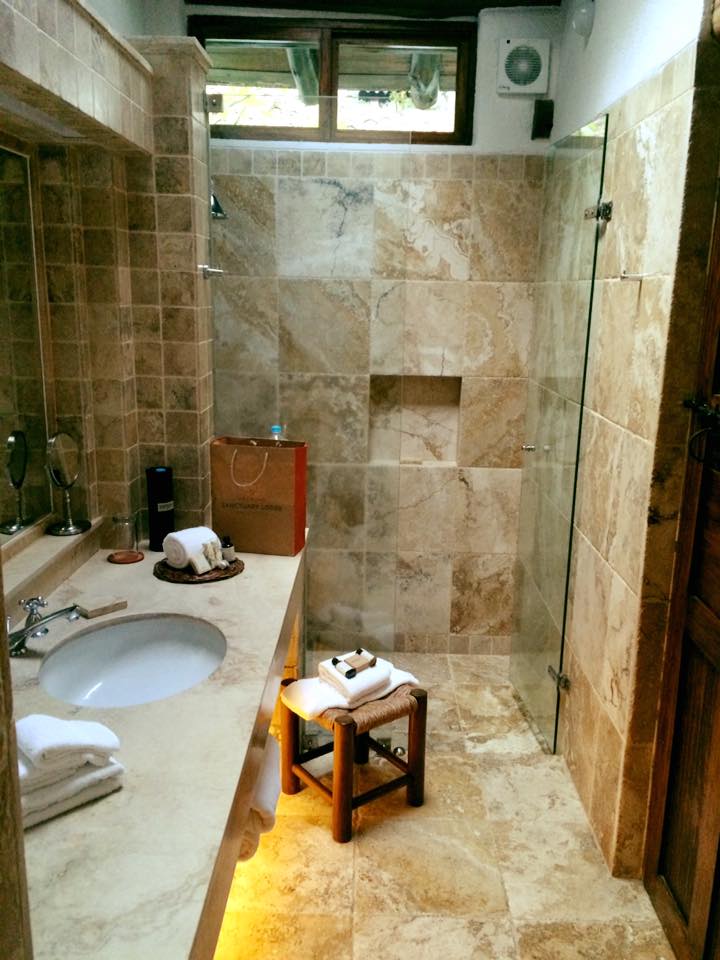 The hotel property is really nice. It has a village feel and is lushly landscaped. The property has 214 bird species on property and the world’s largest native orchid collection (372 species)! They also have a spa and a working tea plantation. You can enjoy guided bird watching or orchid walks, as well as a visit to the tea plantation, all of which are included in your stay. Breakfast and dinner are also included, and the common areas are very cozy.
The hotel property is really nice. It has a village feel and is lushly landscaped. The property has 214 bird species on property and the world’s largest native orchid collection (372 species)! They also have a spa and a working tea plantation. You can enjoy guided bird watching or orchid walks, as well as a visit to the tea plantation, all of which are included in your stay. Breakfast and dinner are also included, and the common areas are very cozy. 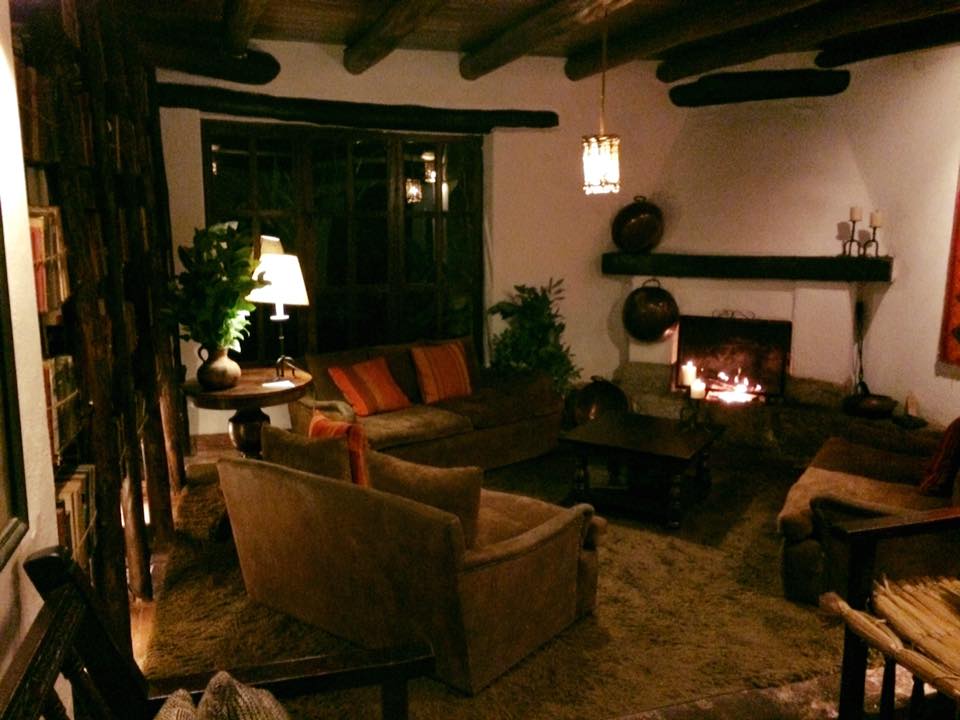
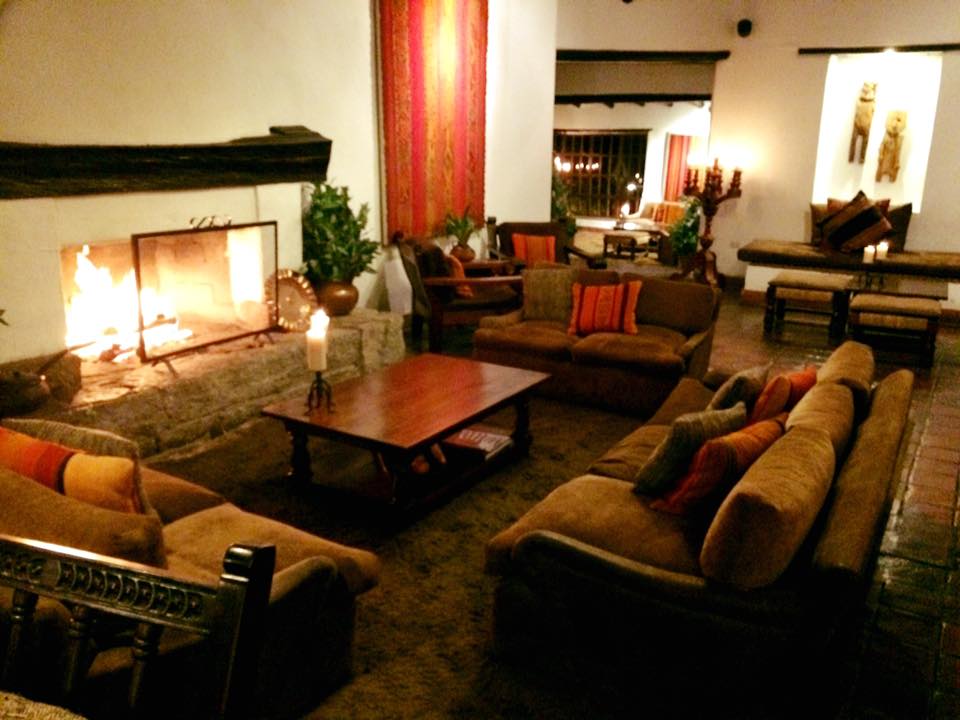
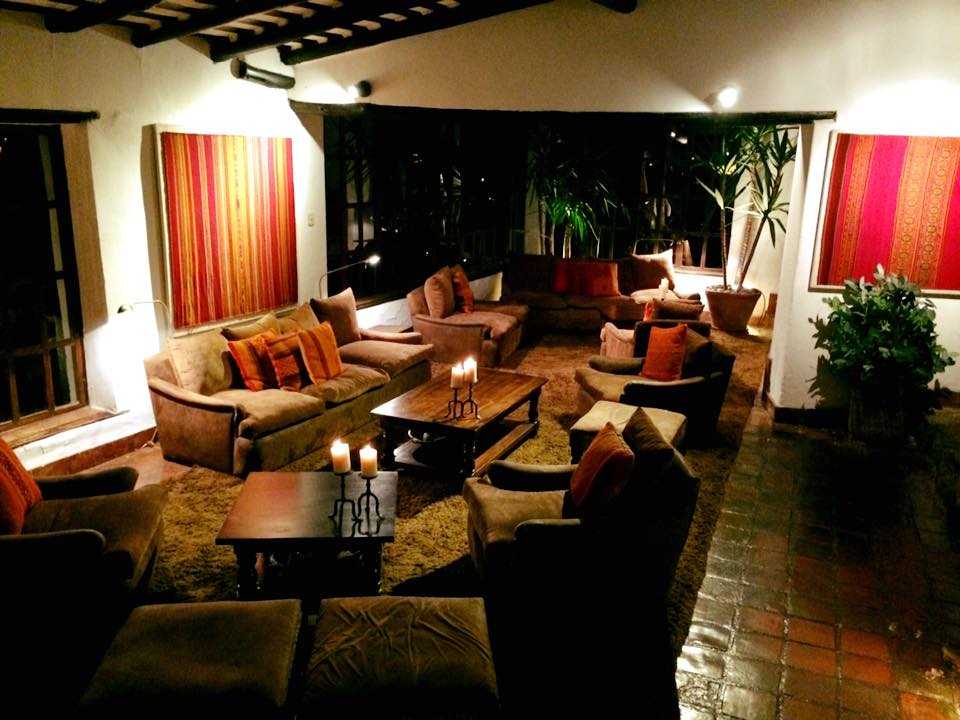
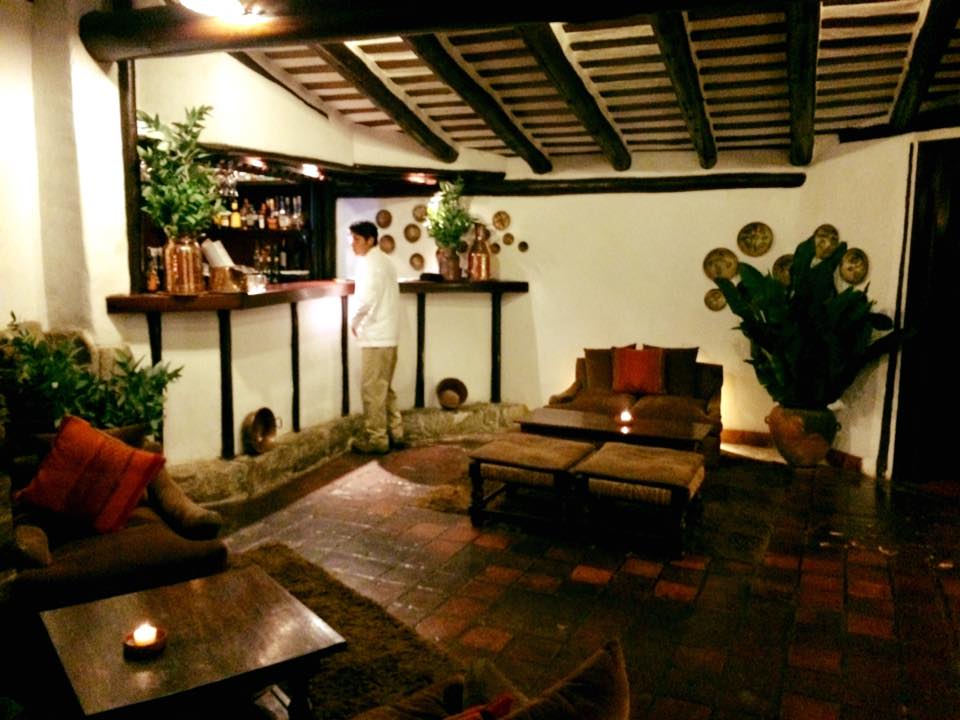 After dinner, we enjoyed our in-room fire place and some much needed rest!
After dinner, we enjoyed our in-room fire place and some much needed rest! 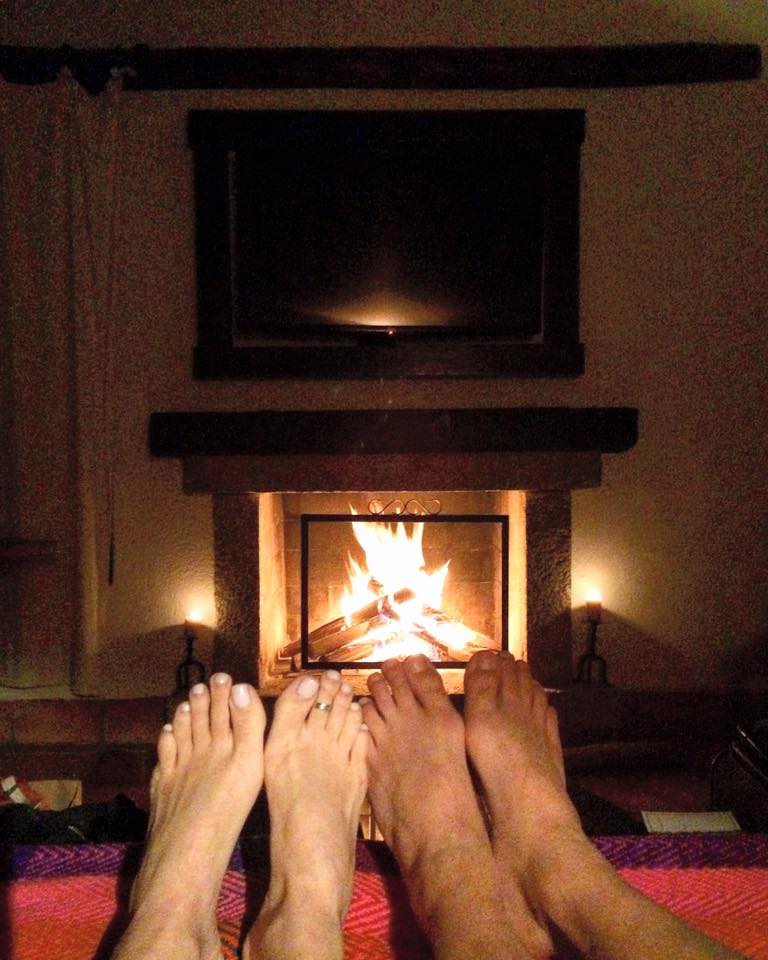 The next morning, it was pouring, so any hopes we had of re-visiting the citadel were washed away. Instead, we opted to visit the hotel’s Spectacled Bear Conservation Center, which, in concert with NGO Inkaterra Asociación and the Protected Natural Areas National Service, rescues these bears found in bad captivity conditions. The Spectacled Bear, also known as the Andean Bear, is the only bear species native to the Southern Hemisphere and was the inspiration for Paddington Bear! There are currently two bears in the habitat, and you make a small donation of approximately $10.00 per person to participate in this activity. It is well worth it and I highly recommend it!
The next morning, it was pouring, so any hopes we had of re-visiting the citadel were washed away. Instead, we opted to visit the hotel’s Spectacled Bear Conservation Center, which, in concert with NGO Inkaterra Asociación and the Protected Natural Areas National Service, rescues these bears found in bad captivity conditions. The Spectacled Bear, also known as the Andean Bear, is the only bear species native to the Southern Hemisphere and was the inspiration for Paddington Bear! There are currently two bears in the habitat, and you make a small donation of approximately $10.00 per person to participate in this activity. It is well worth it and I highly recommend it!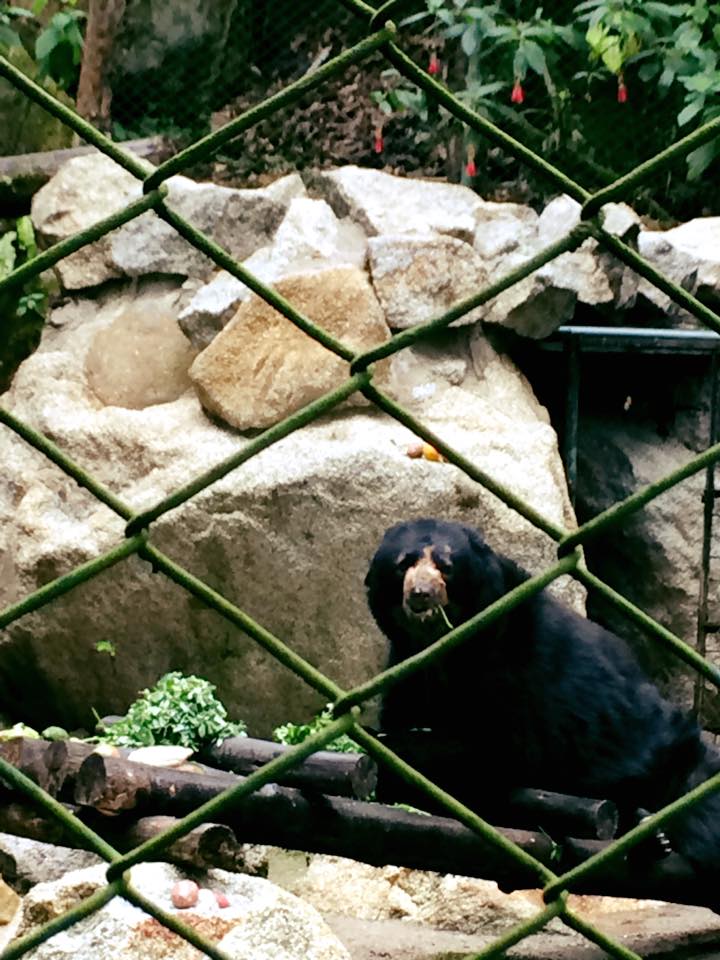
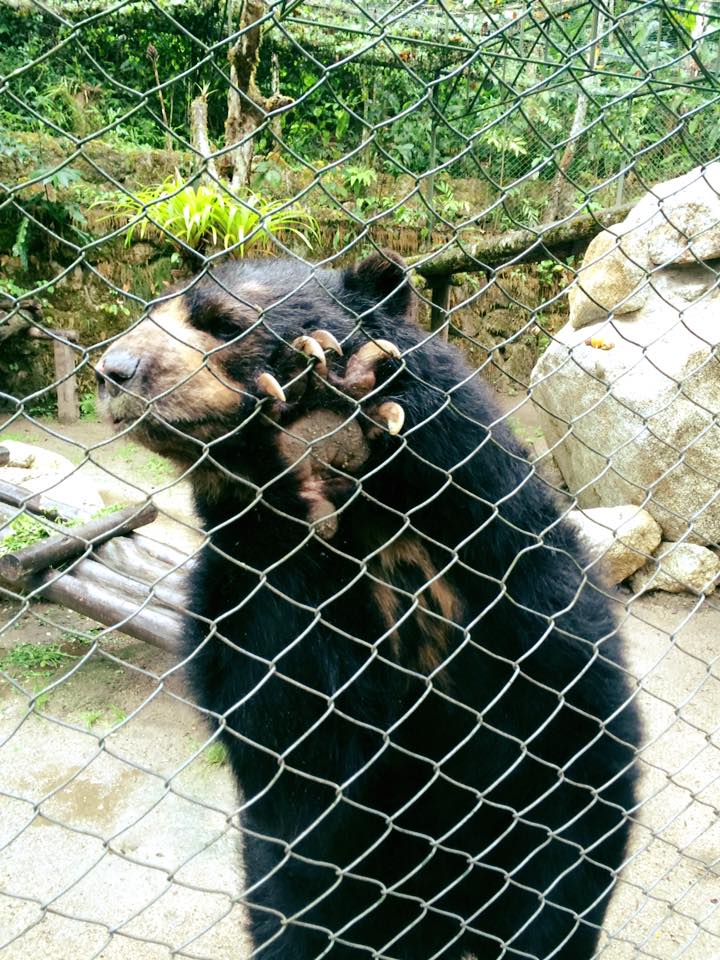
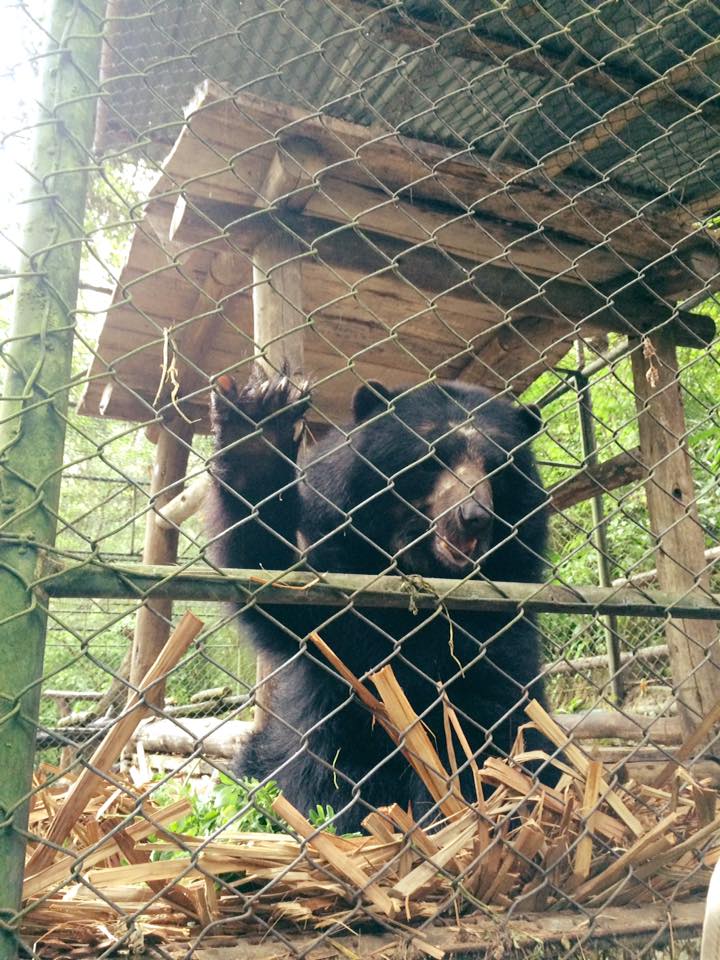 After visiting the bears, we had a massage and then lunch before boarding the train back to Cusco. The train ride back is long, and apparently, after the meal, they feel the need to entertain you. All of a sudden music started playing and a costumed, Mardi Gras-like devil came dancing through the aisles. It was called Saqra, or maybe his dance was called Saqra. Quite frankly, I don’t know. All I know is that it was strangely entertaining. In case you were wondering, his costume is not modeled after the gay flag. Instead, it is modeled after the flag of Cusco, which happens to look like the gay flag.
After visiting the bears, we had a massage and then lunch before boarding the train back to Cusco. The train ride back is long, and apparently, after the meal, they feel the need to entertain you. All of a sudden music started playing and a costumed, Mardi Gras-like devil came dancing through the aisles. It was called Saqra, or maybe his dance was called Saqra. Quite frankly, I don’t know. All I know is that it was strangely entertaining. In case you were wondering, his costume is not modeled after the gay flag. Instead, it is modeled after the flag of Cusco, which happens to look like the gay flag.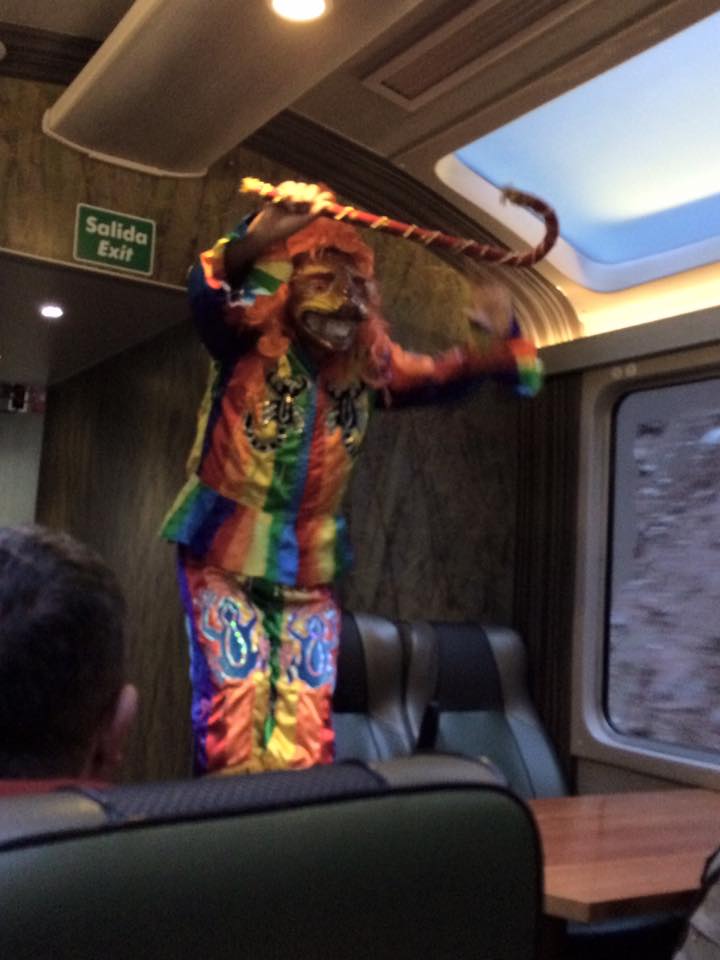 And if that wasn’t enough, the costumed devil was the MC for a fashion show that the train attendants put on, modeling the items that you could purchase on-board from them, like wraps, ponchos, coats, sweaters, and scarves made from alpaca fur. They were literally using the aisle as a cat walk. It is one of the oddest things I have ever seen happen on transportation, and that is saying something, since I have seen some pretty wild things in my travels.
And if that wasn’t enough, the costumed devil was the MC for a fashion show that the train attendants put on, modeling the items that you could purchase on-board from them, like wraps, ponchos, coats, sweaters, and scarves made from alpaca fur. They were literally using the aisle as a cat walk. It is one of the oddest things I have ever seen happen on transportation, and that is saying something, since I have seen some pretty wild things in my travels. 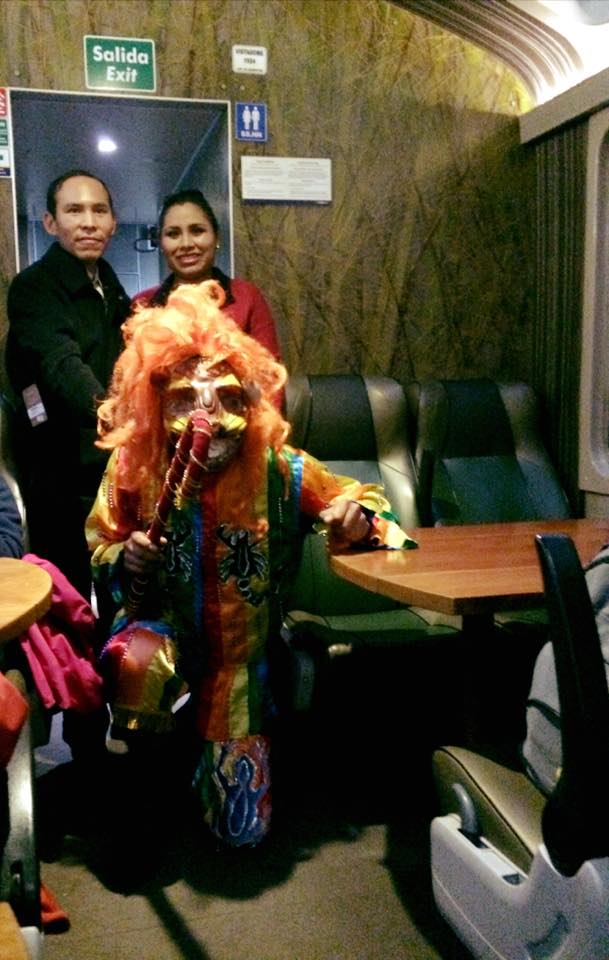 At least Chad was amused!
At least Chad was amused!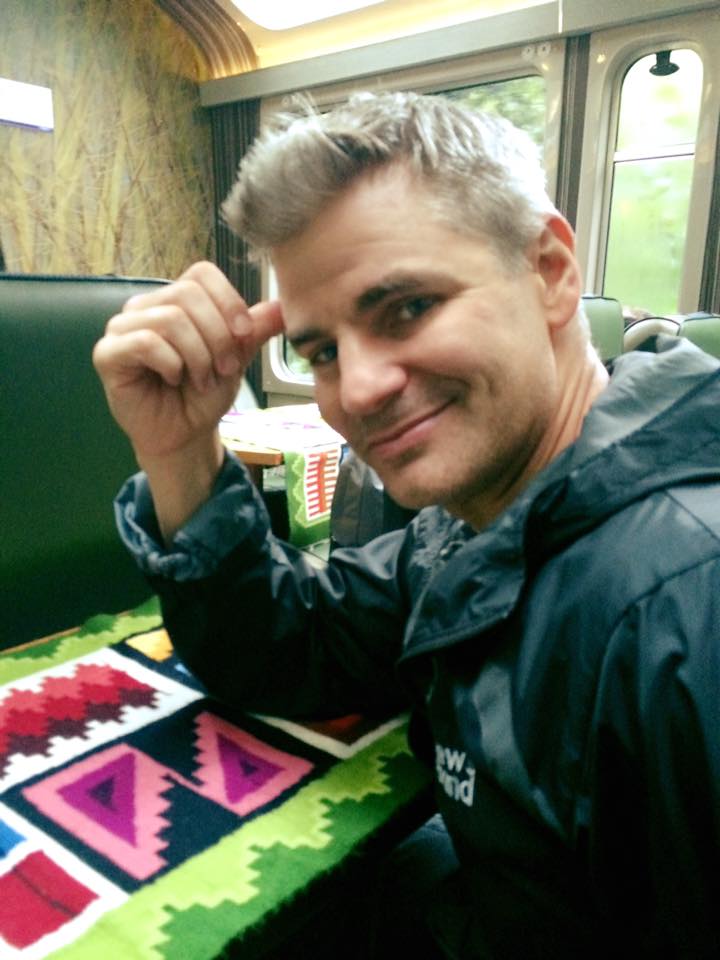 And, to top it all off, when we arrived at the train station, more costumed Mardi Gras devils (male and female) were waiting on the platform for us, dancing around! I swear it was the oddest thing I have ever seen; but it had been such a long day that I didn’t even care because we had 45 minutes of driving ahead of us to get to the hotel!
And, to top it all off, when we arrived at the train station, more costumed Mardi Gras devils (male and female) were waiting on the platform for us, dancing around! I swear it was the oddest thing I have ever seen; but it had been such a long day that I didn’t even care because we had 45 minutes of driving ahead of us to get to the hotel!
Anyway, I hope you found this guide to Machu Picchu useful. I can’t wait to hear all about your Machu Picchu trip! Until then, happy trails to you!
